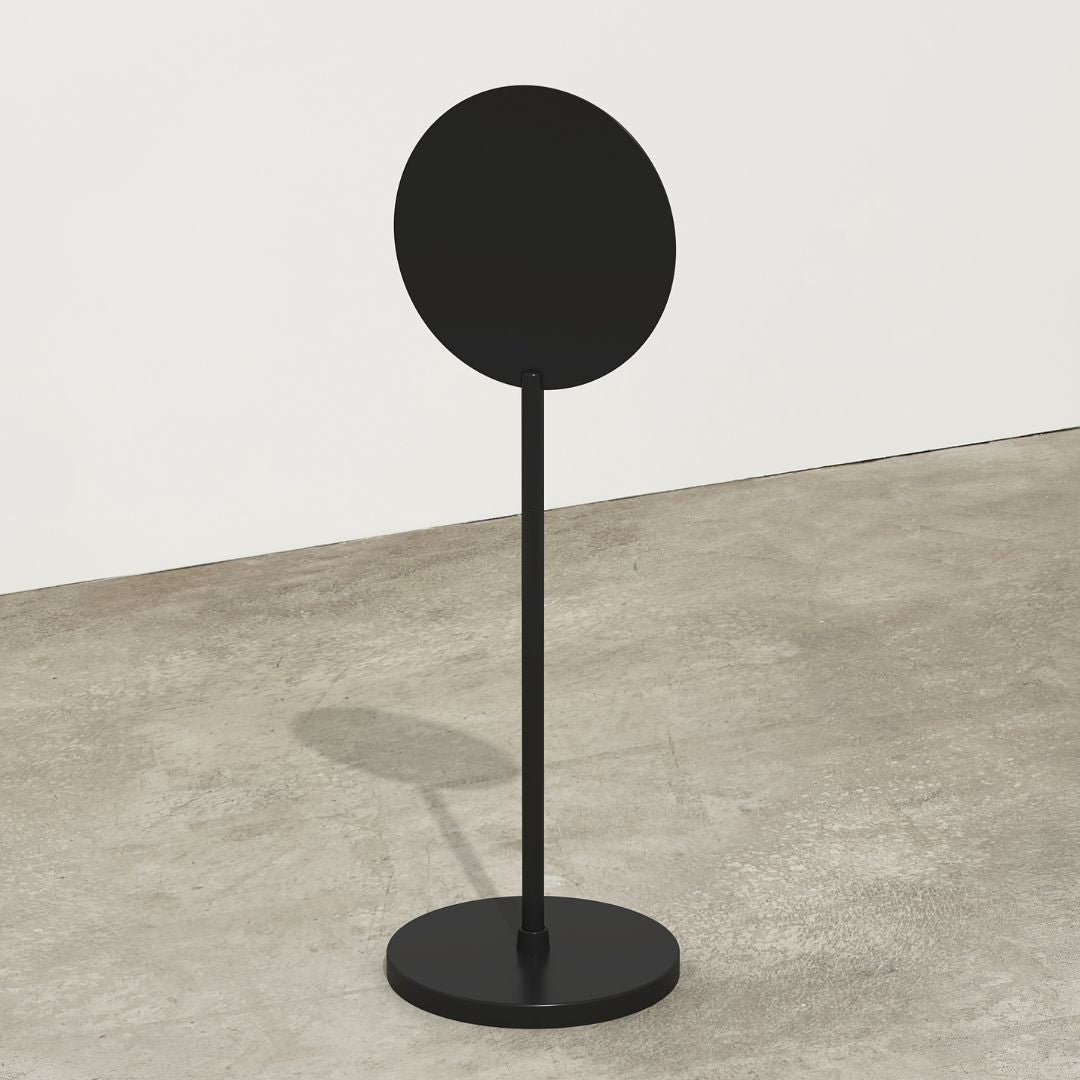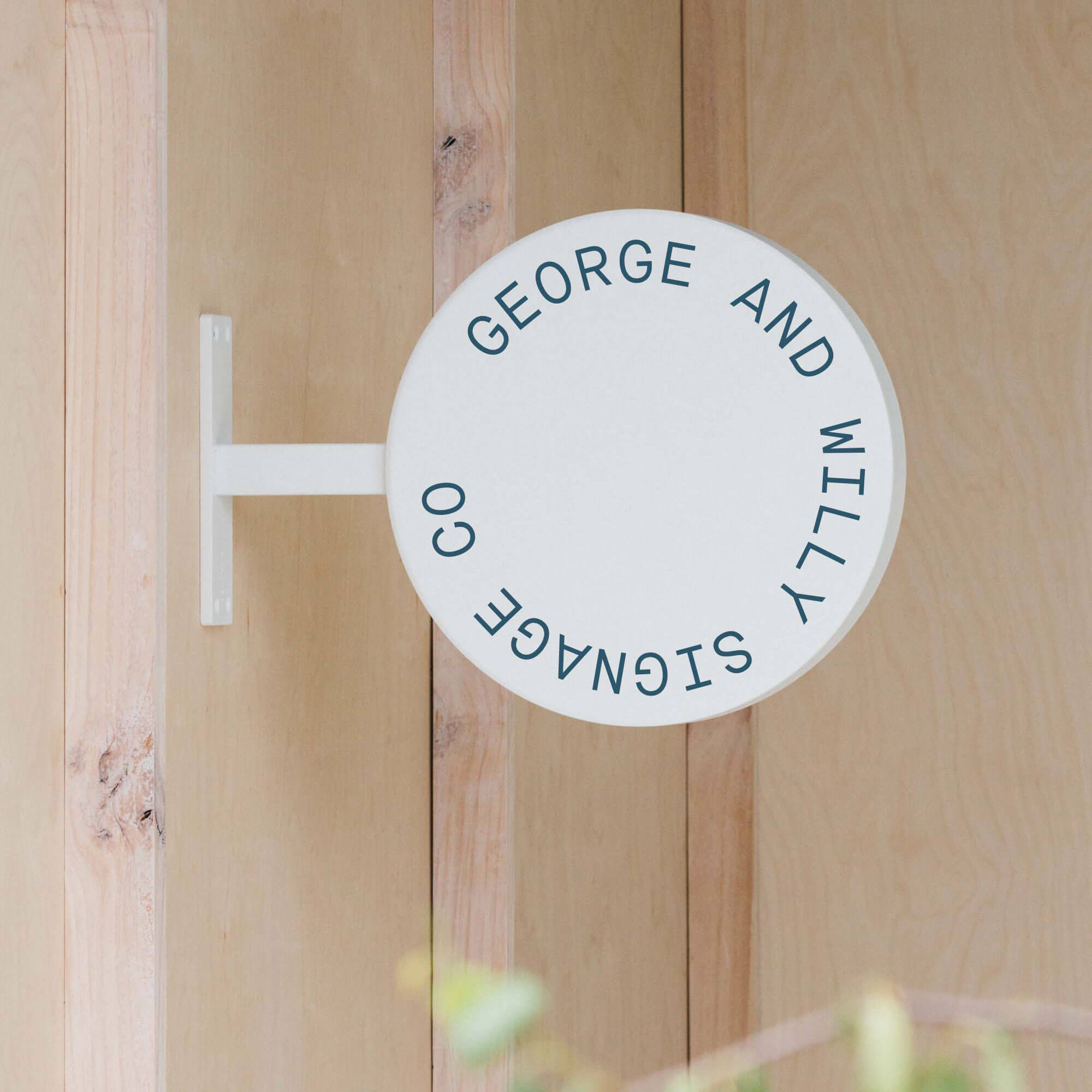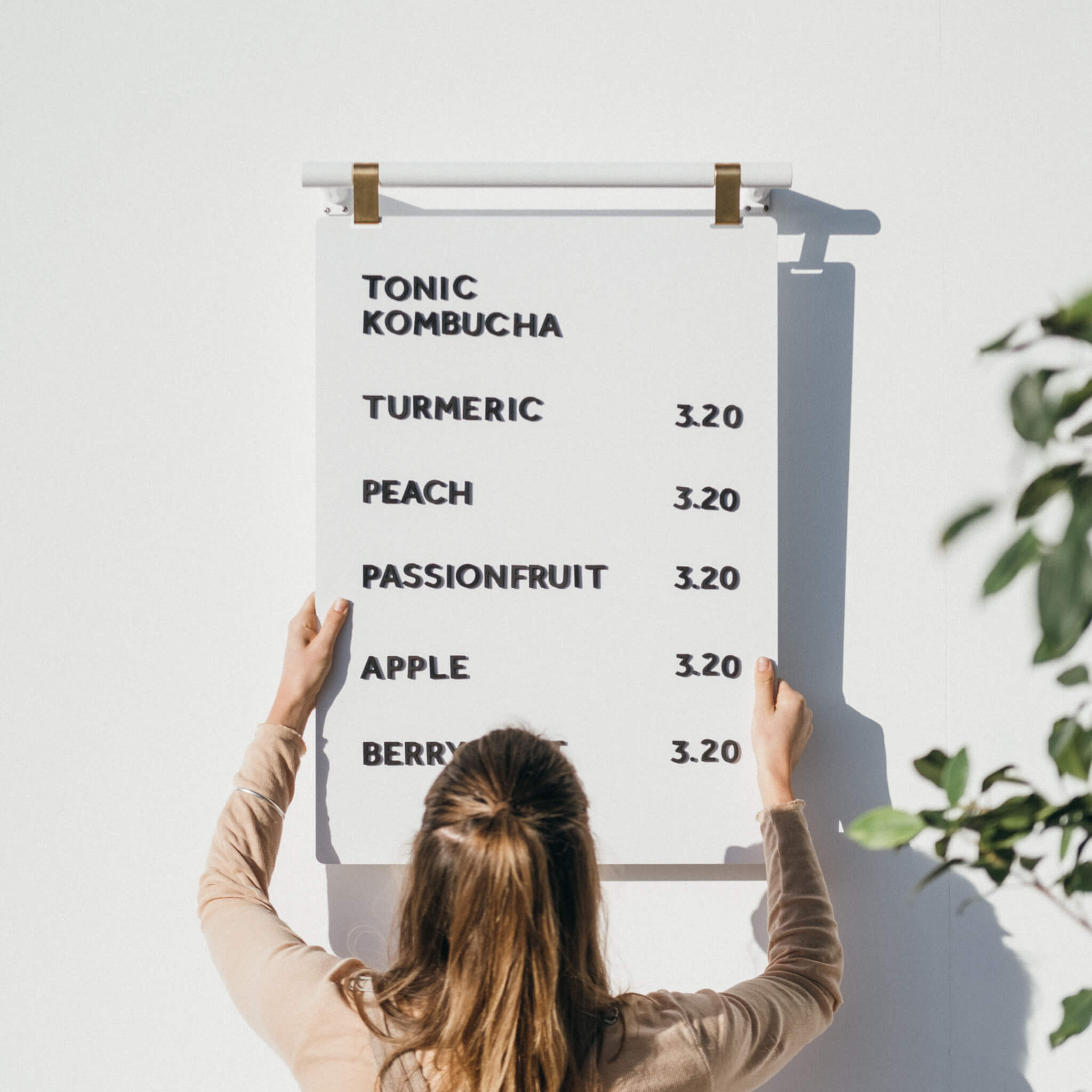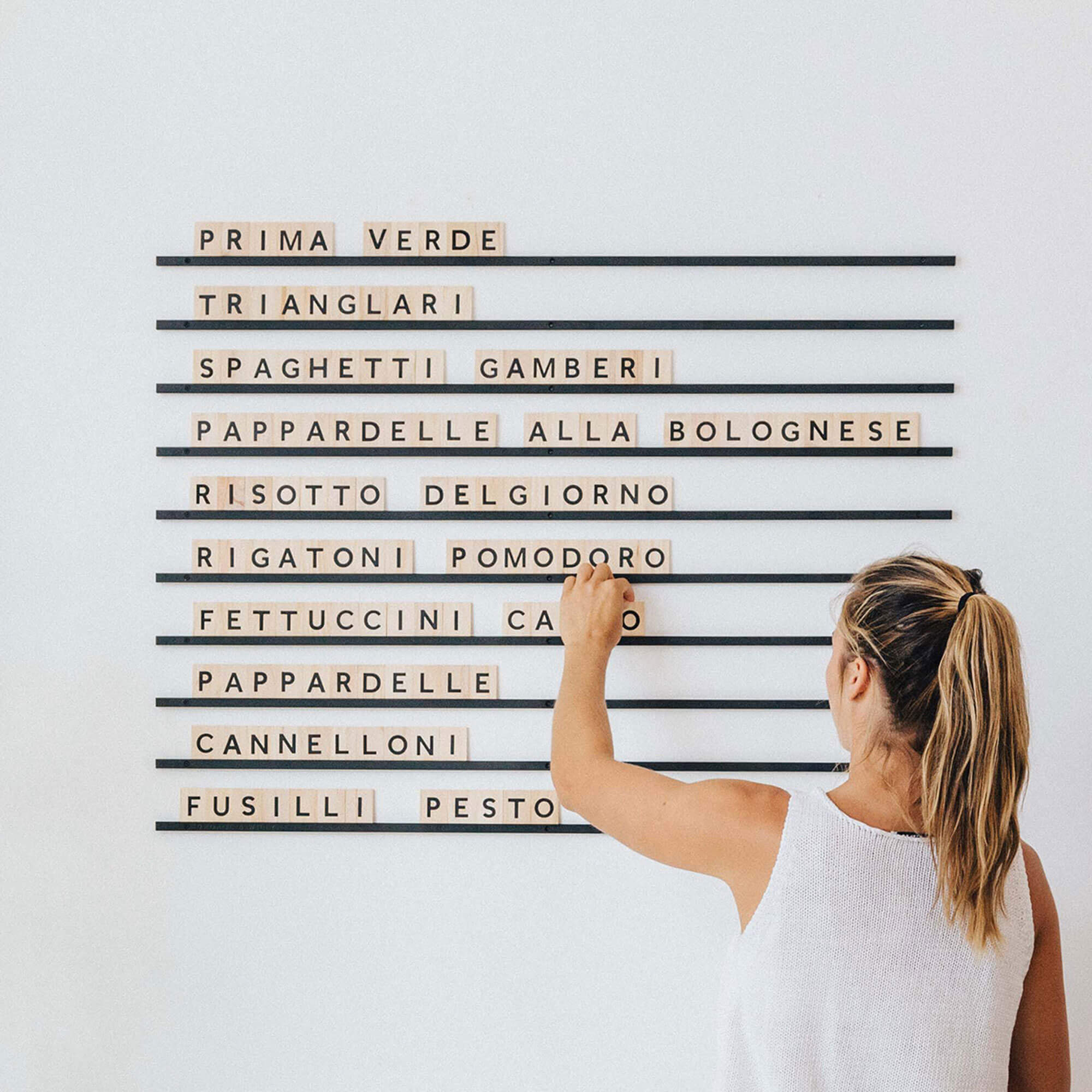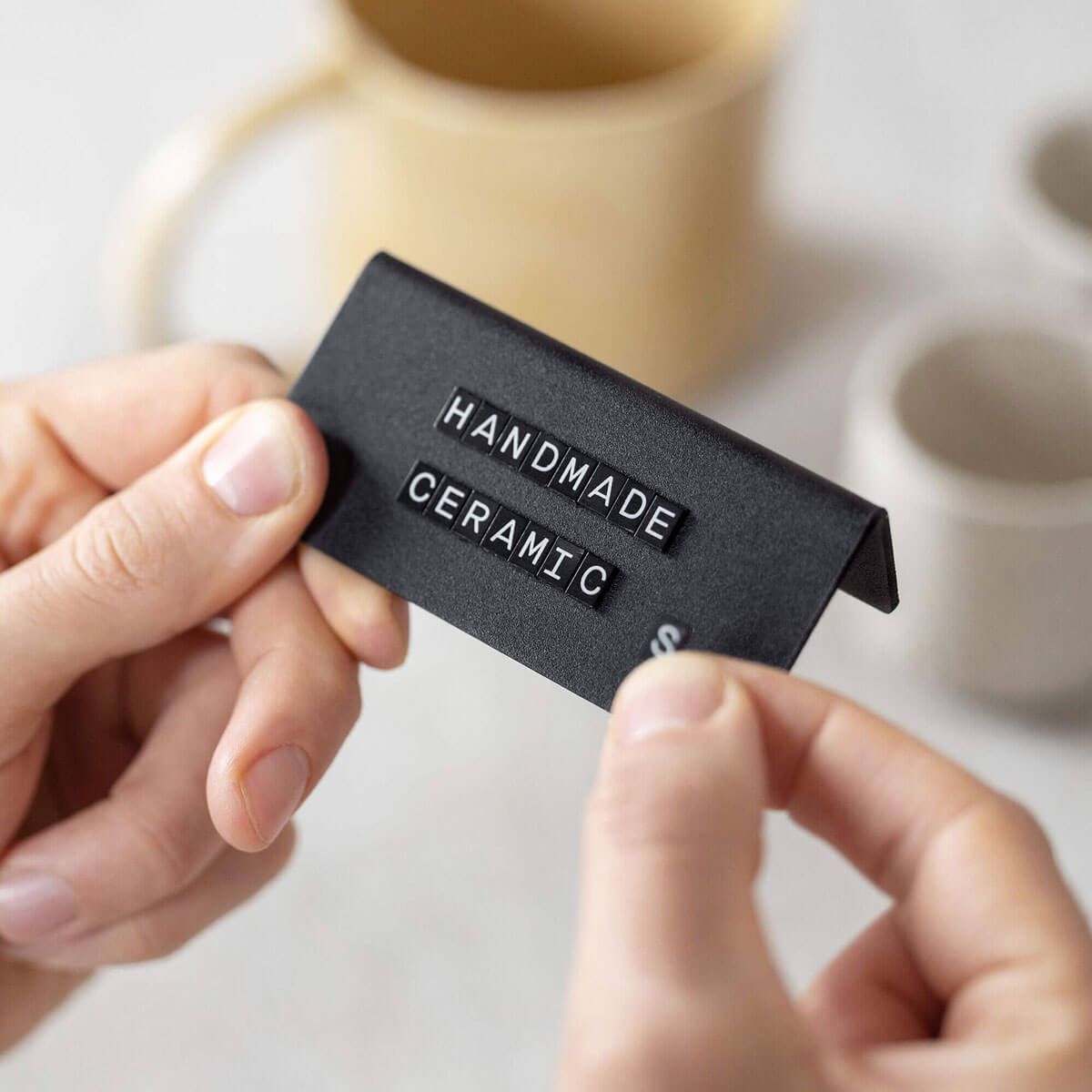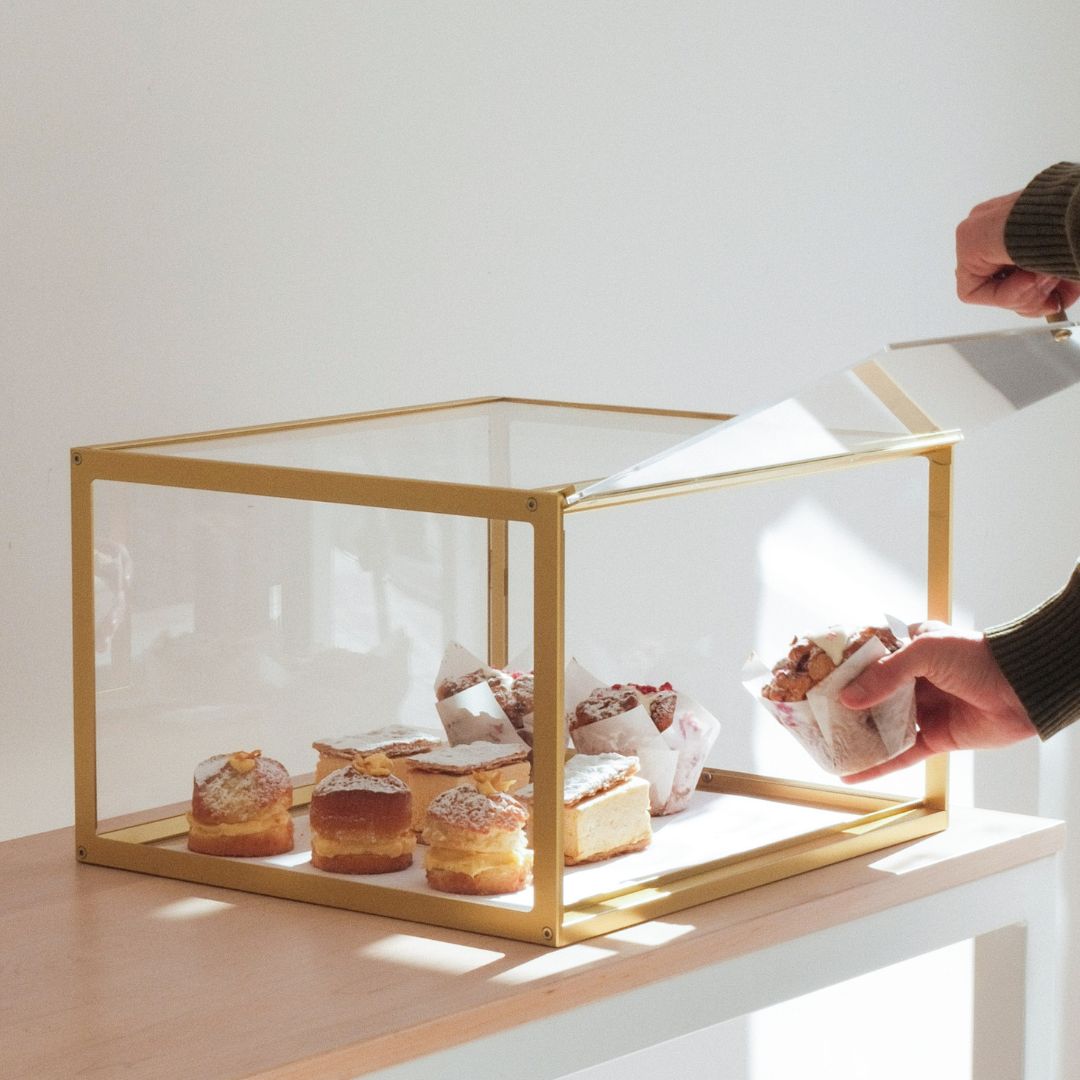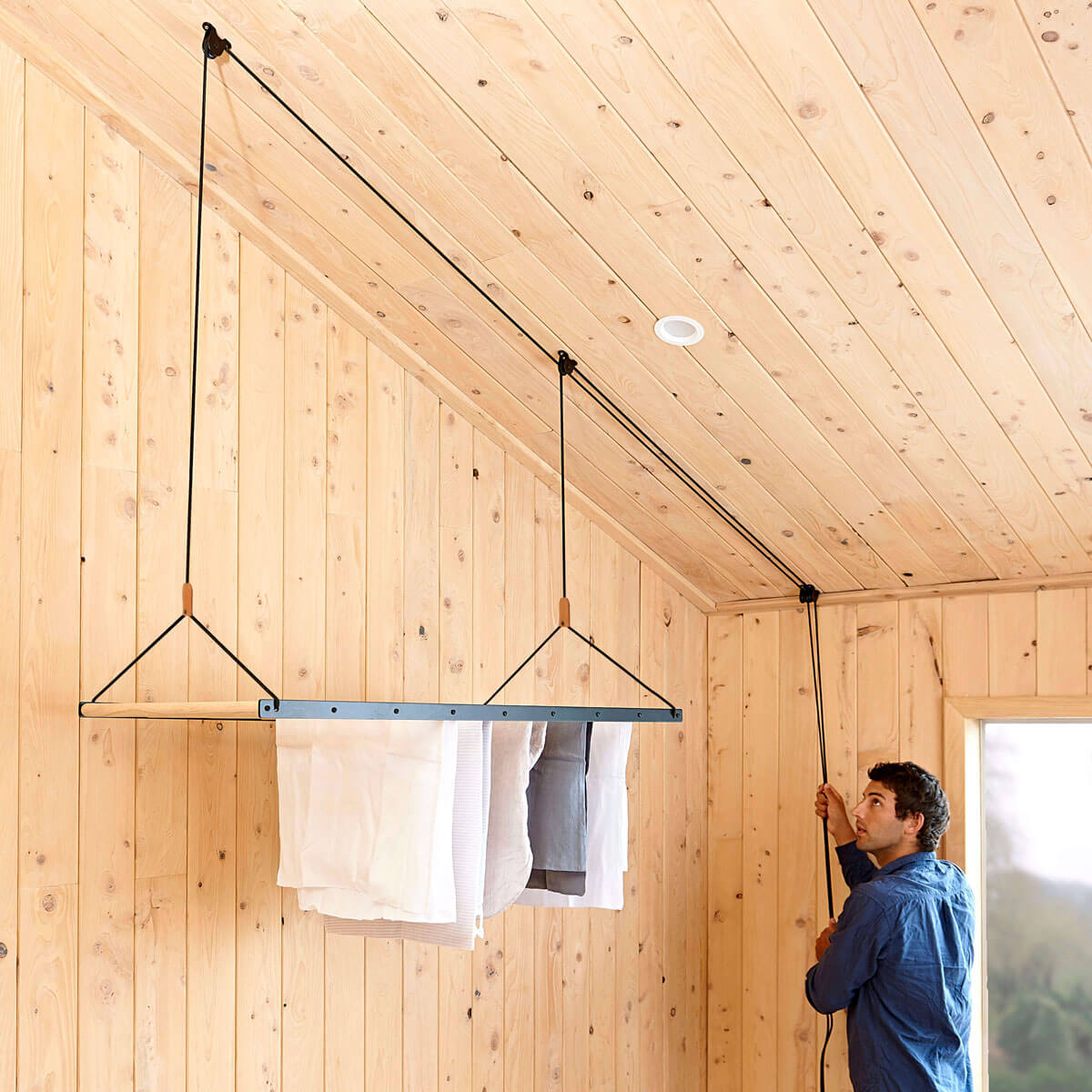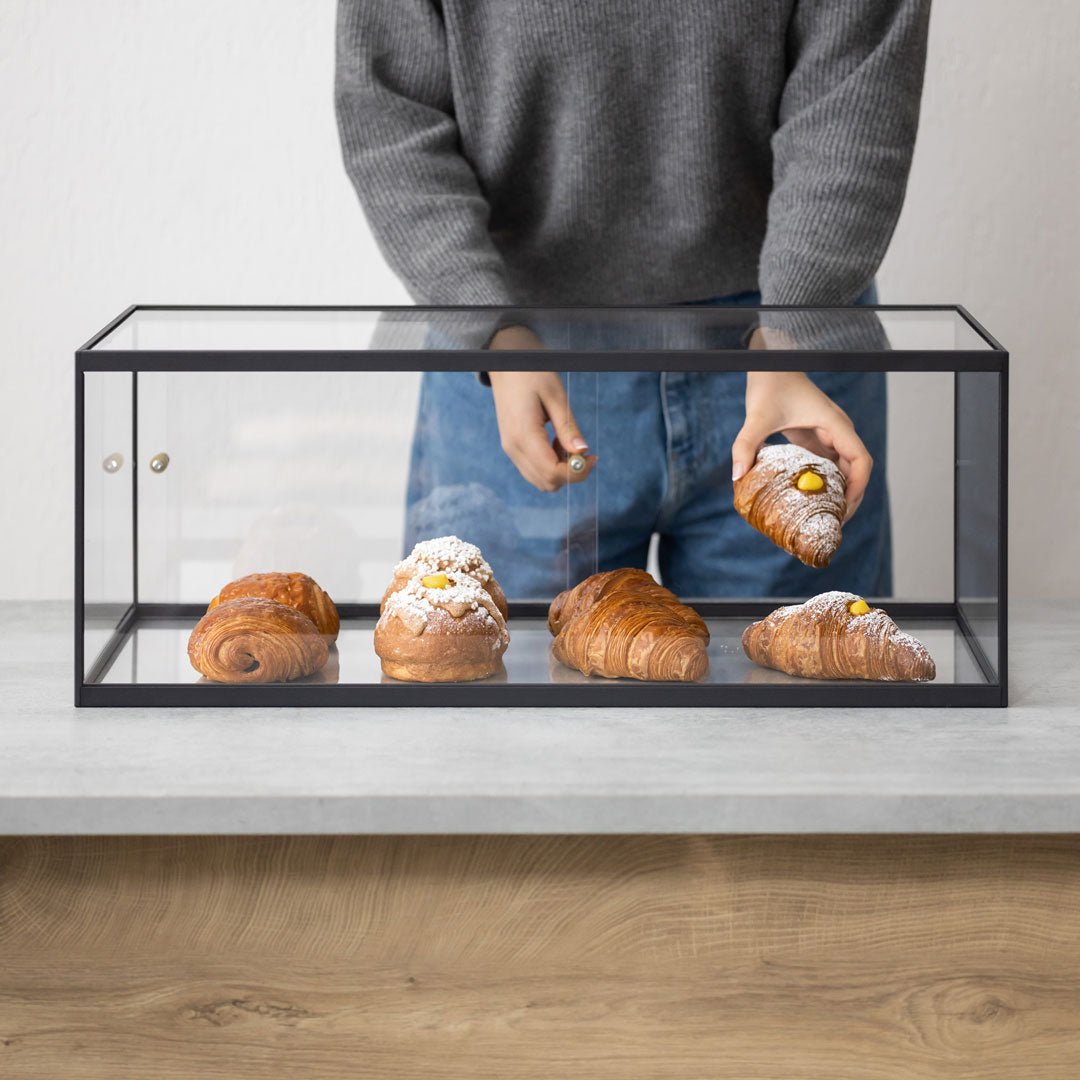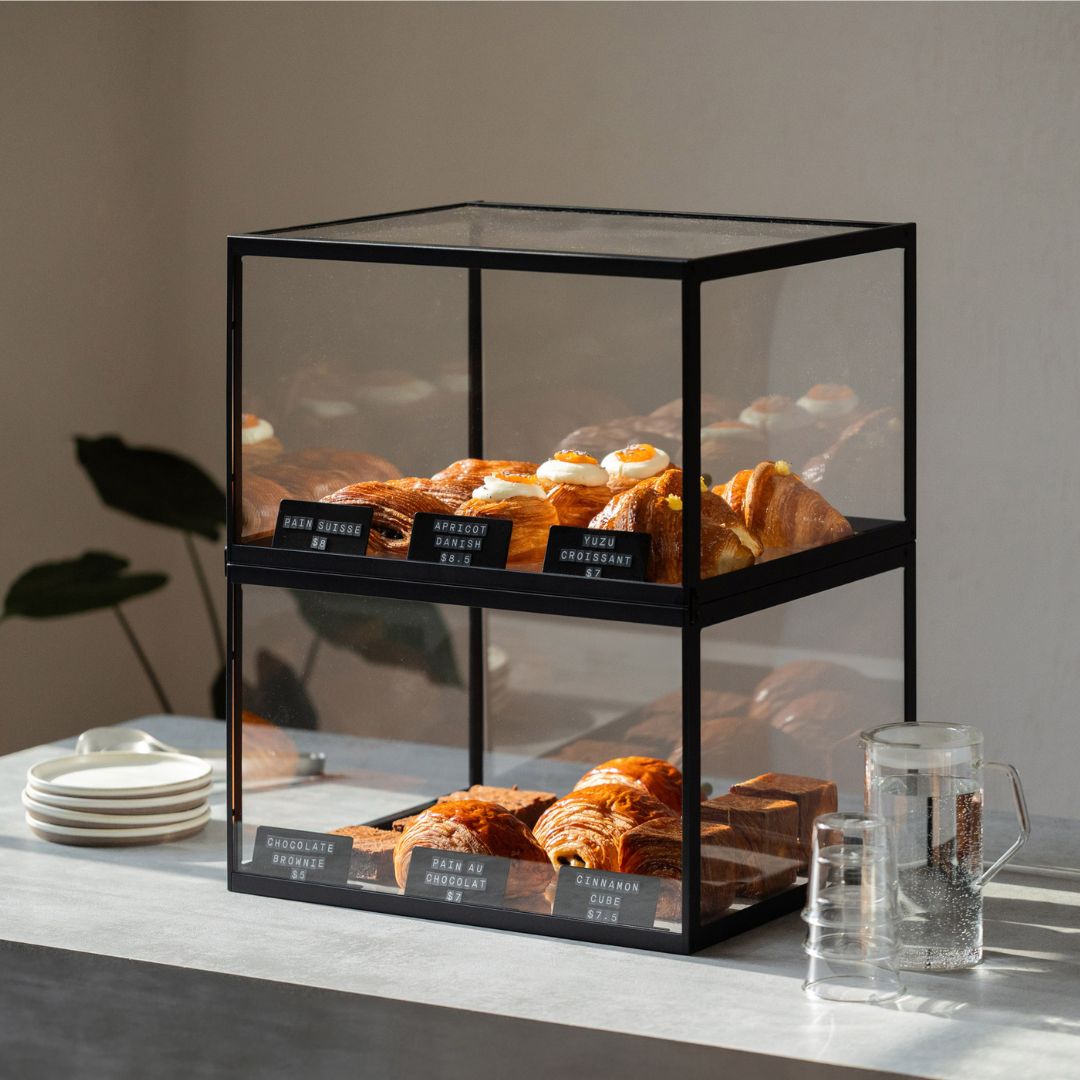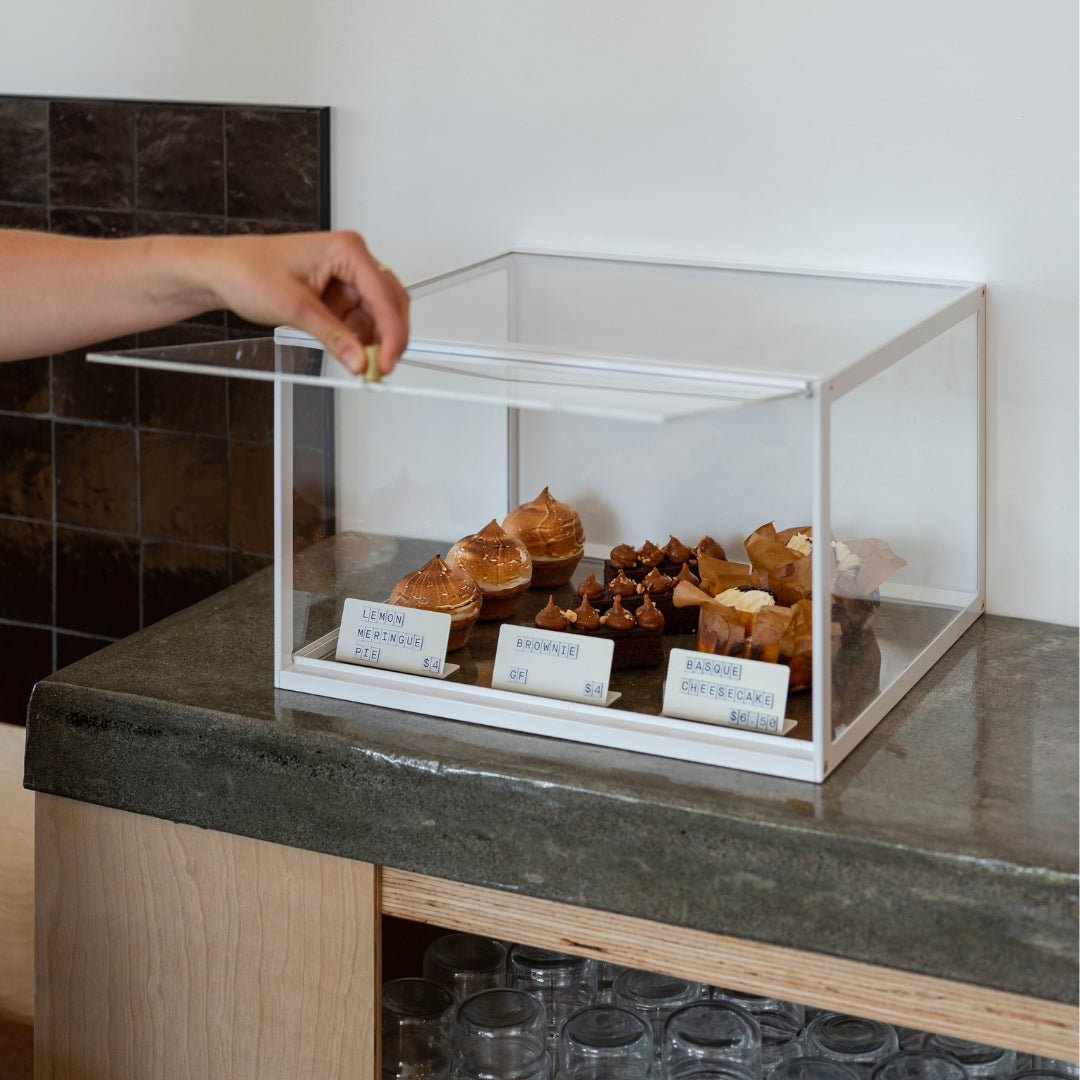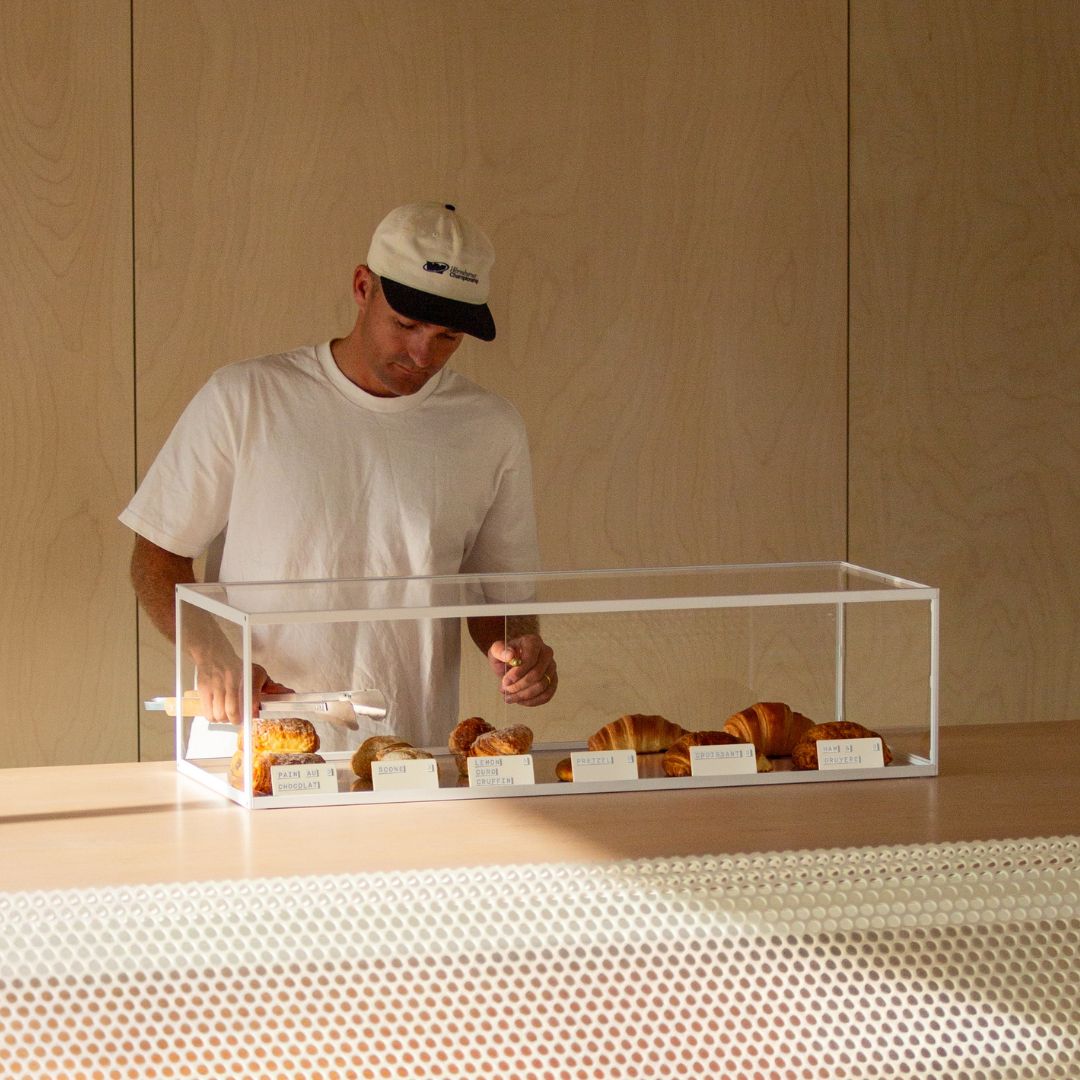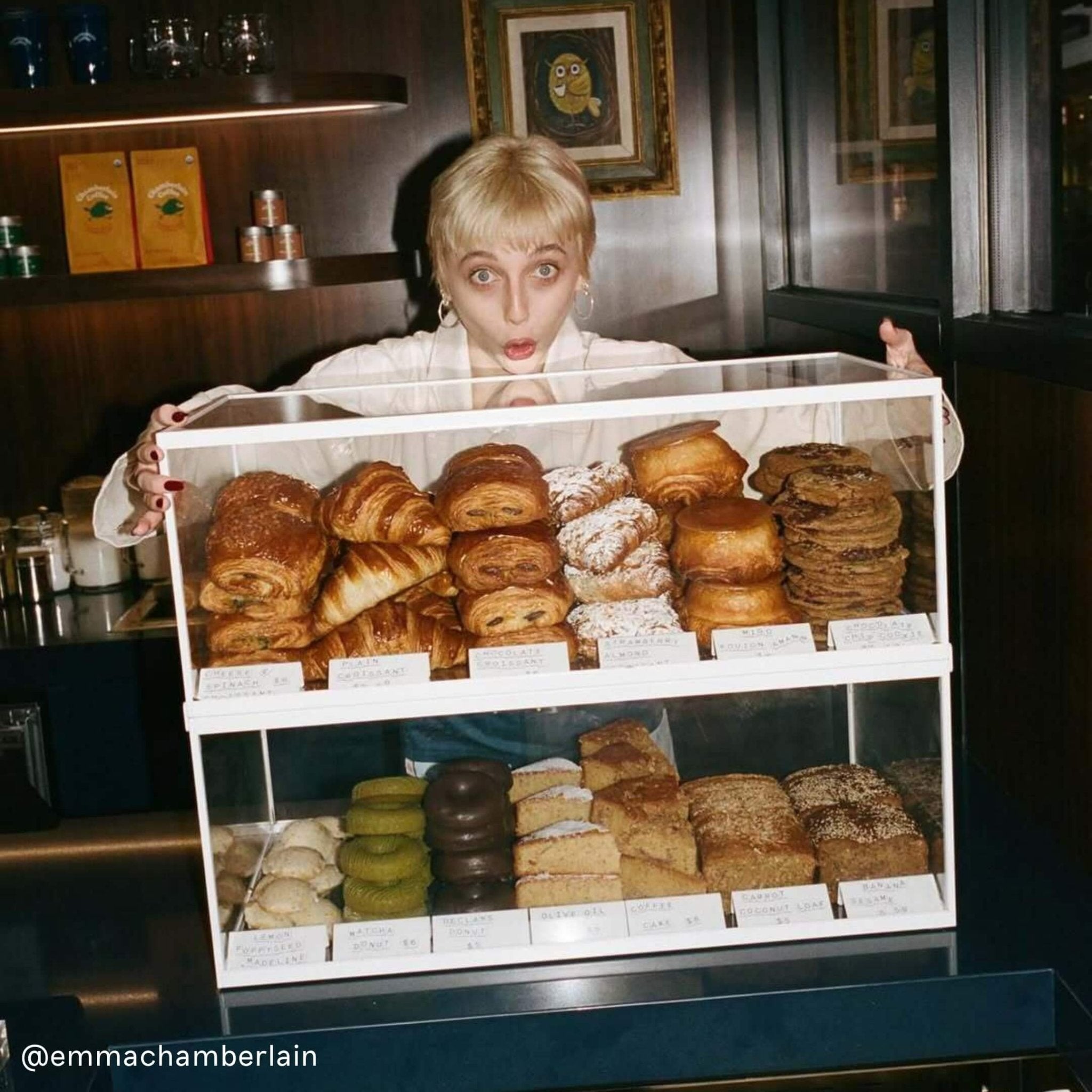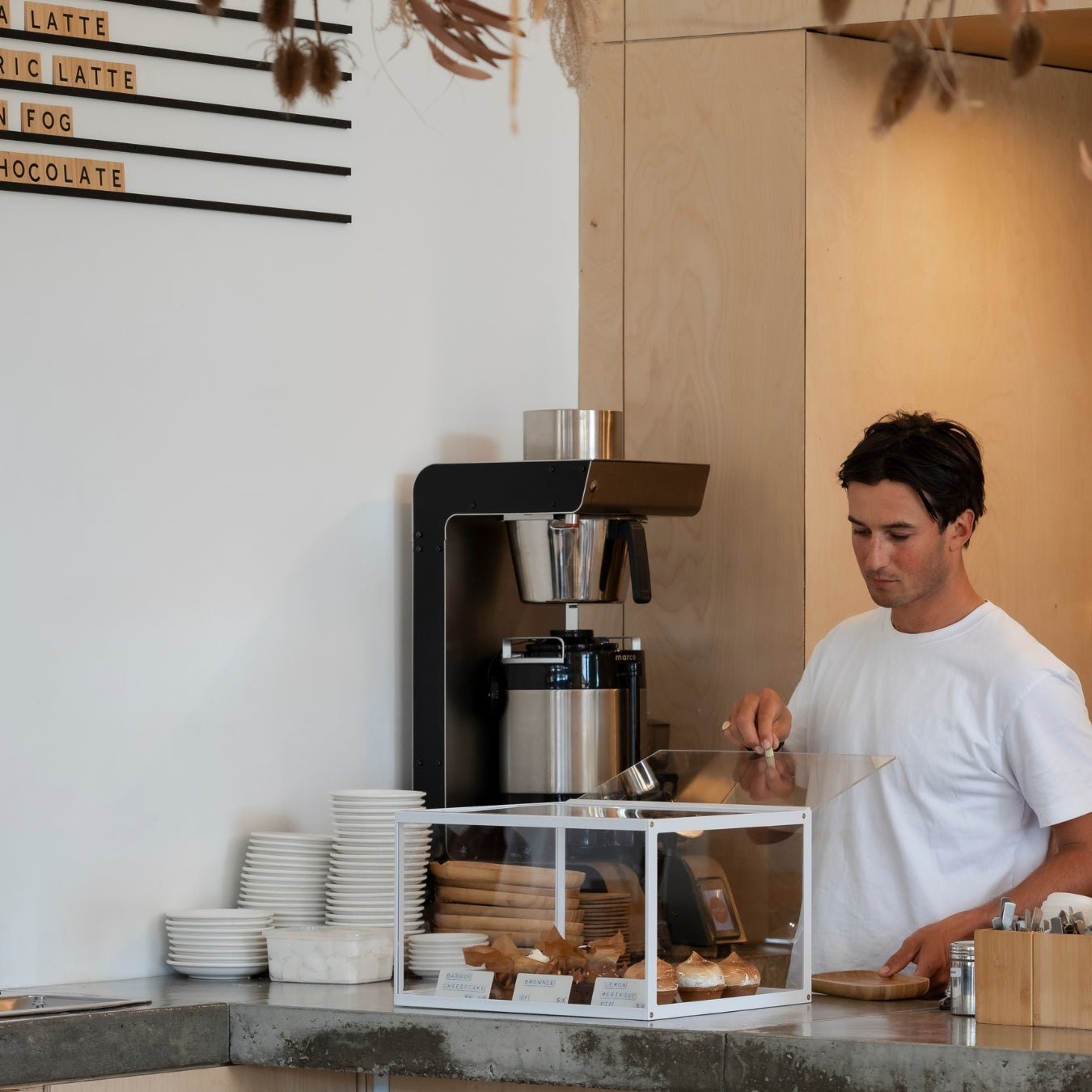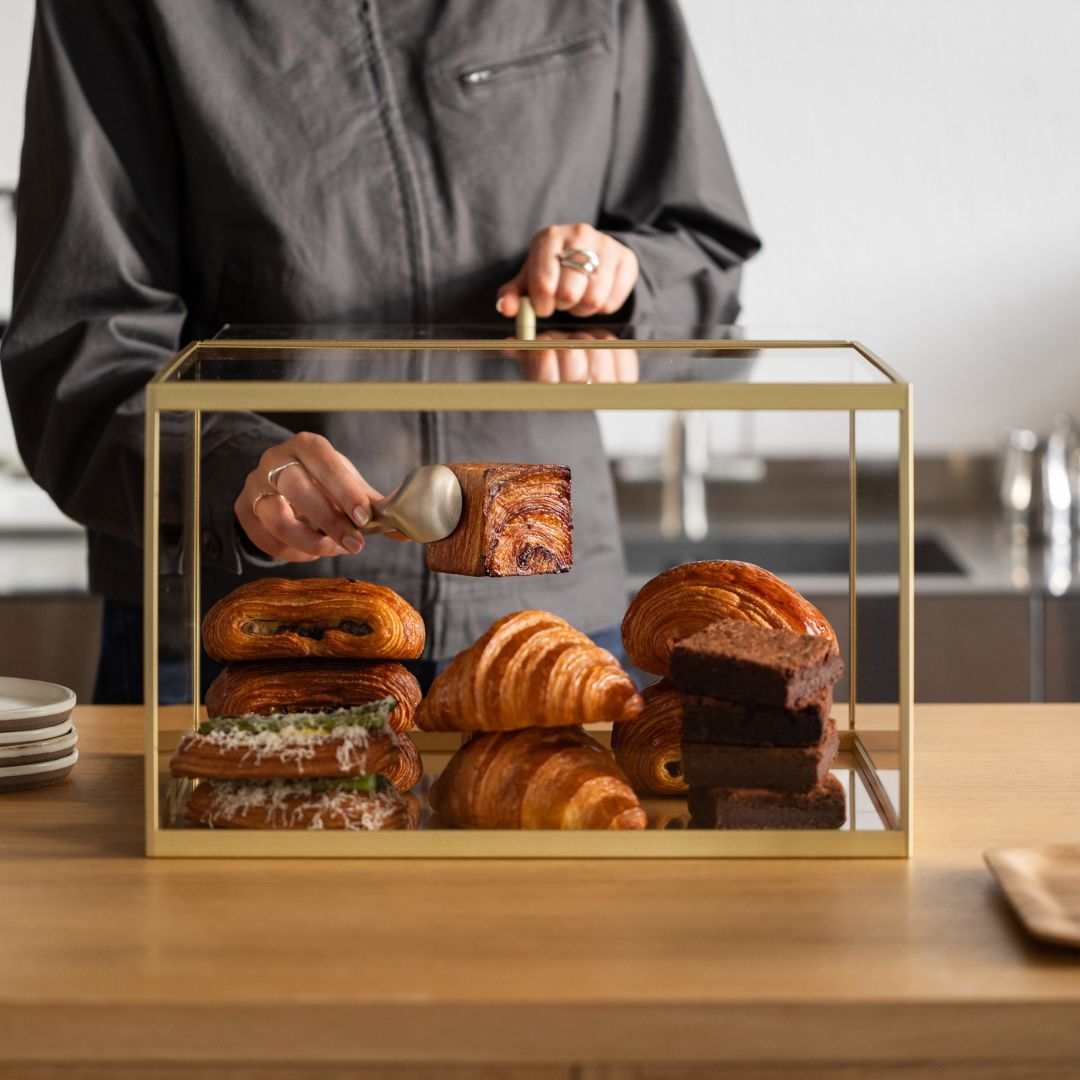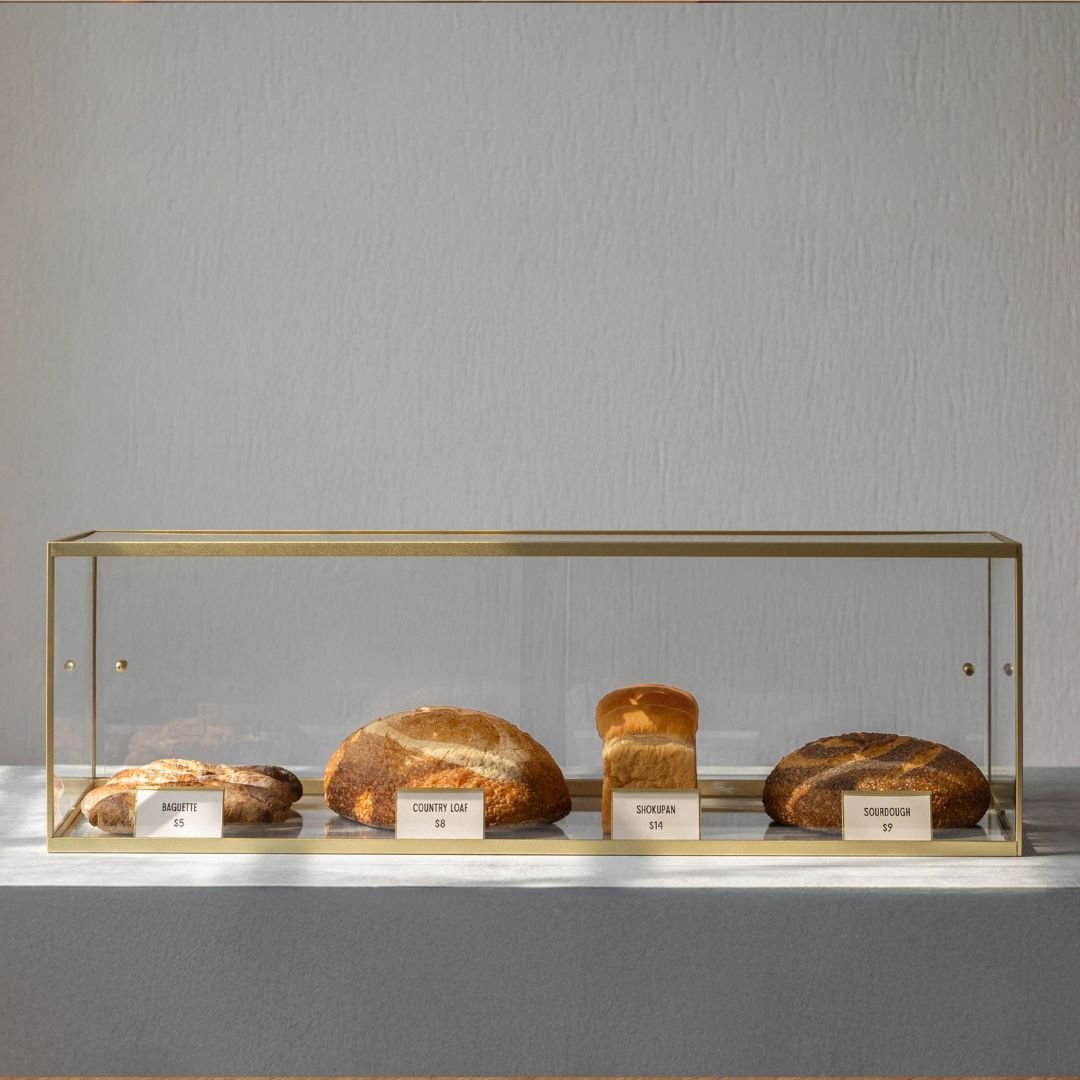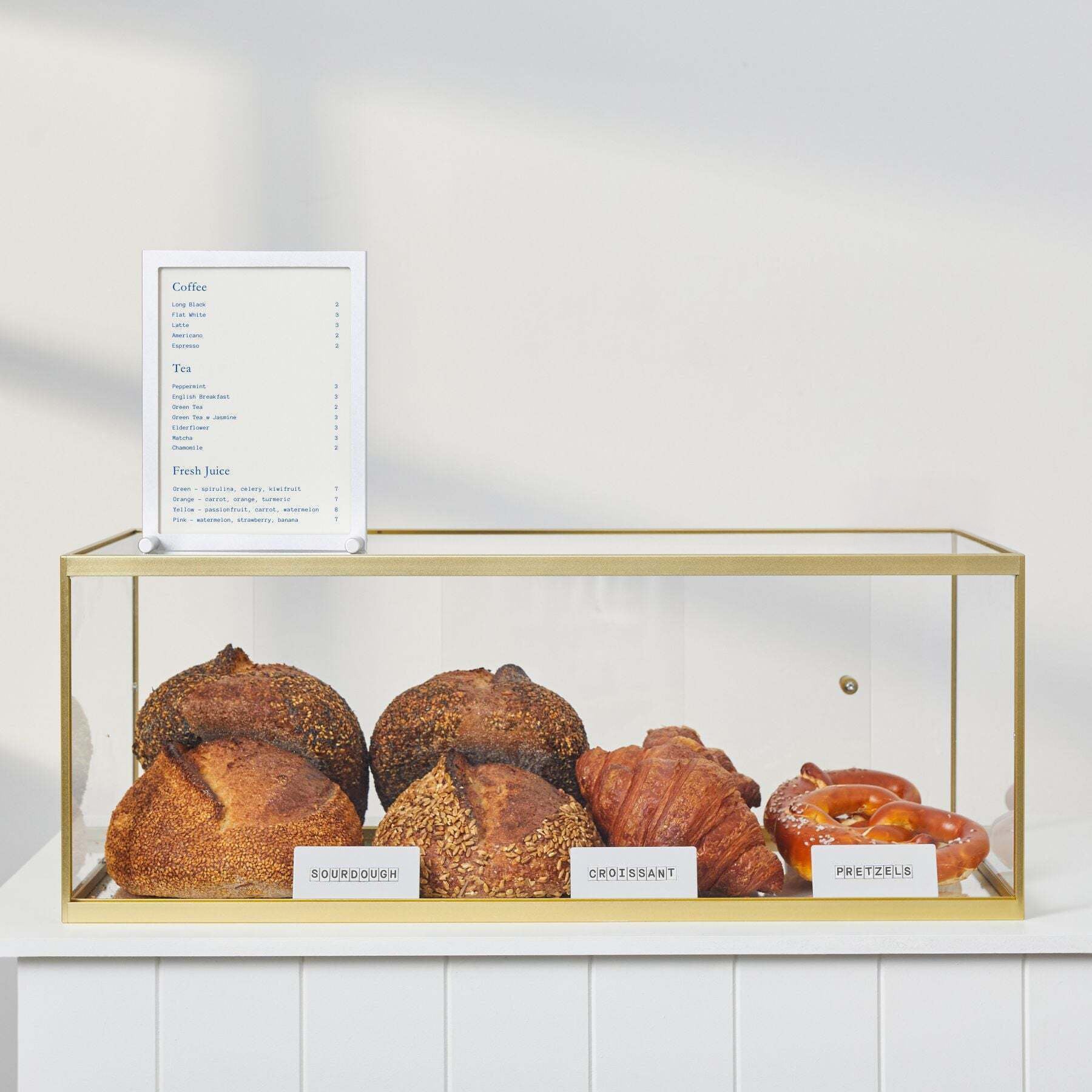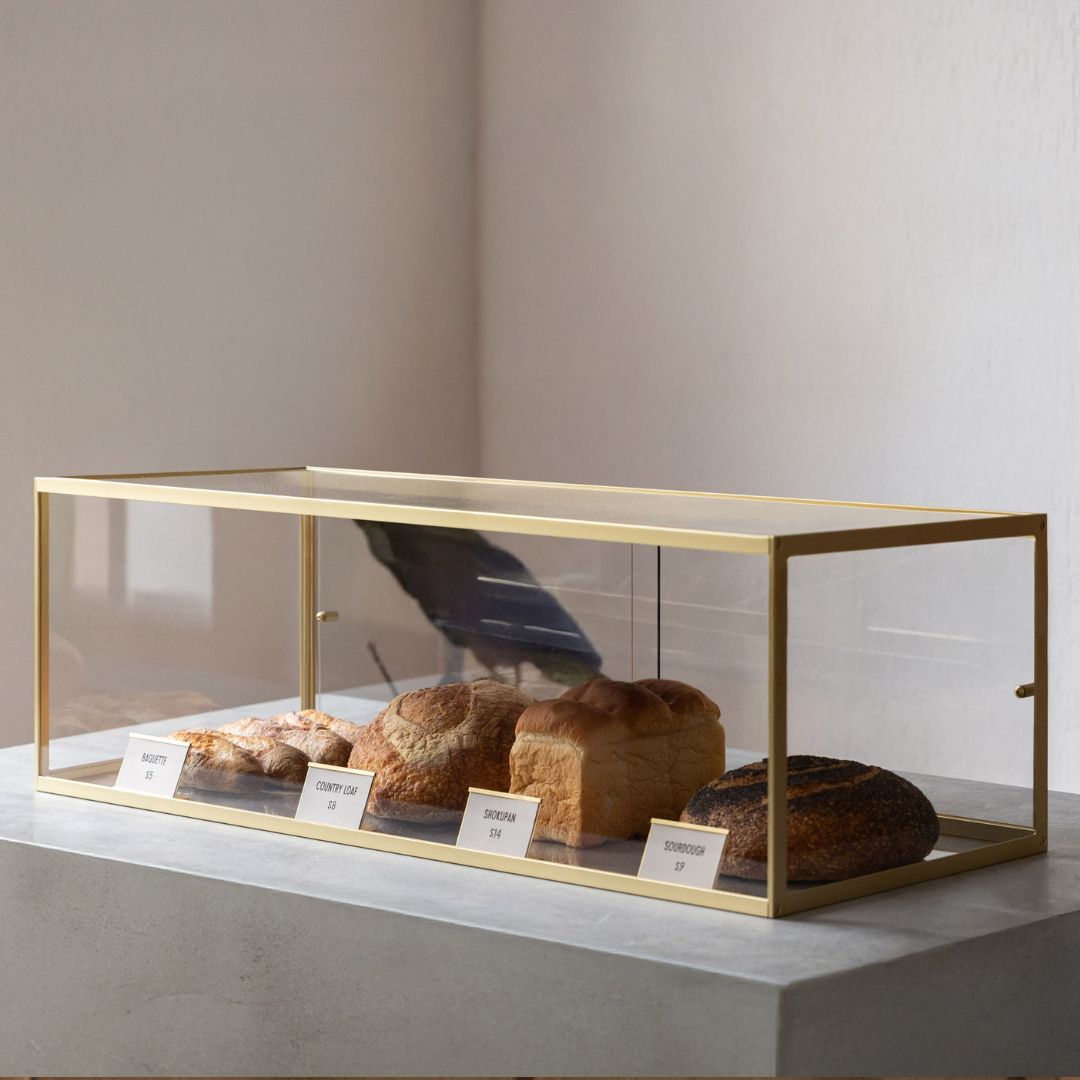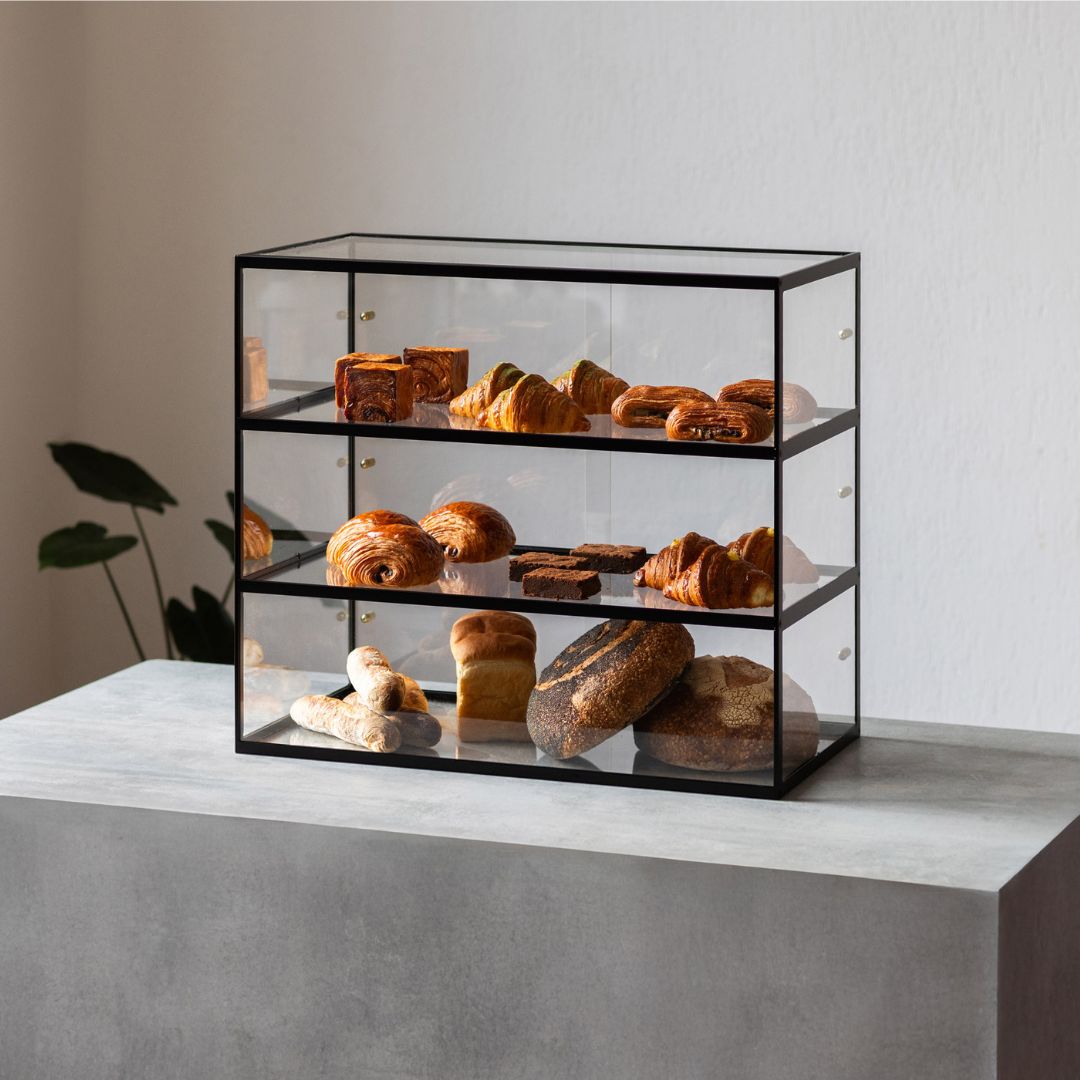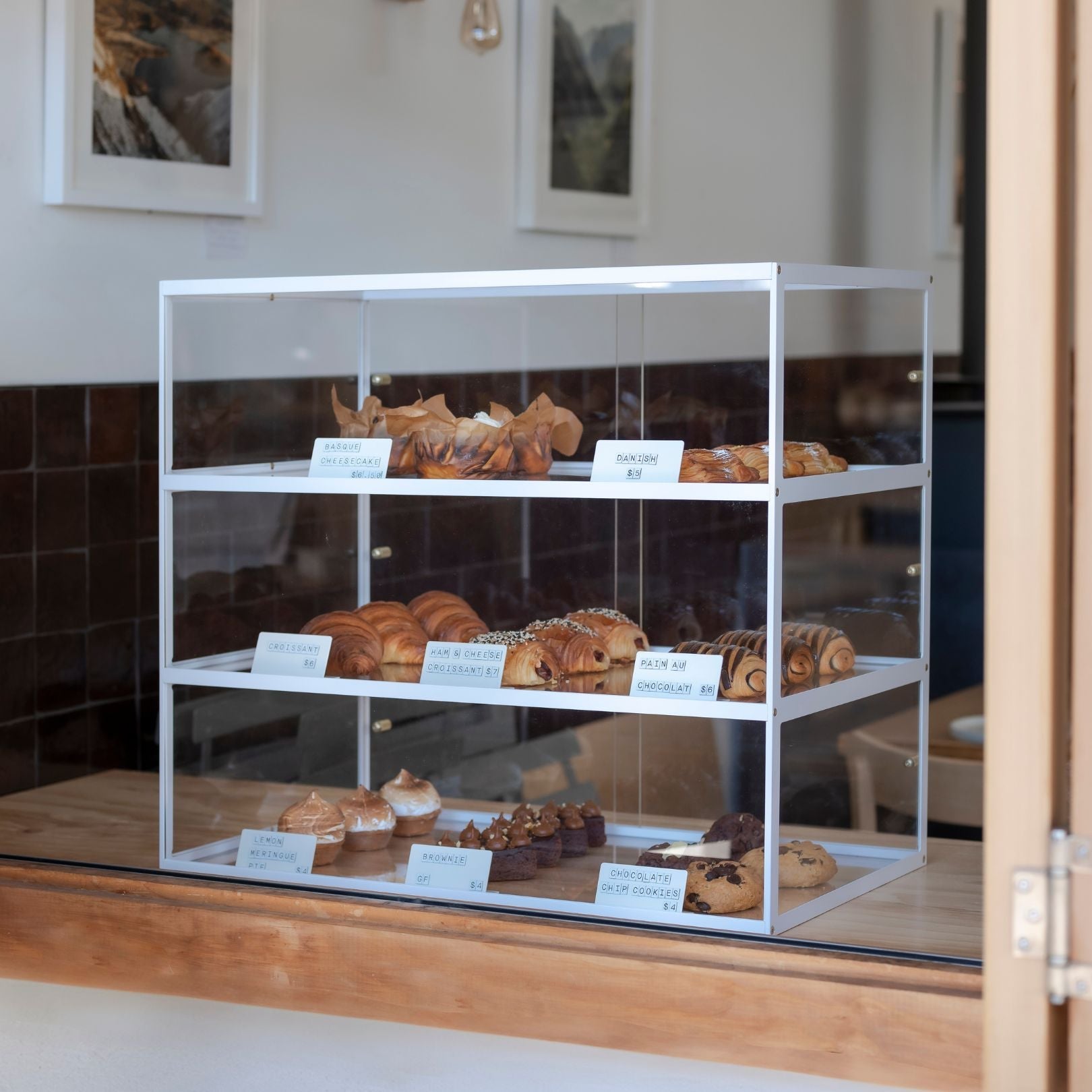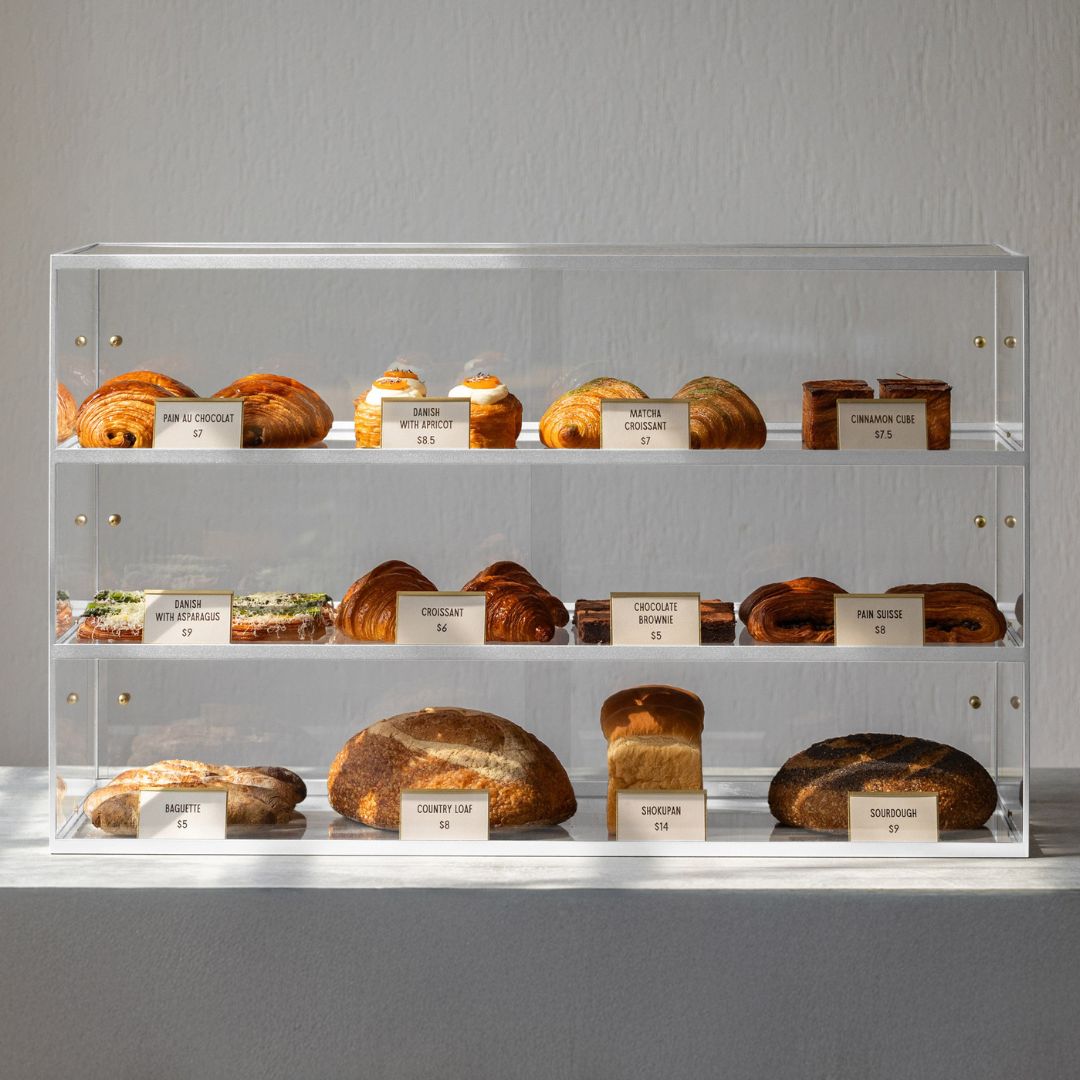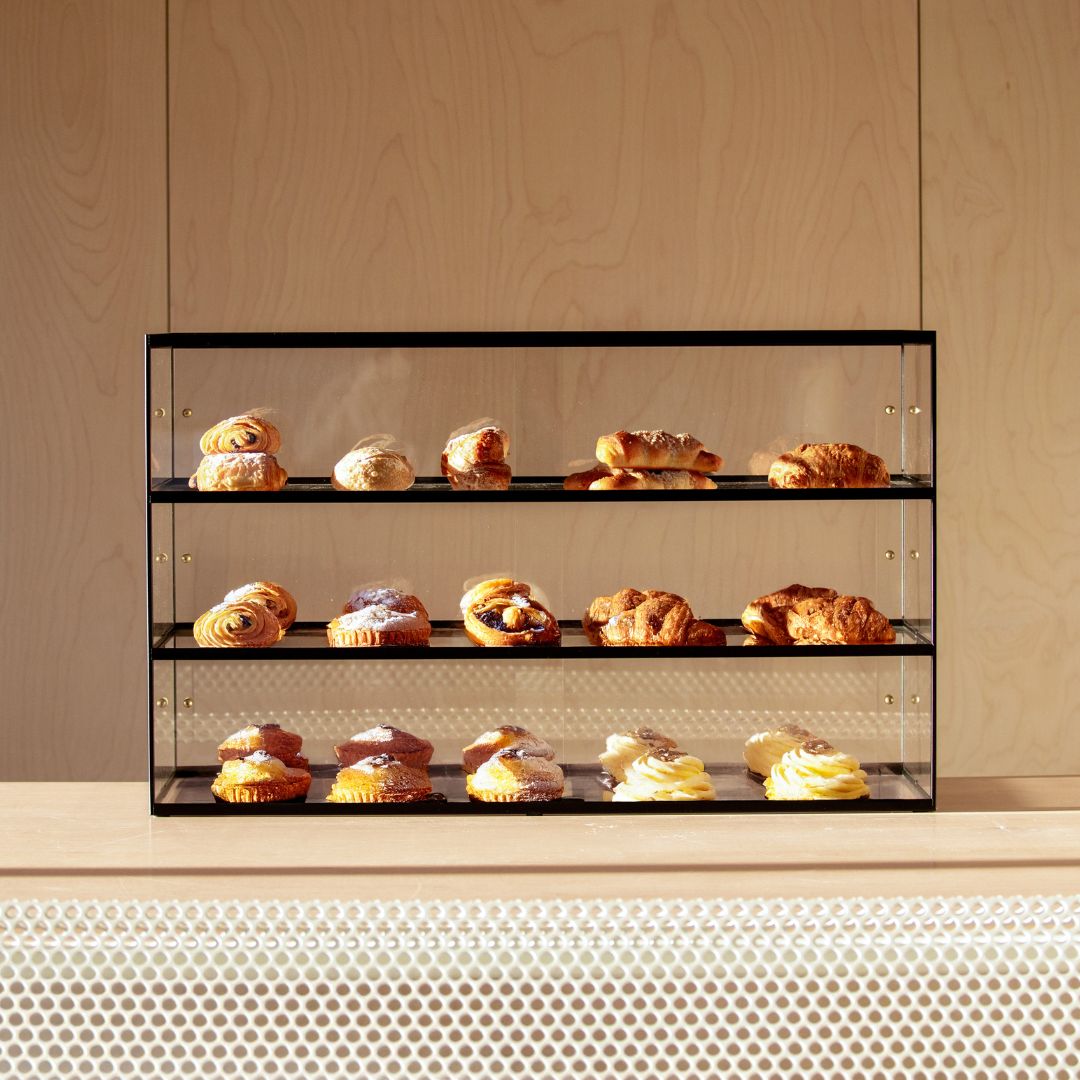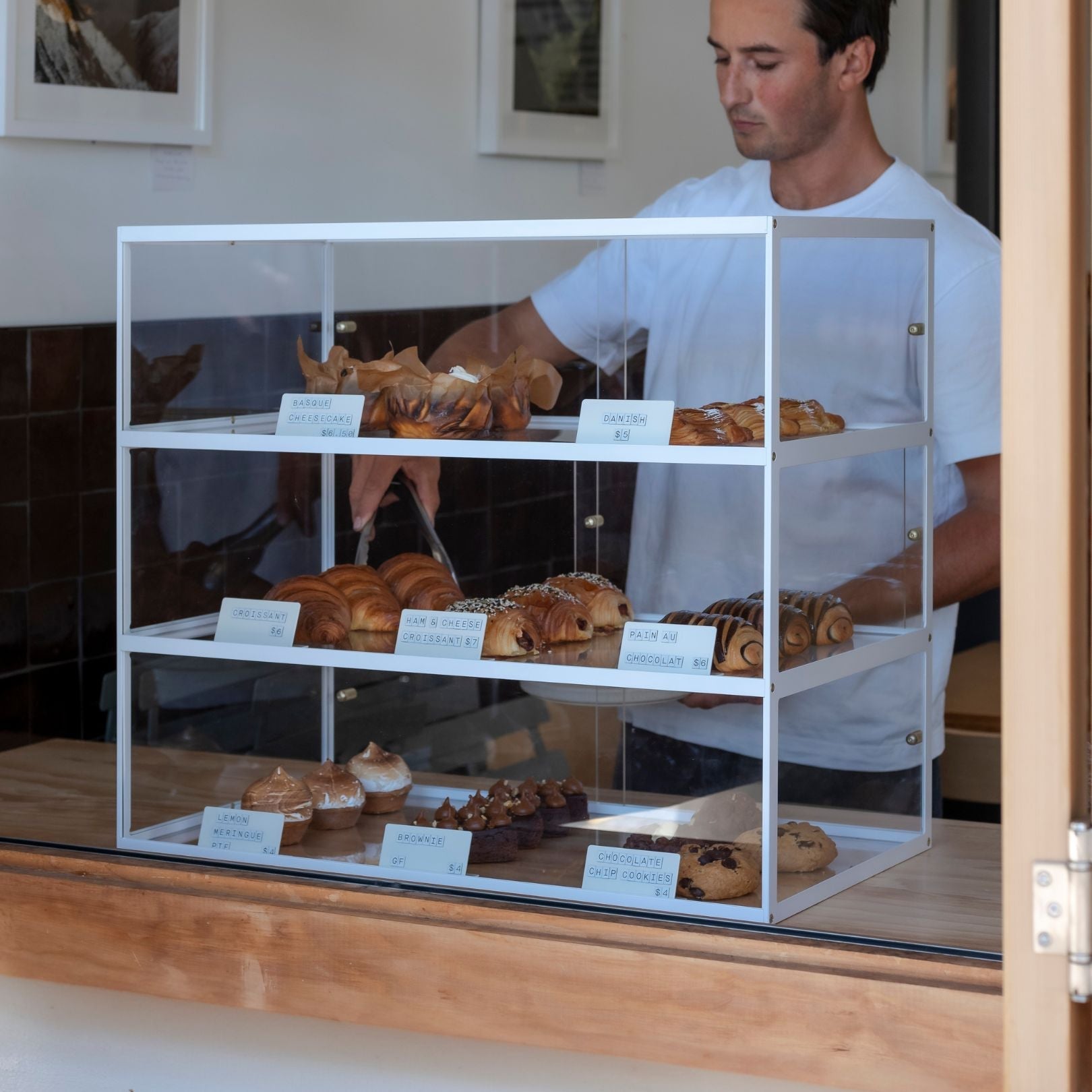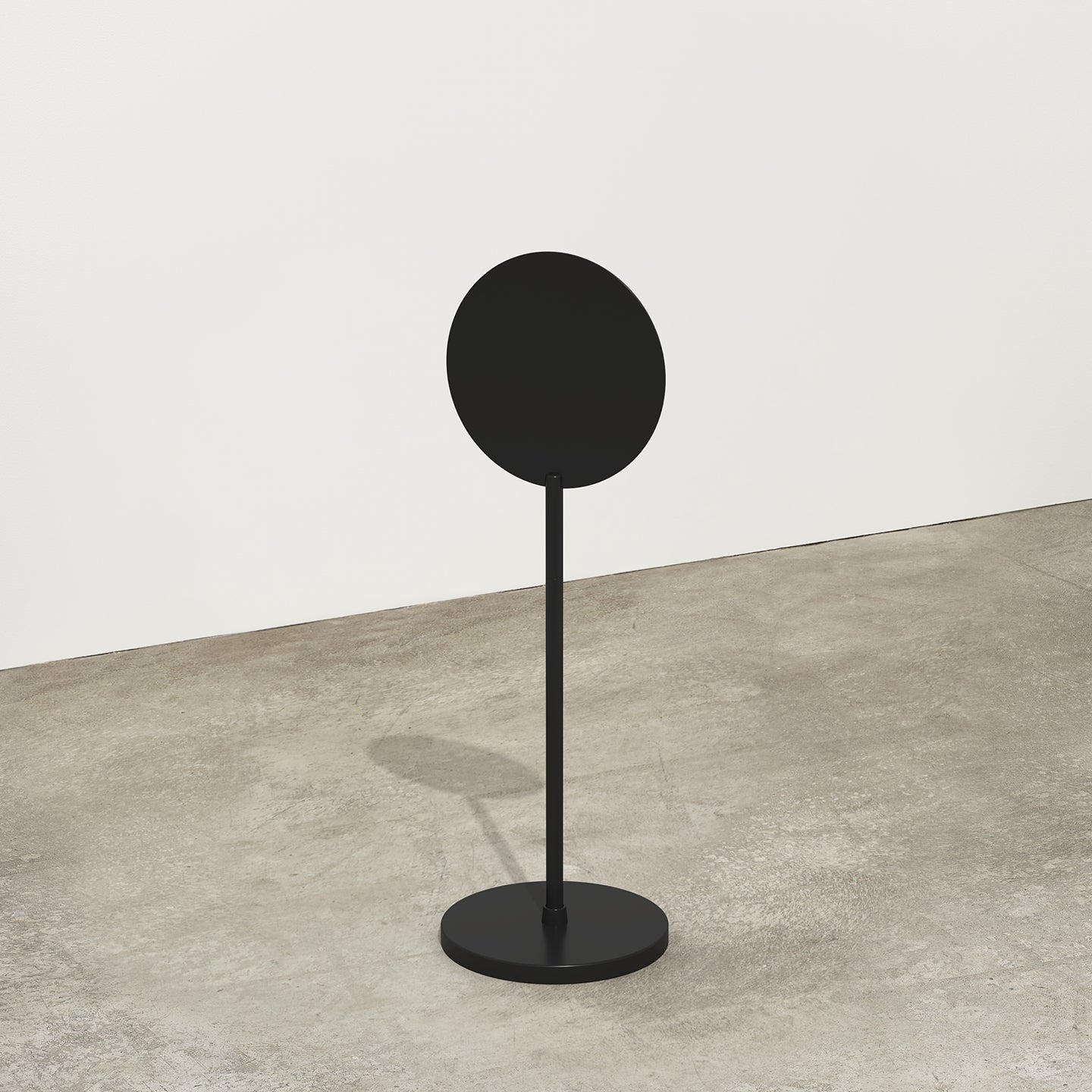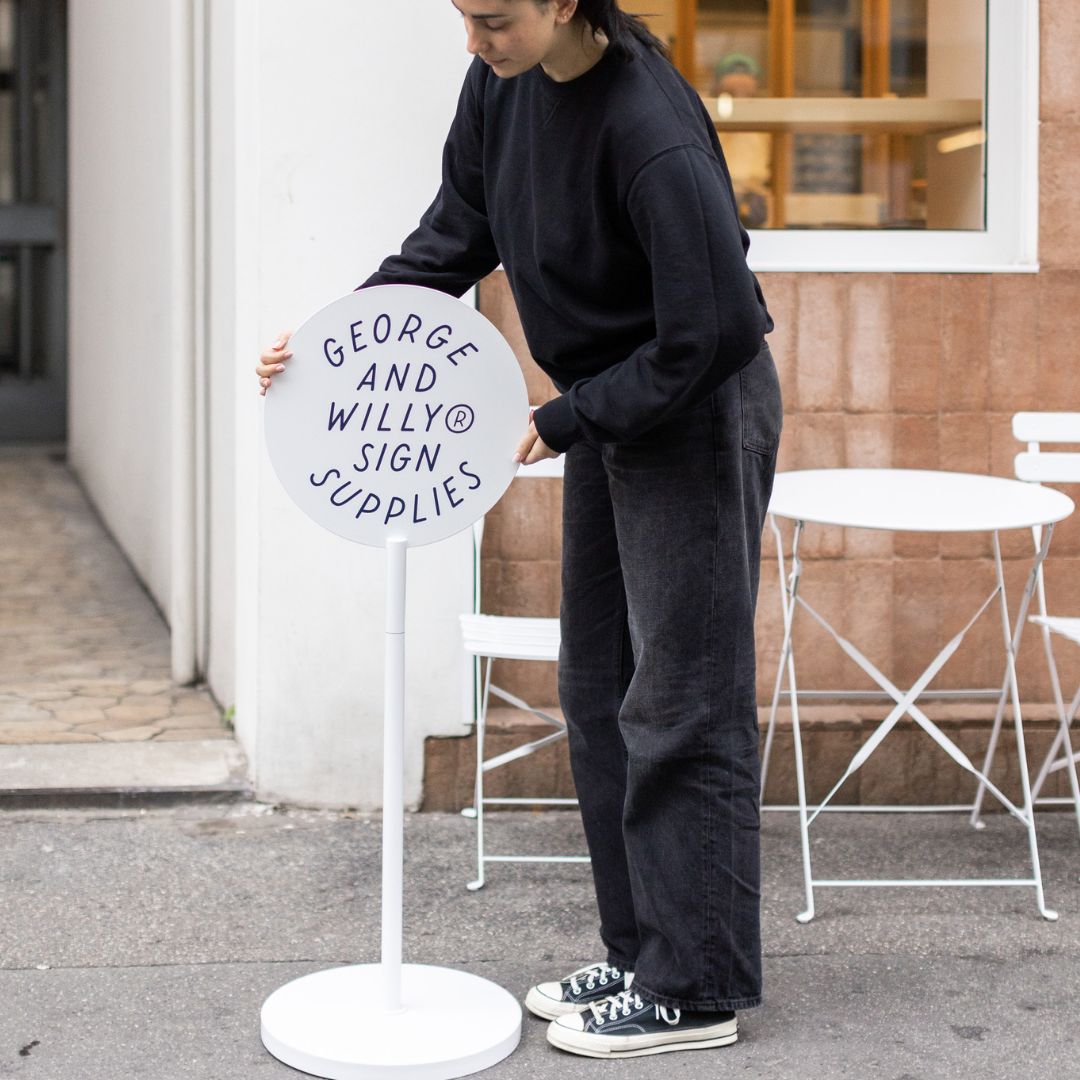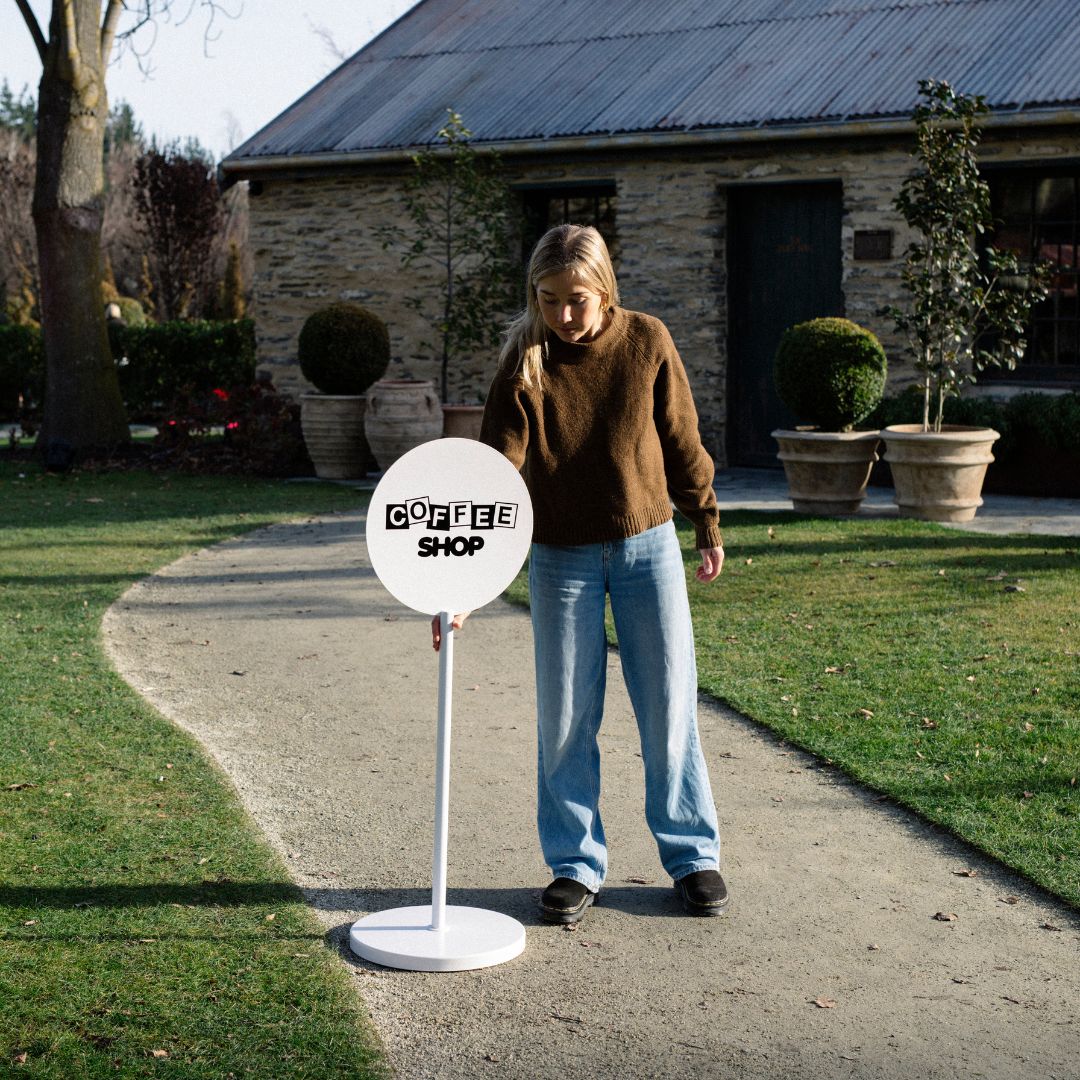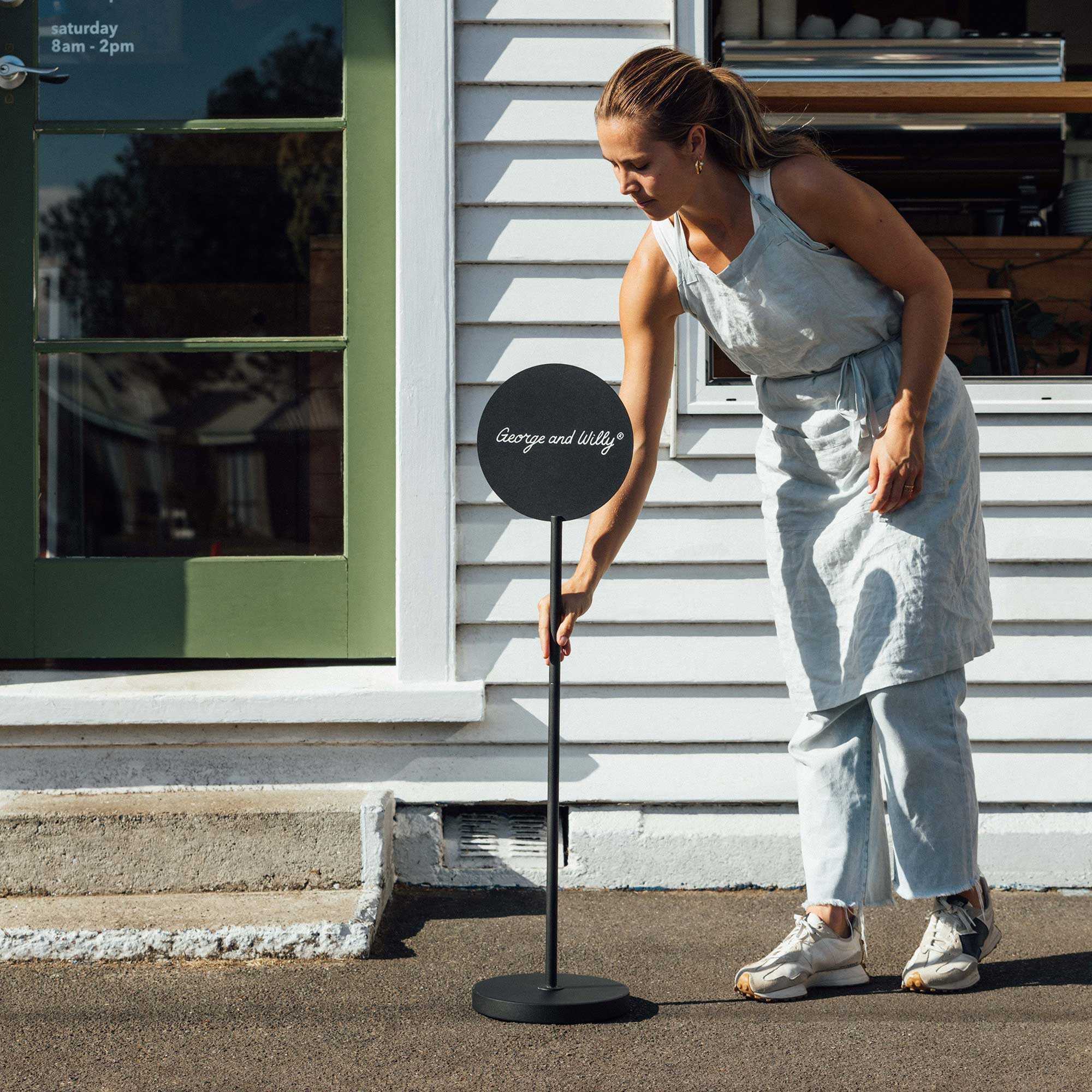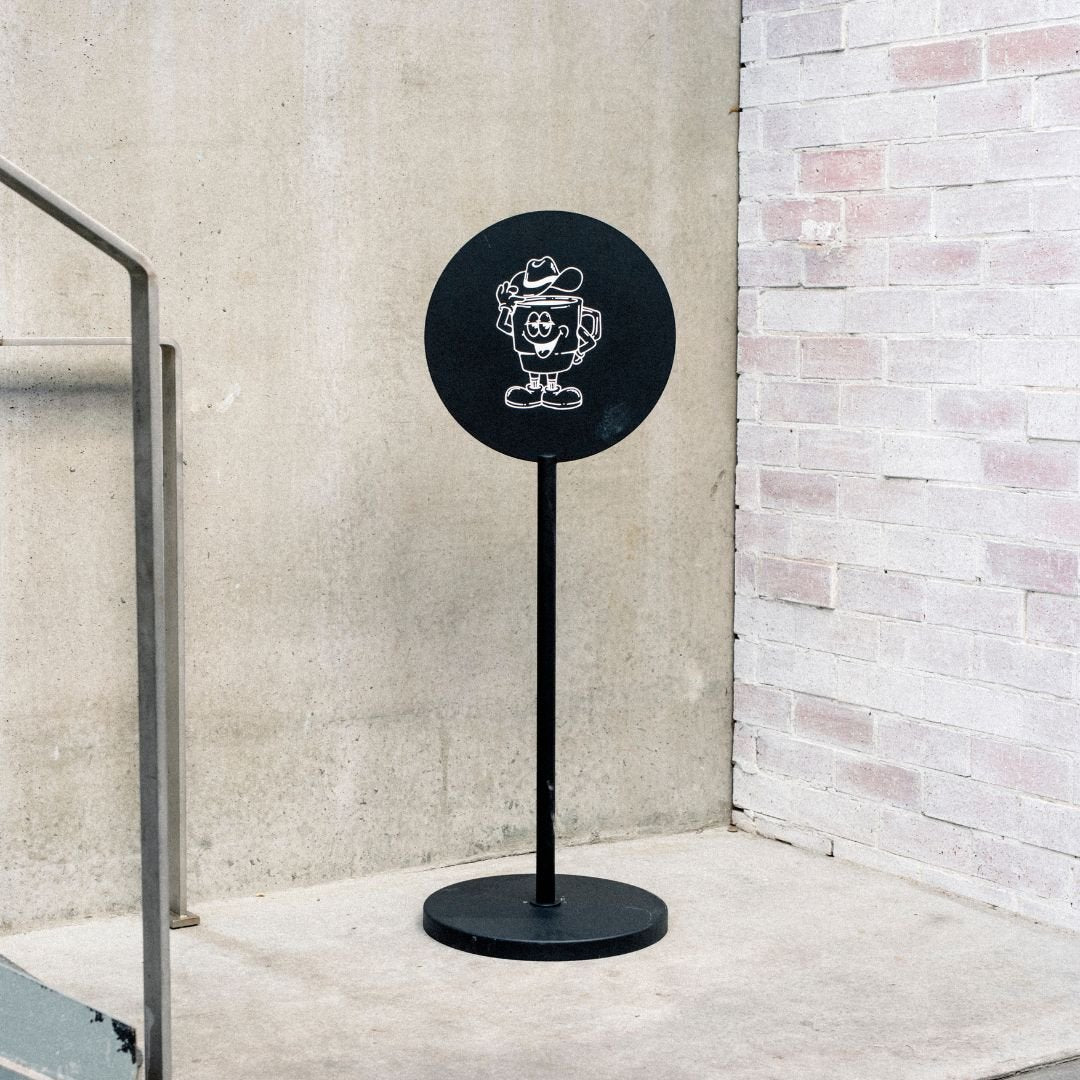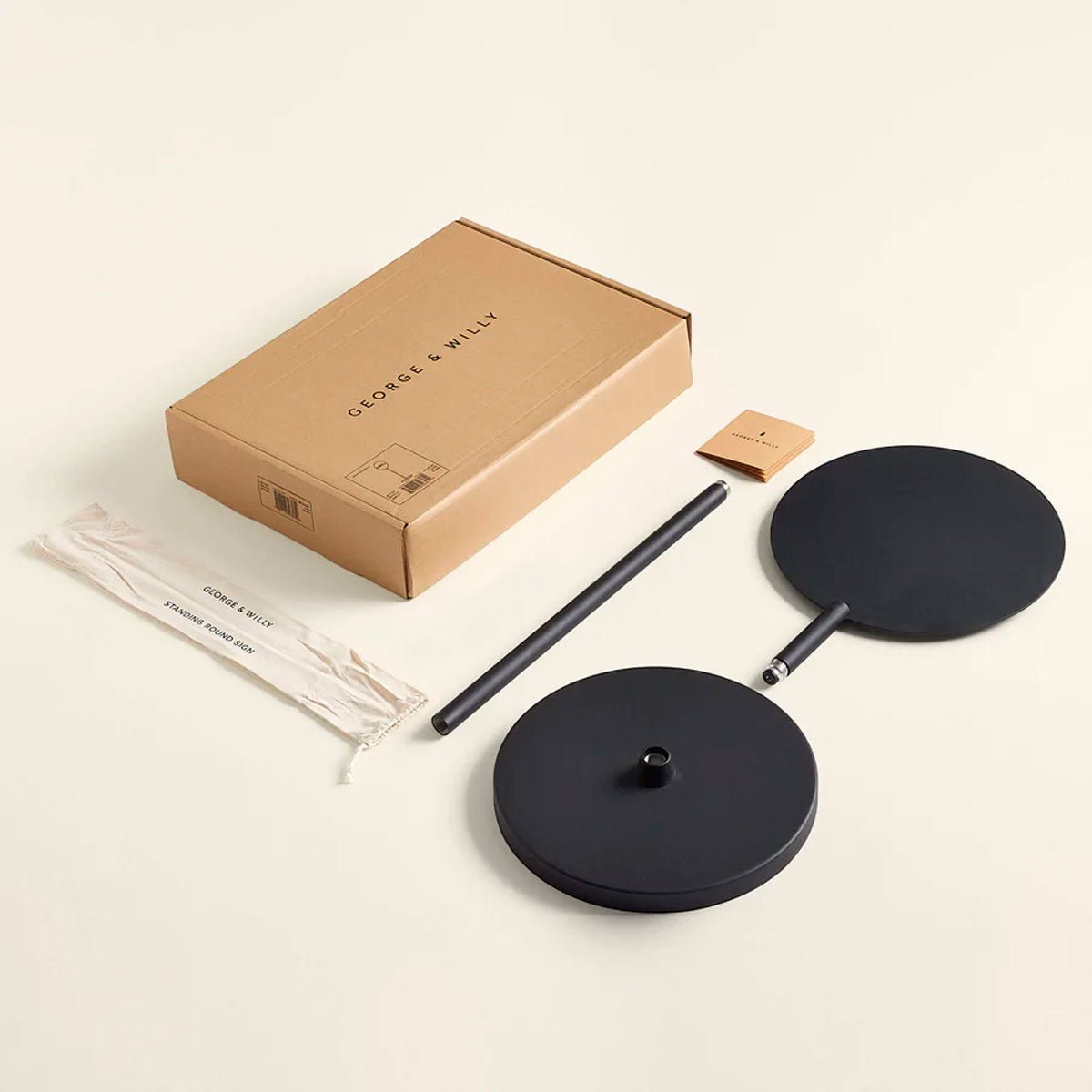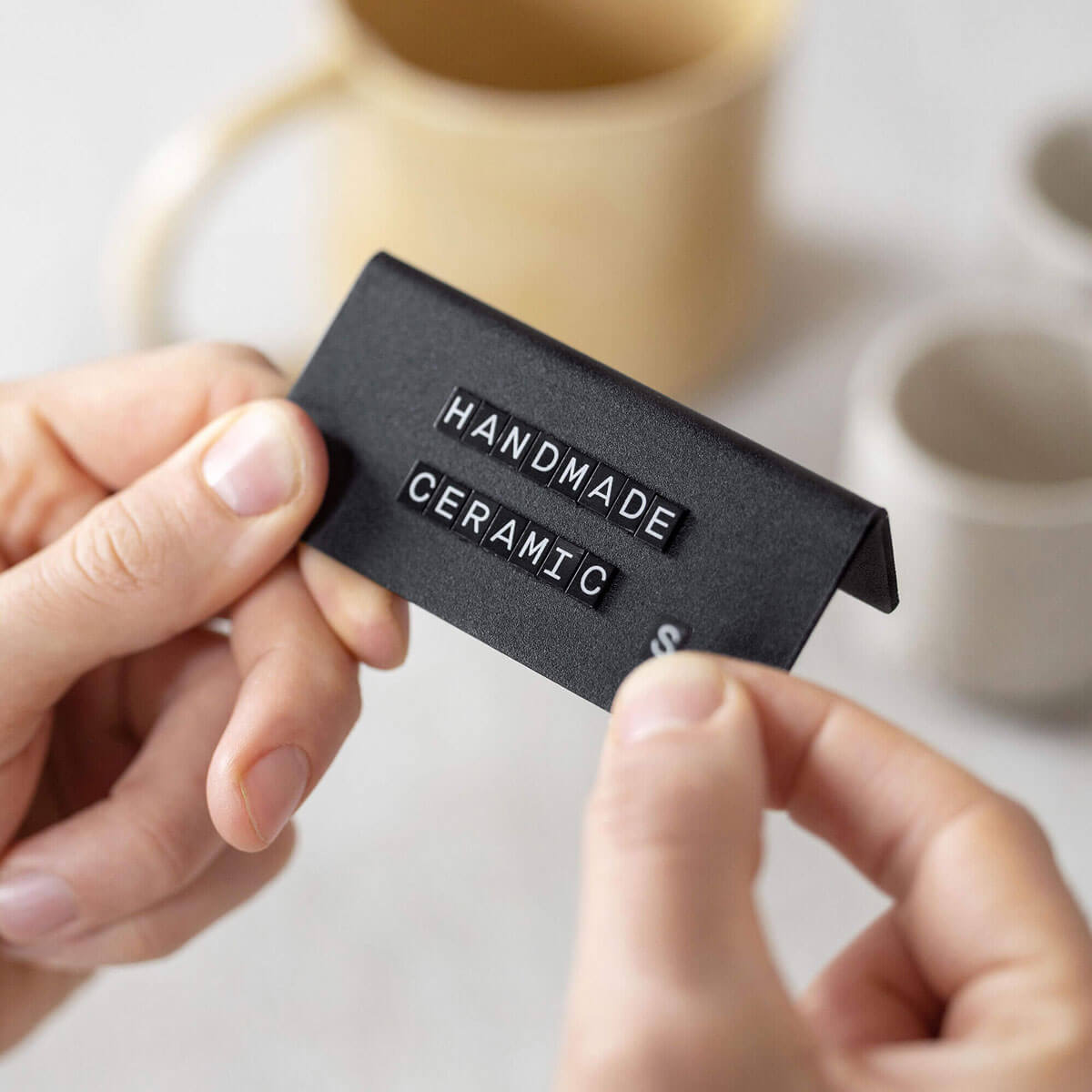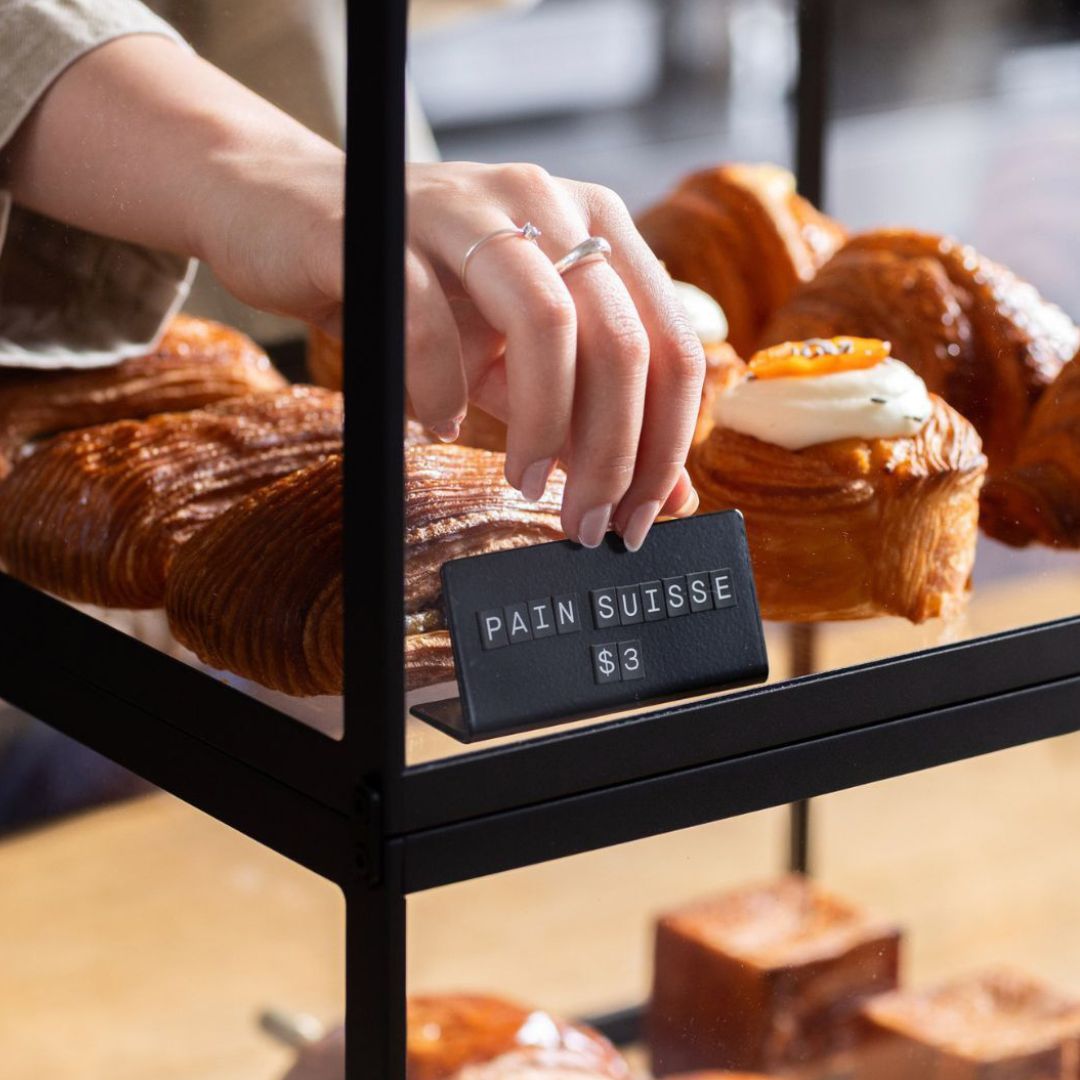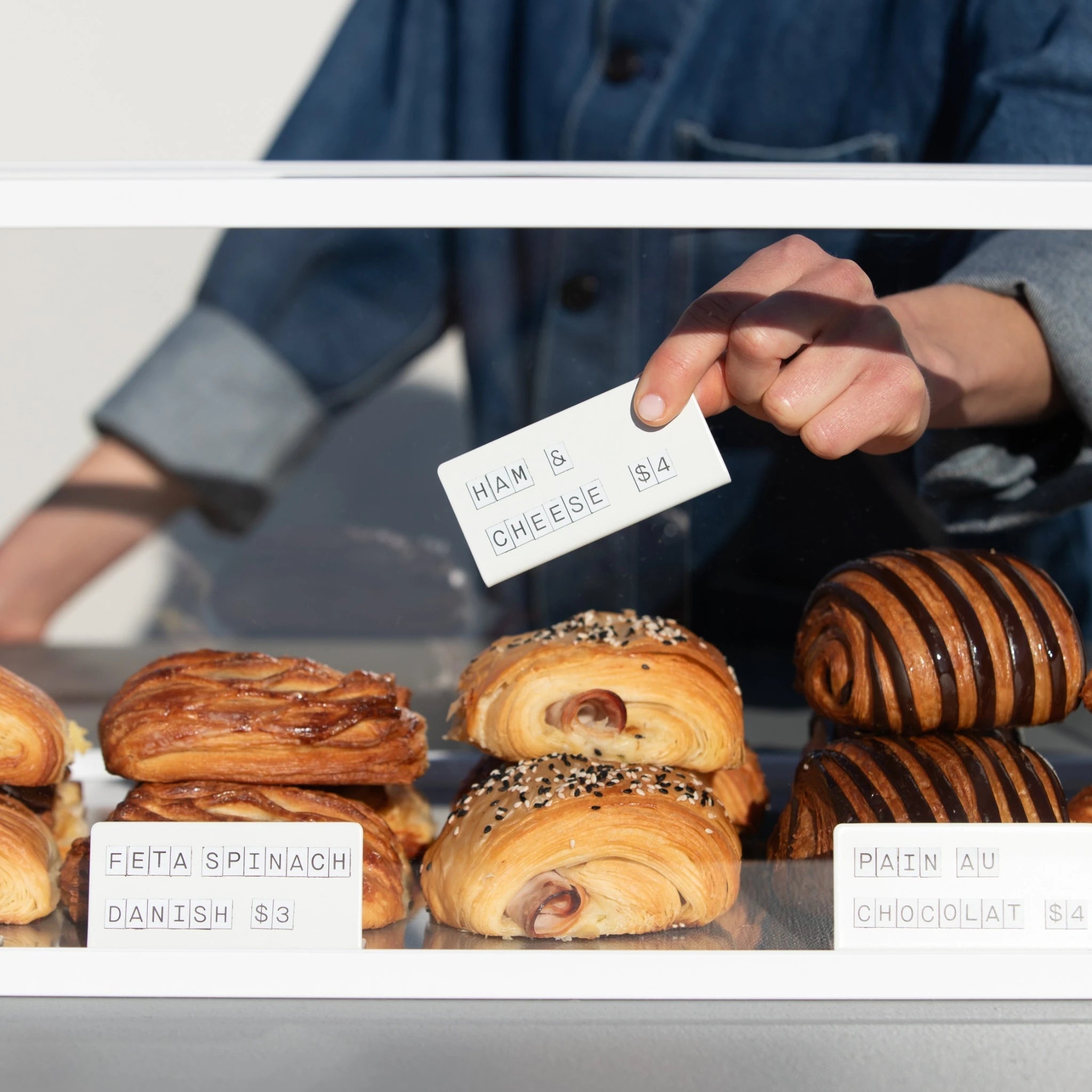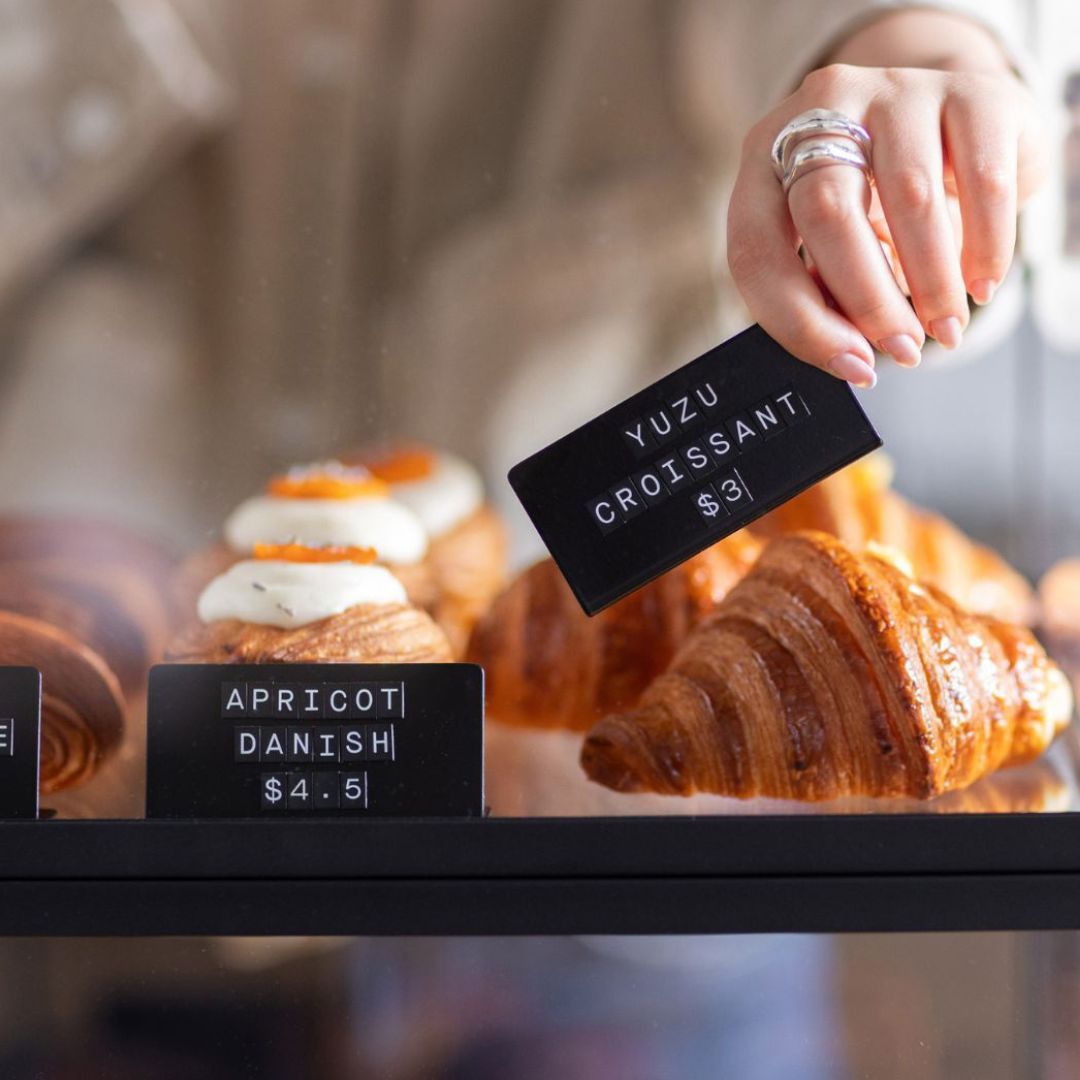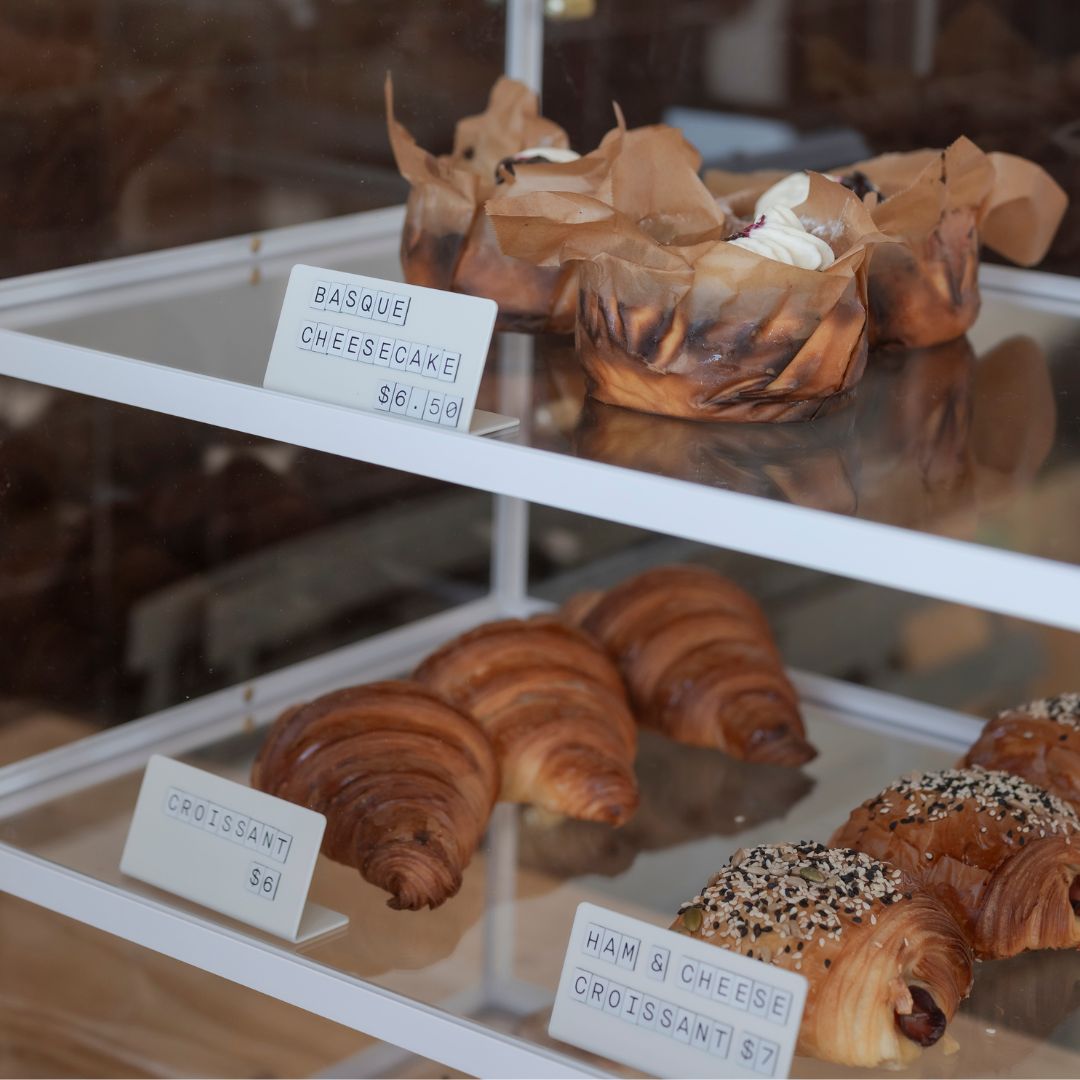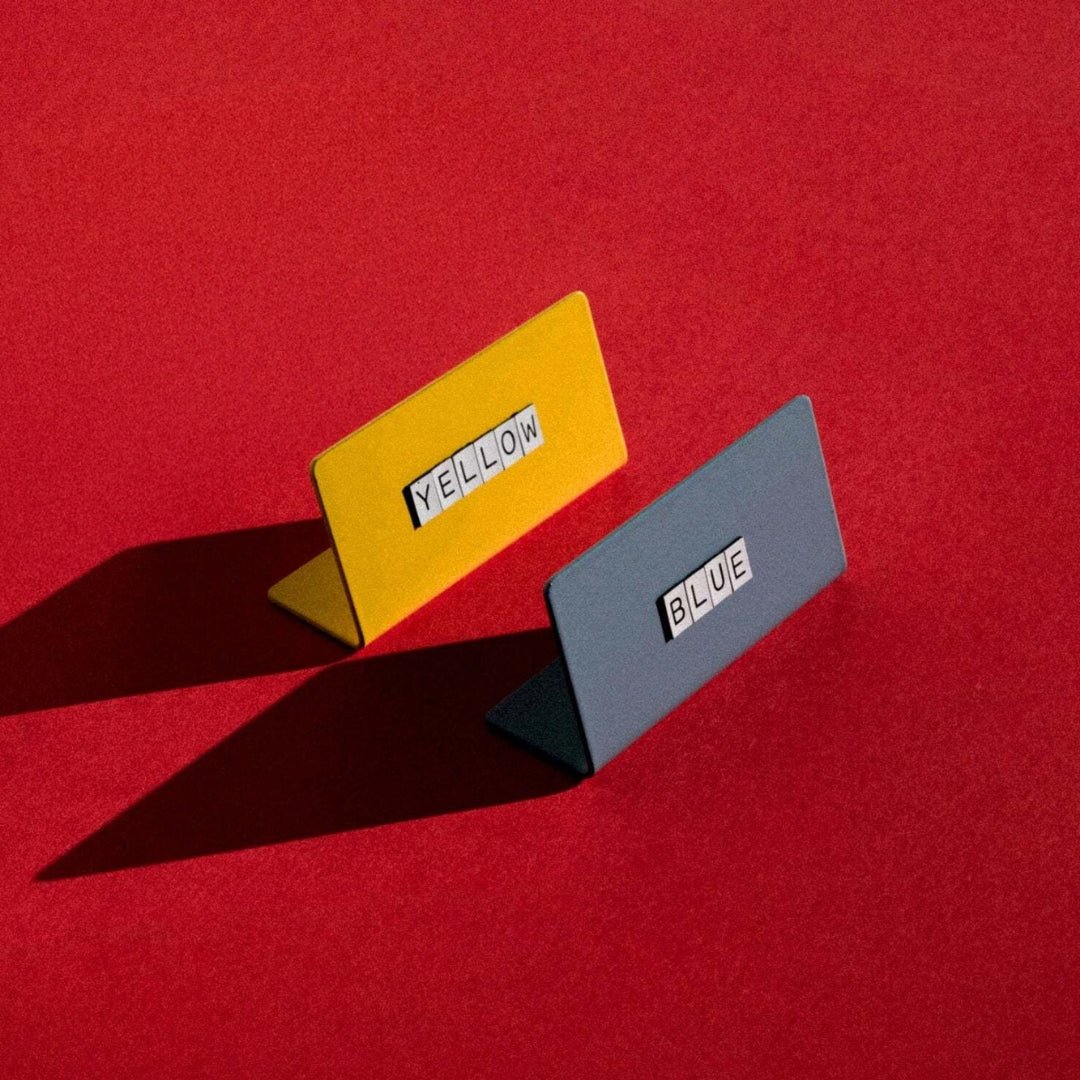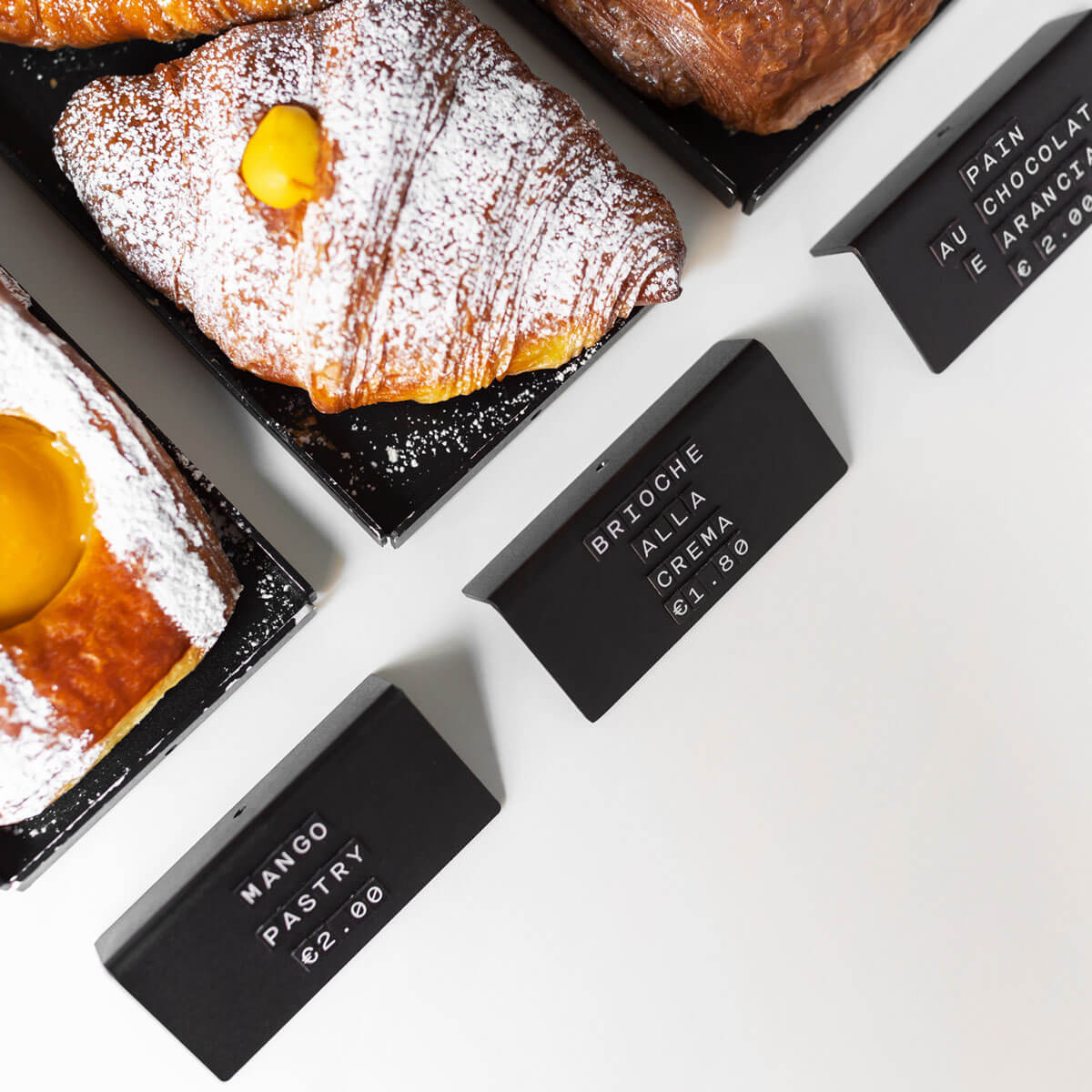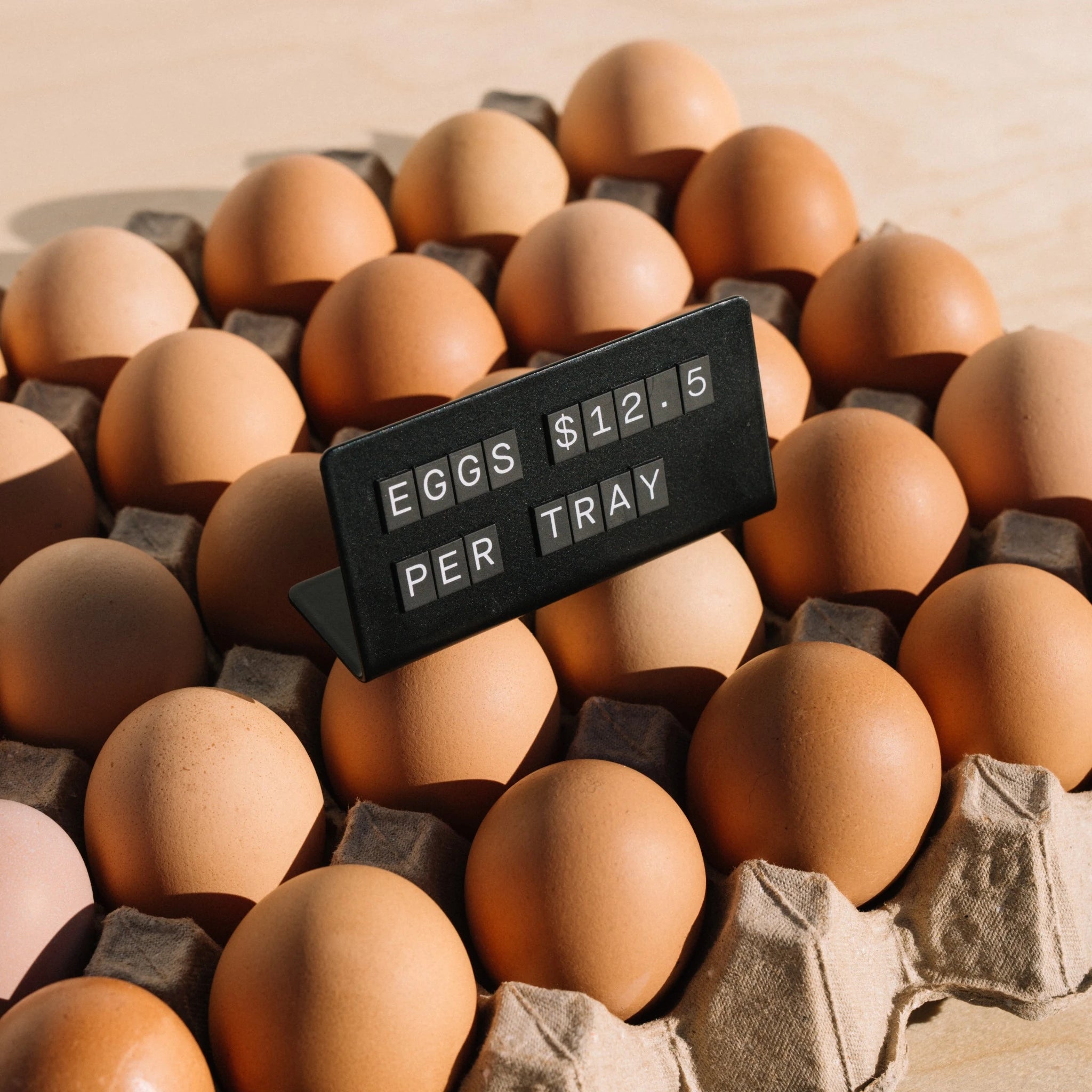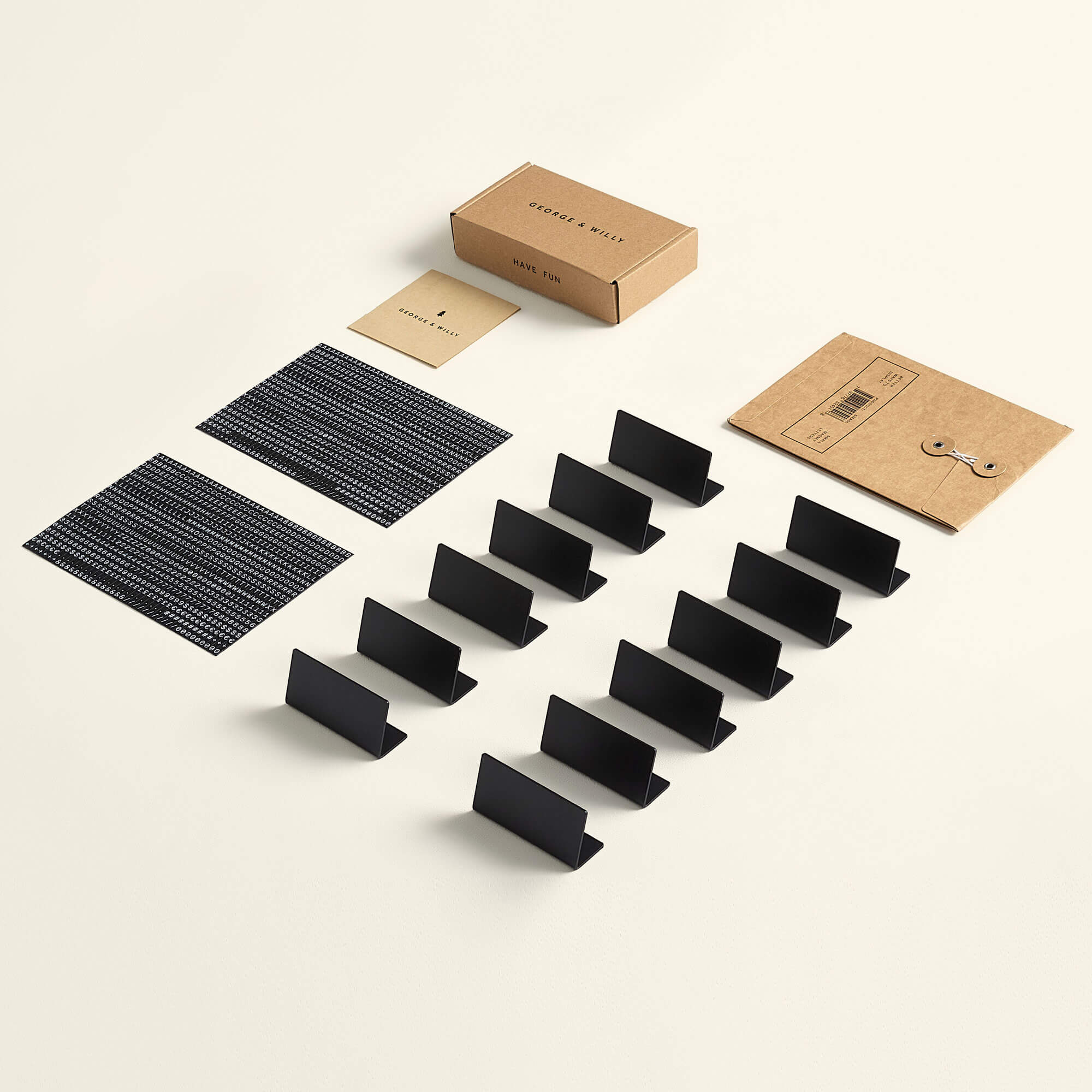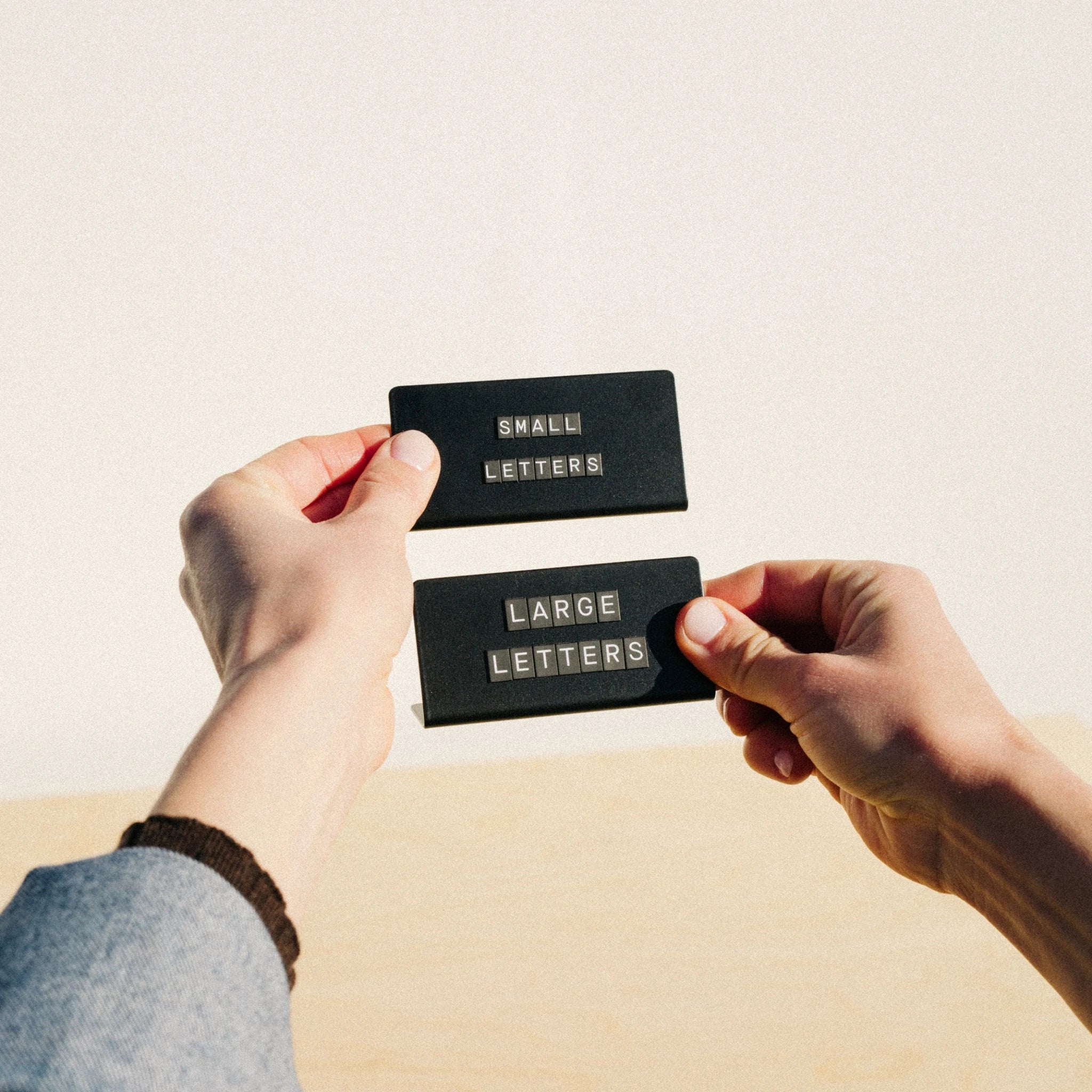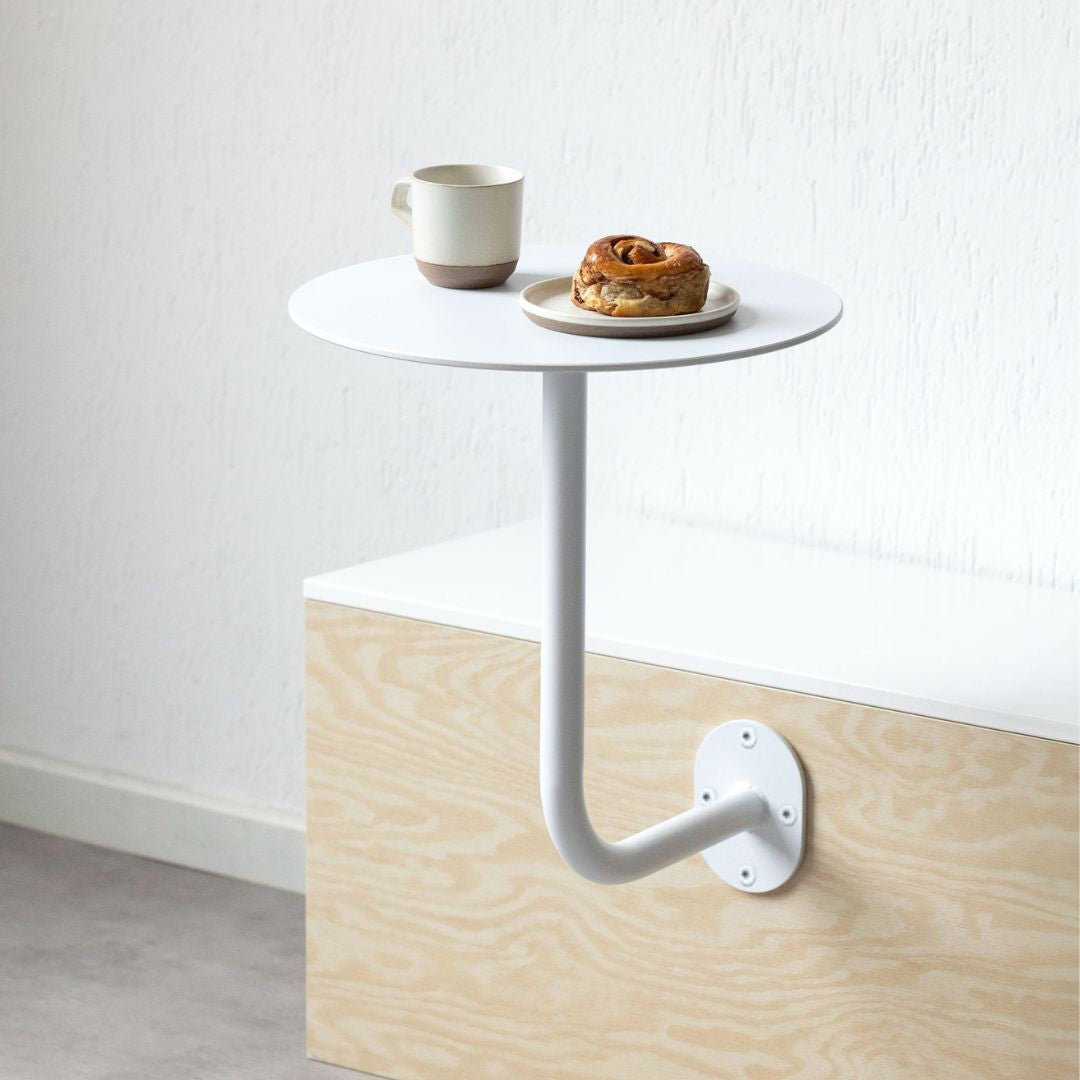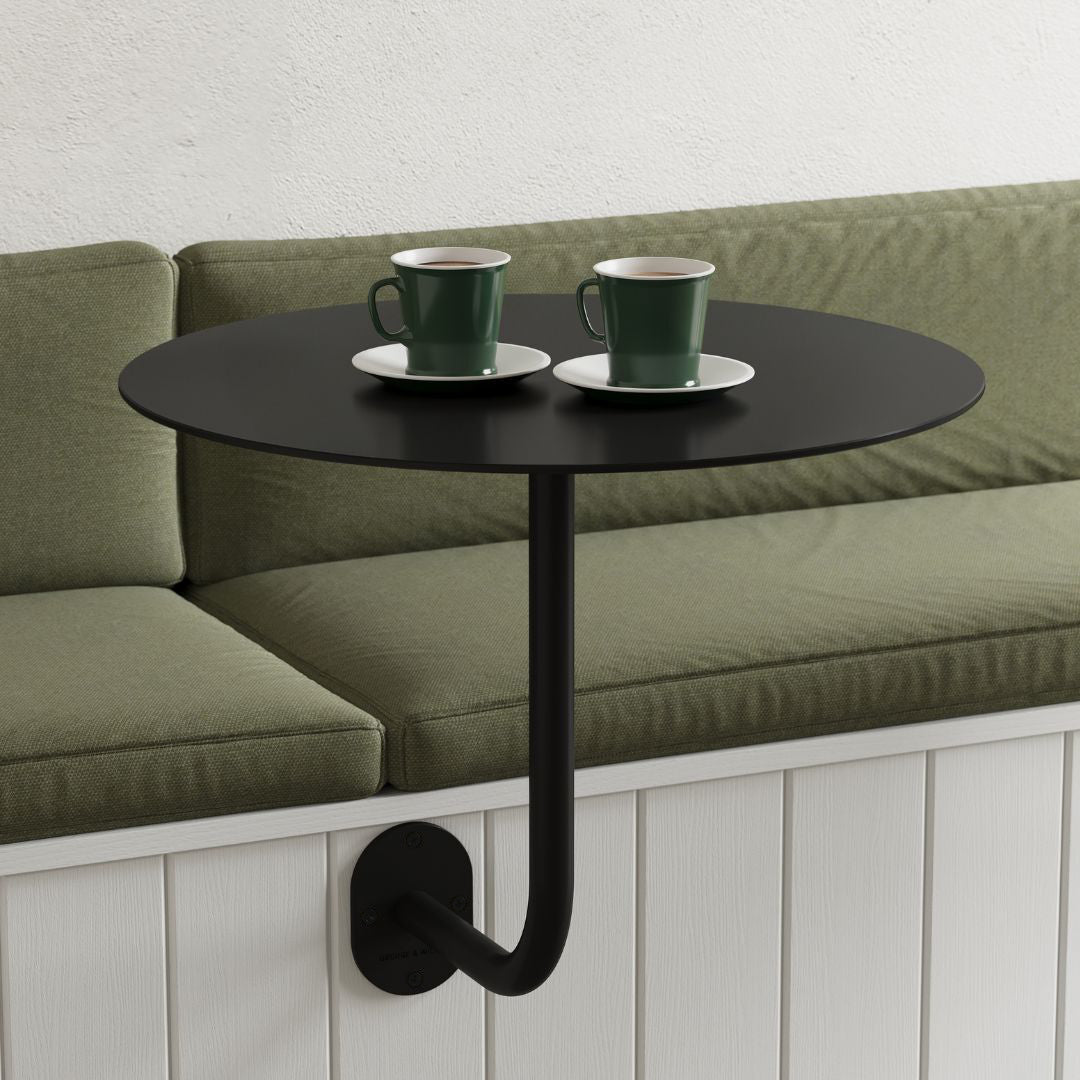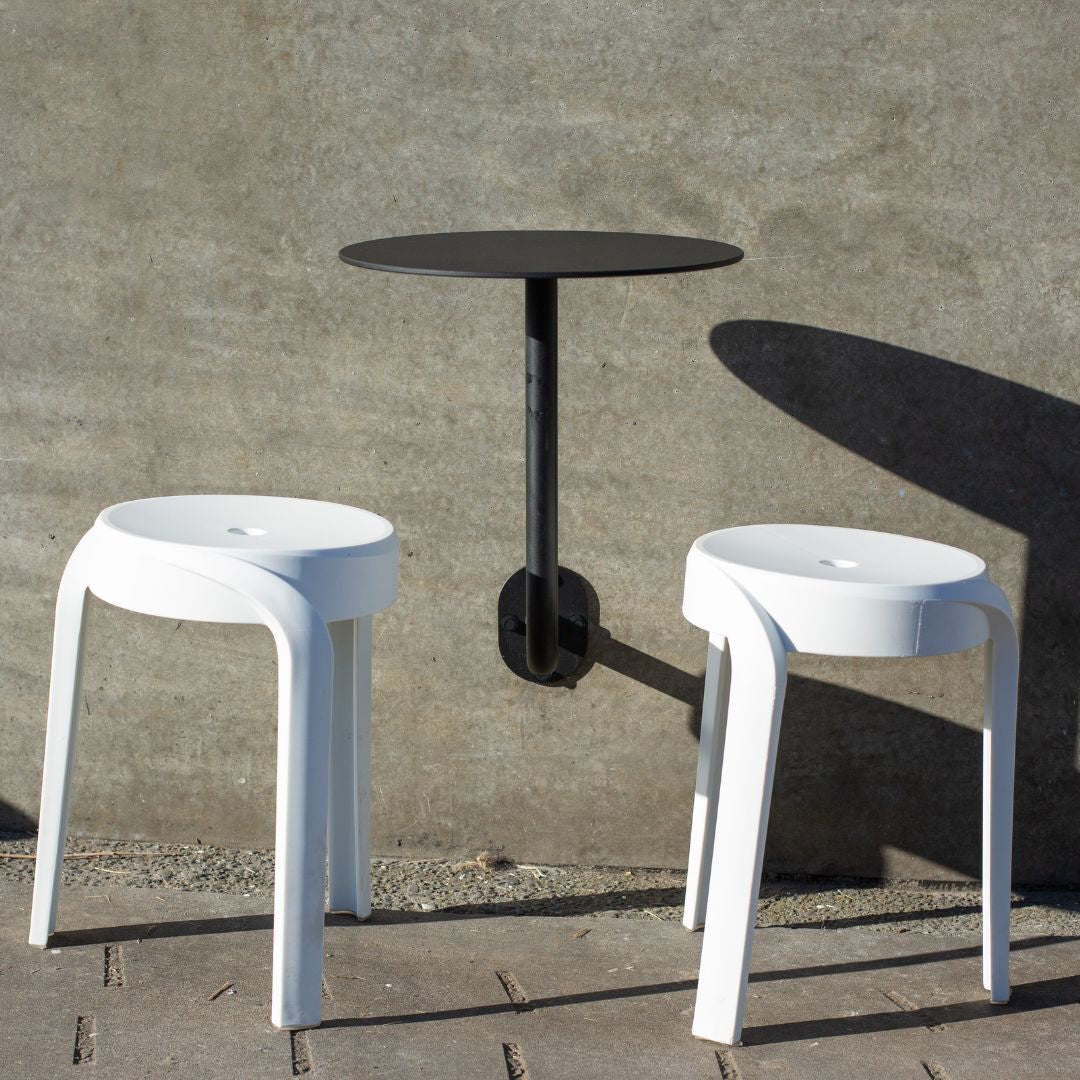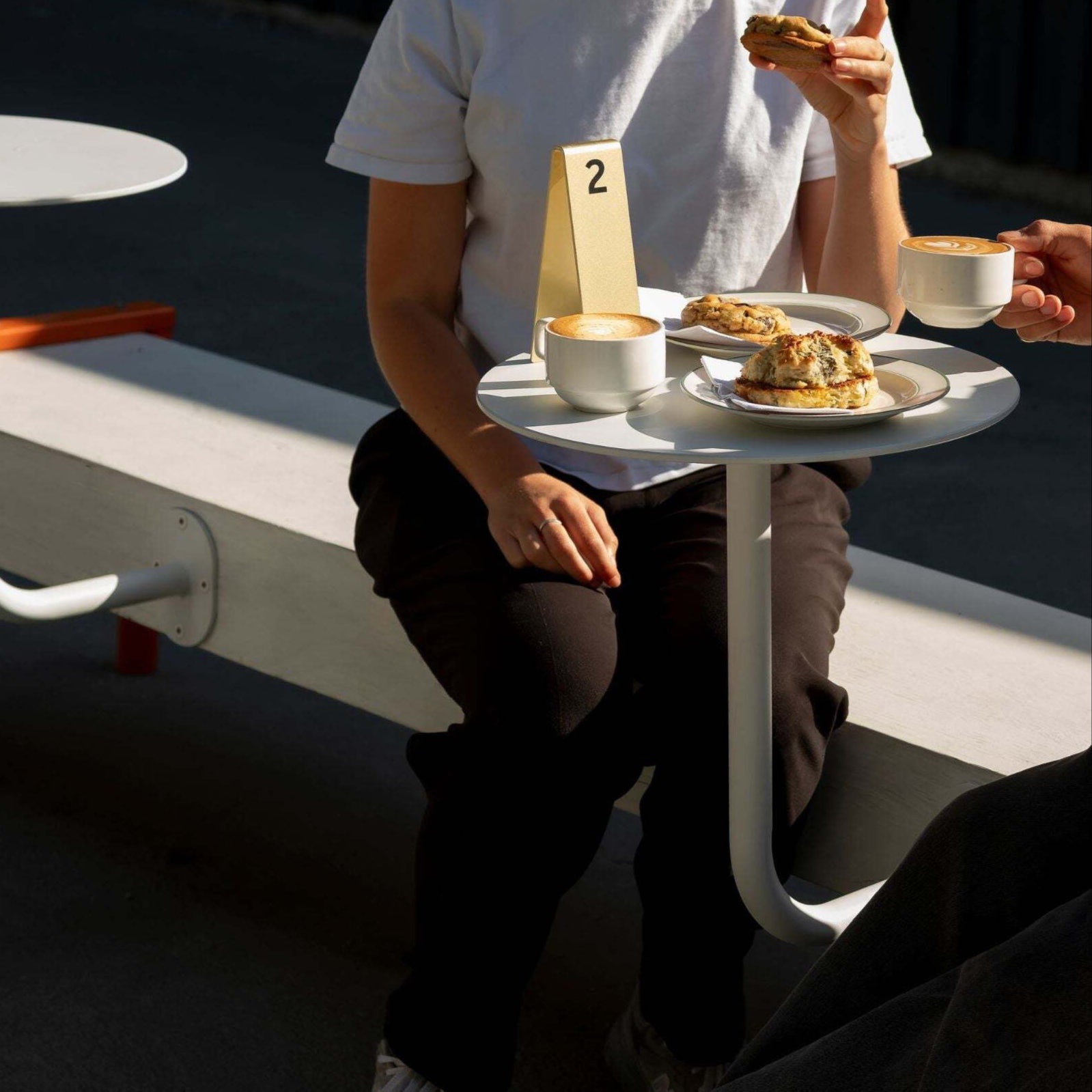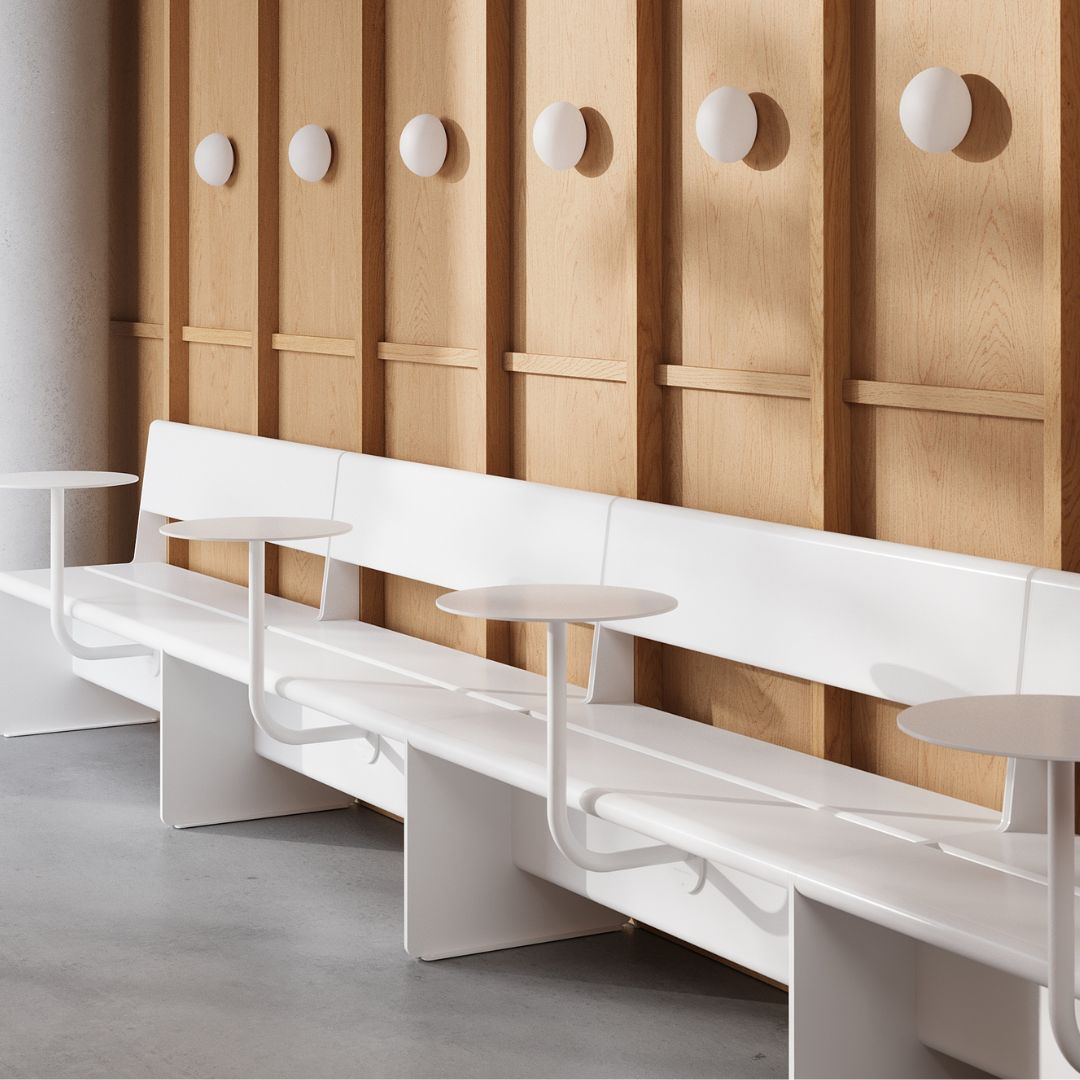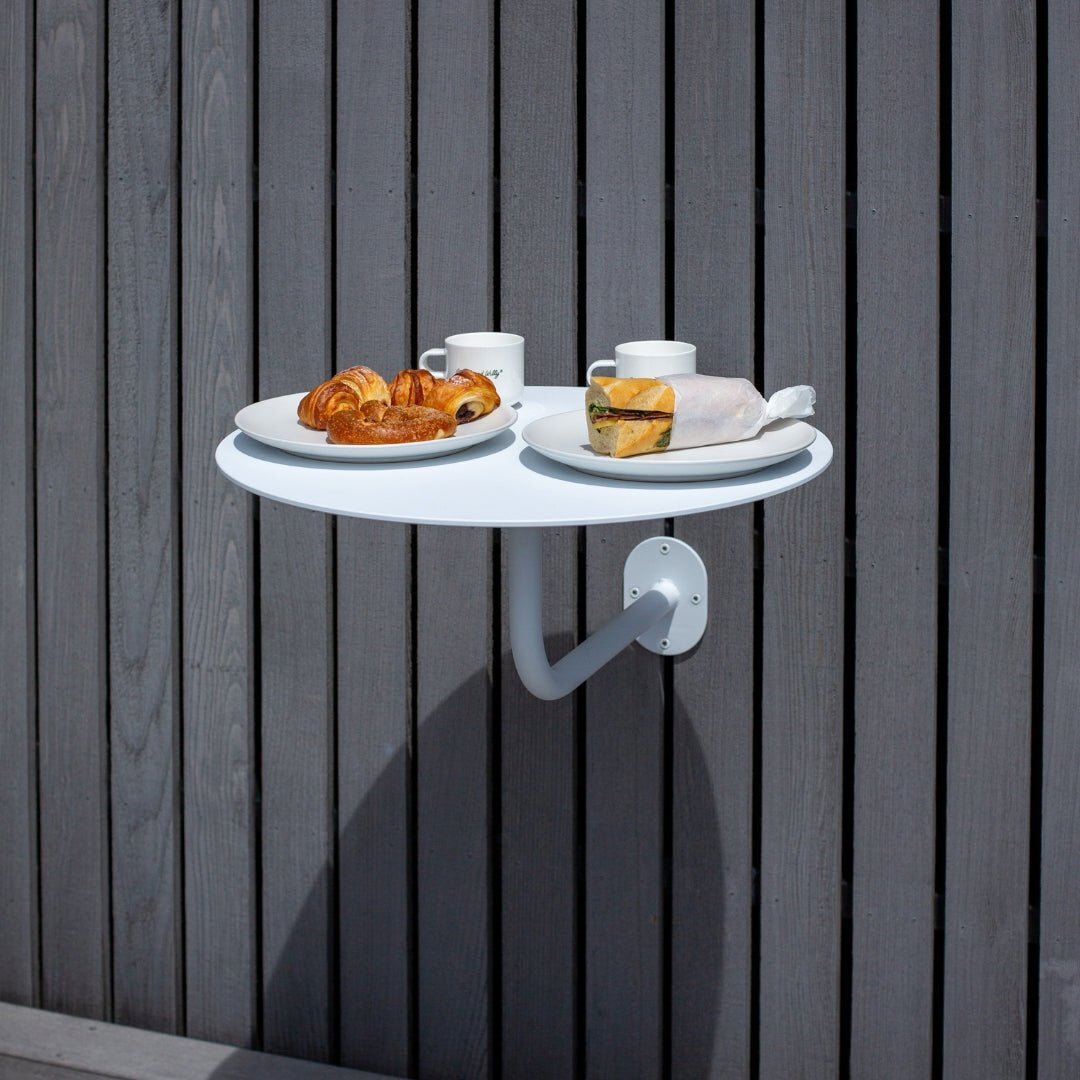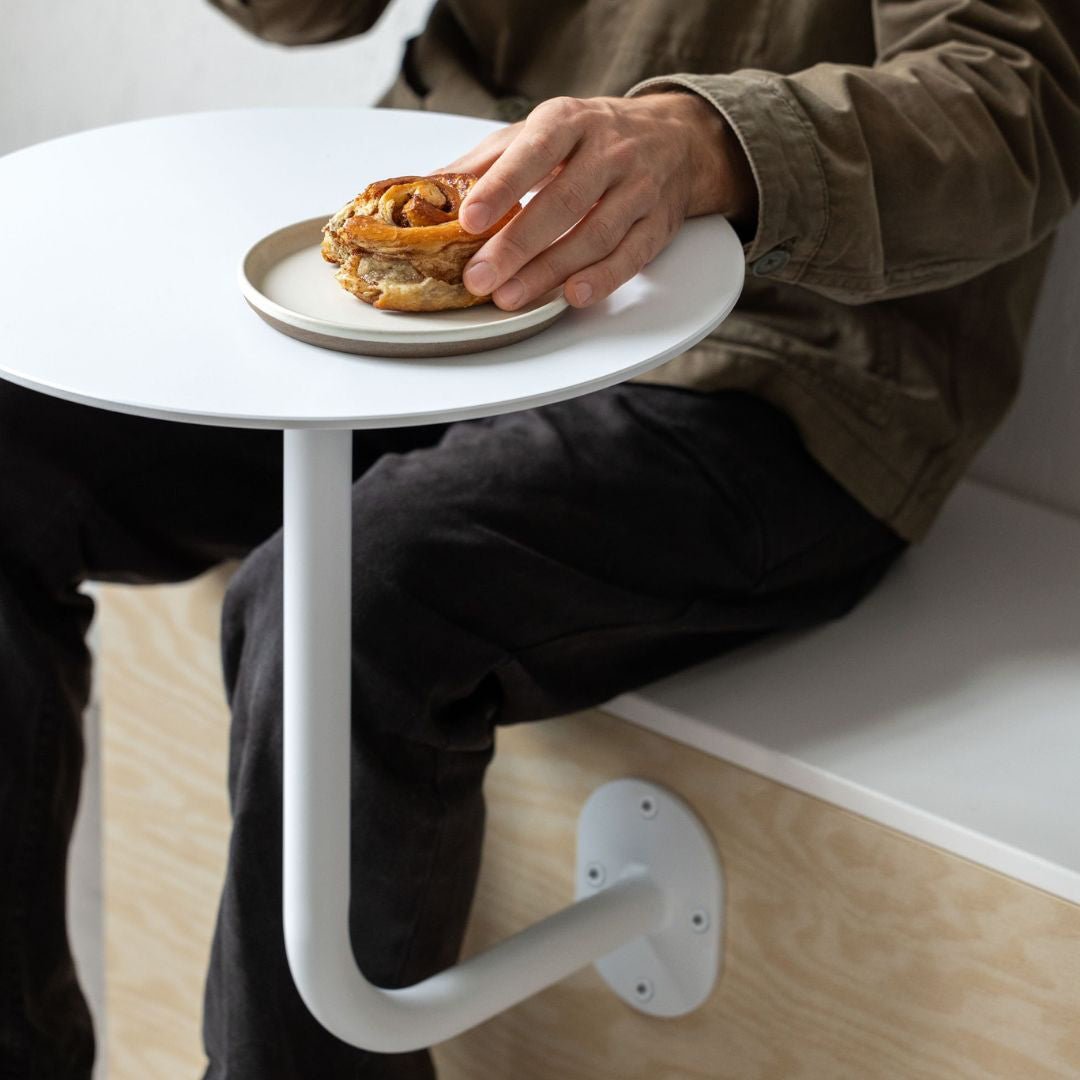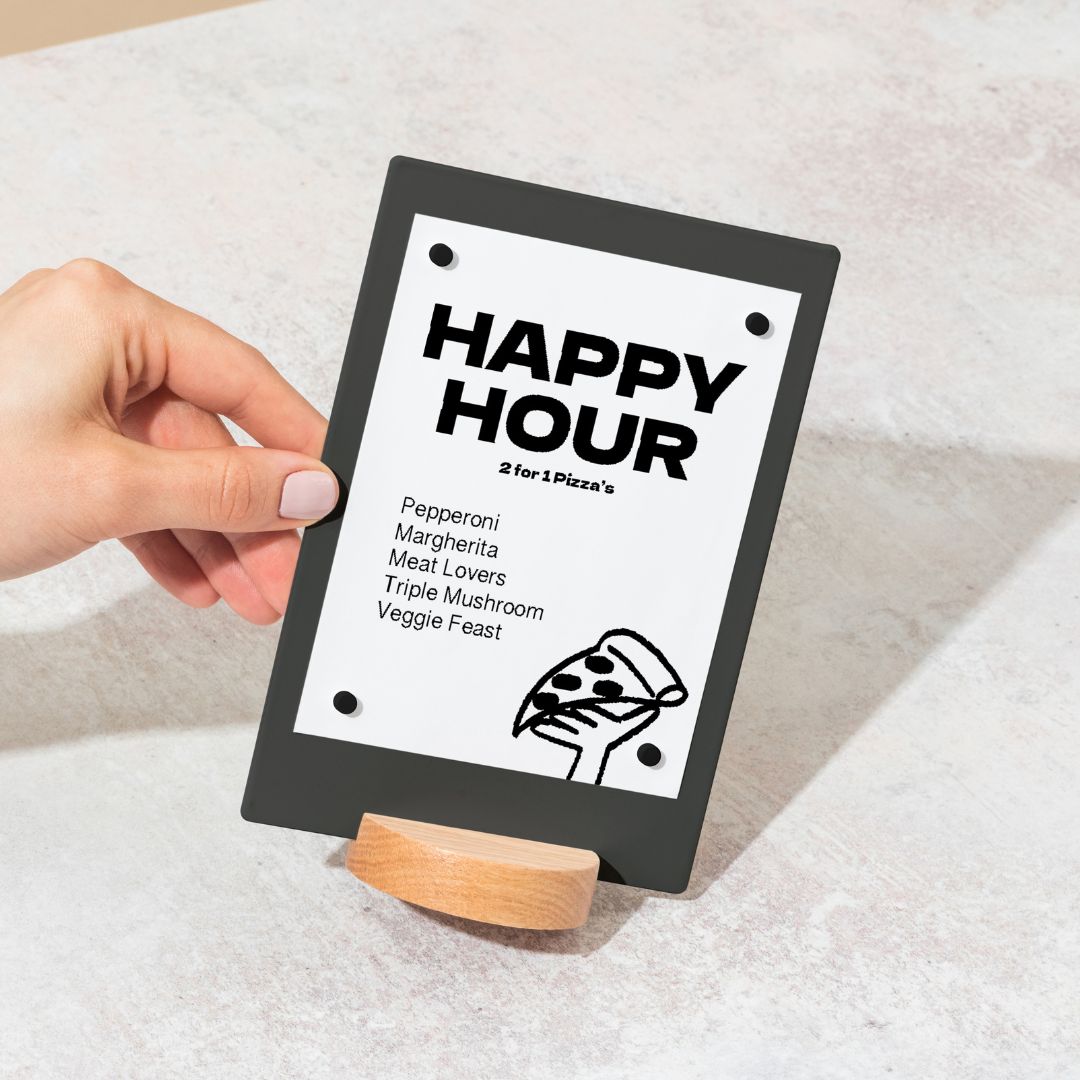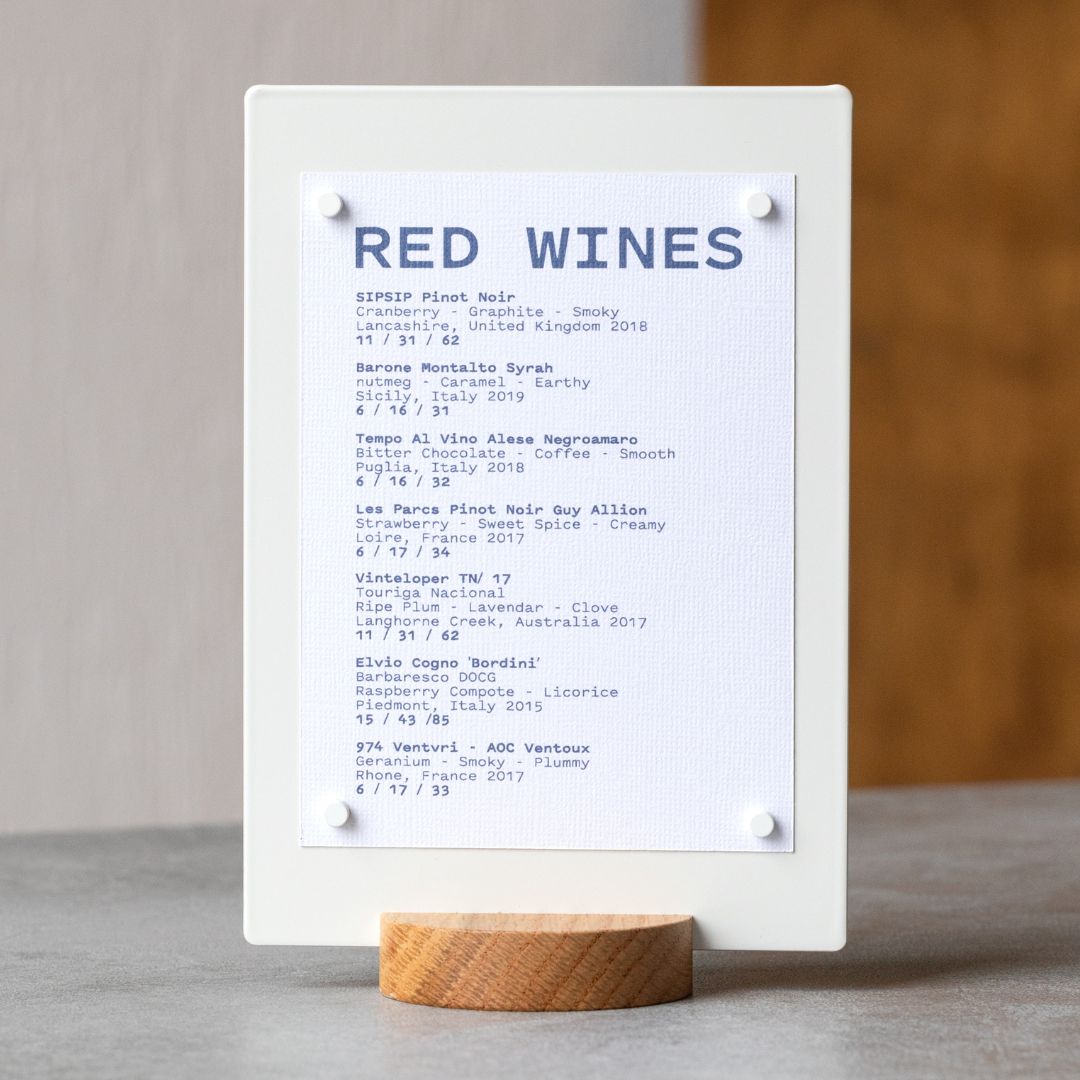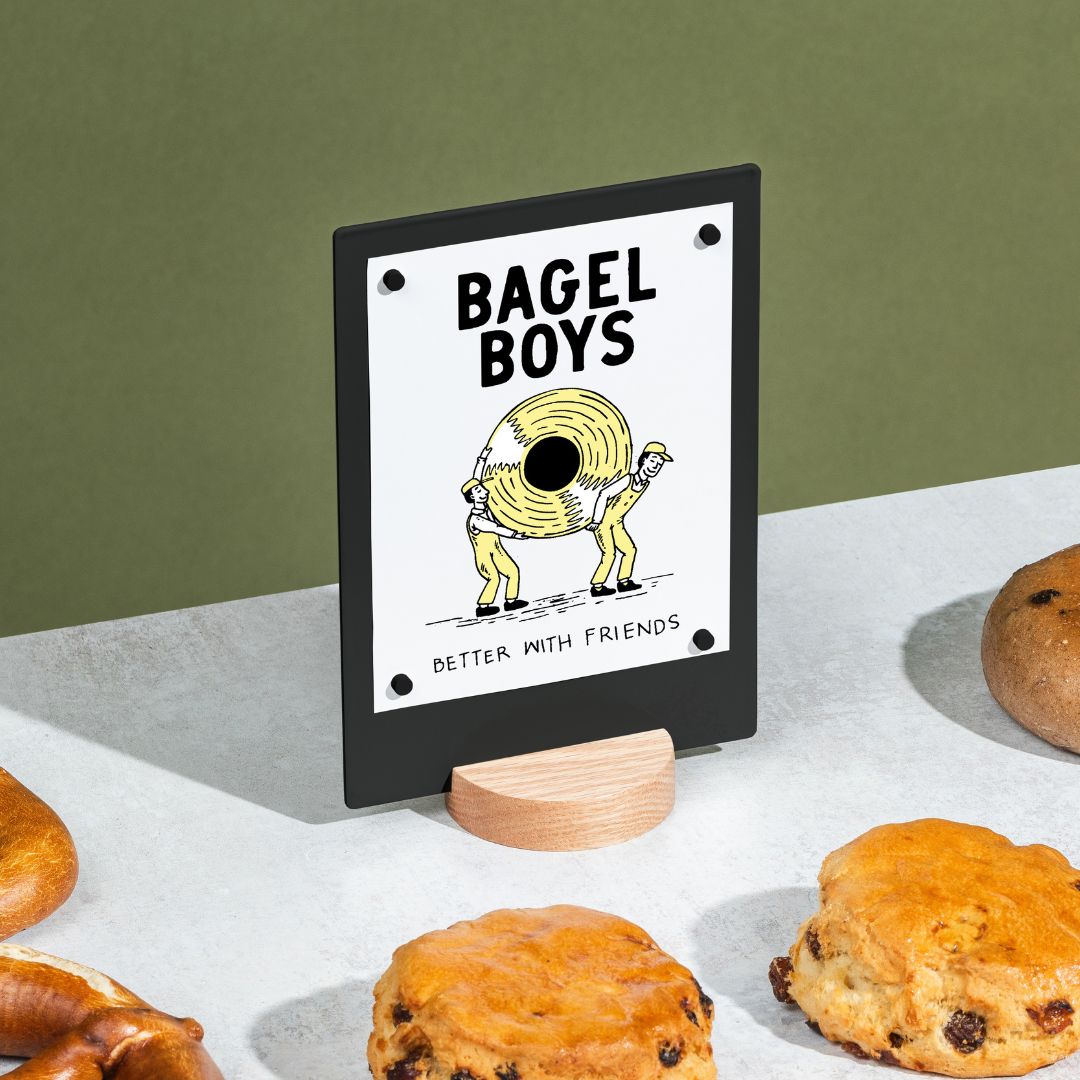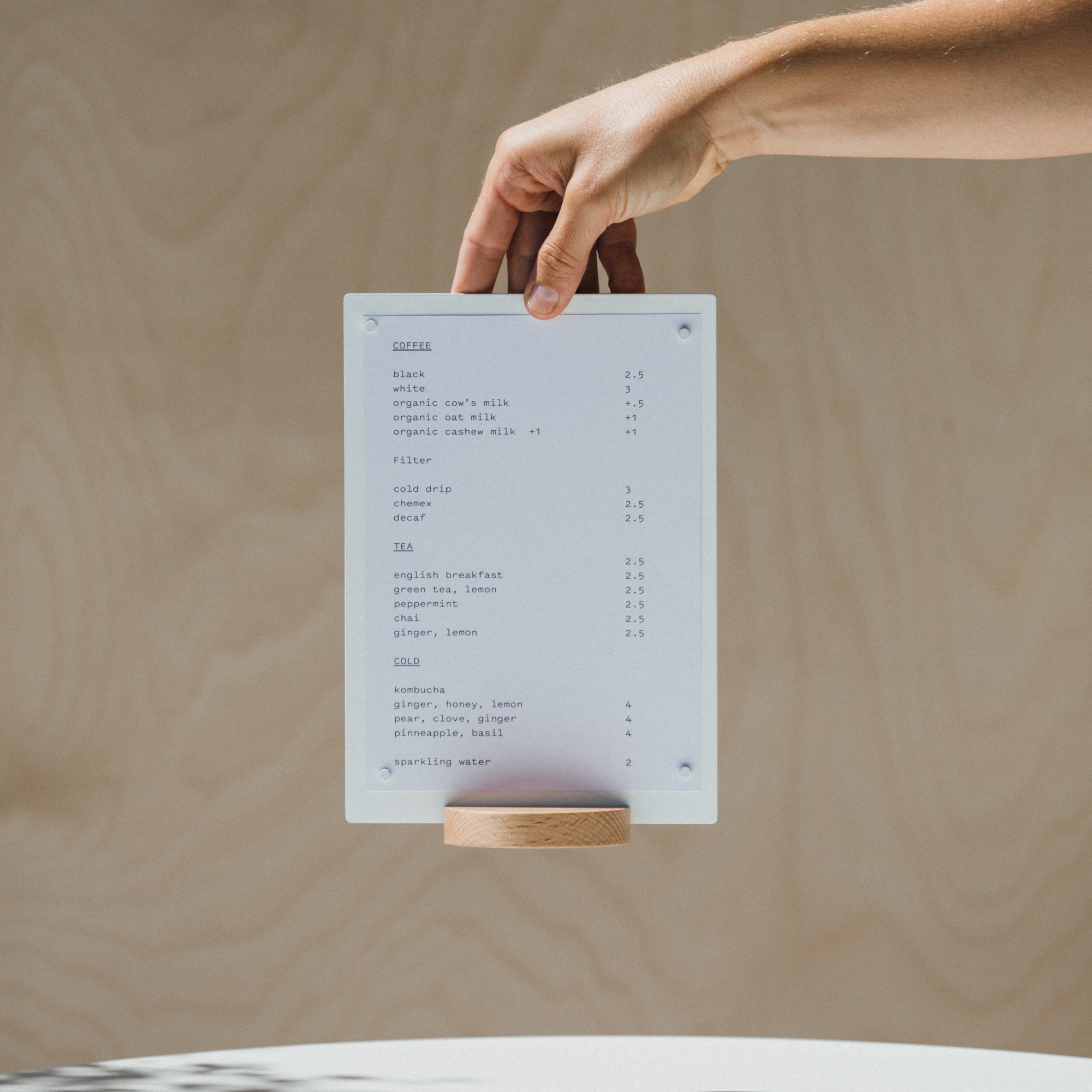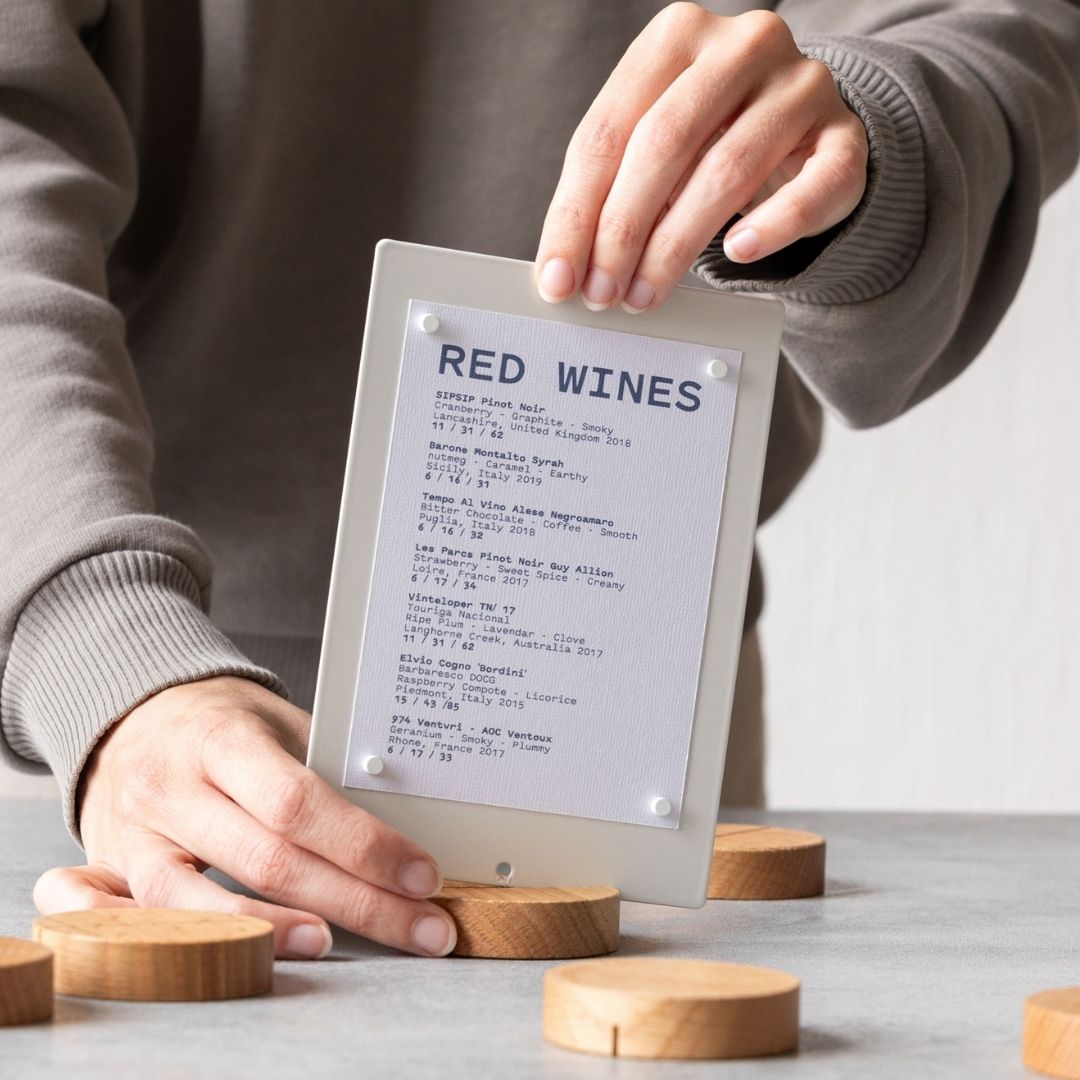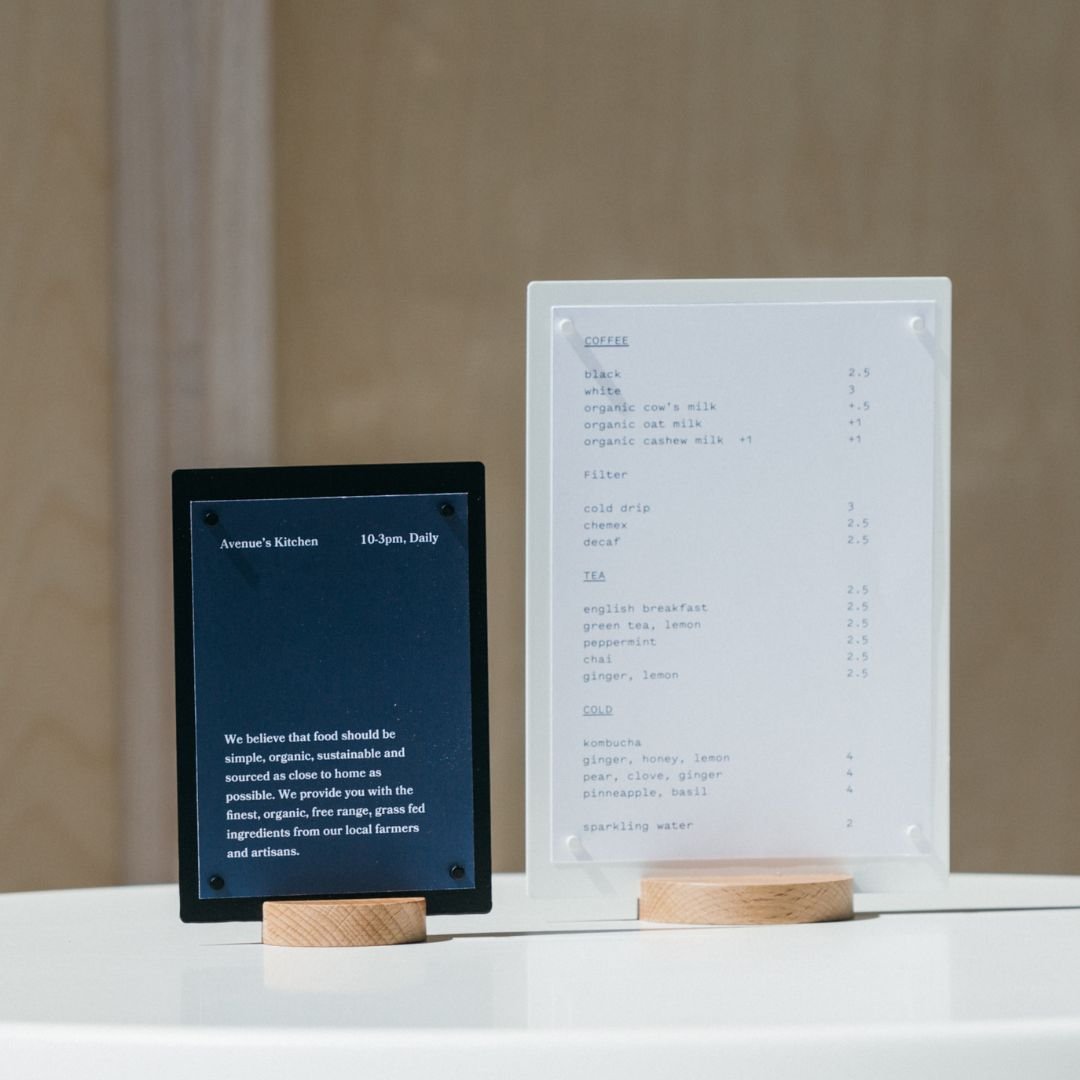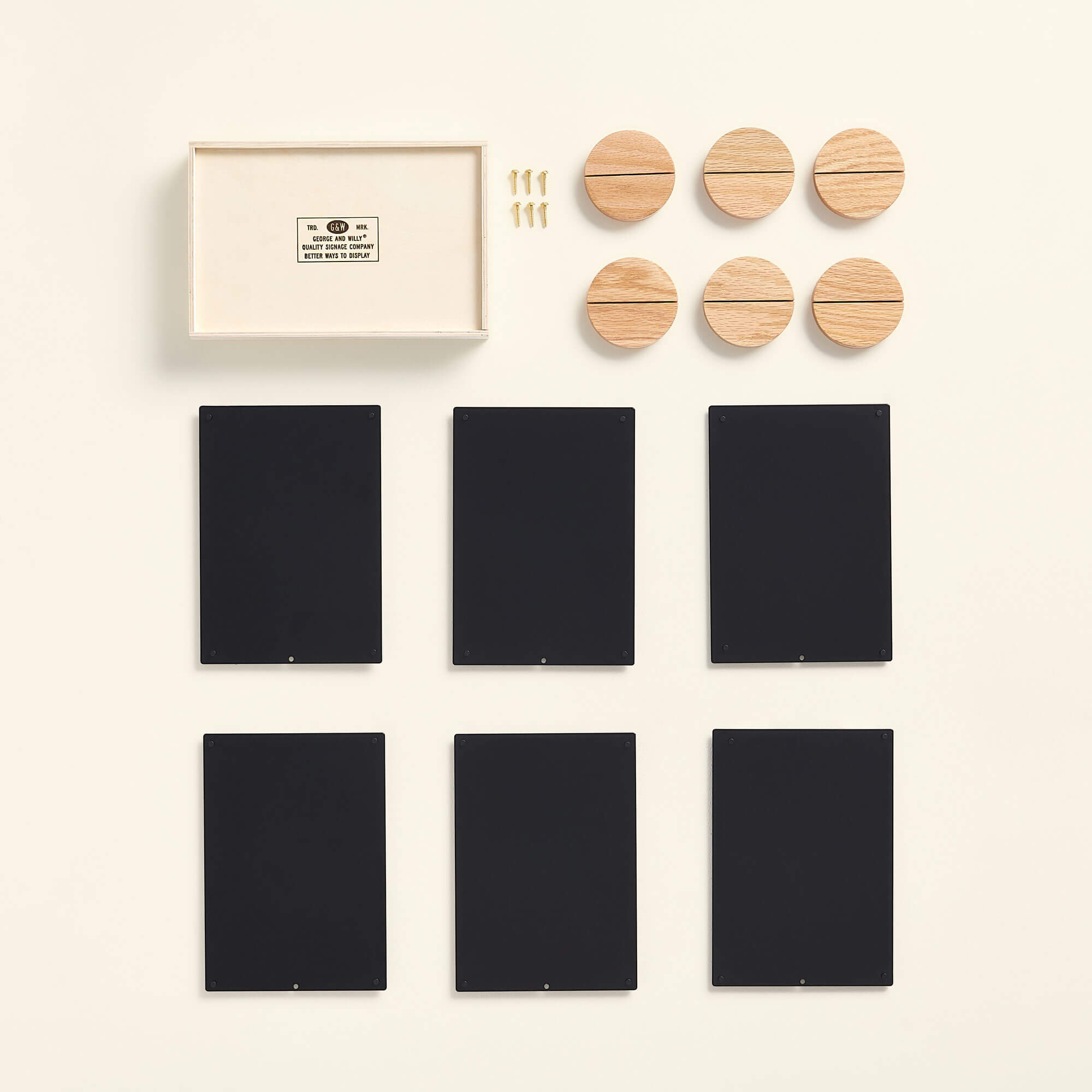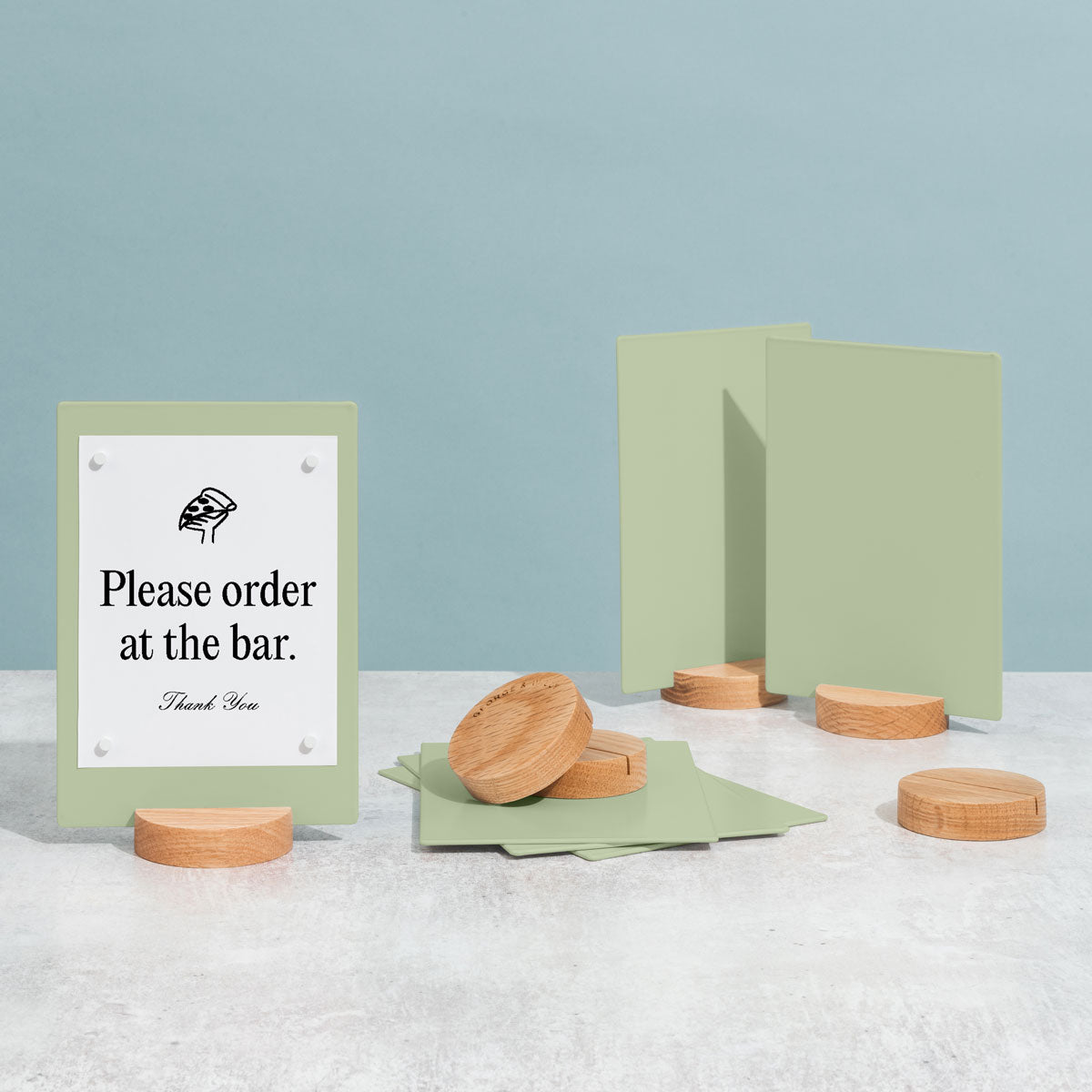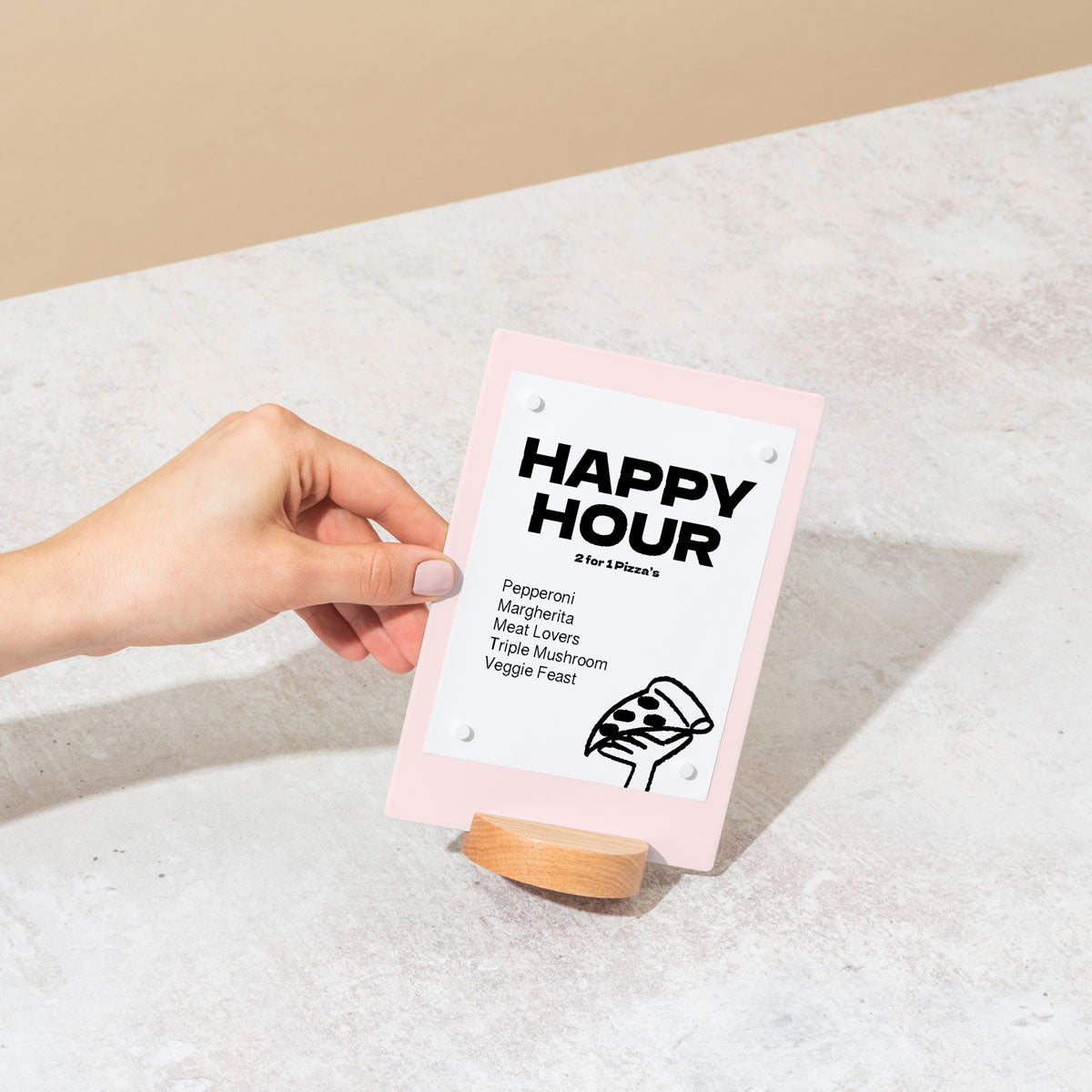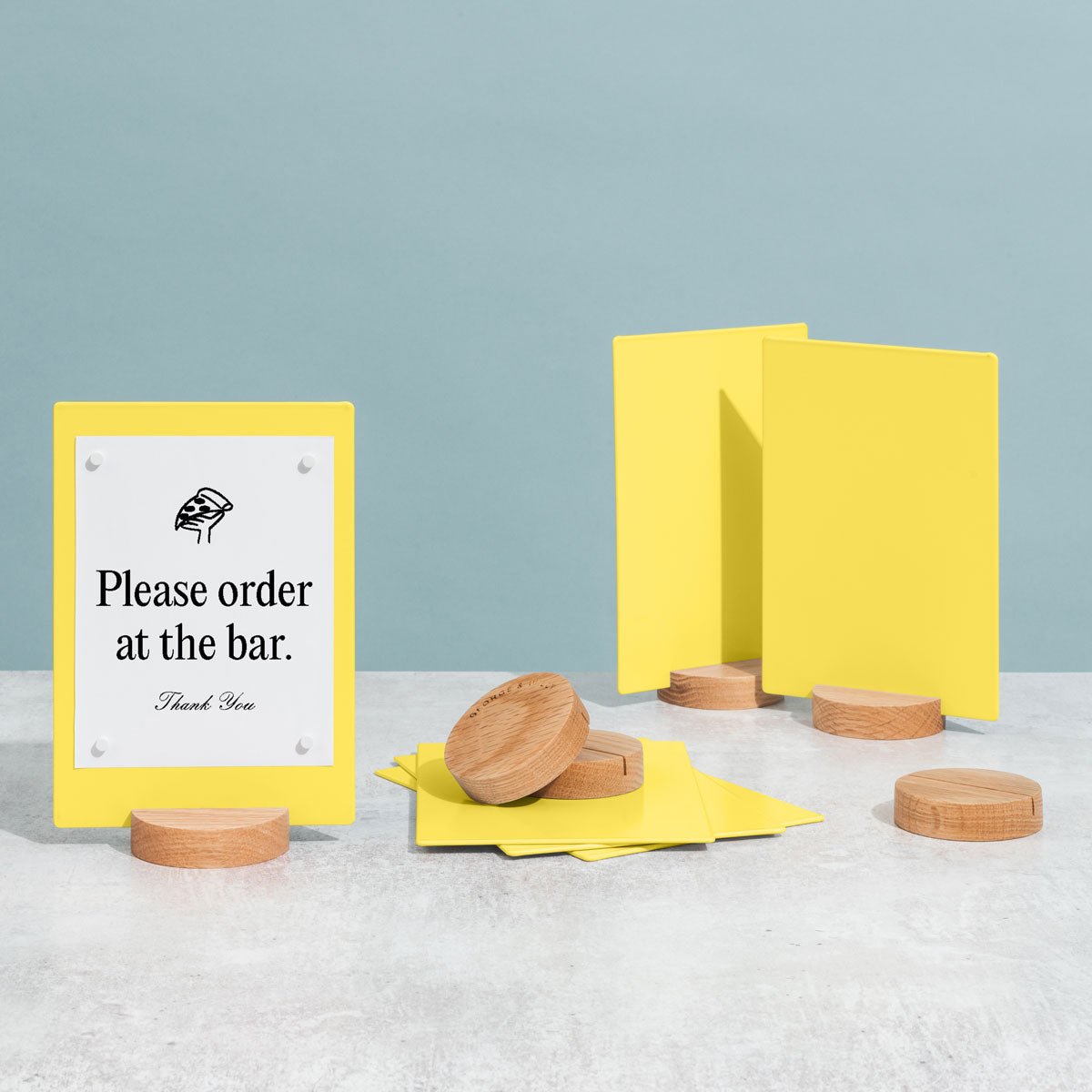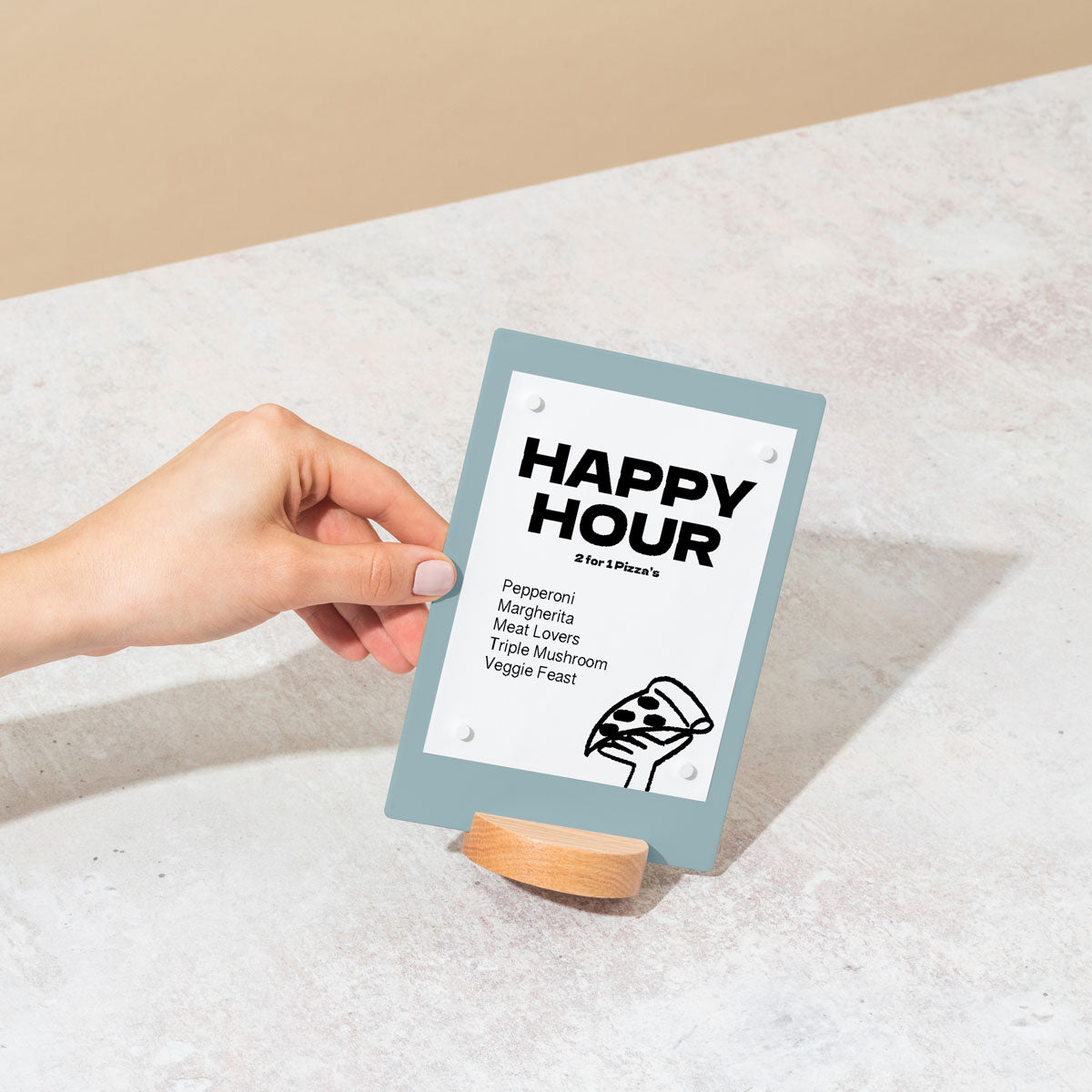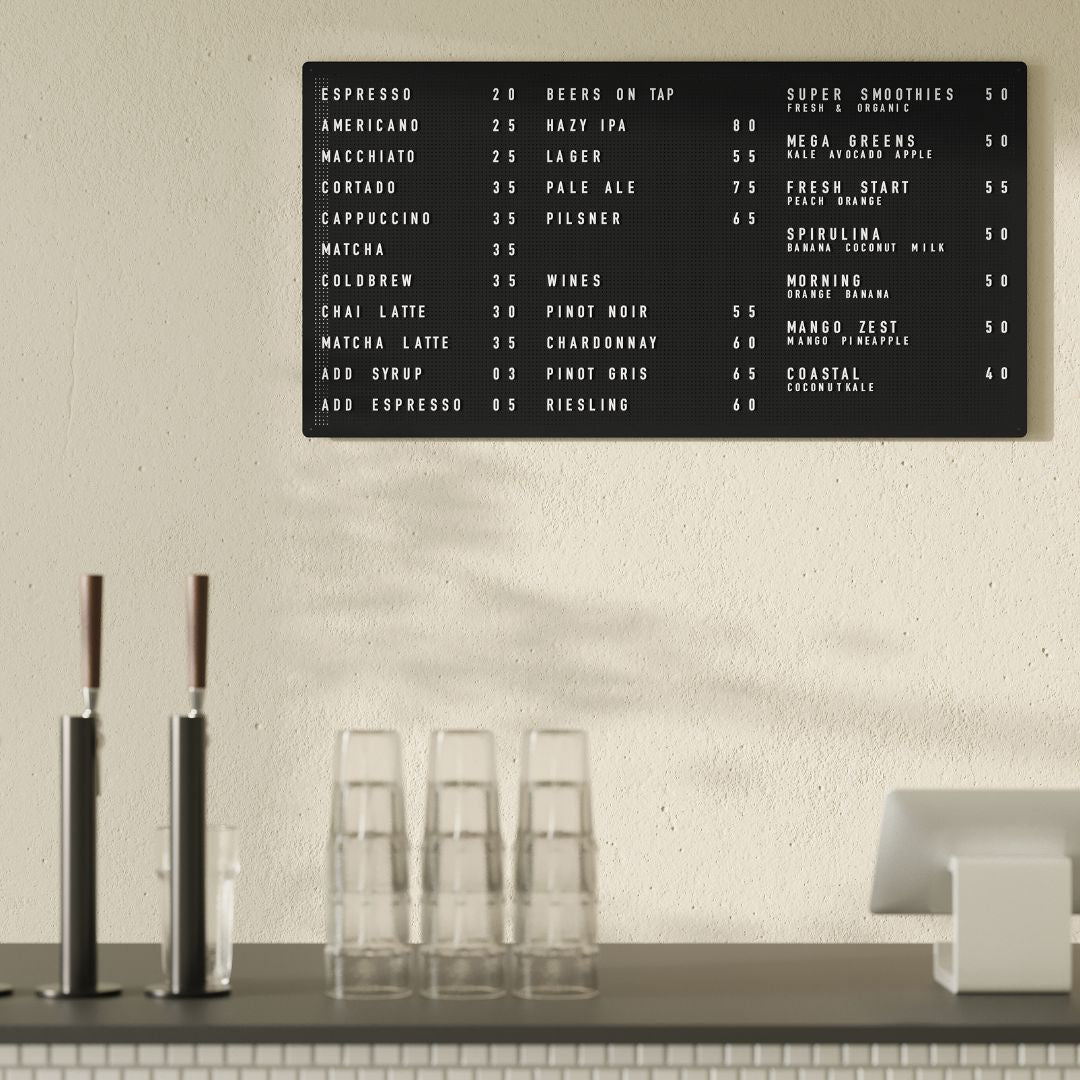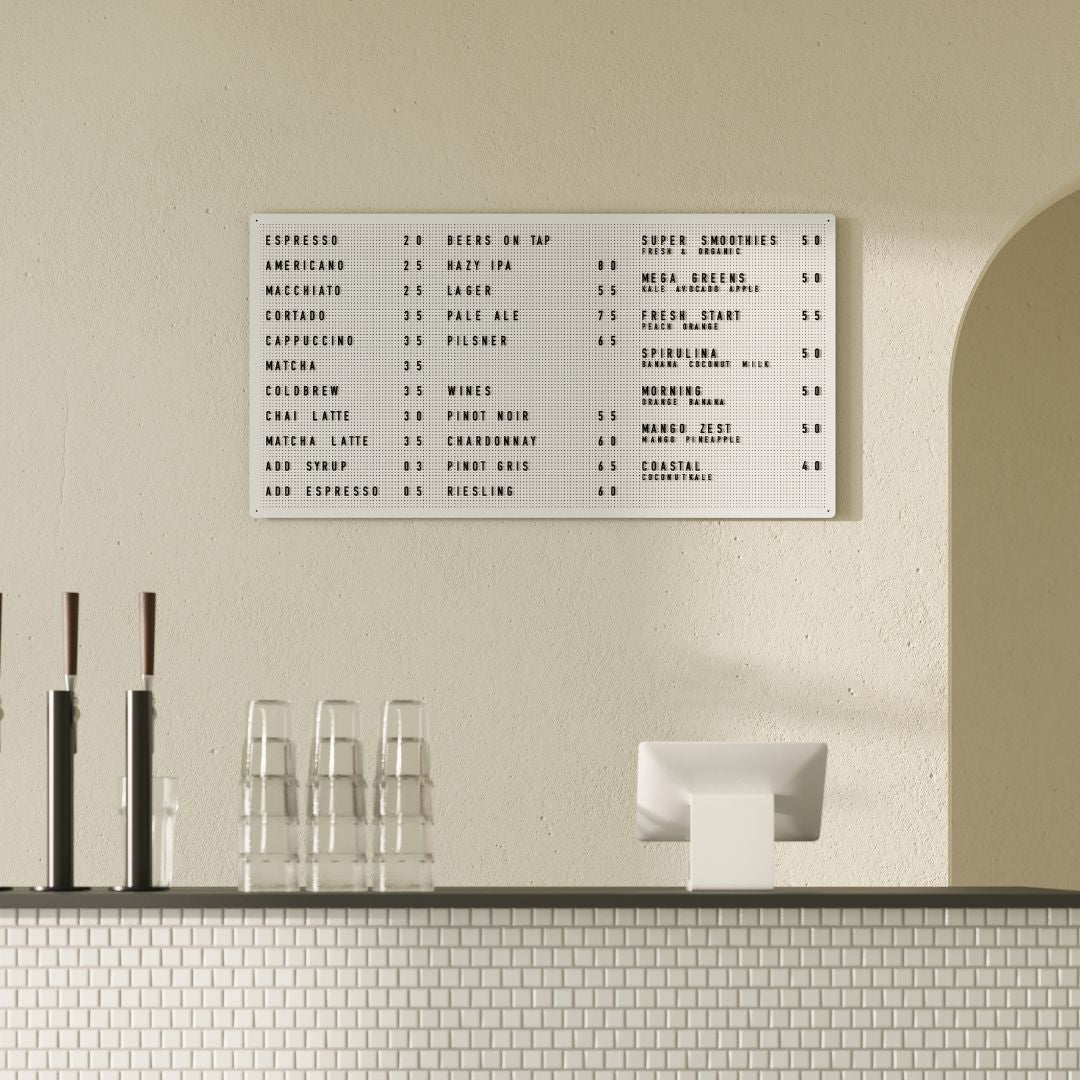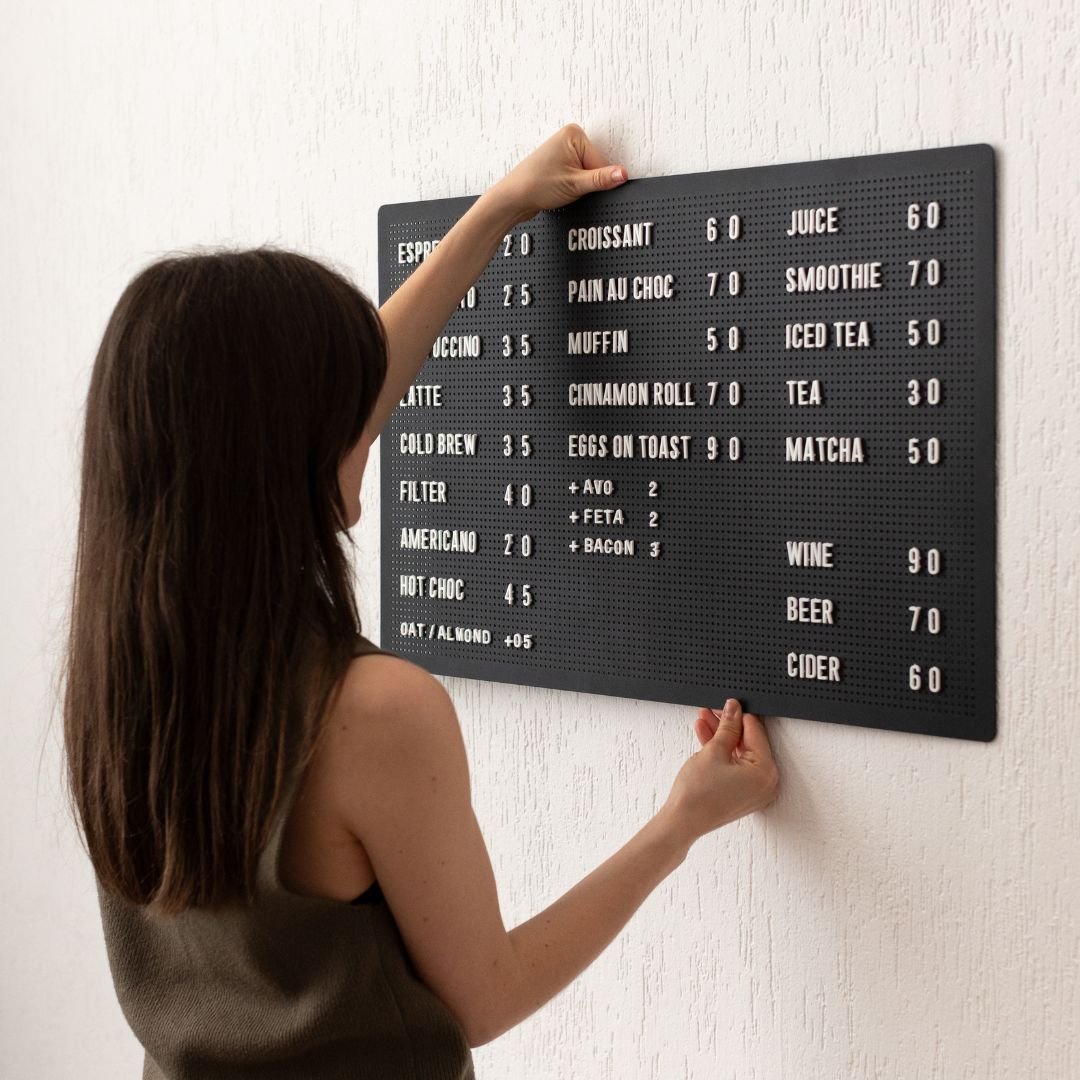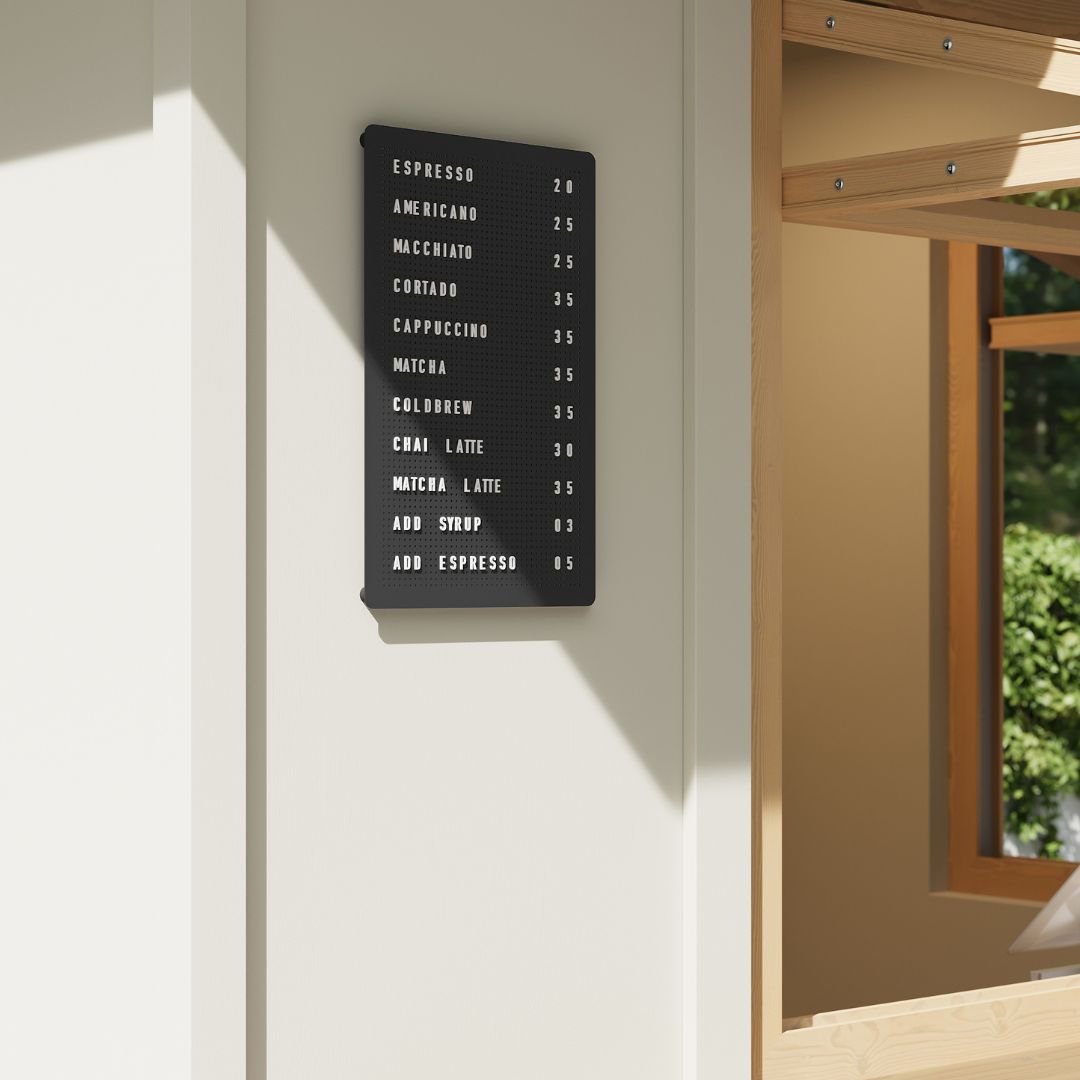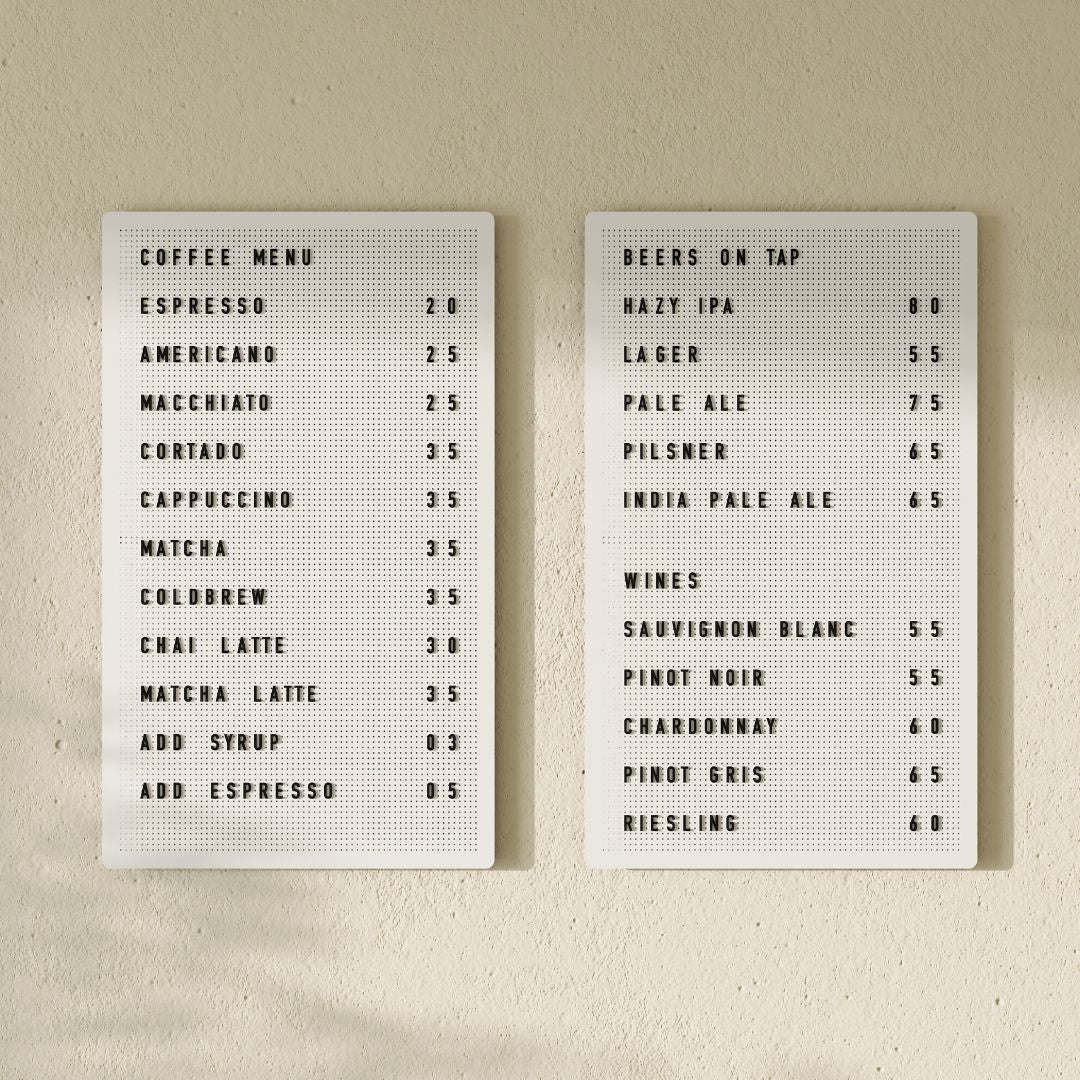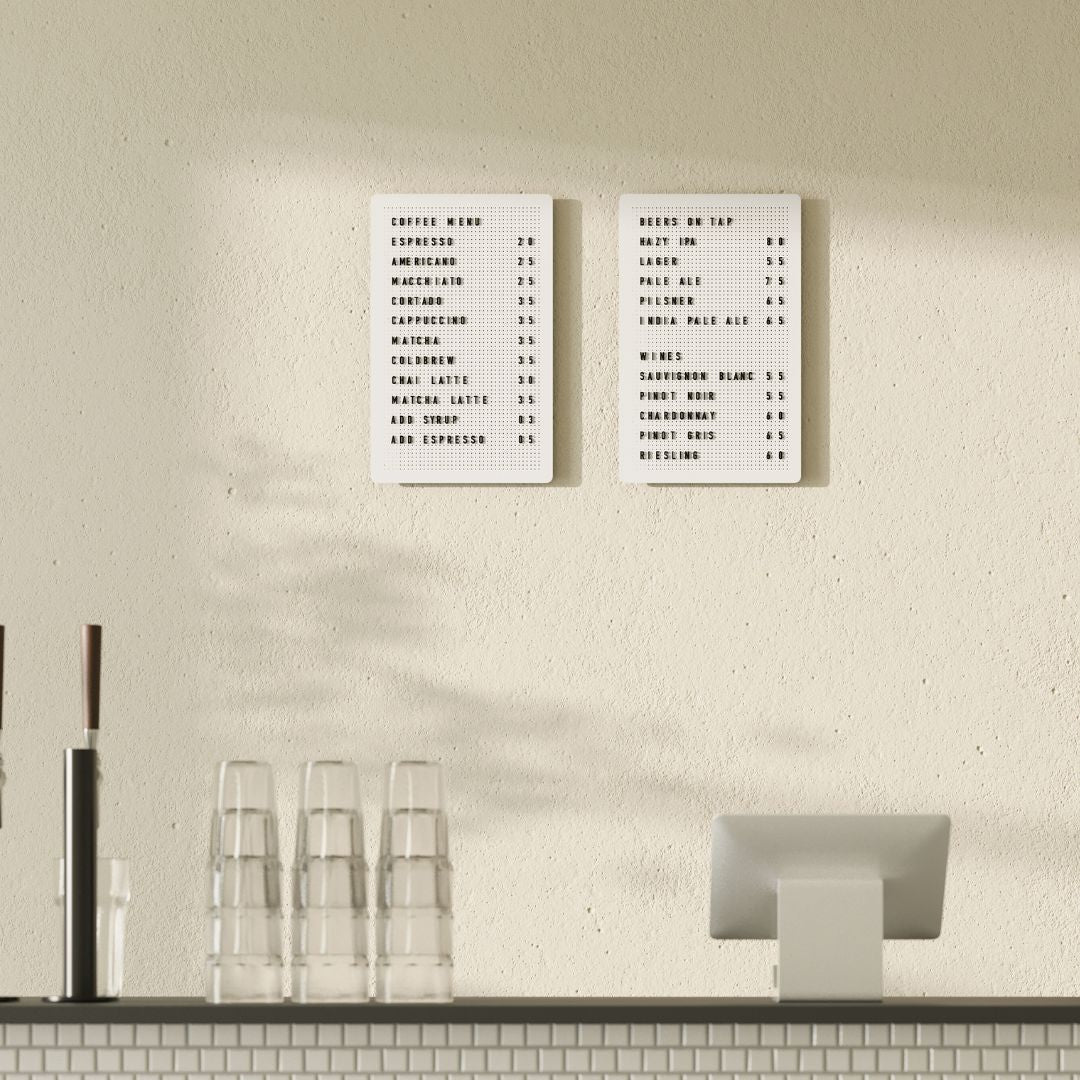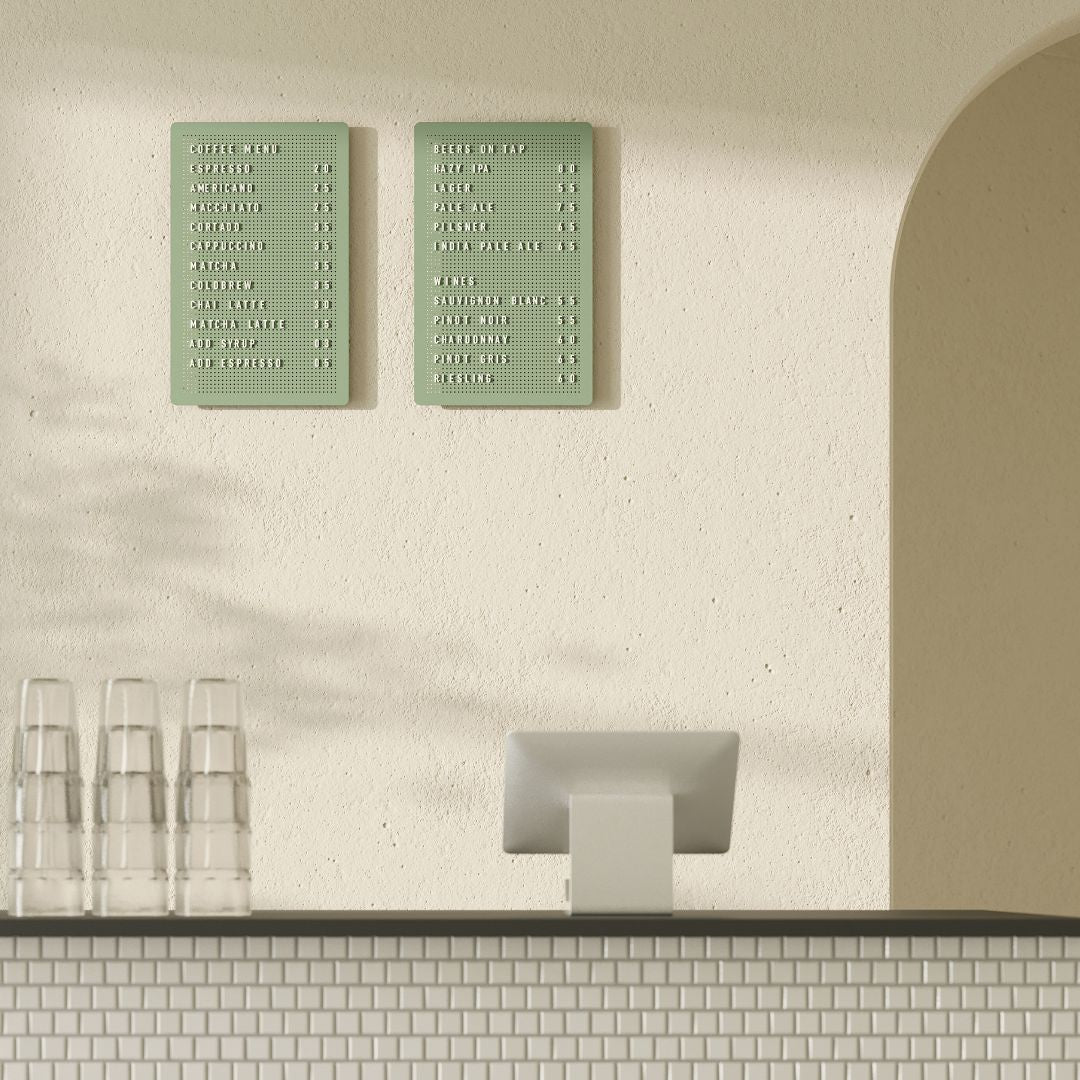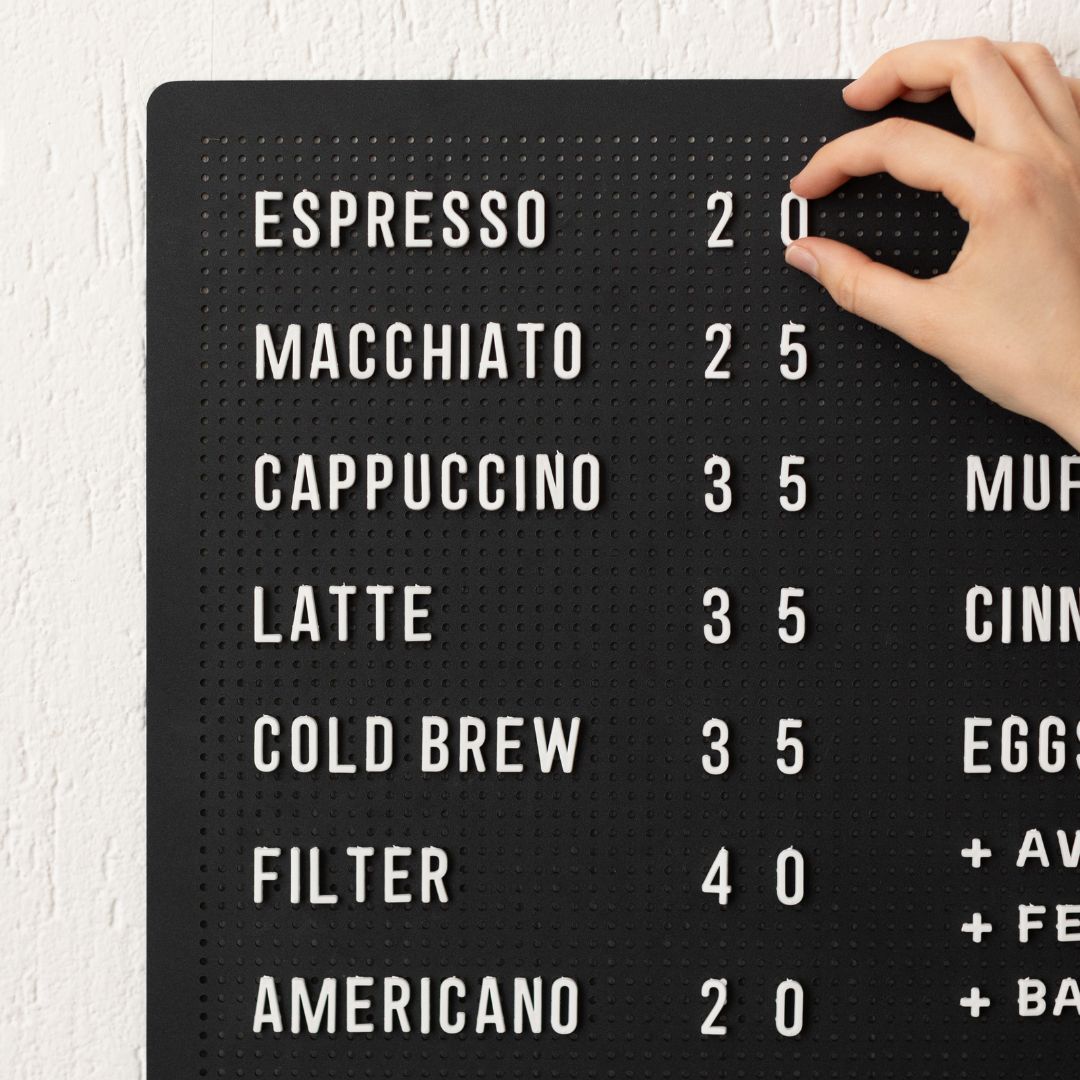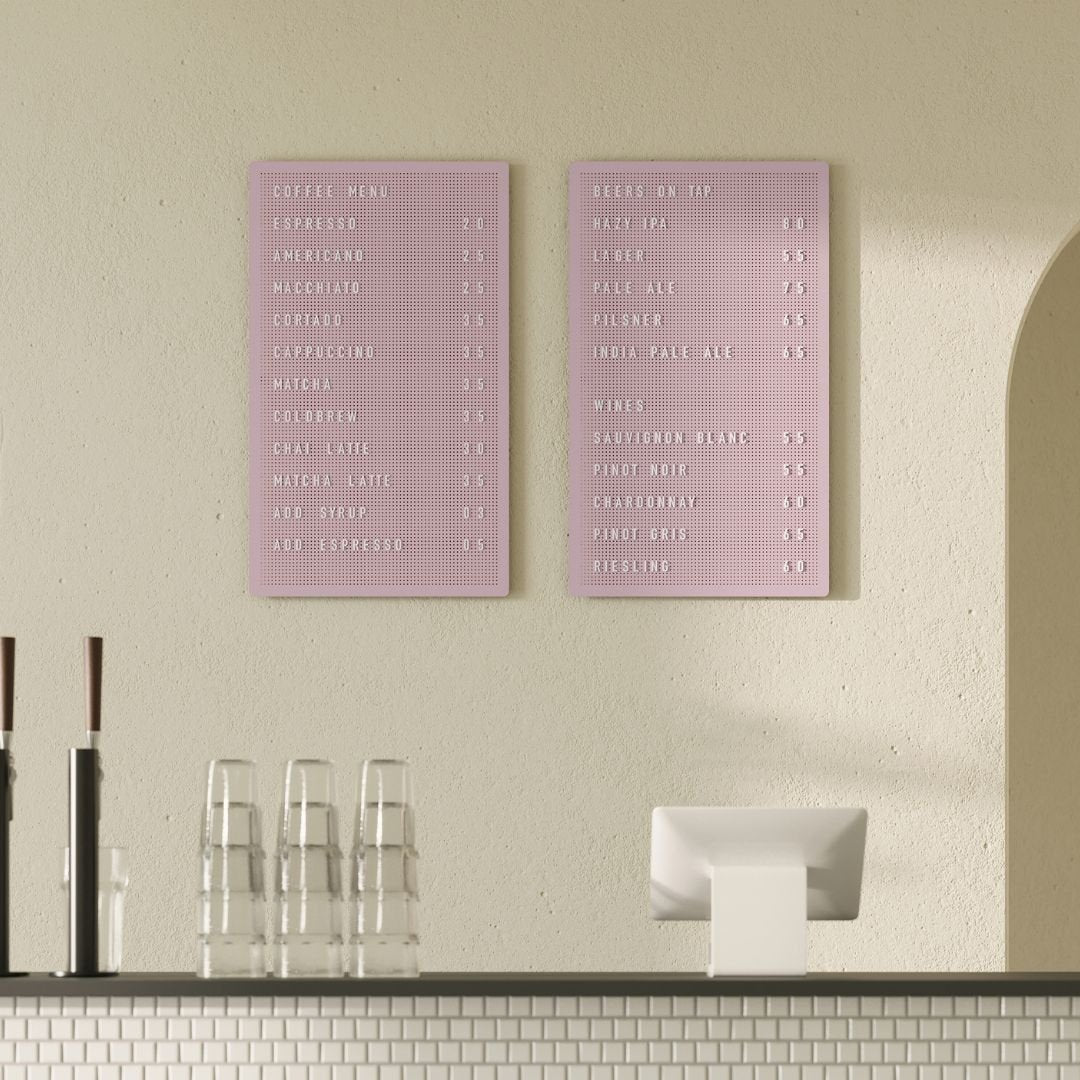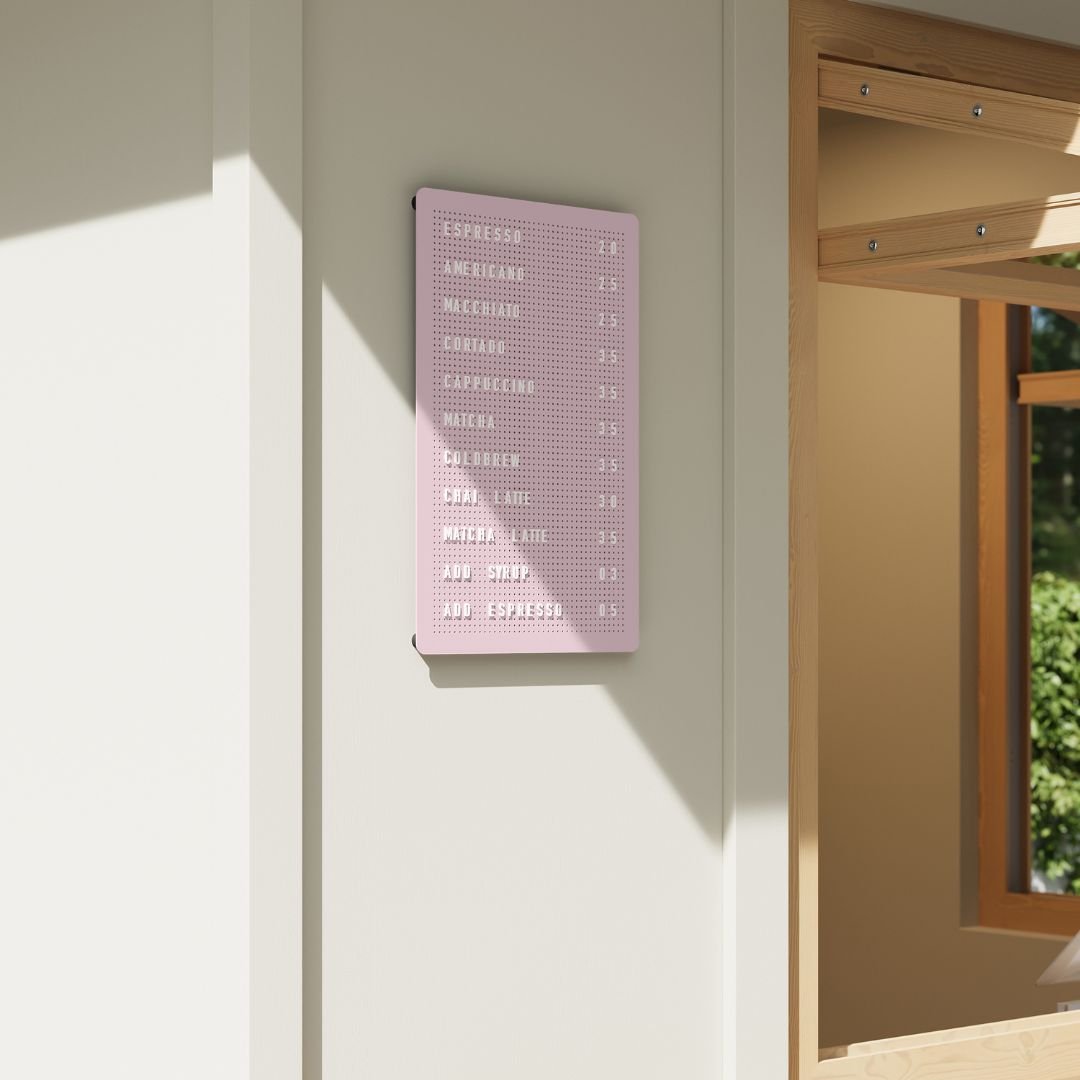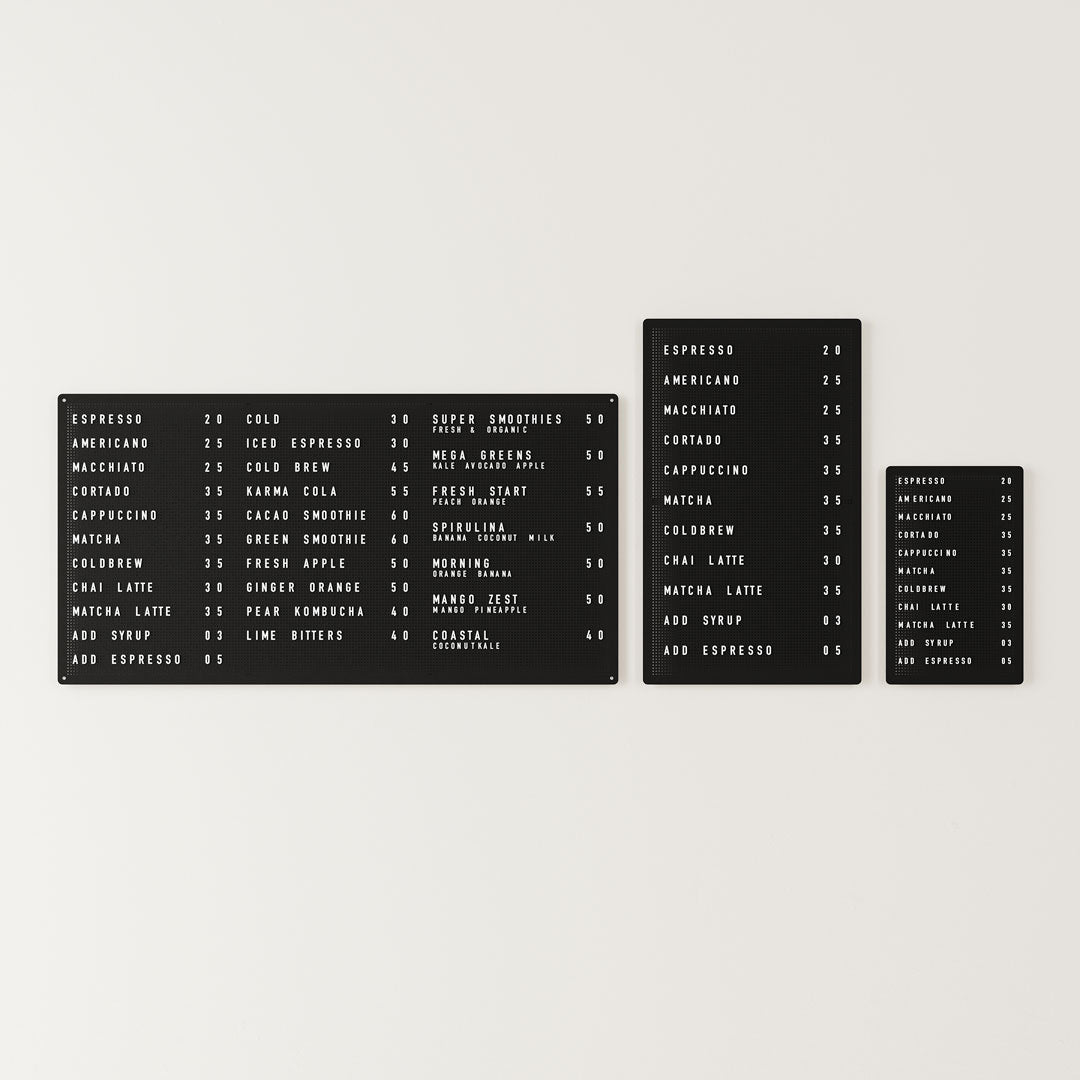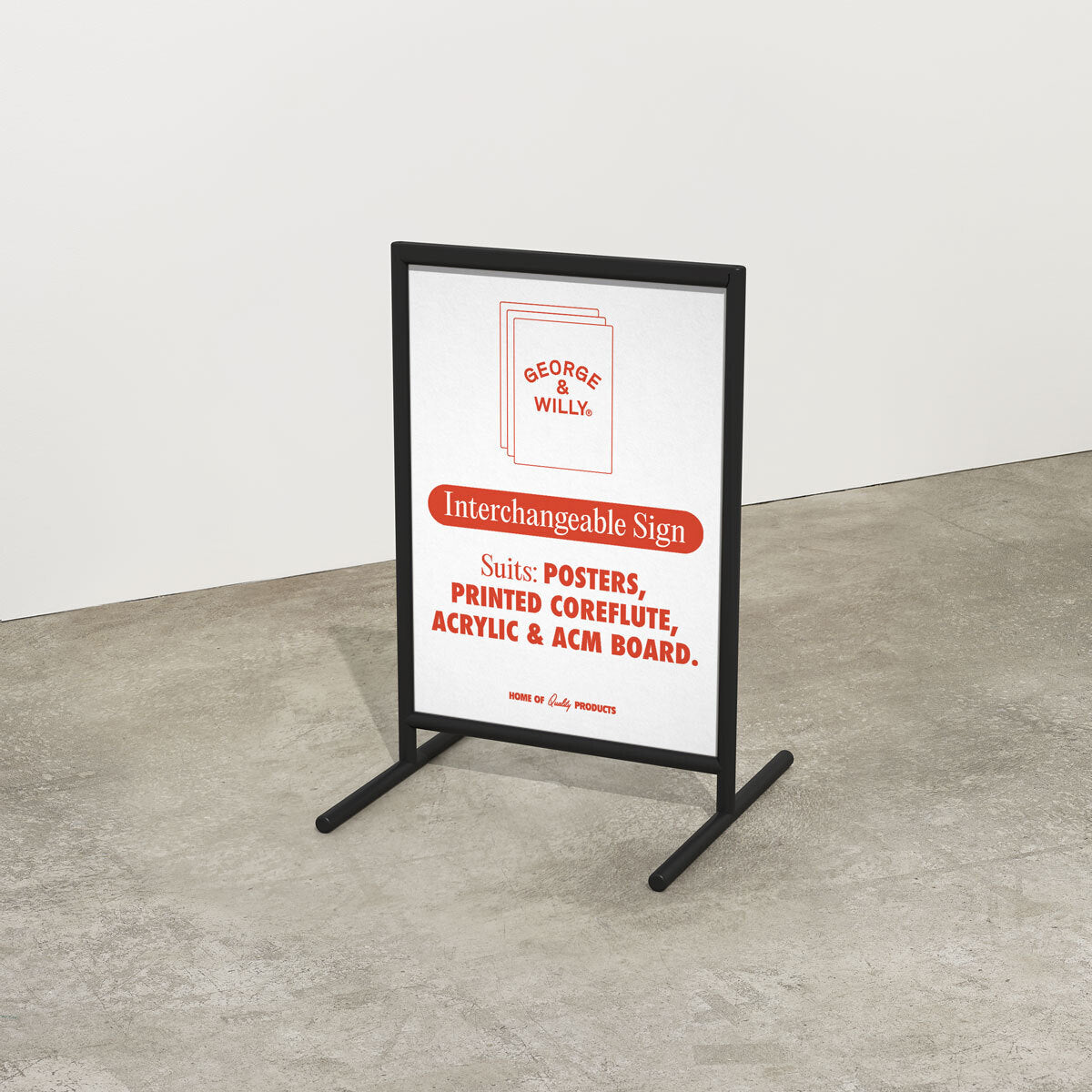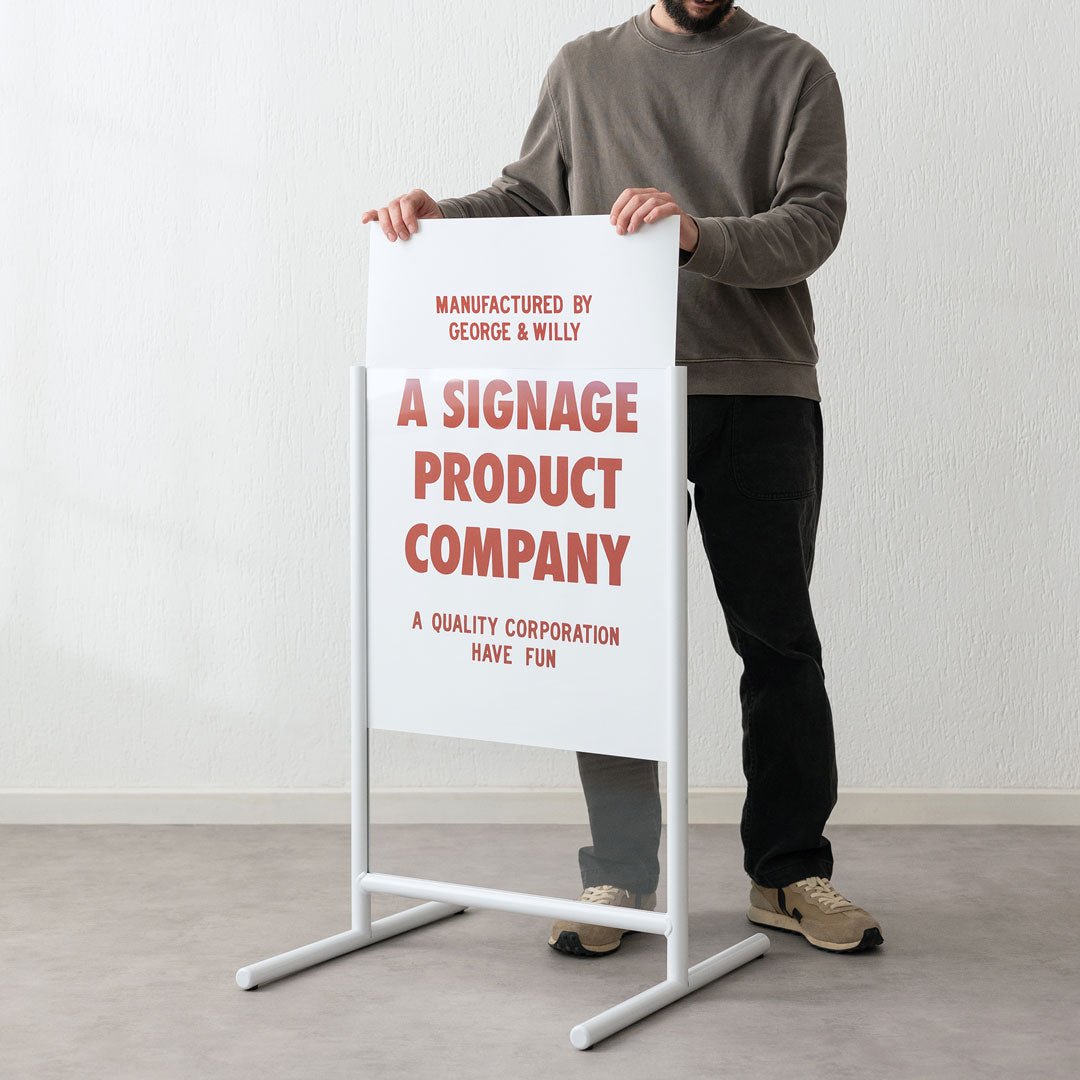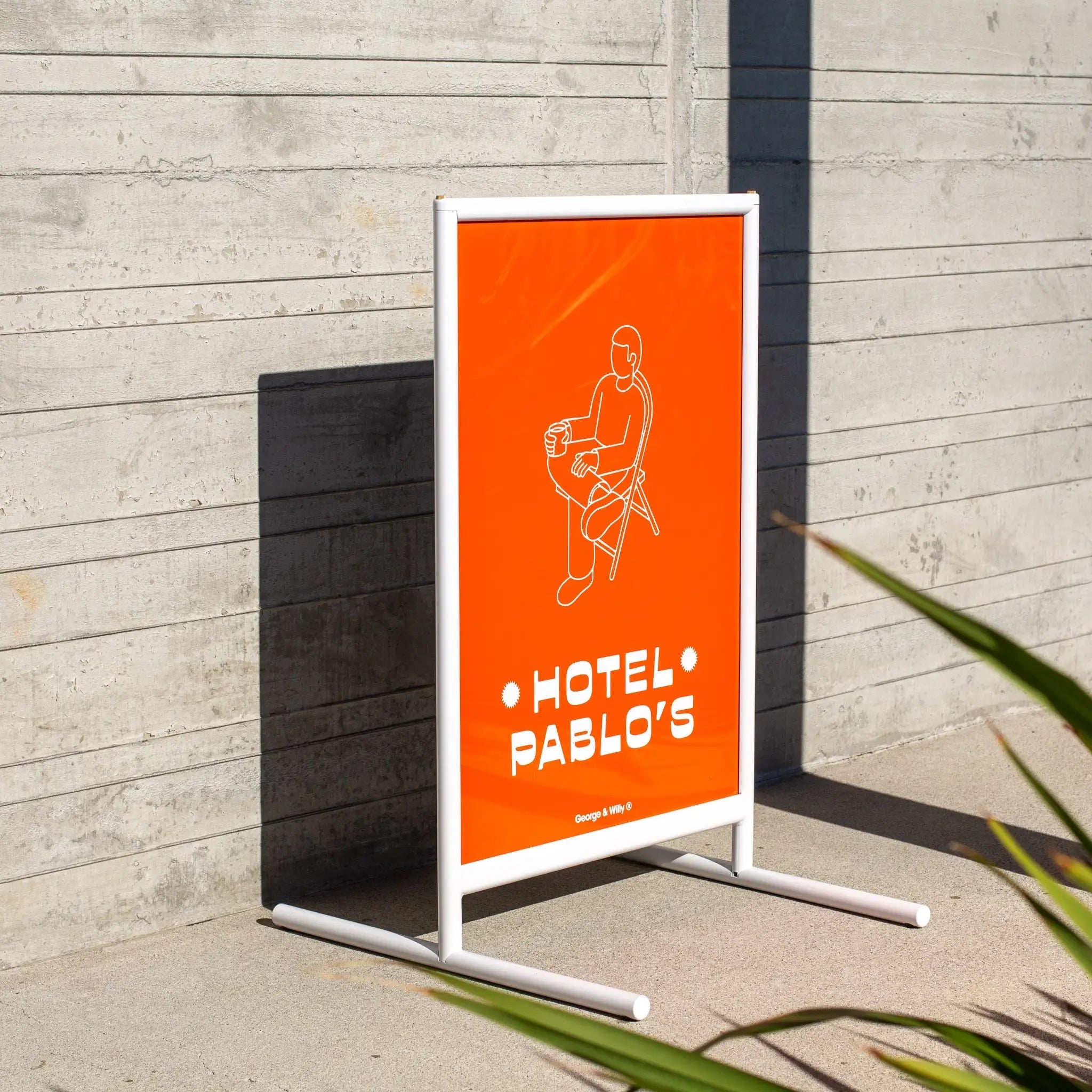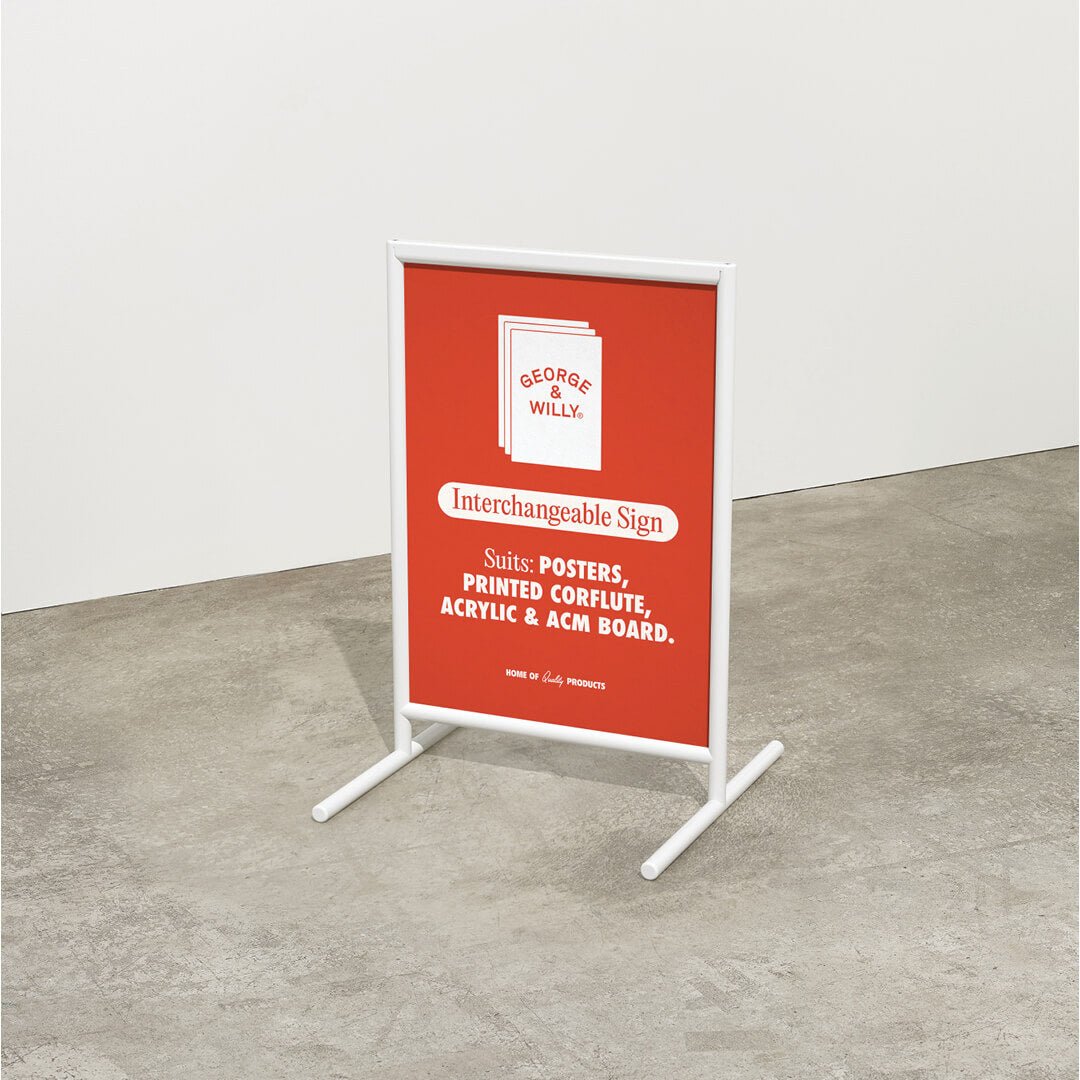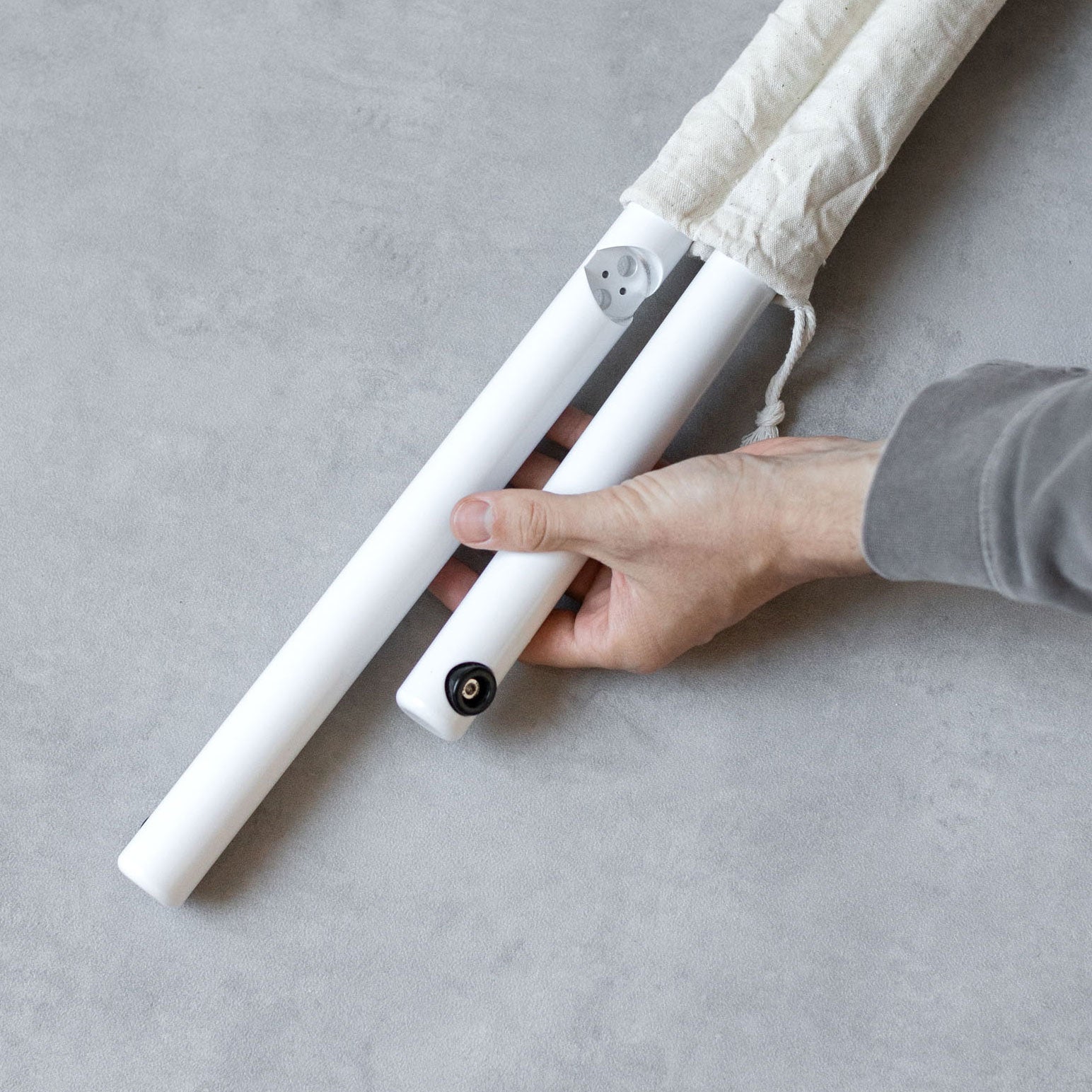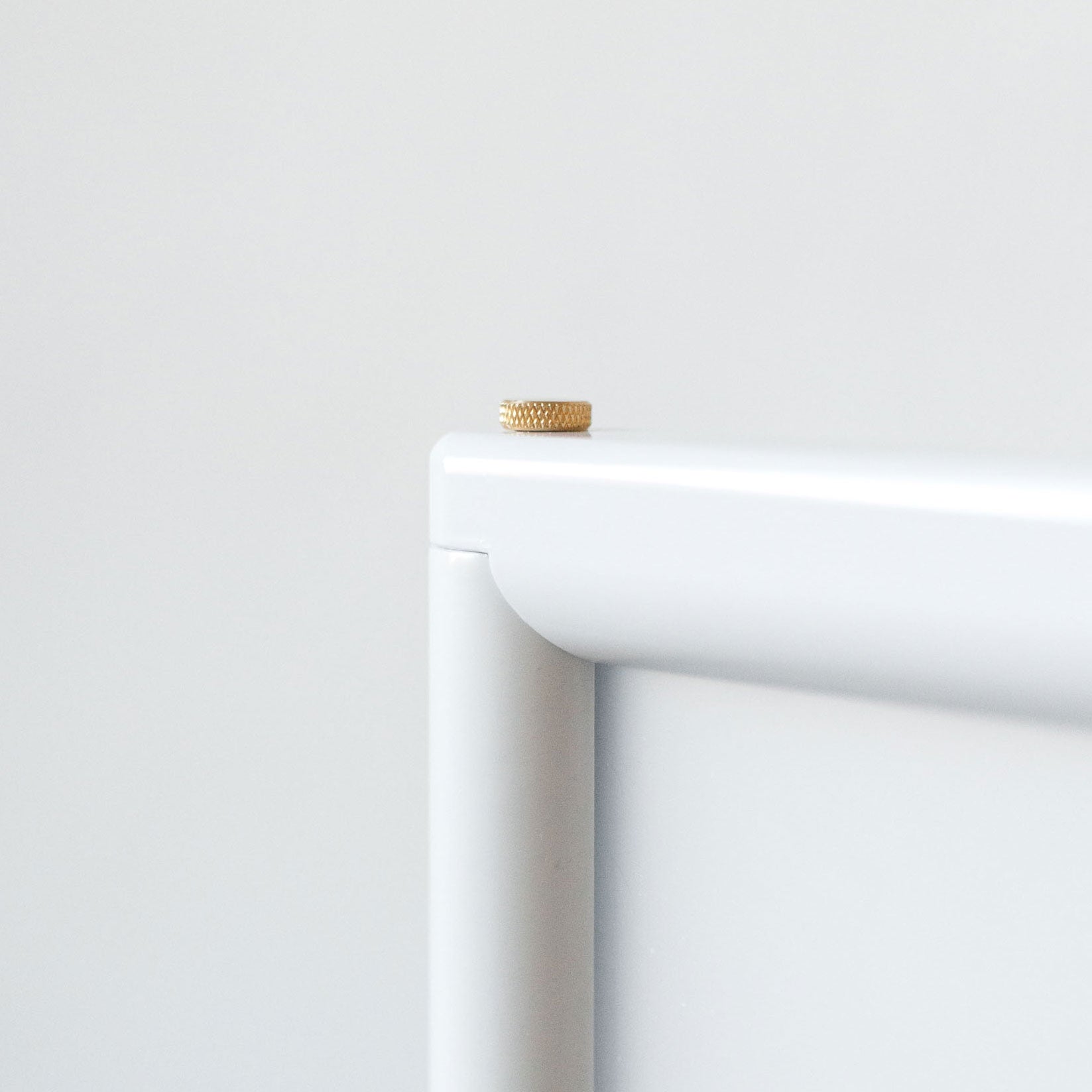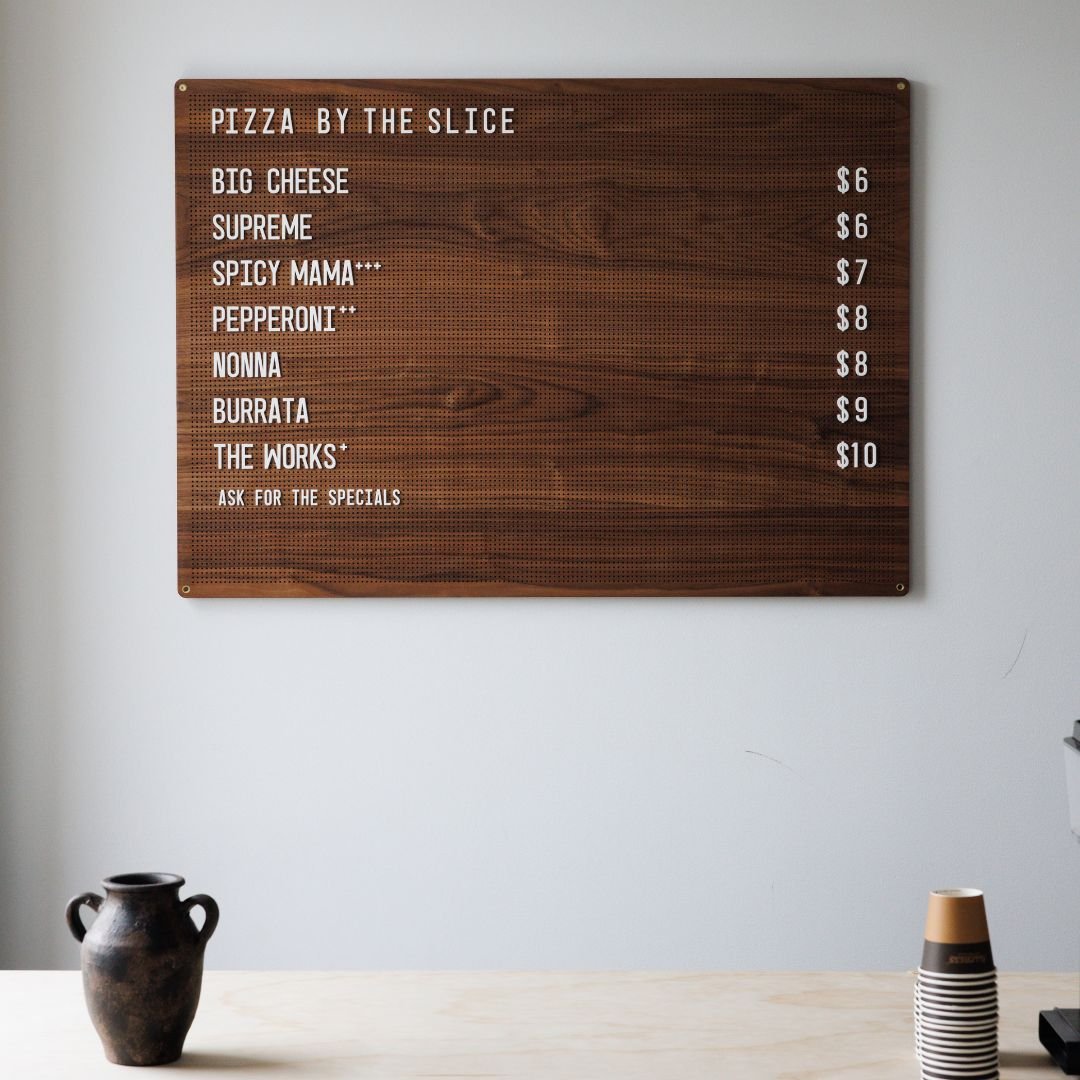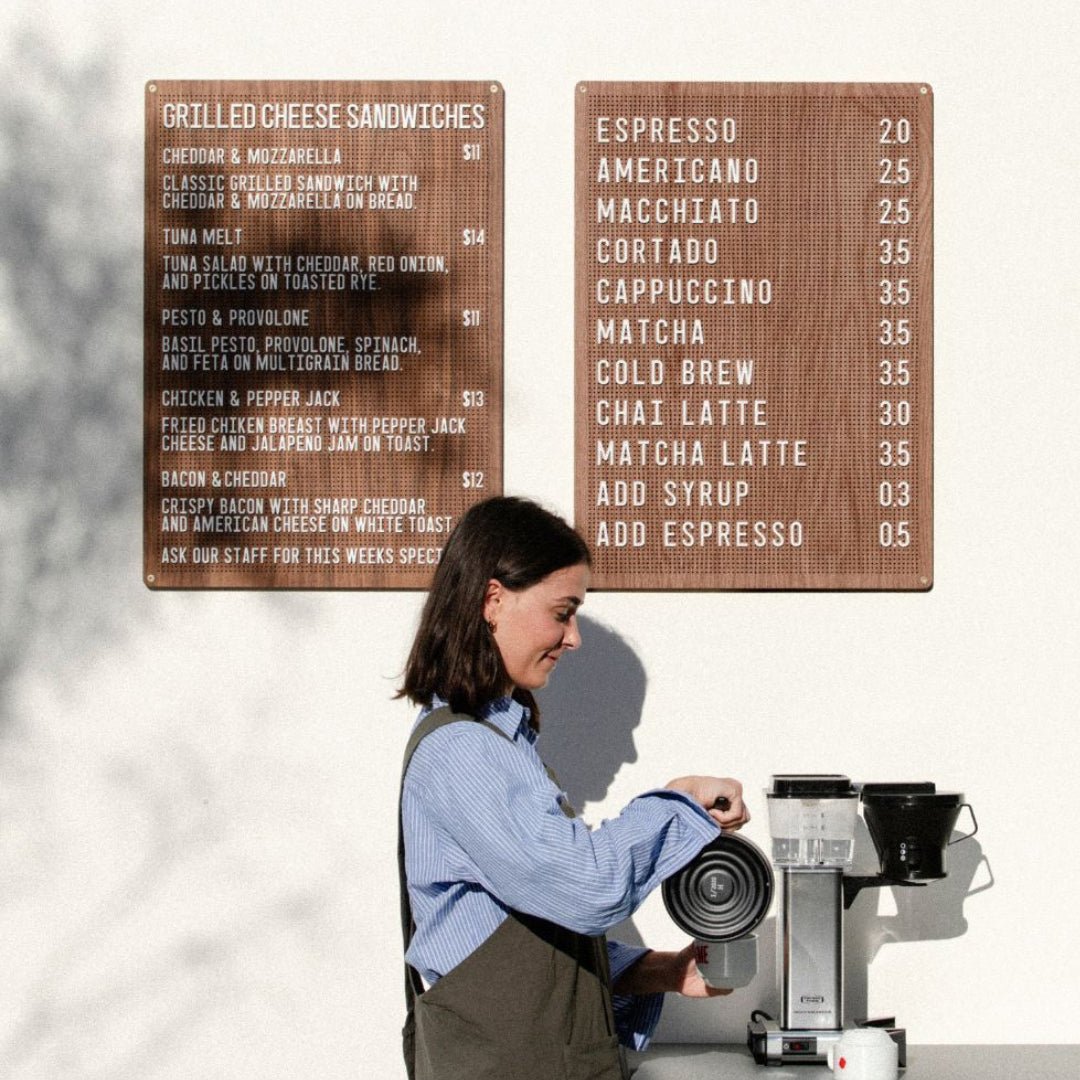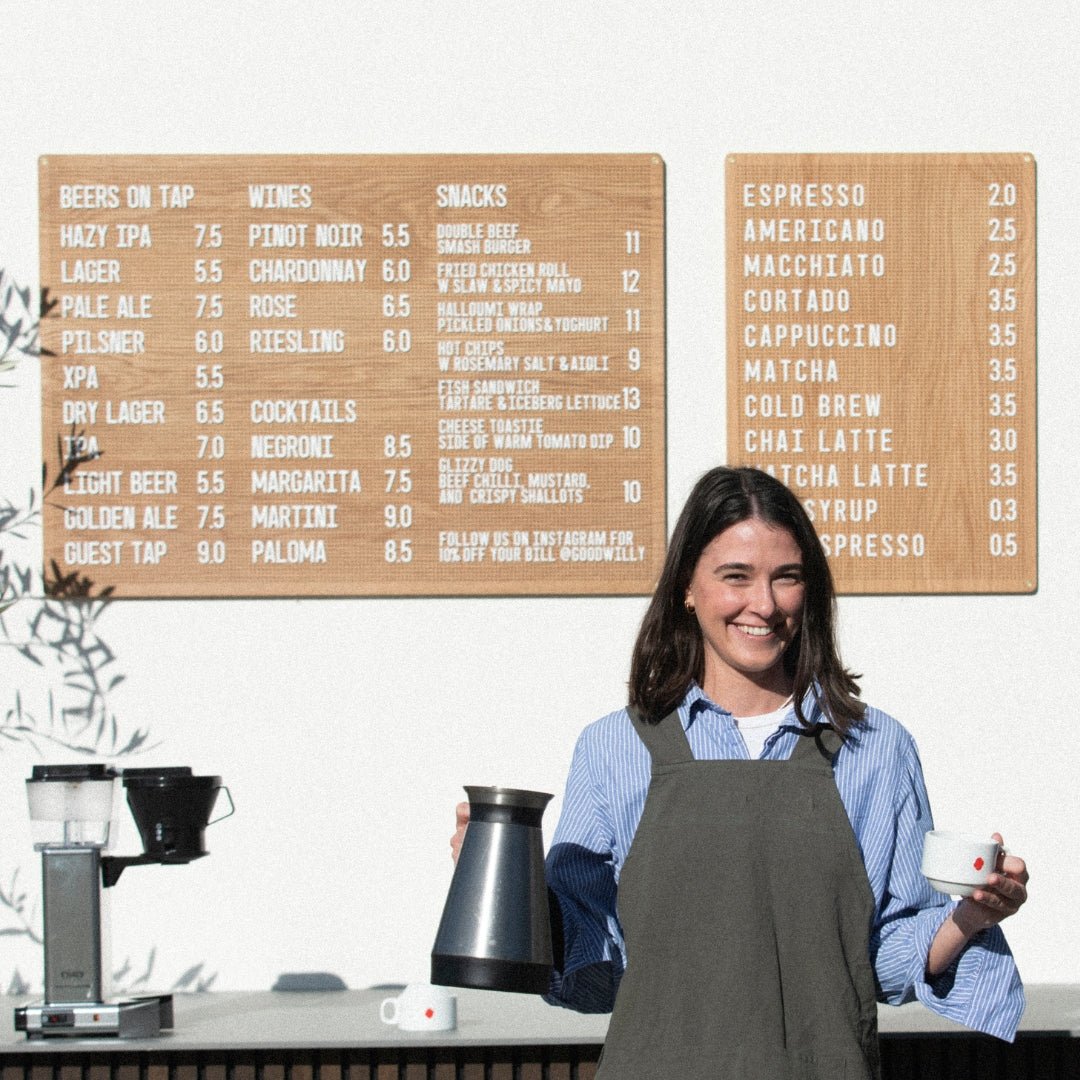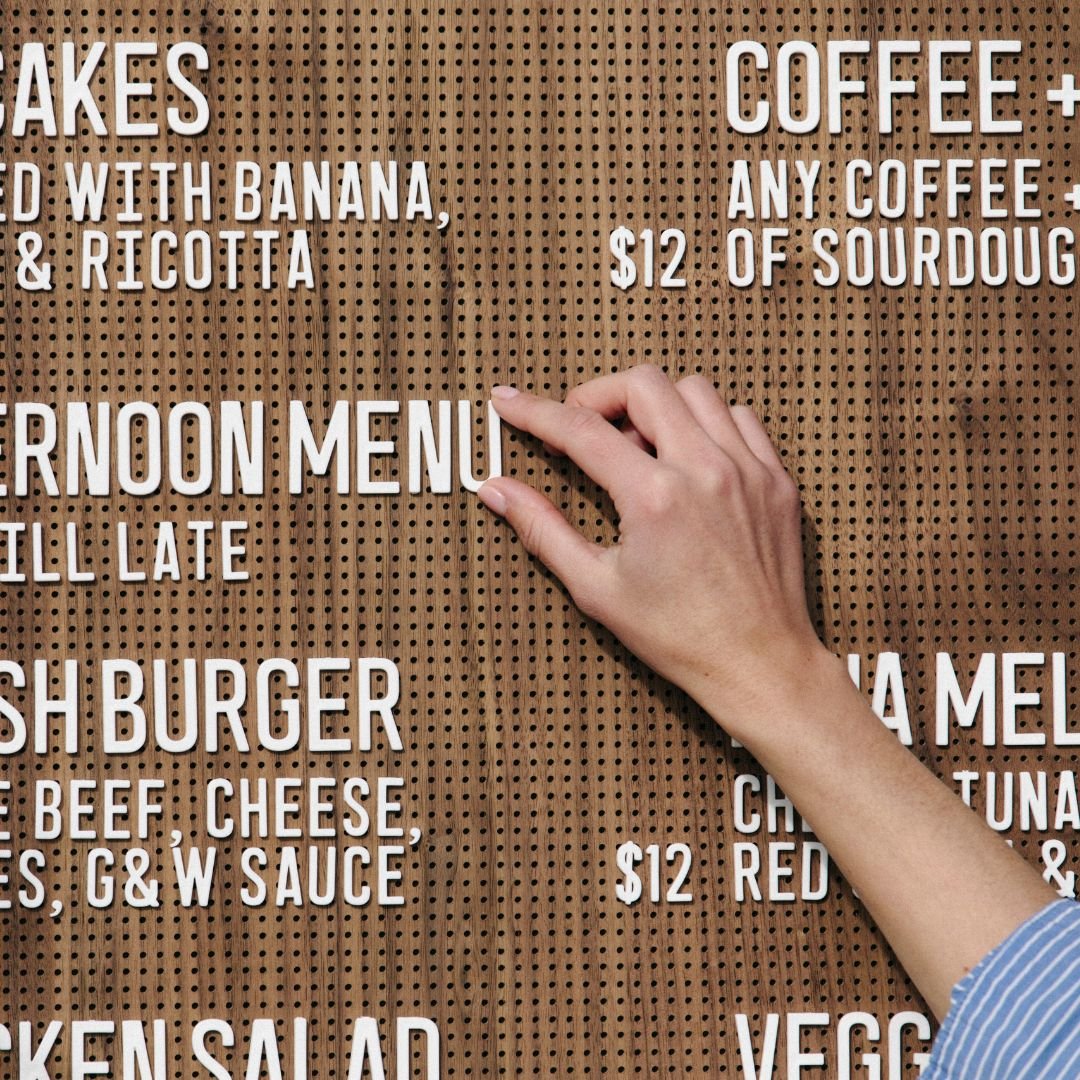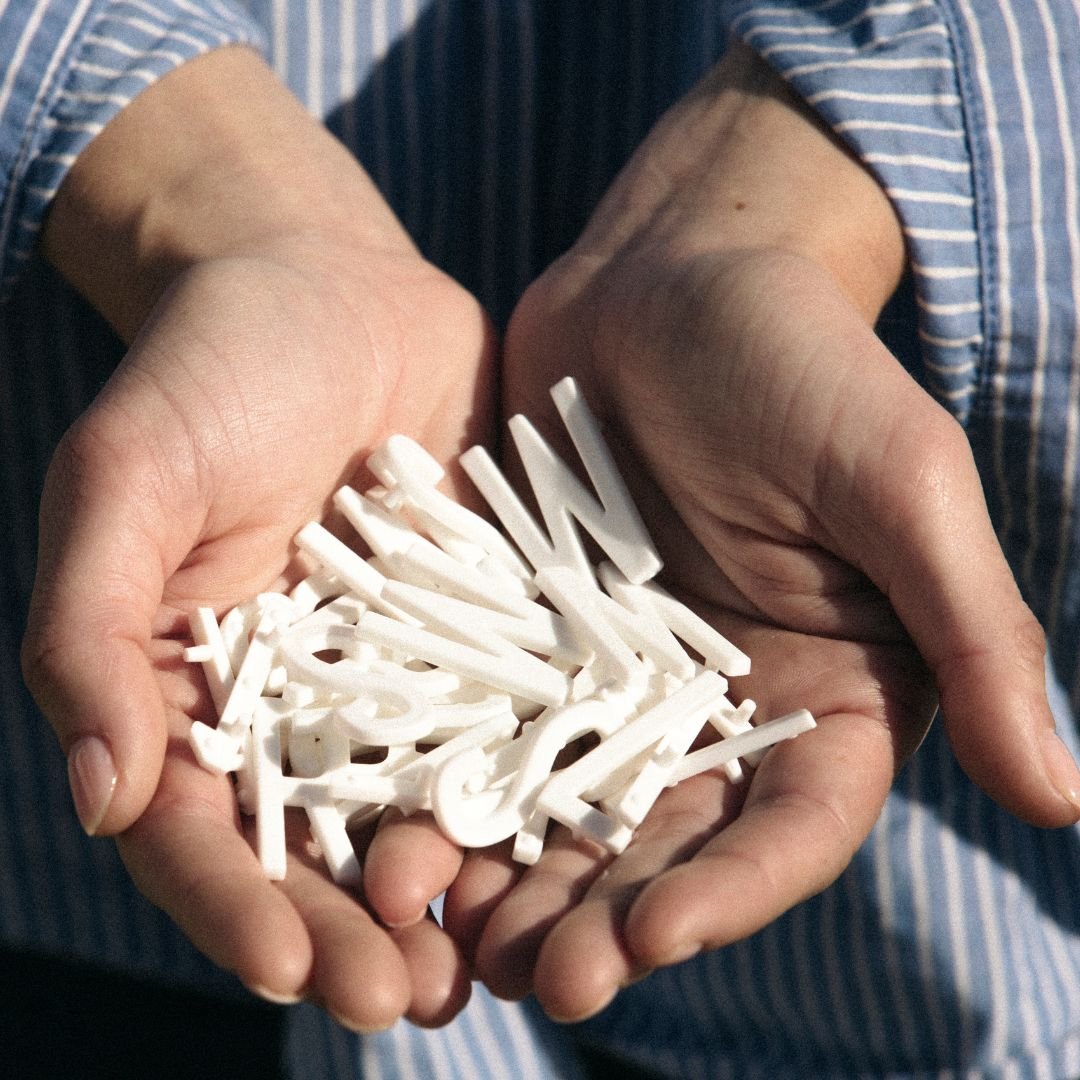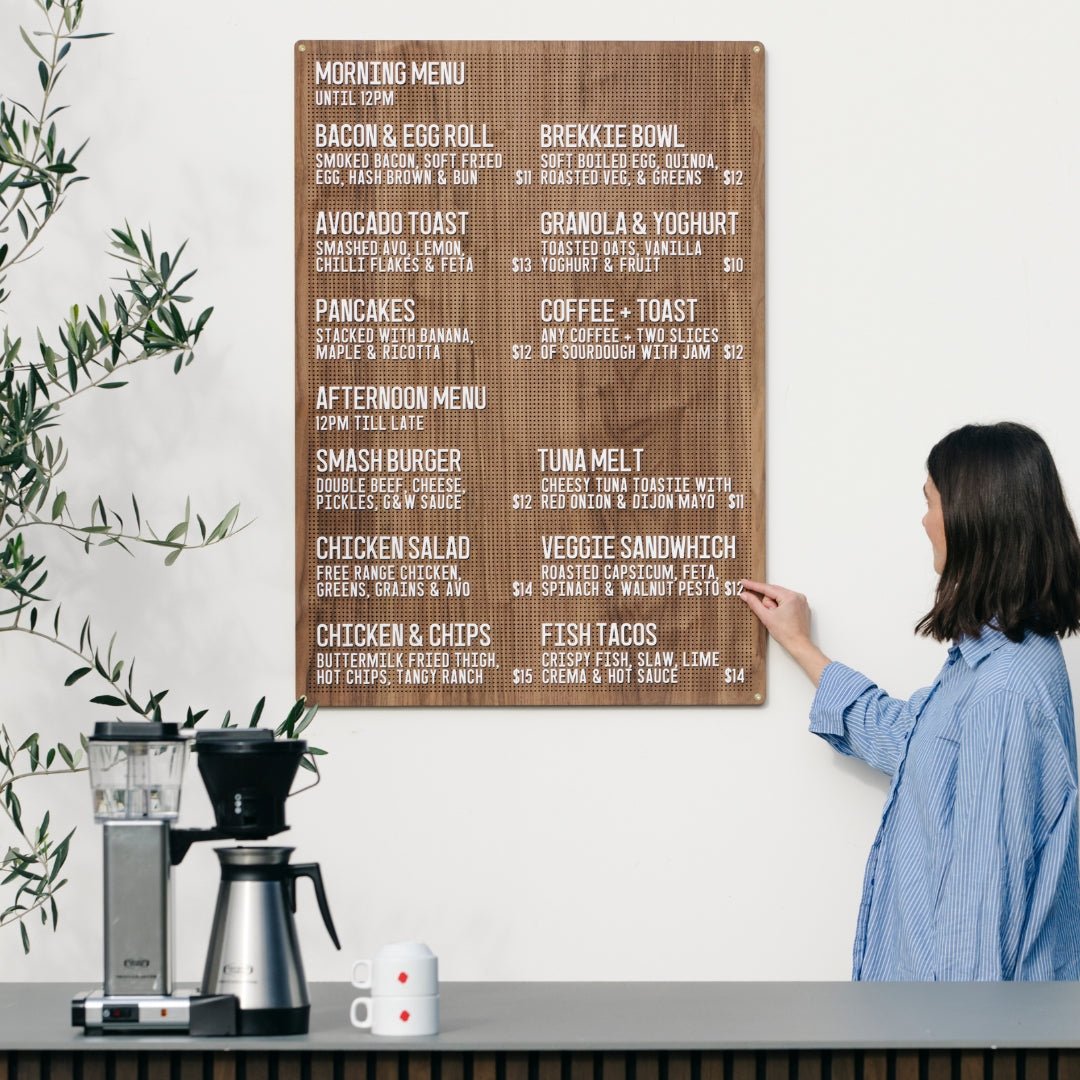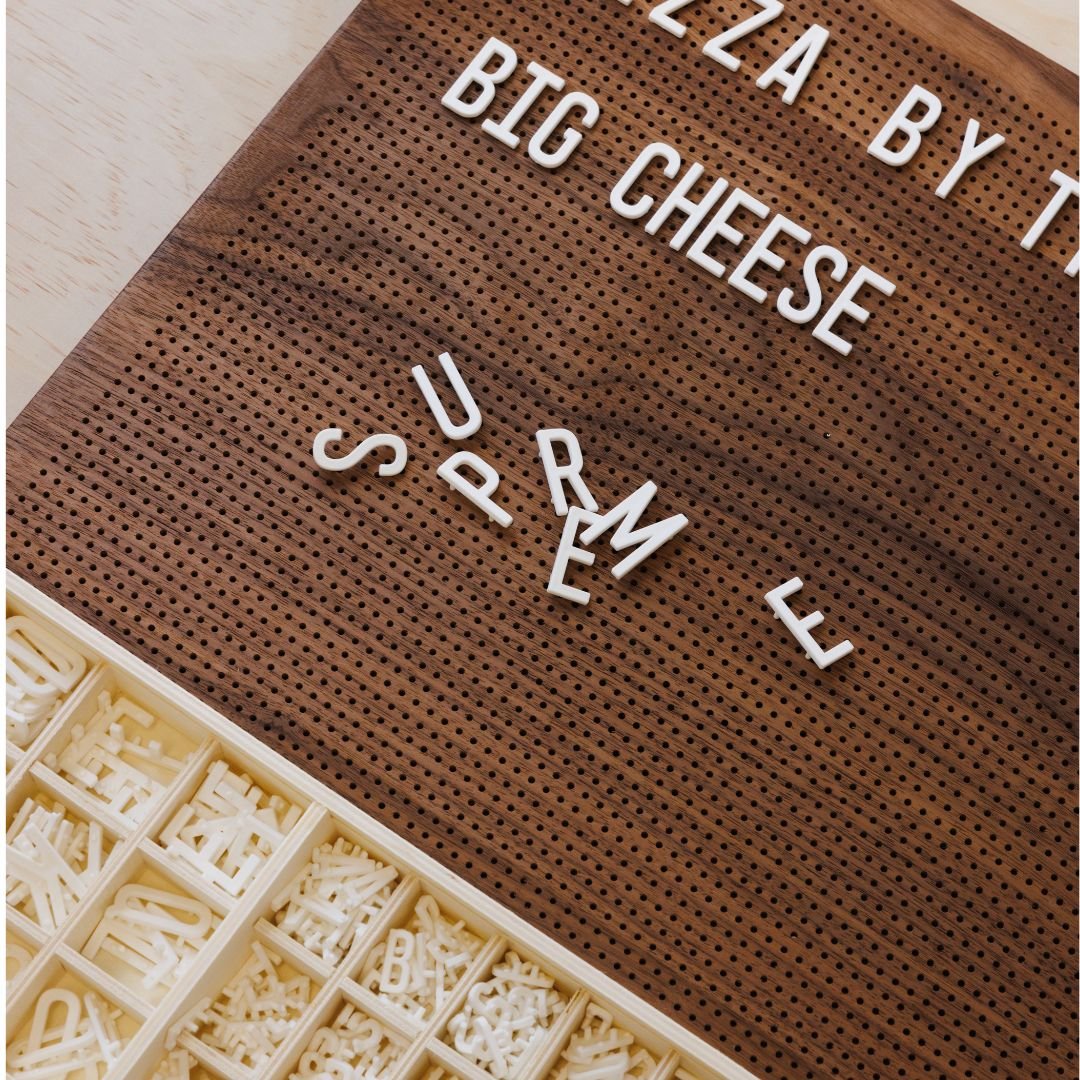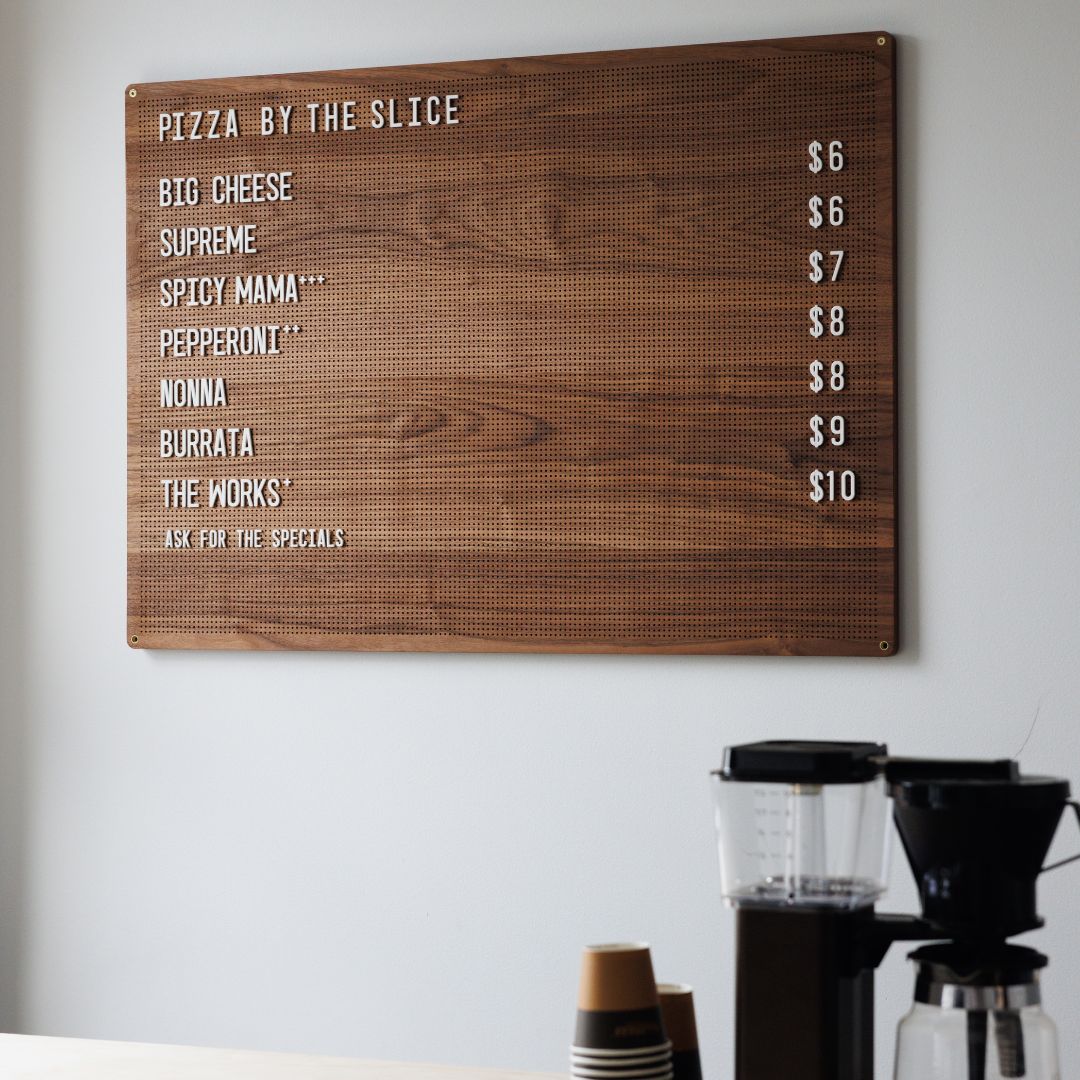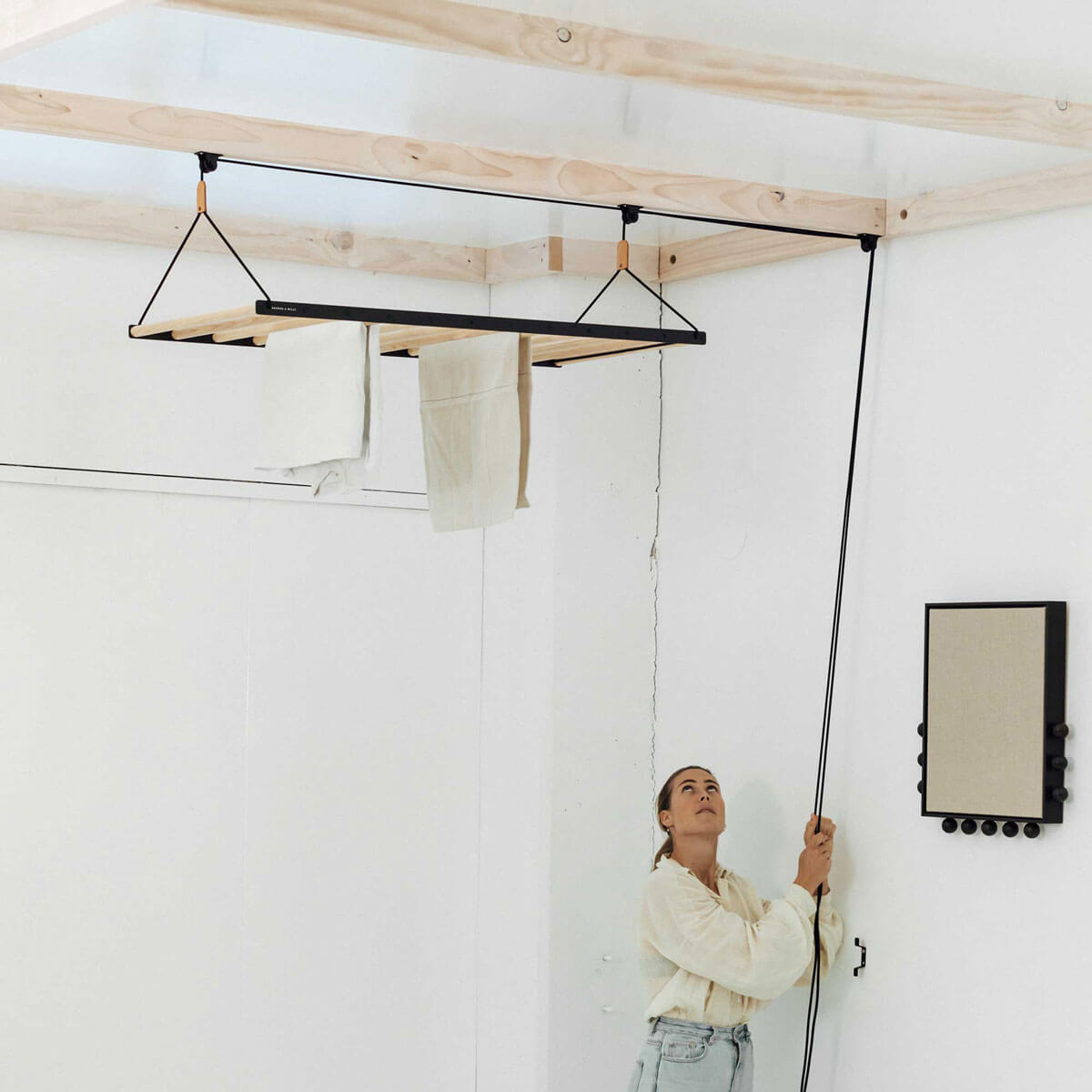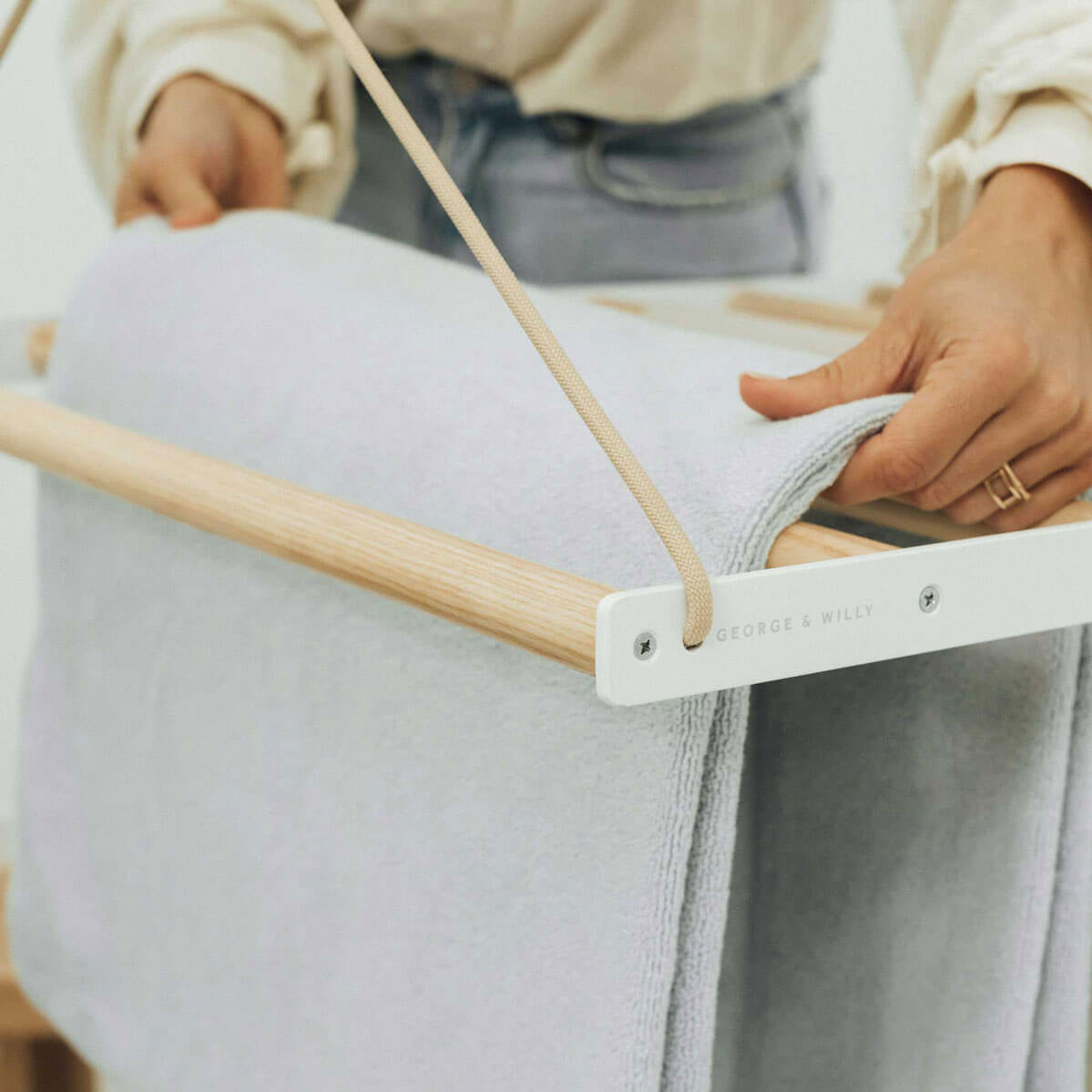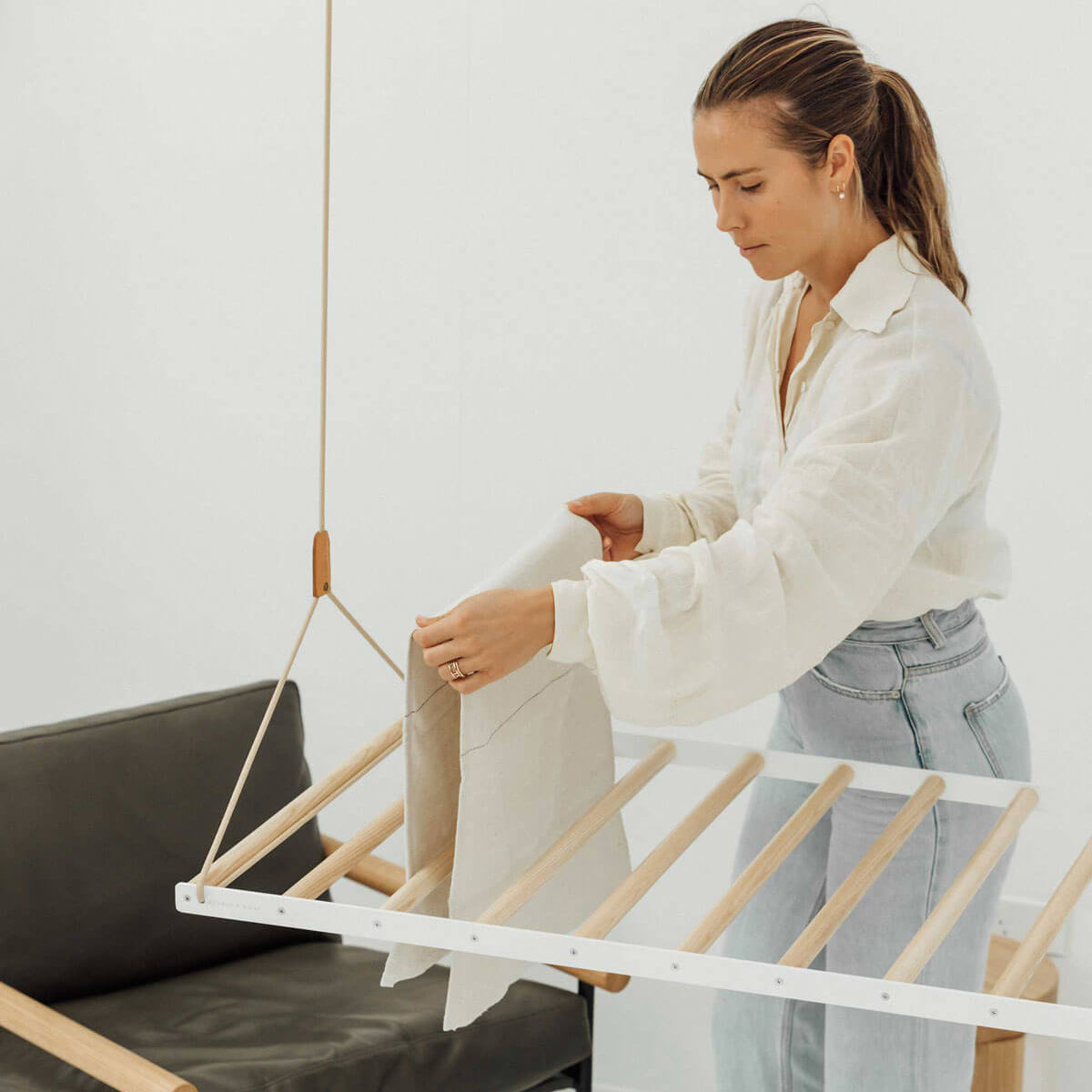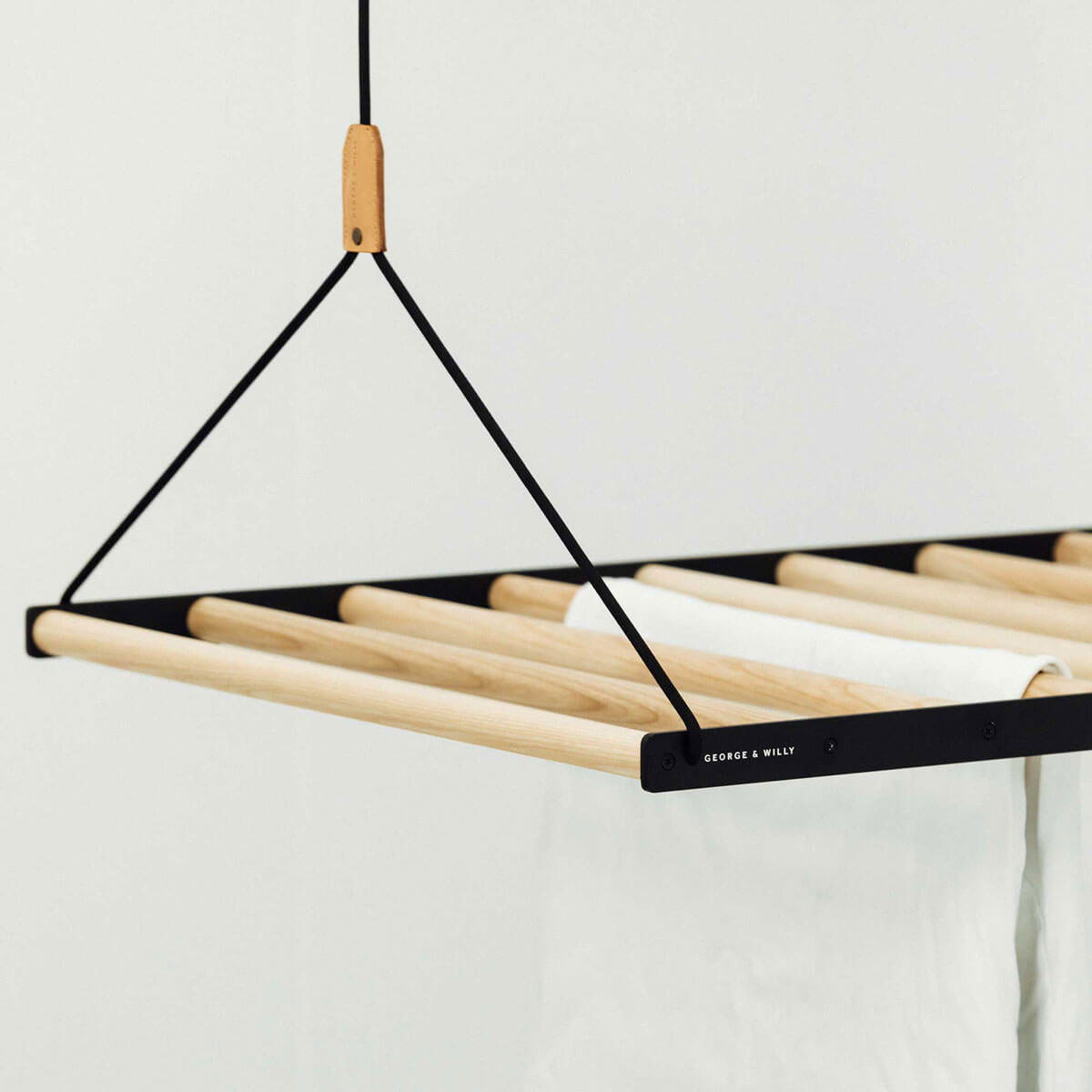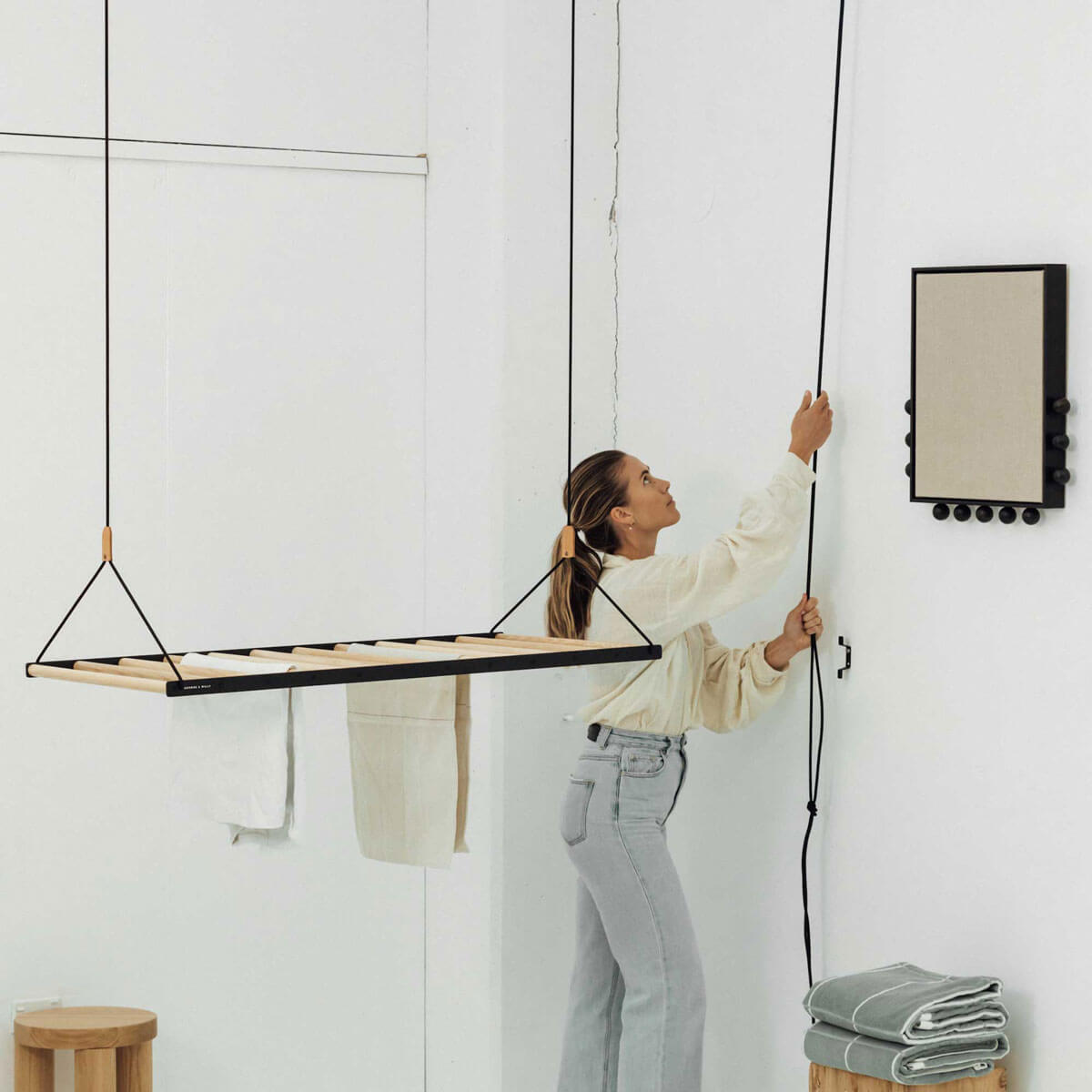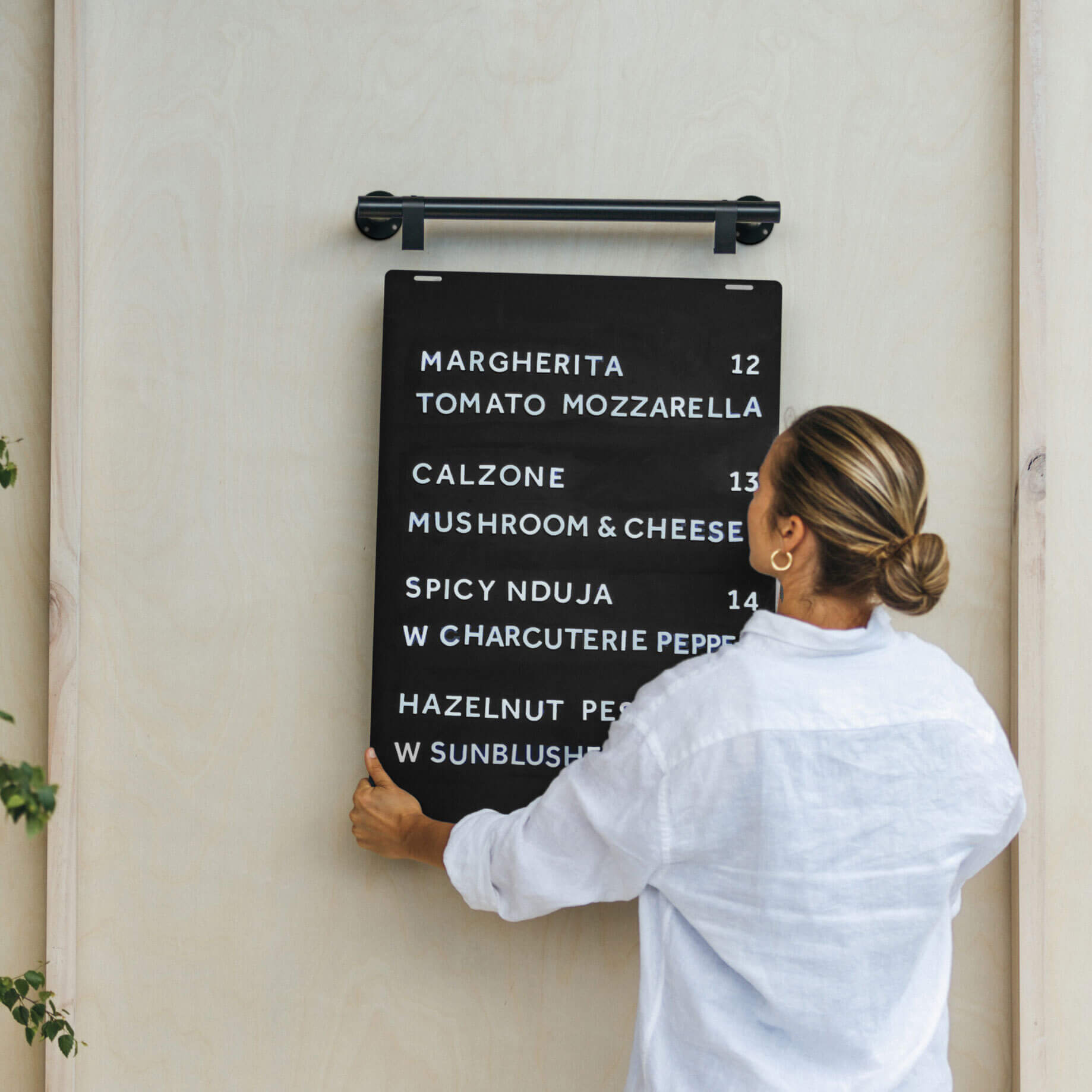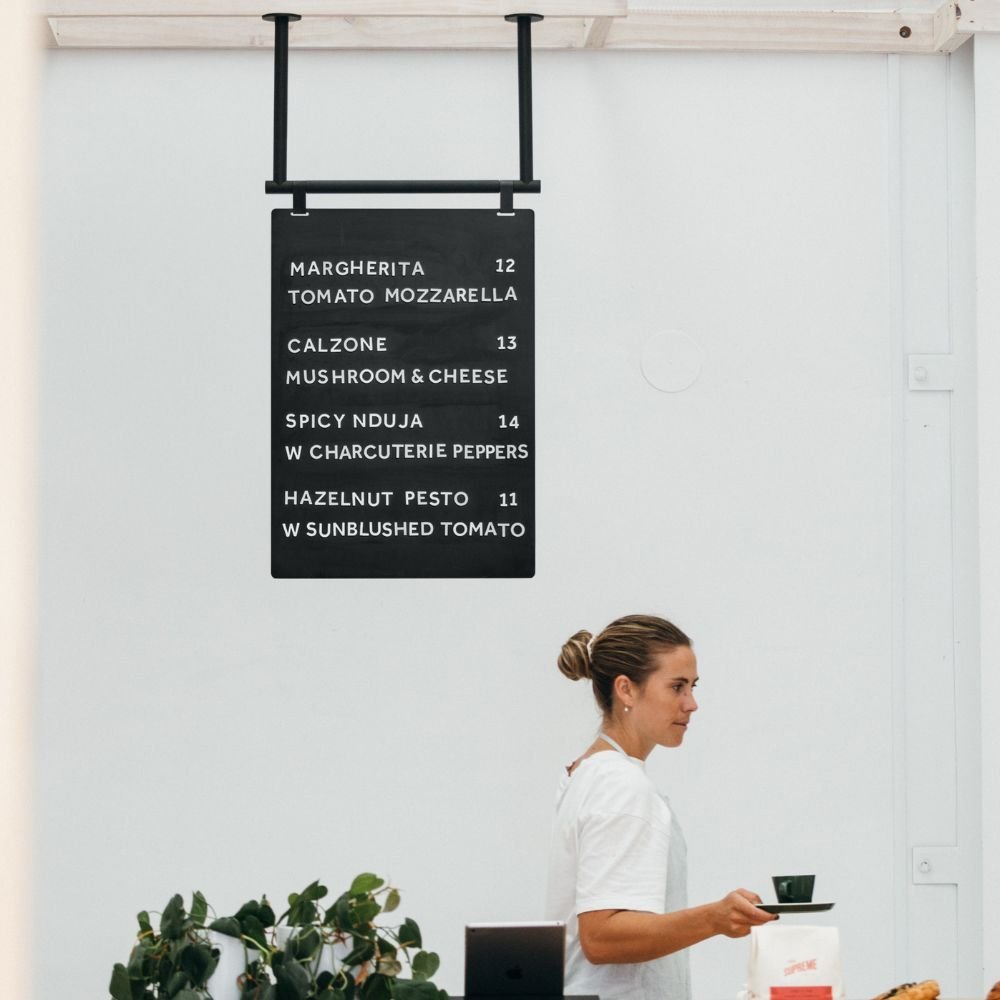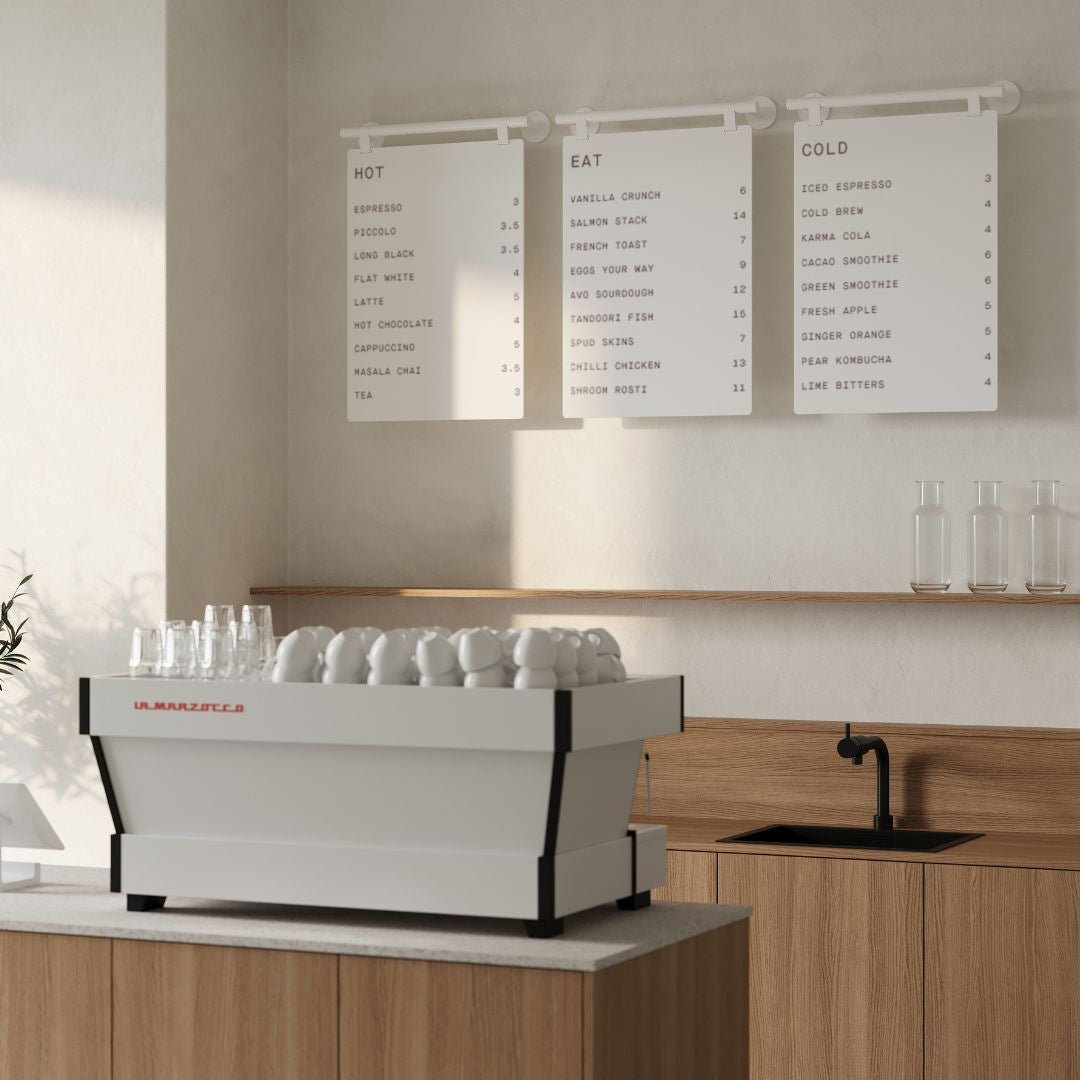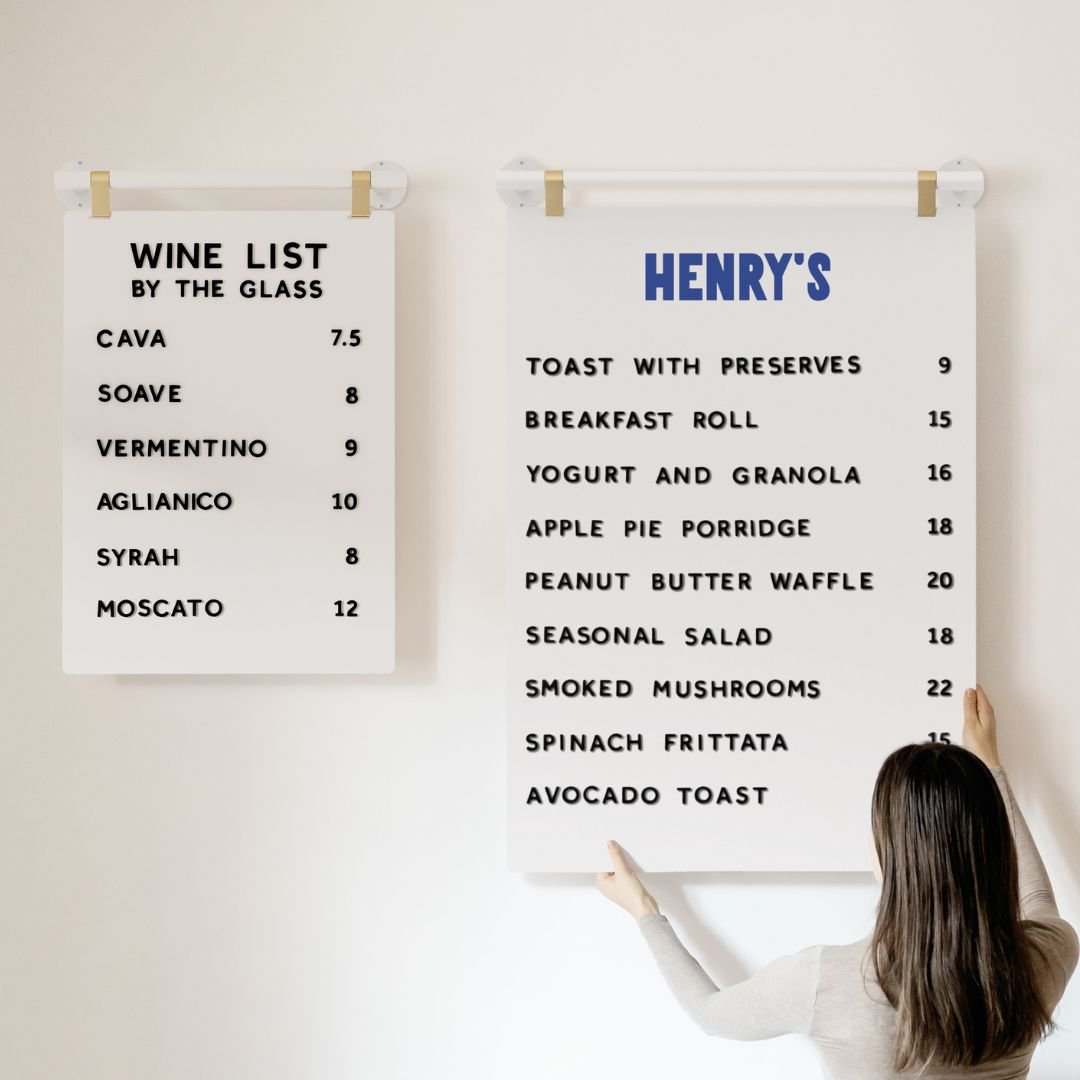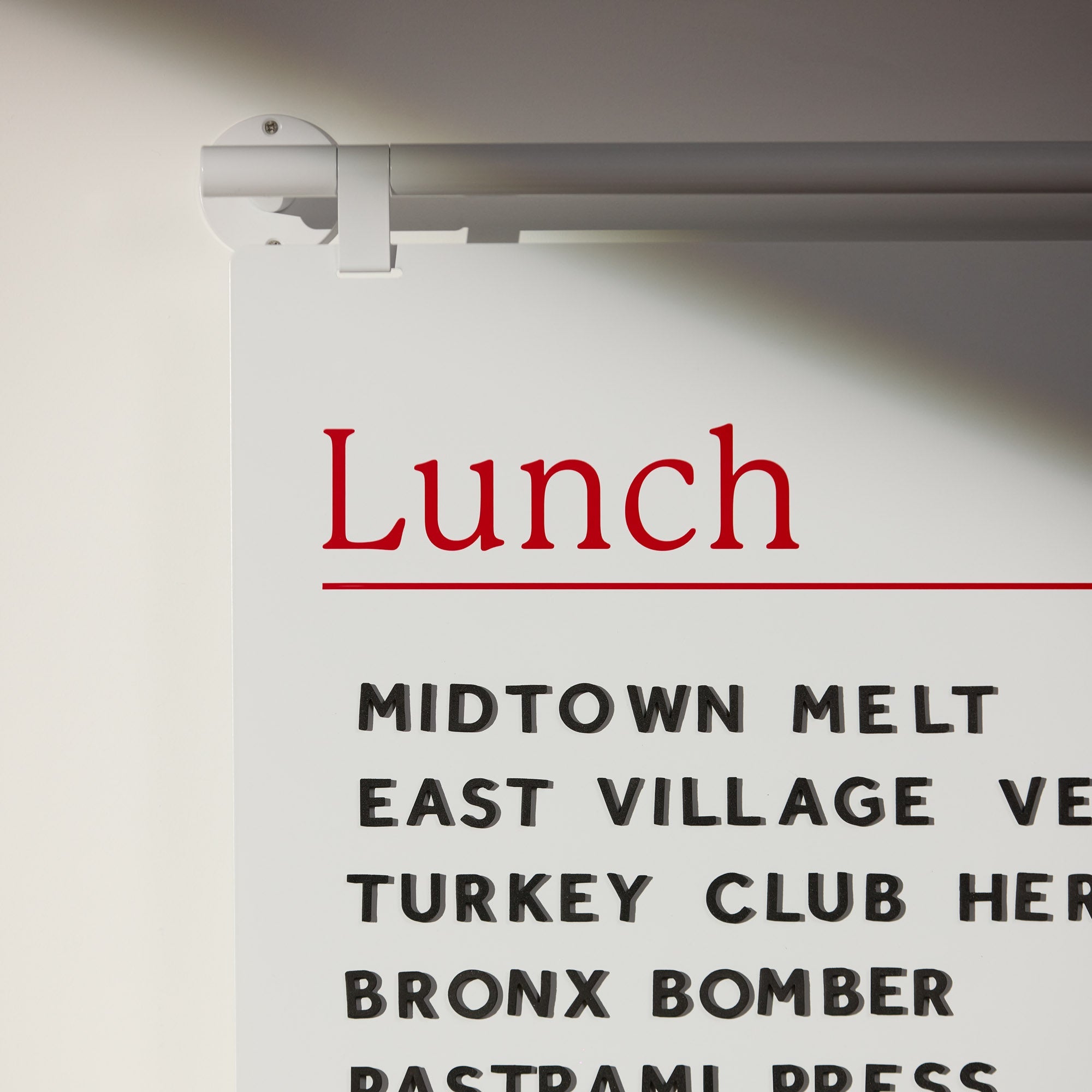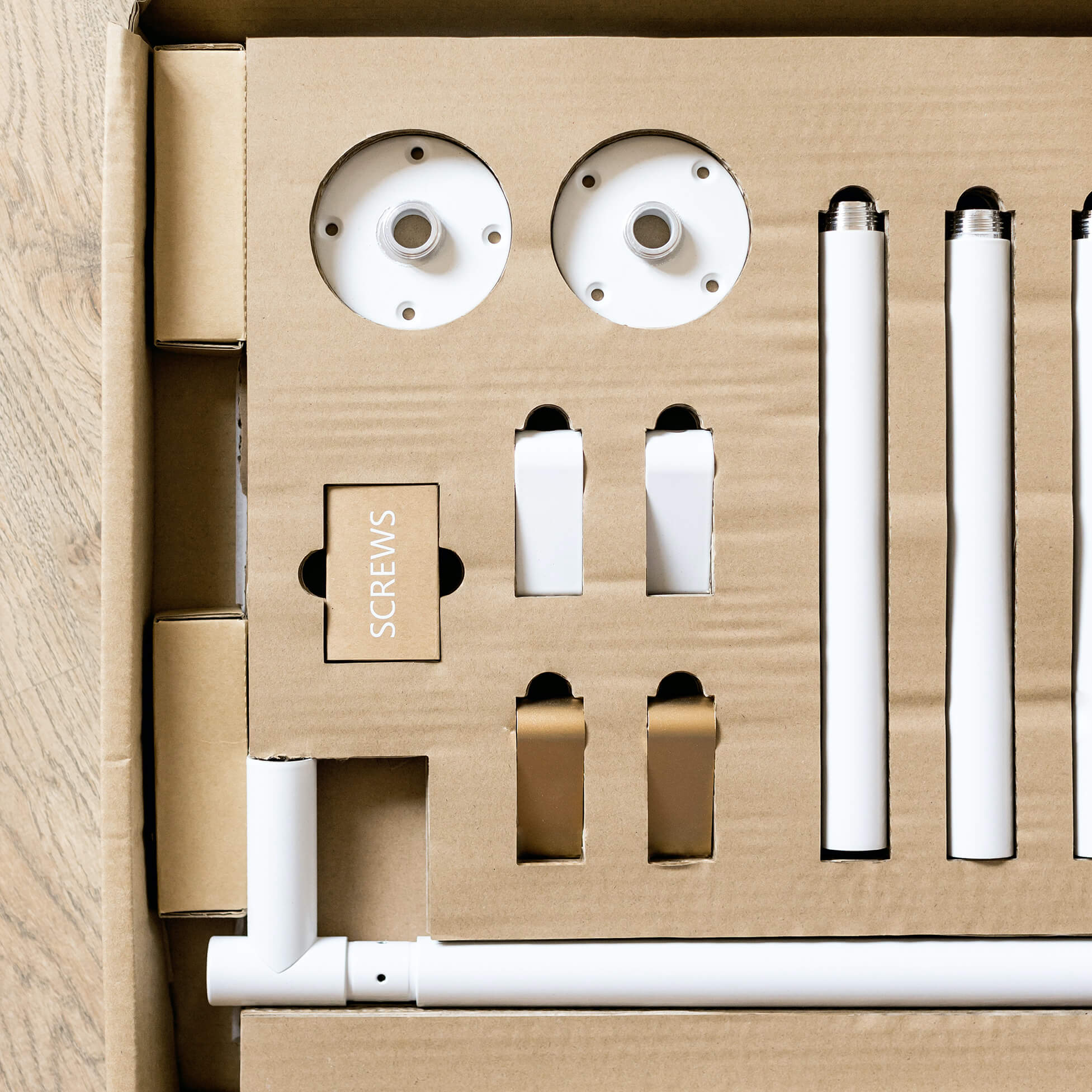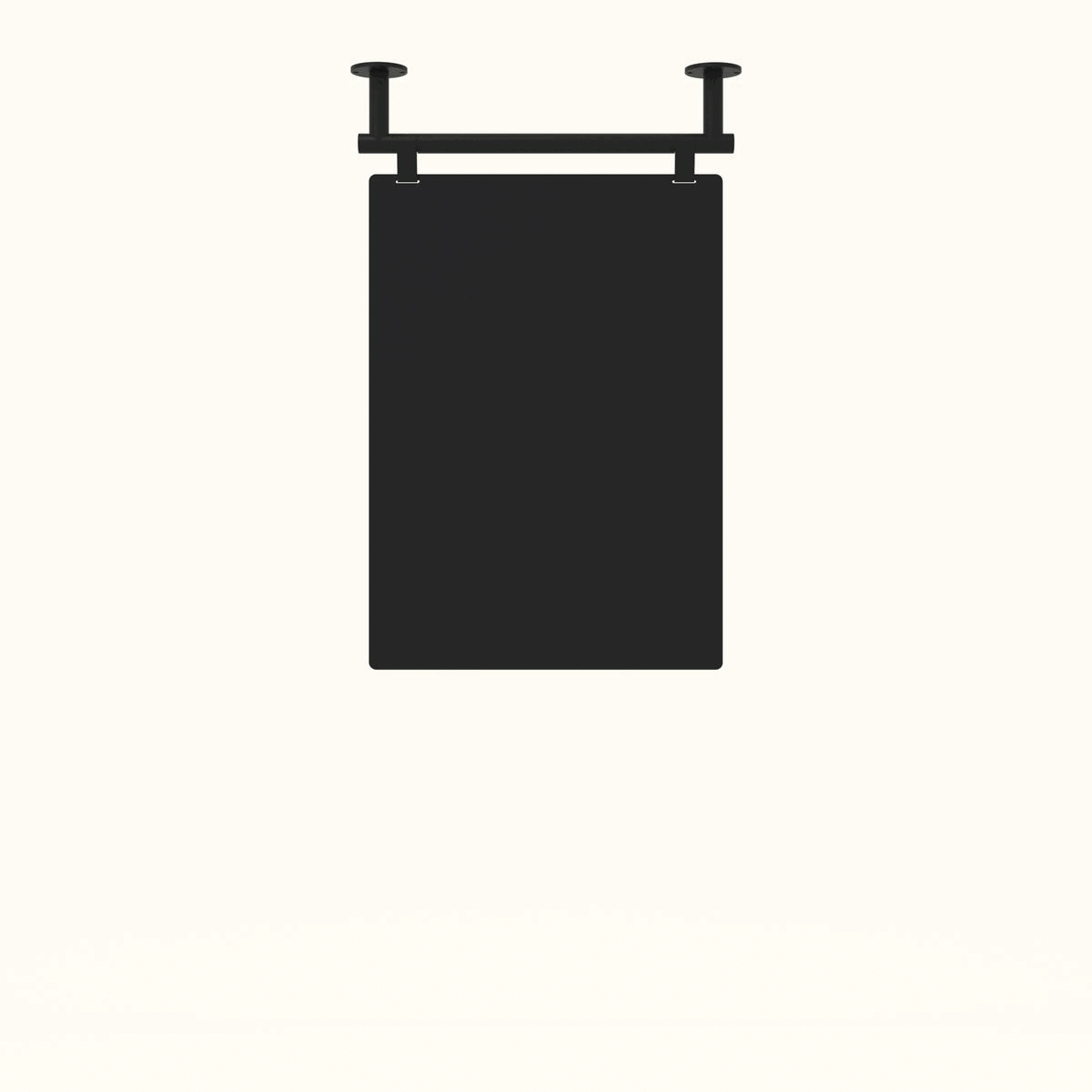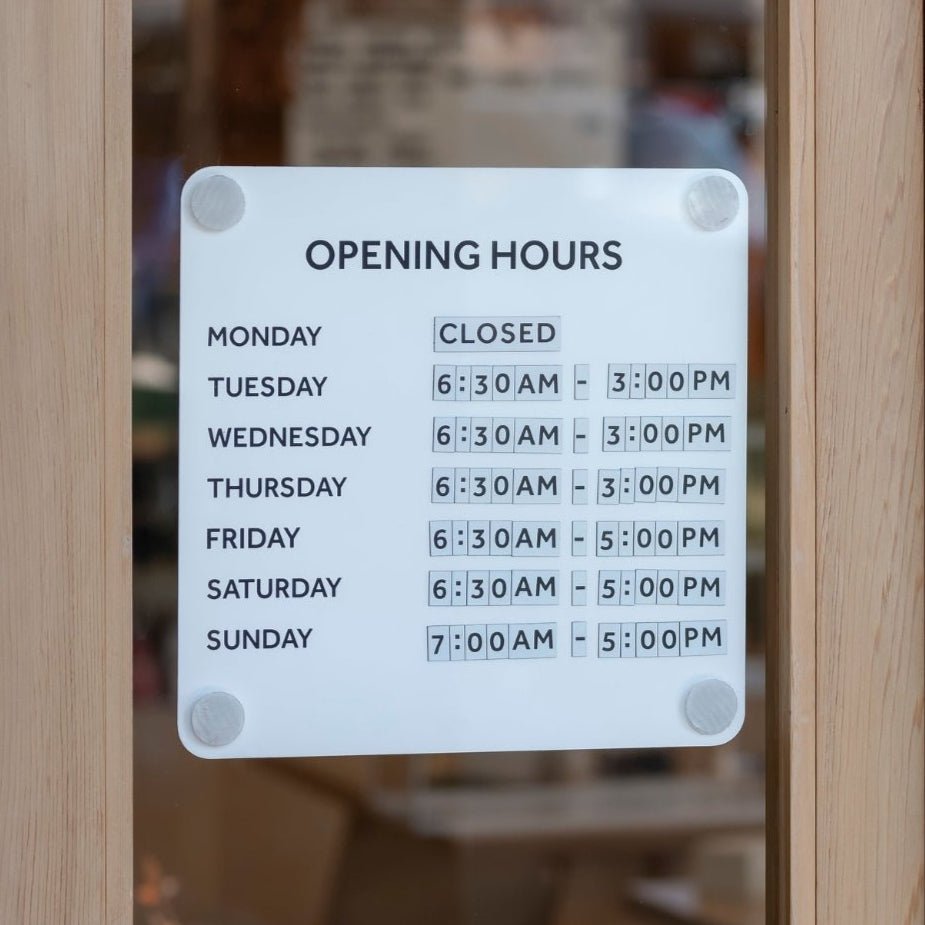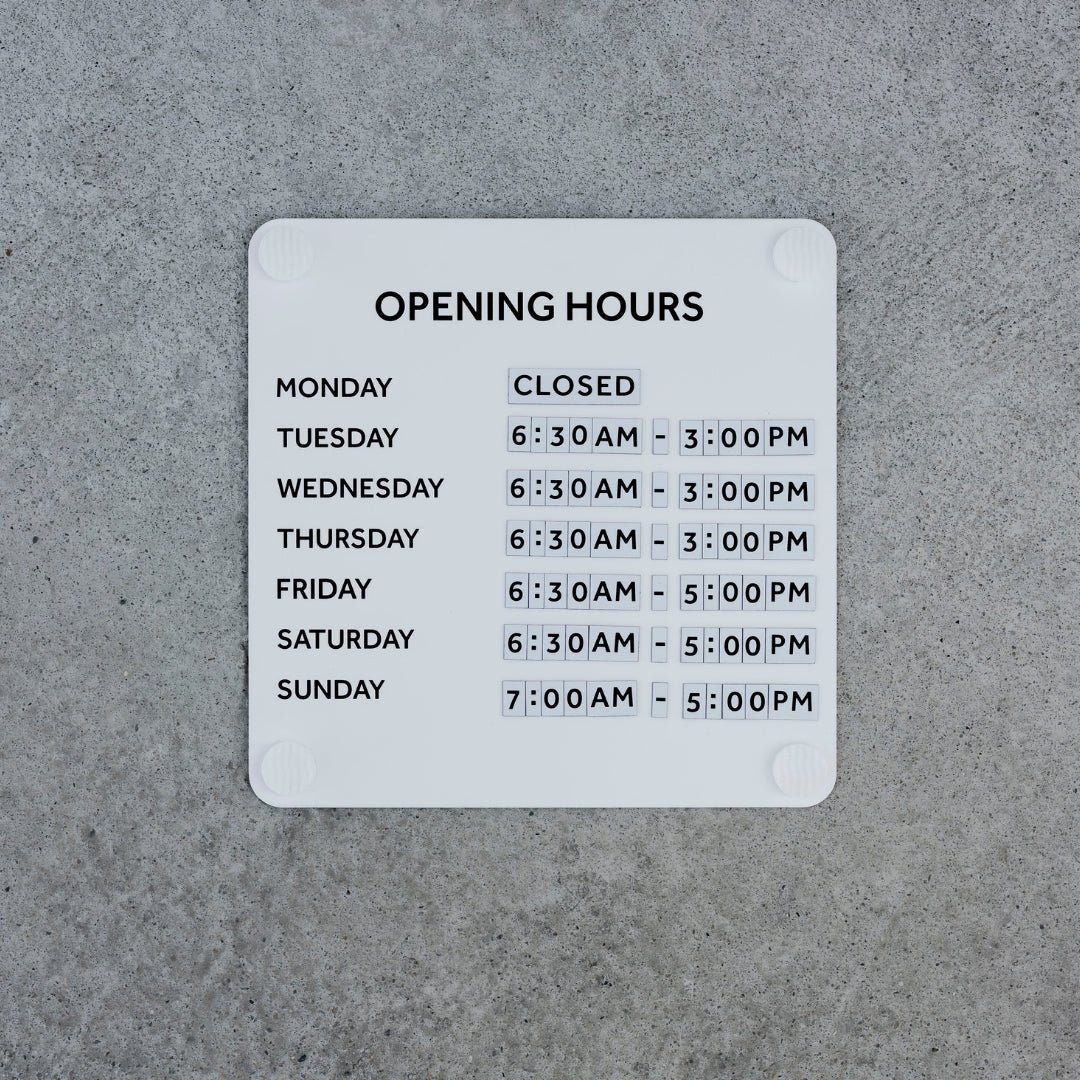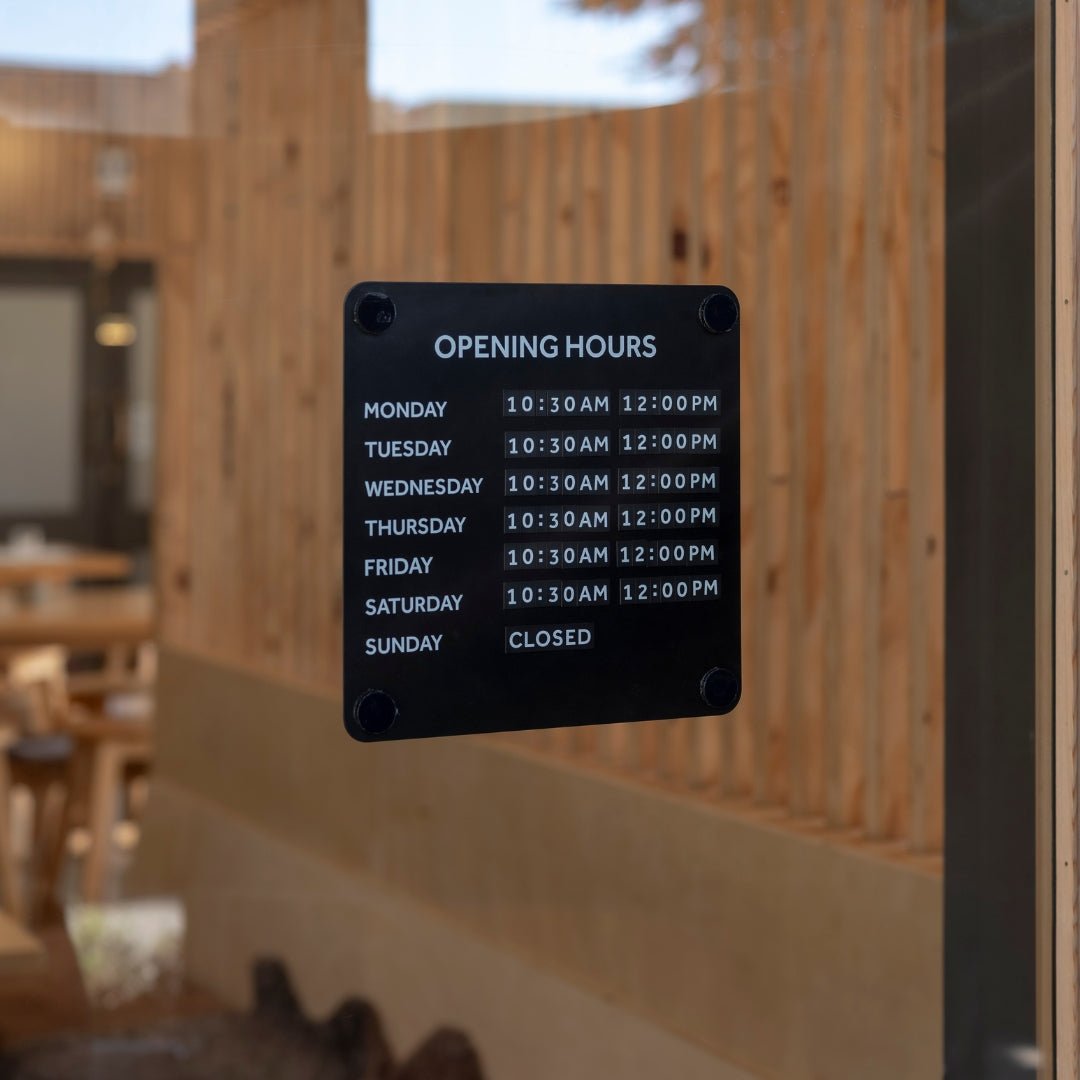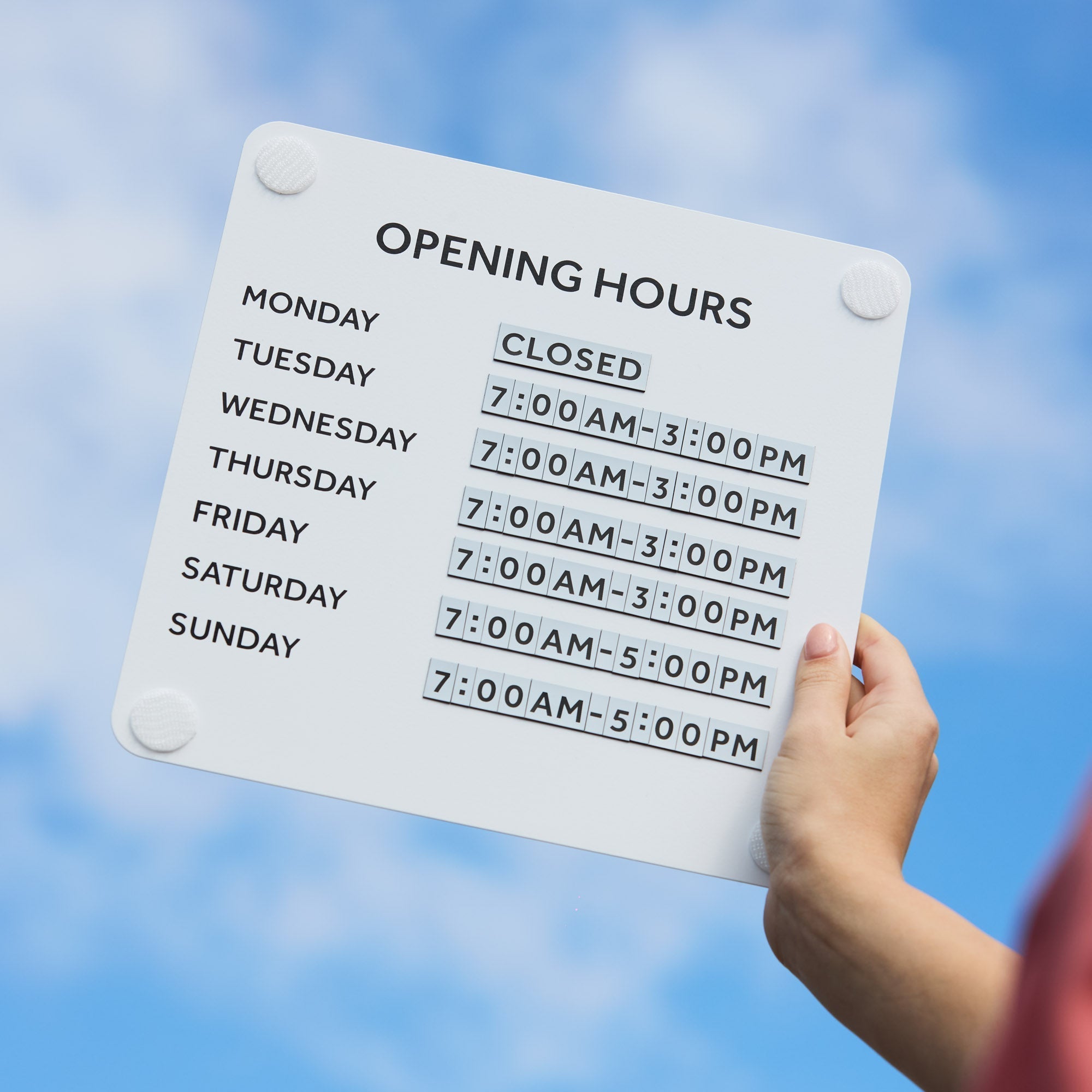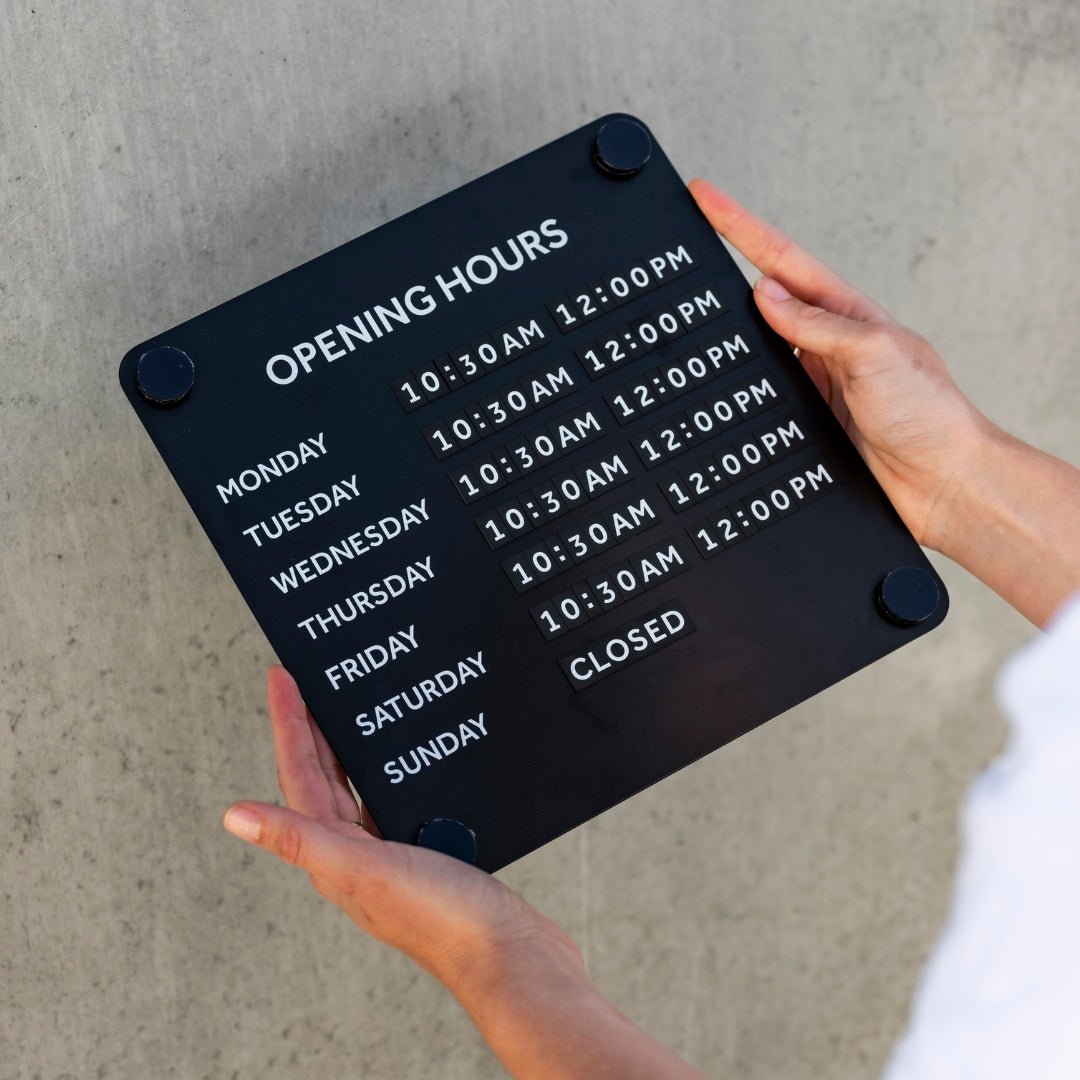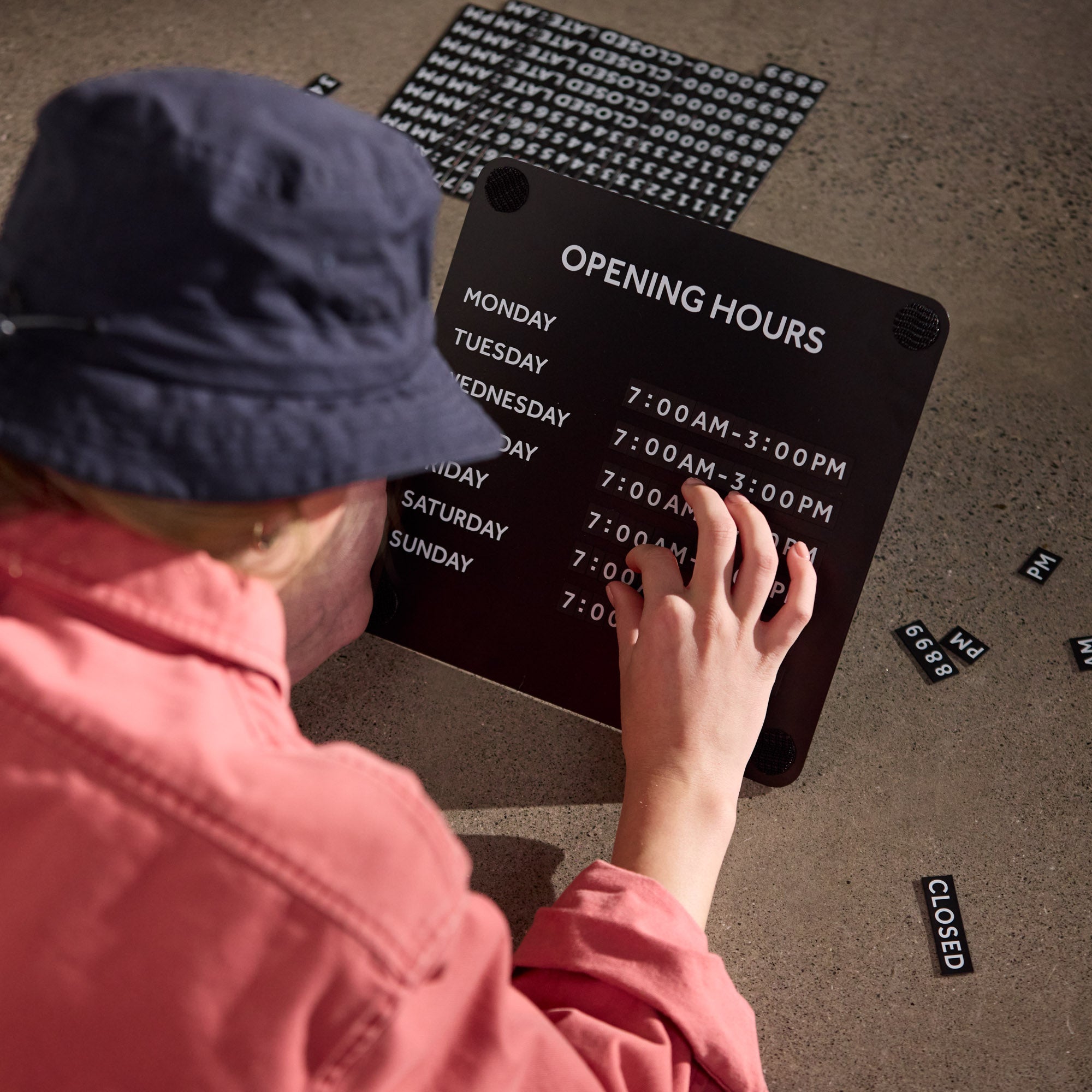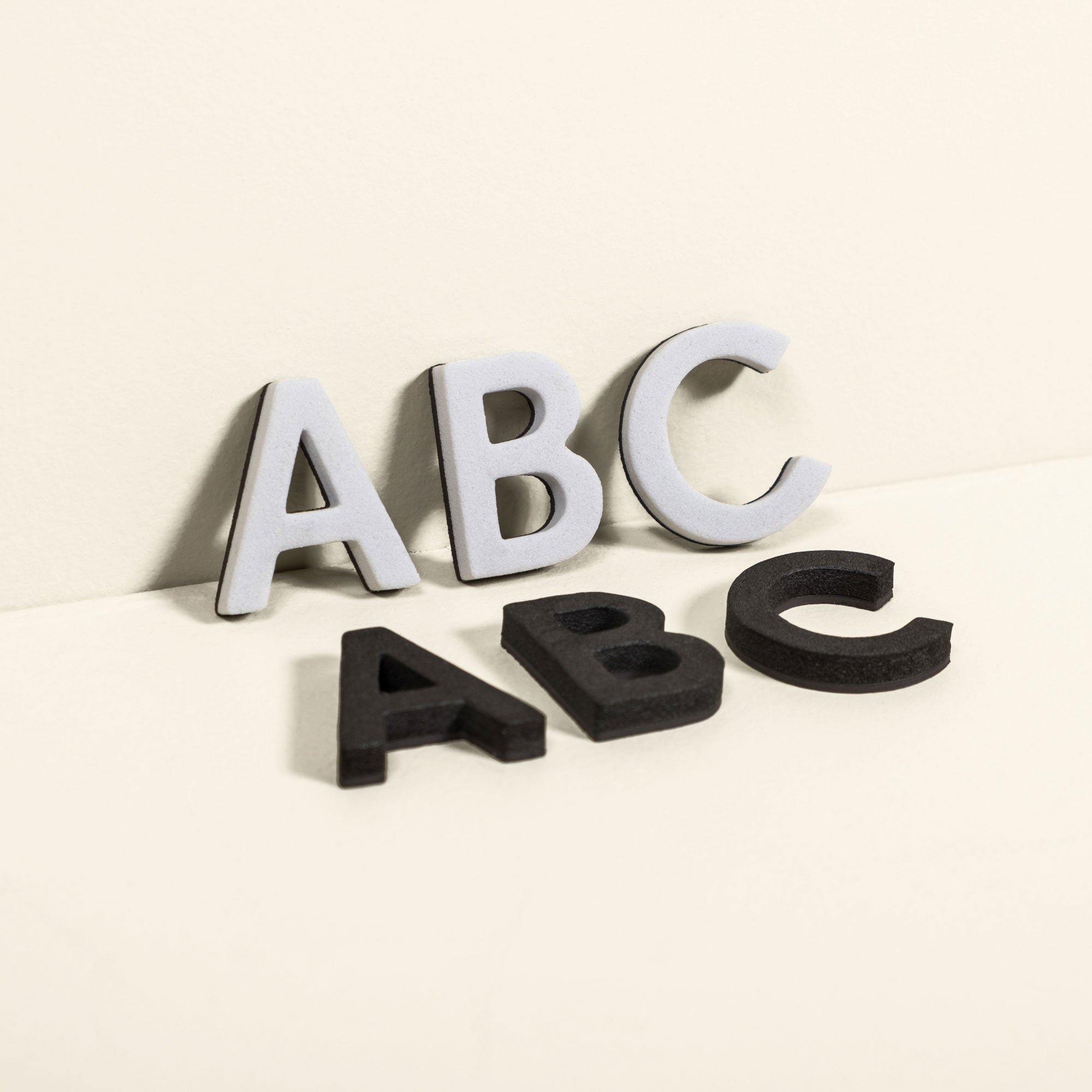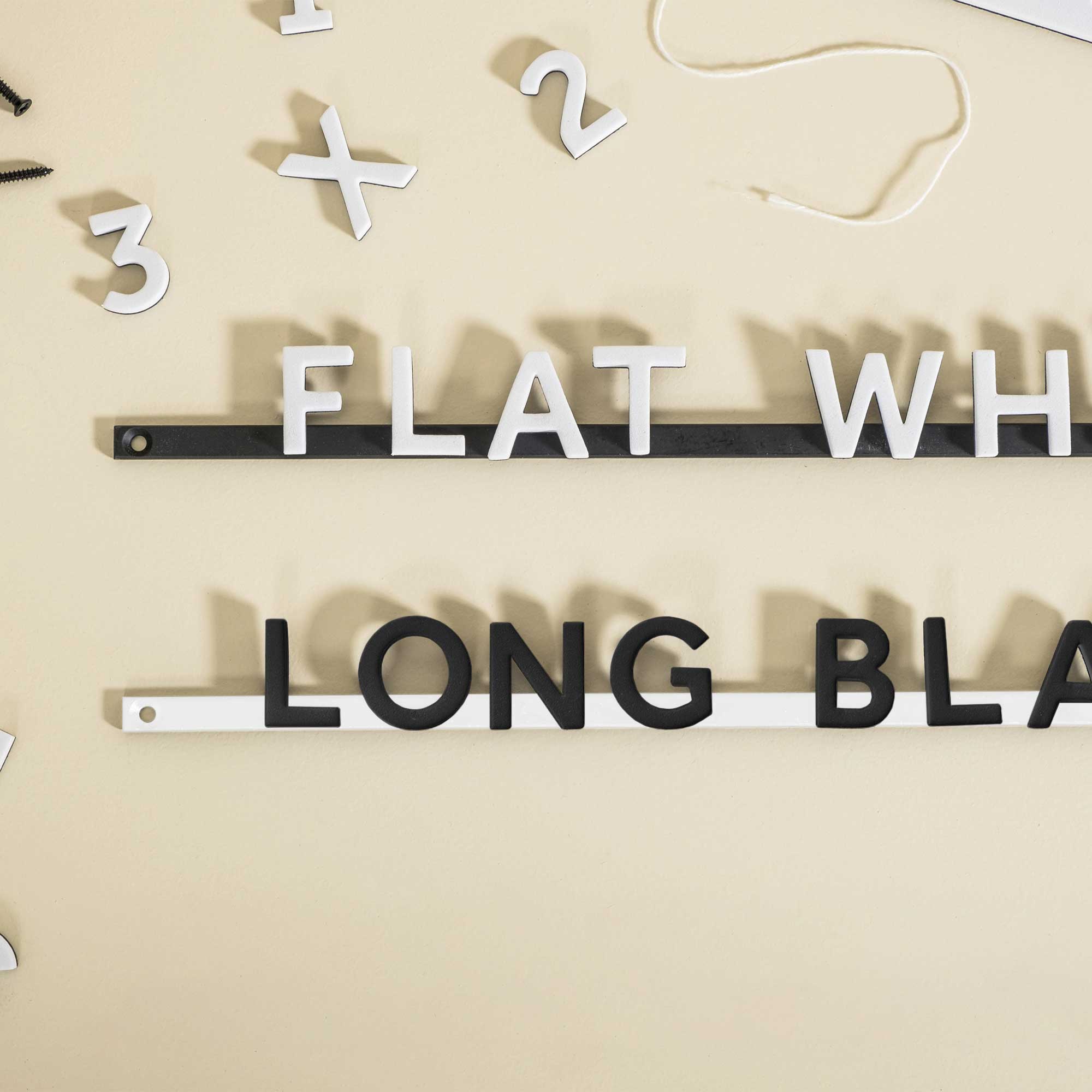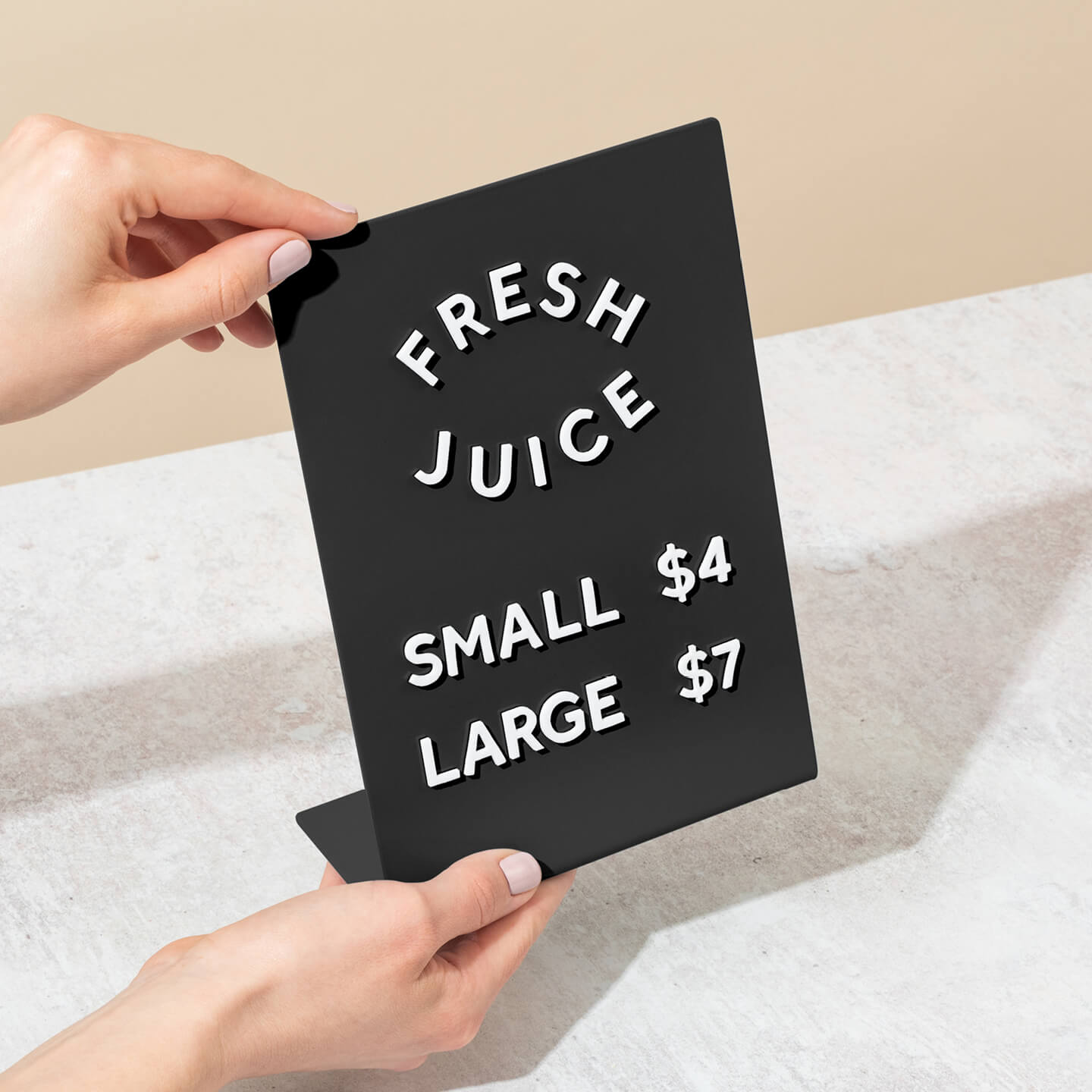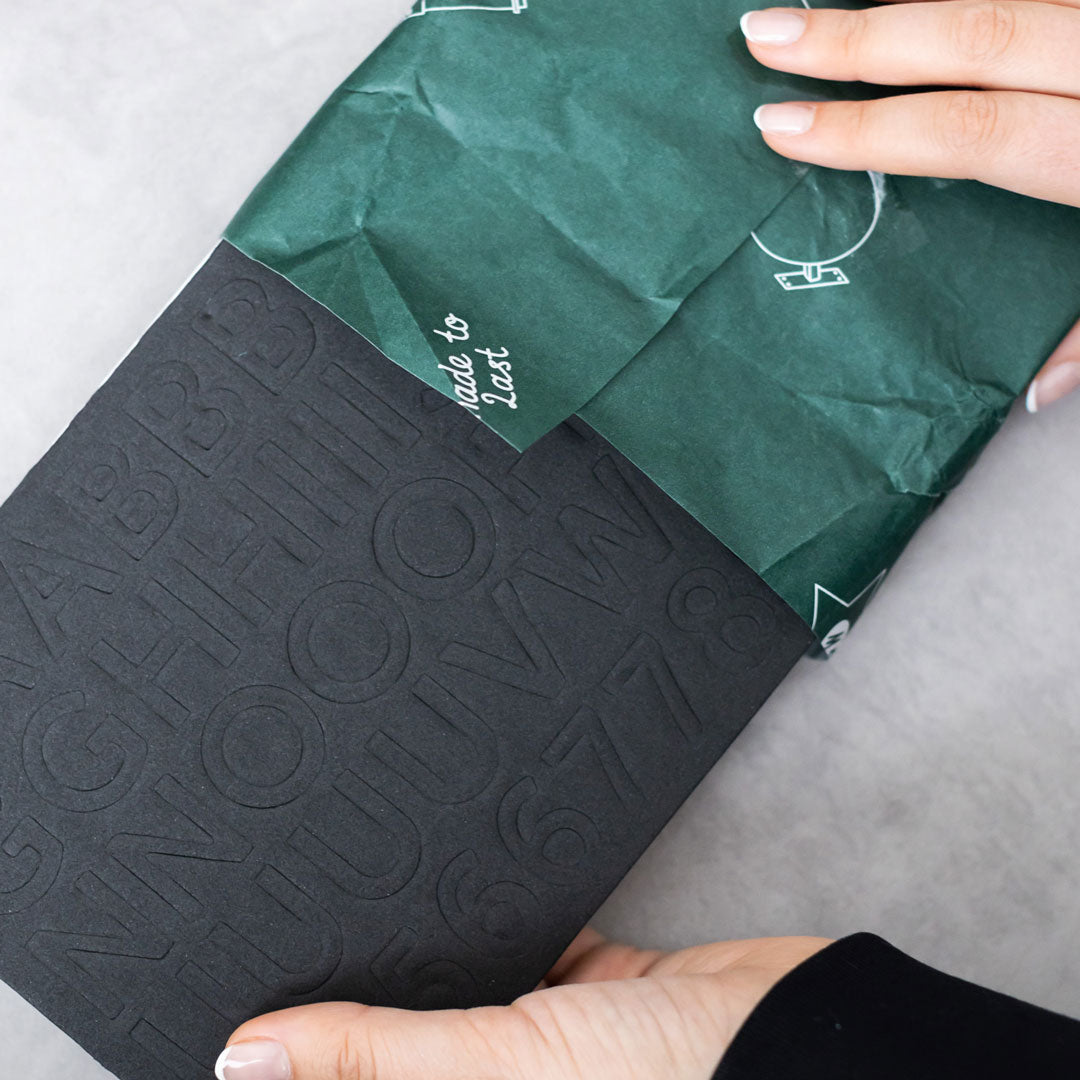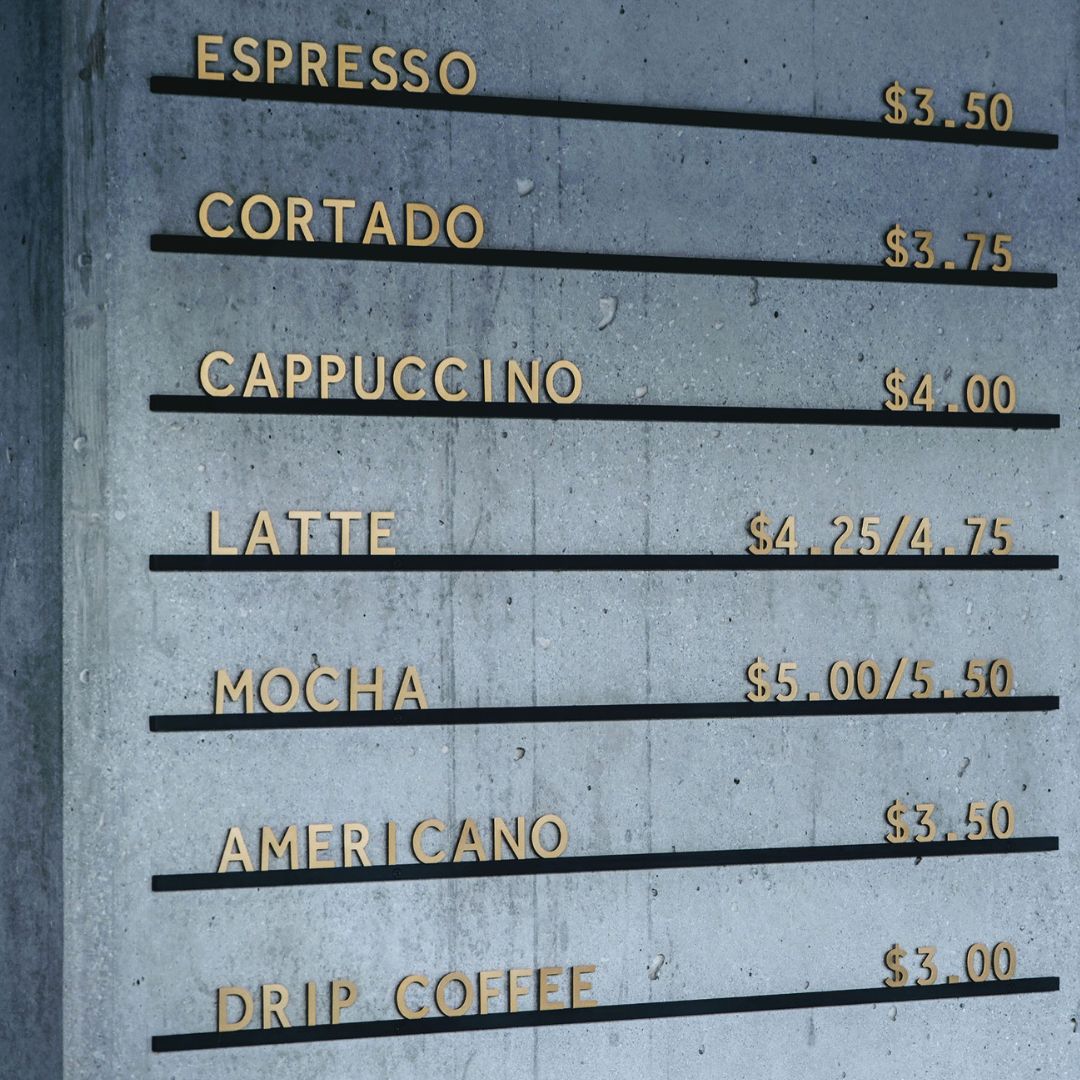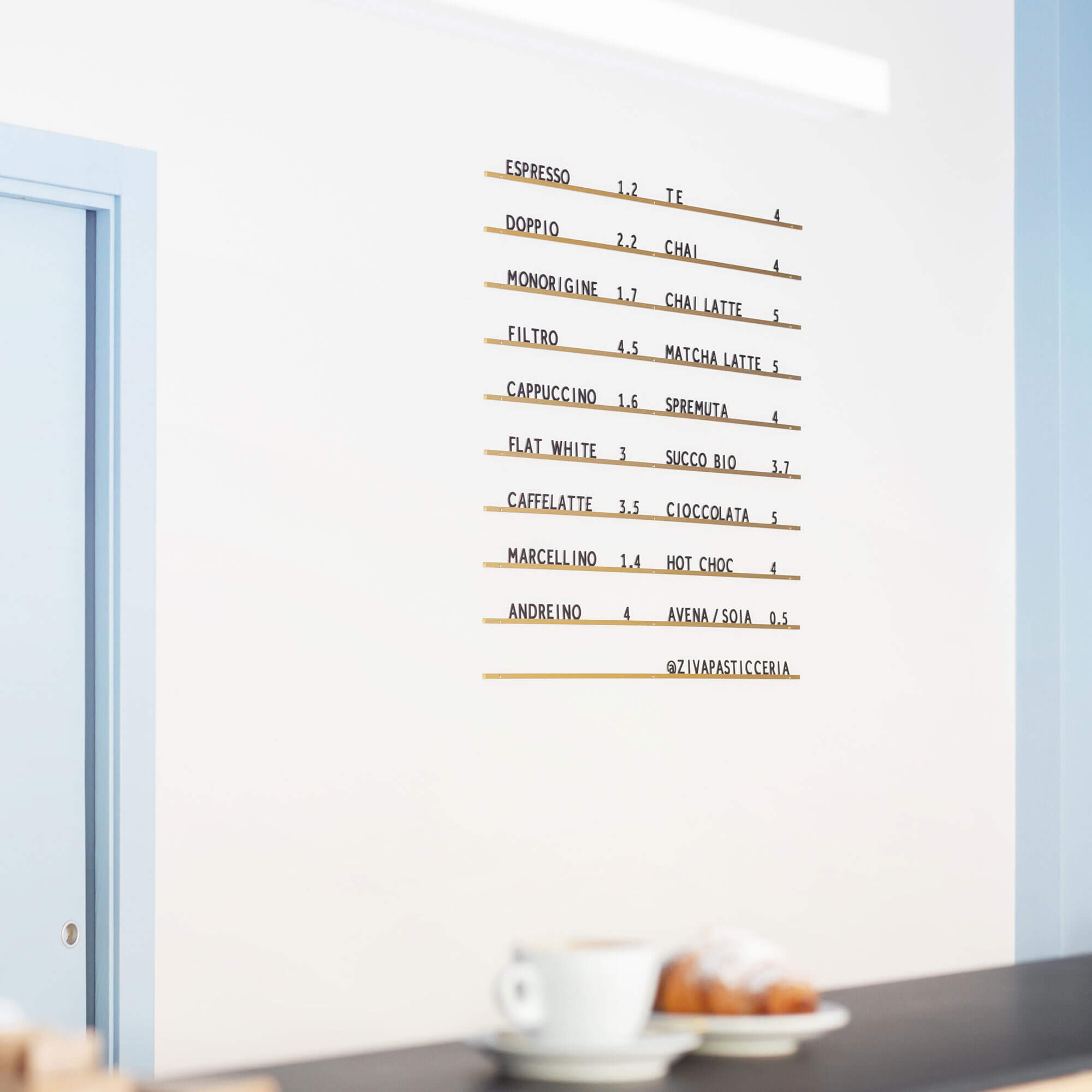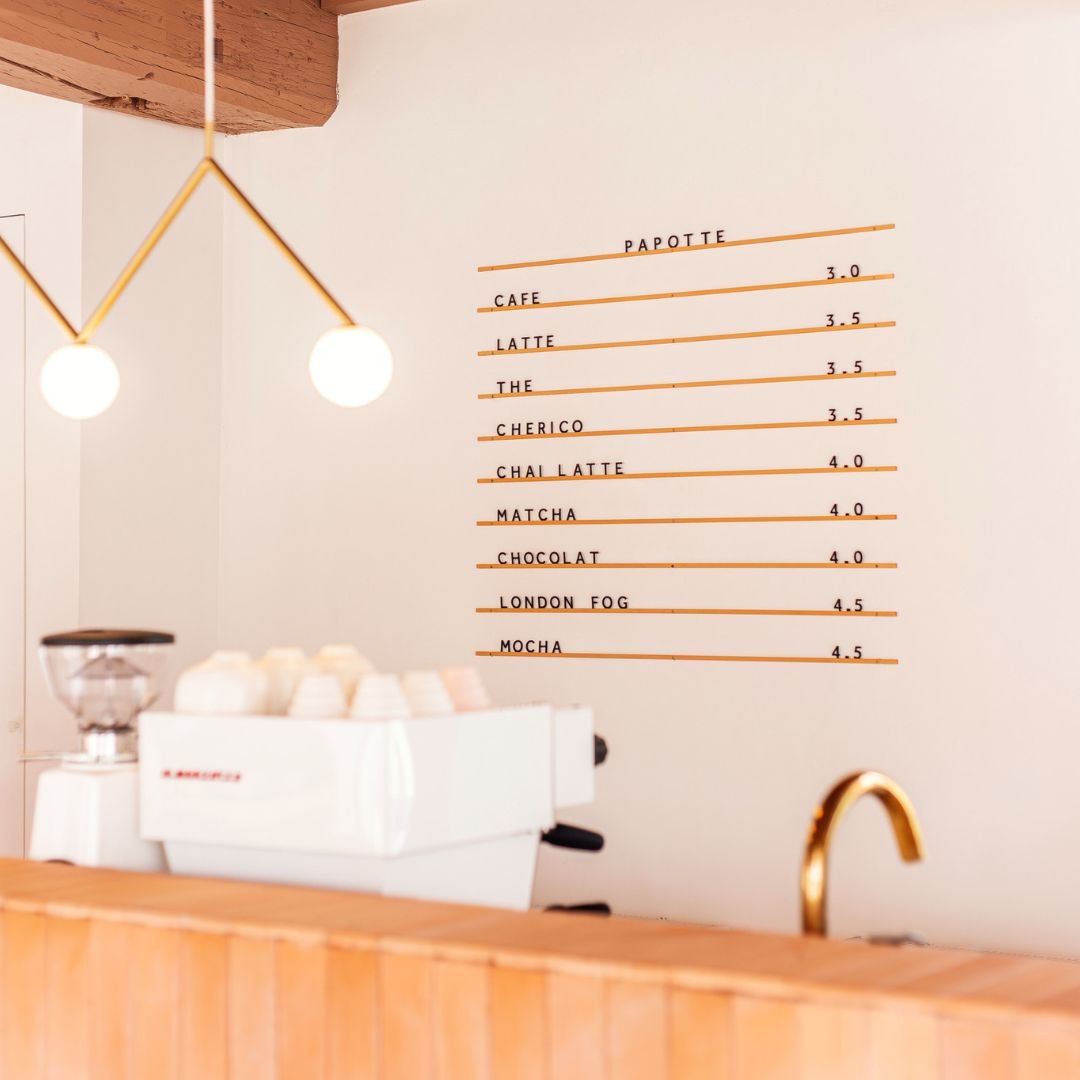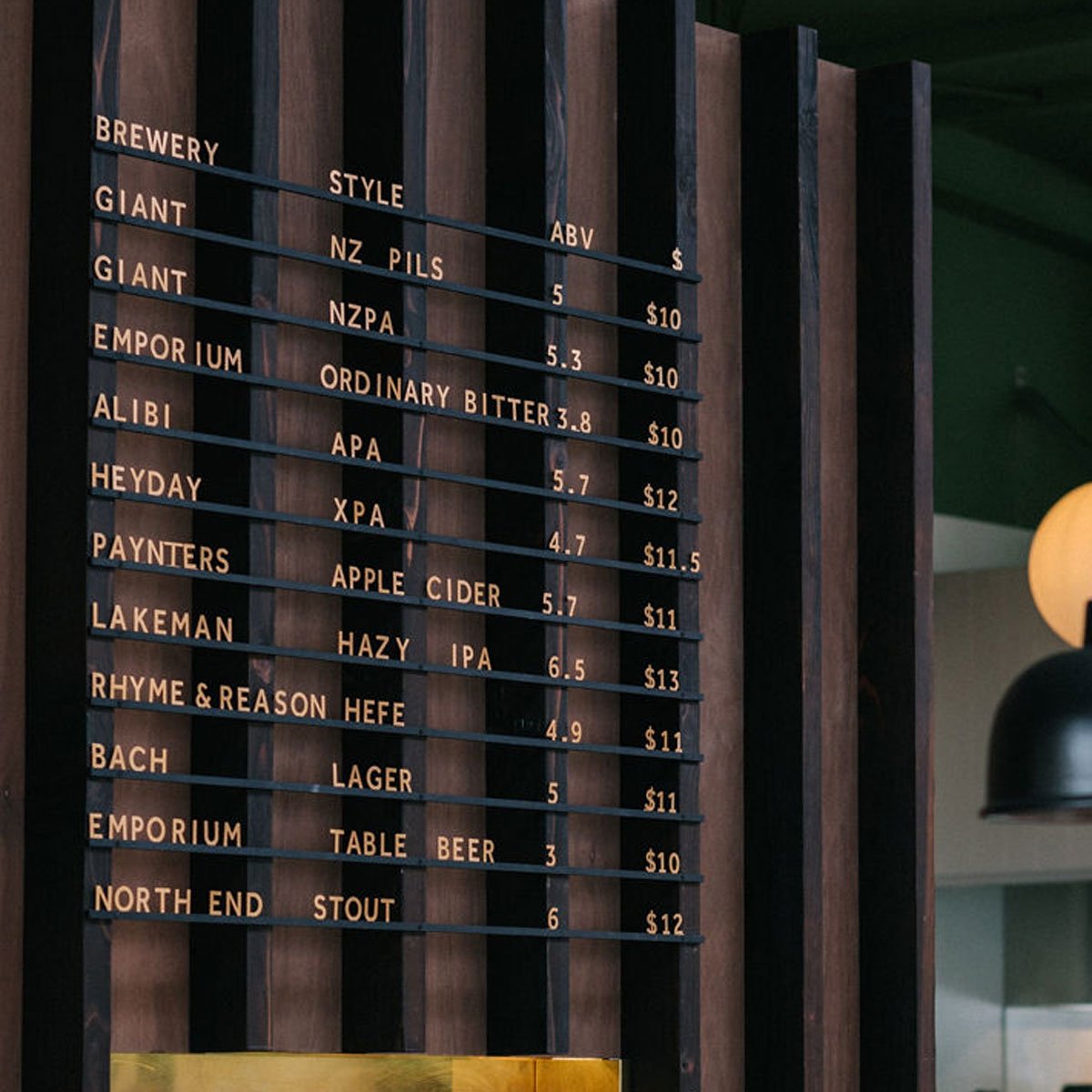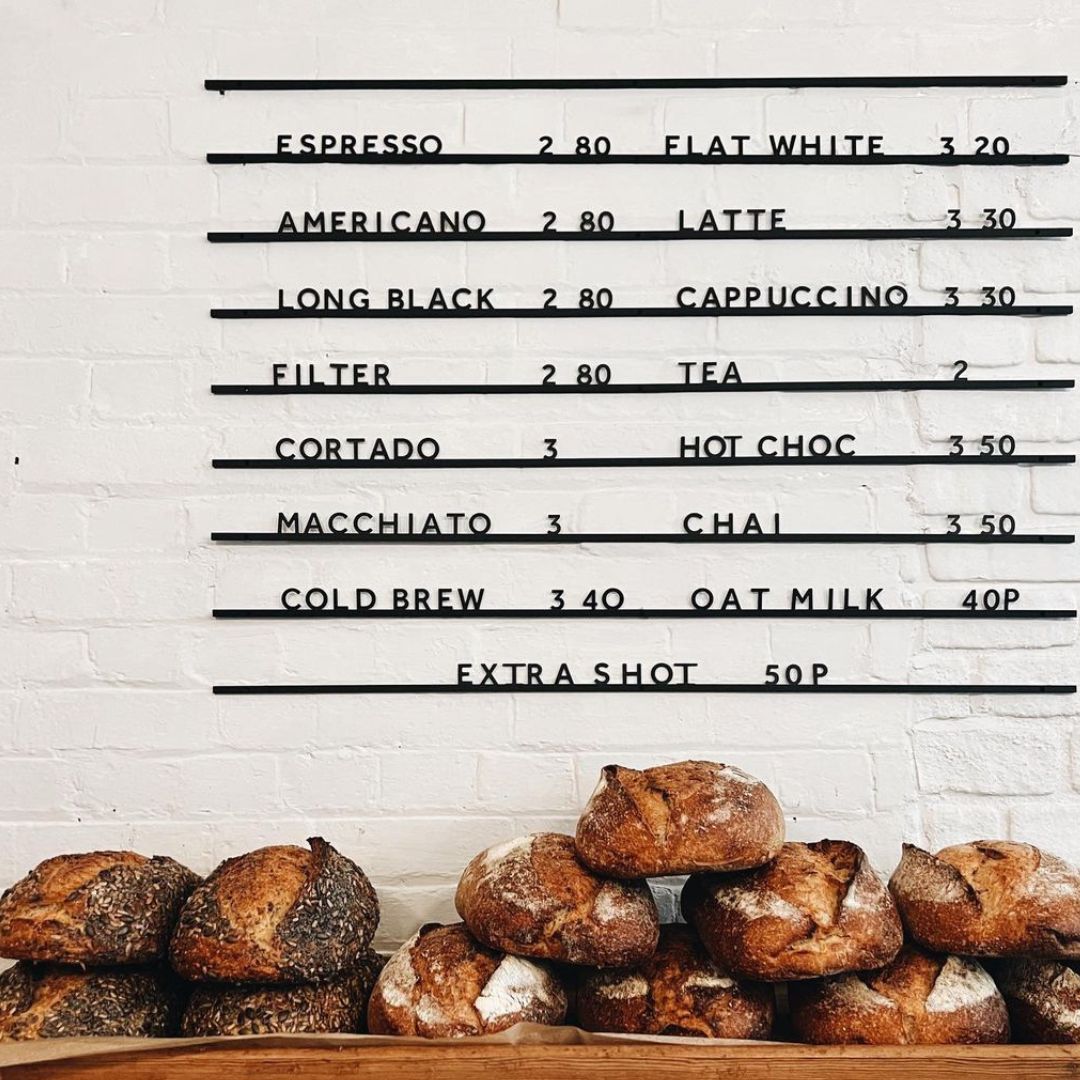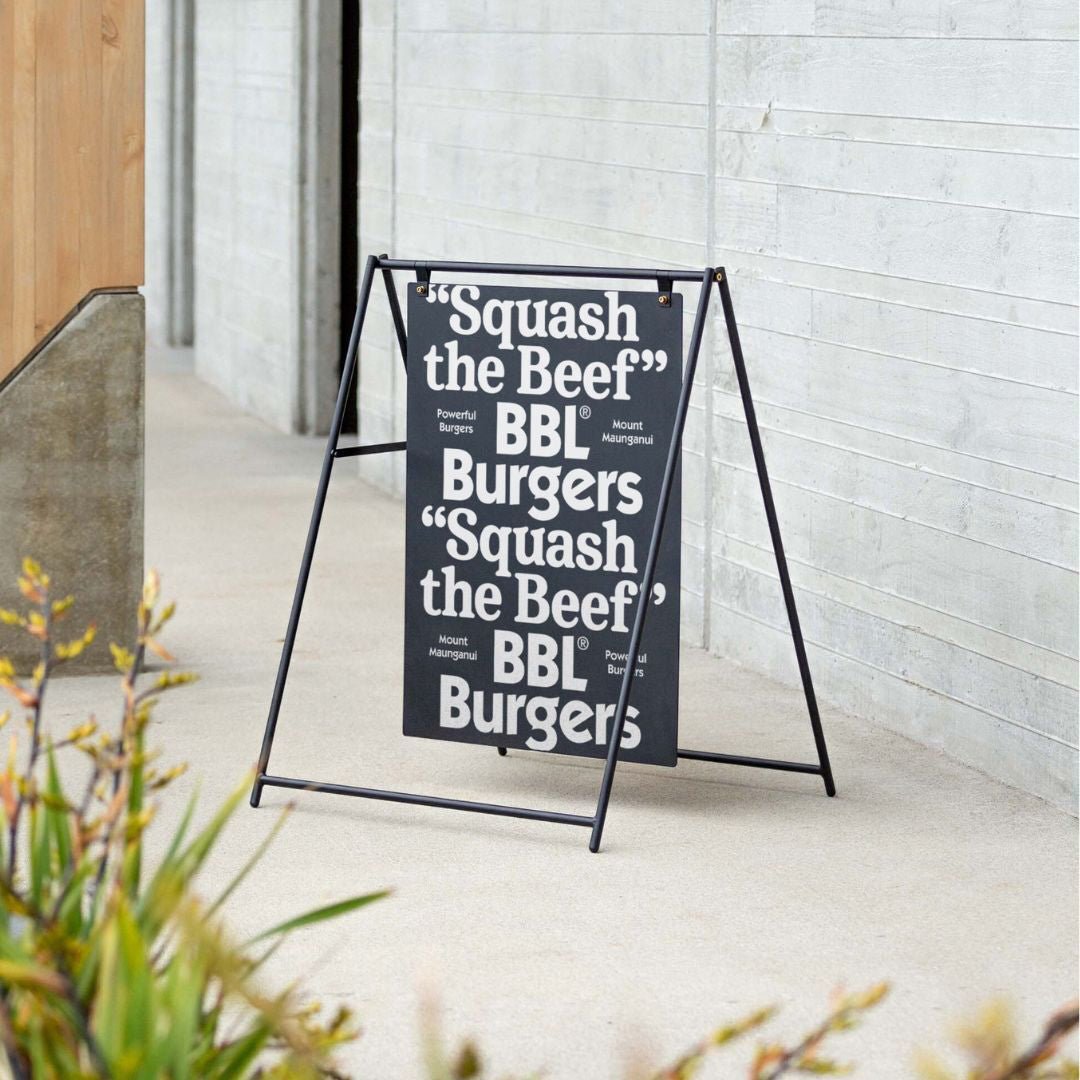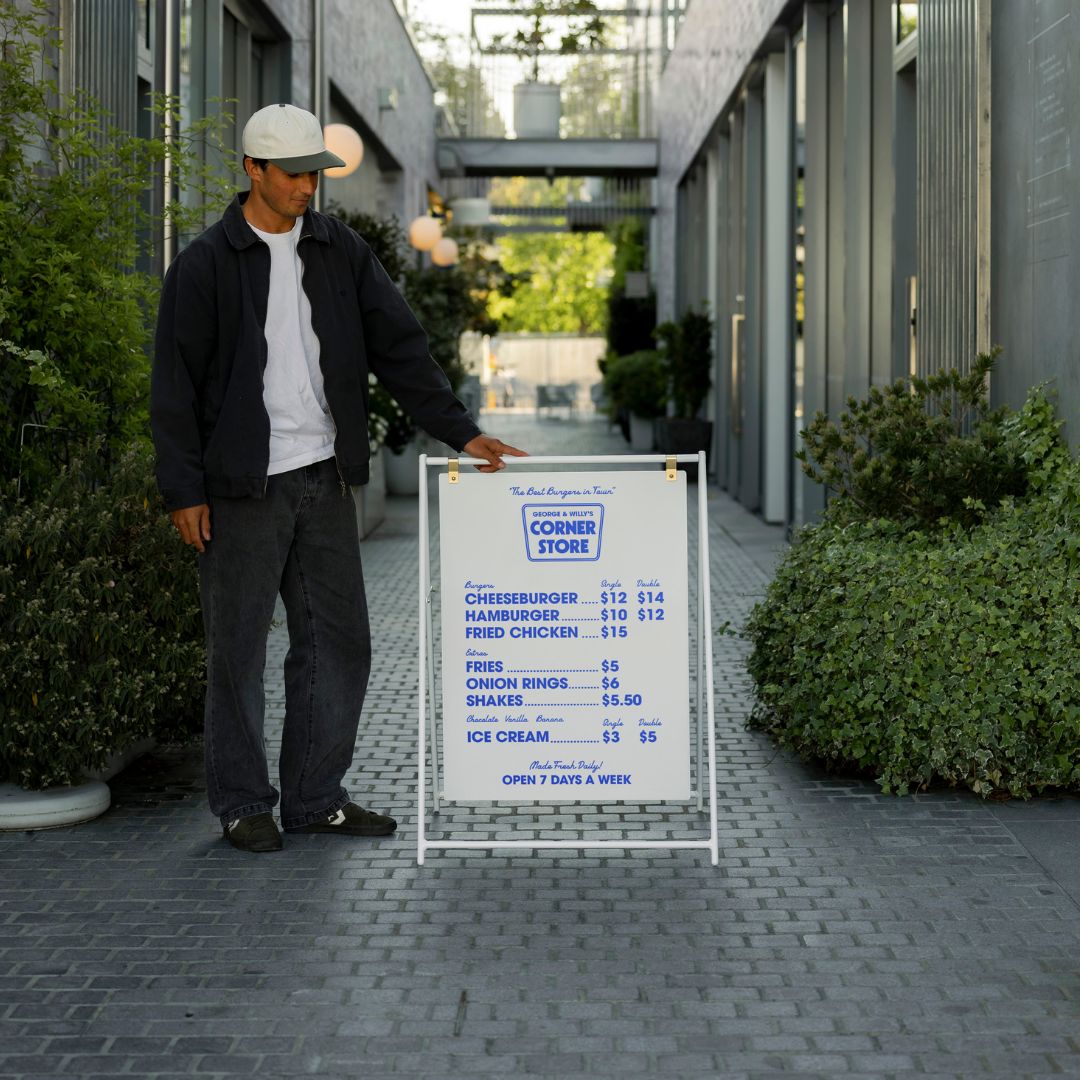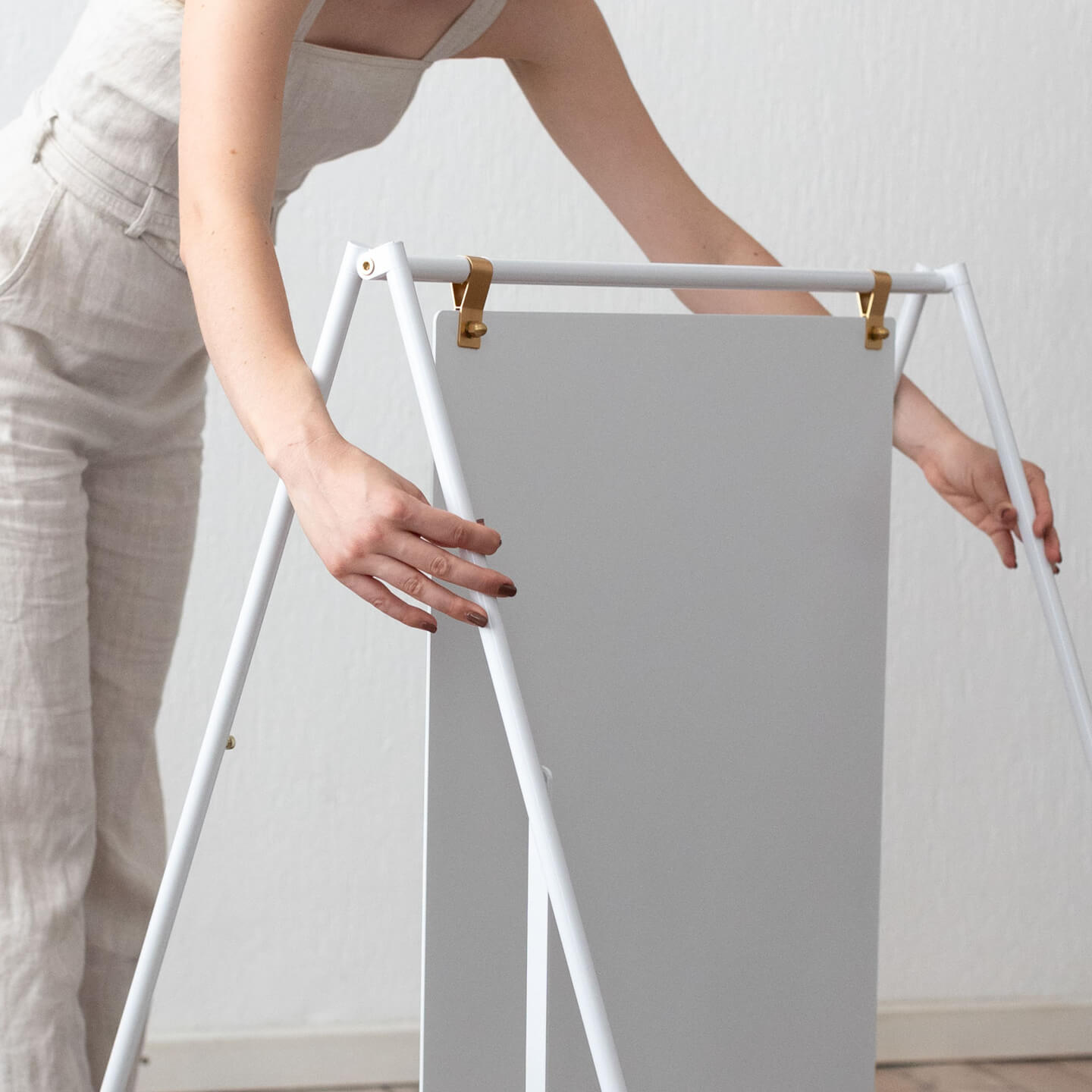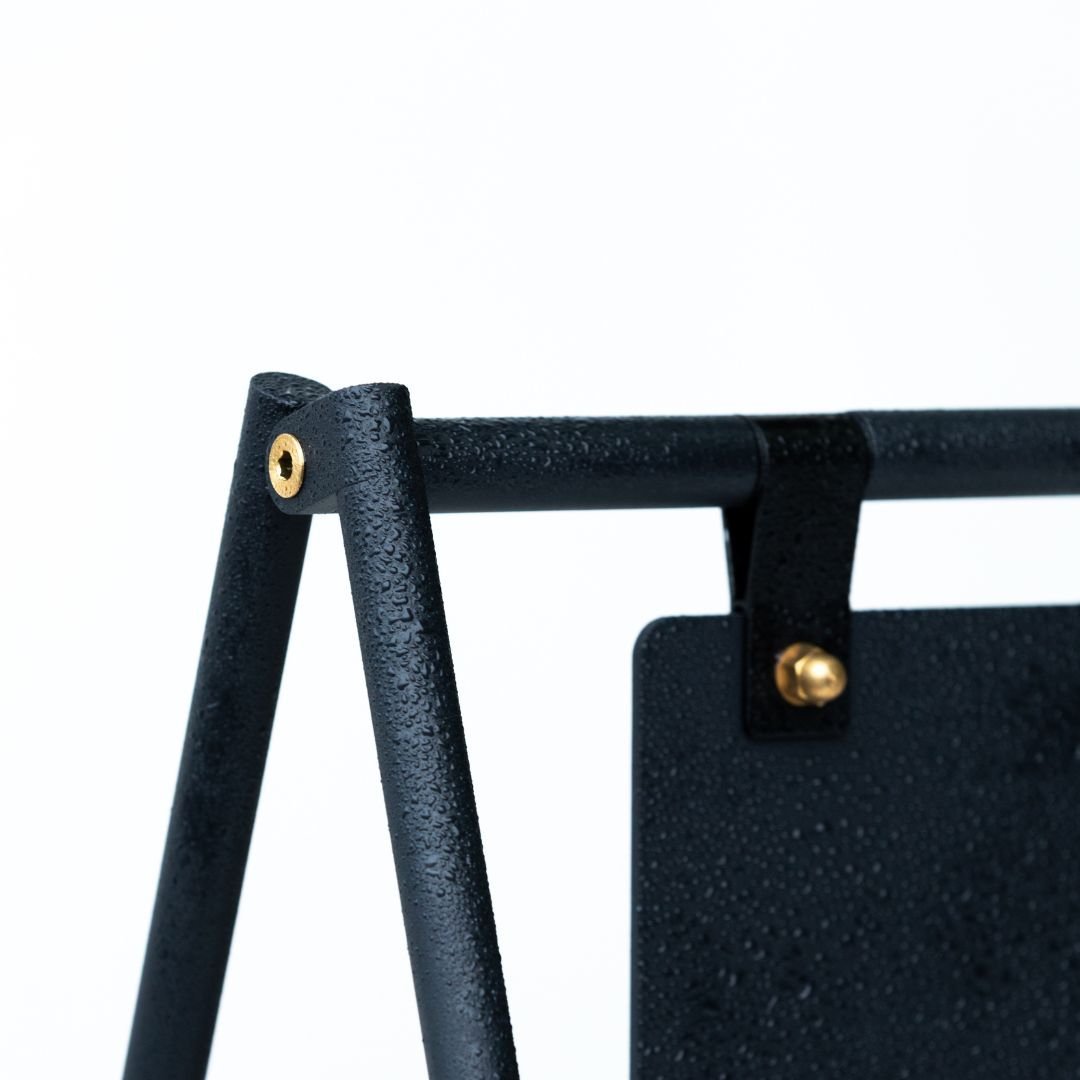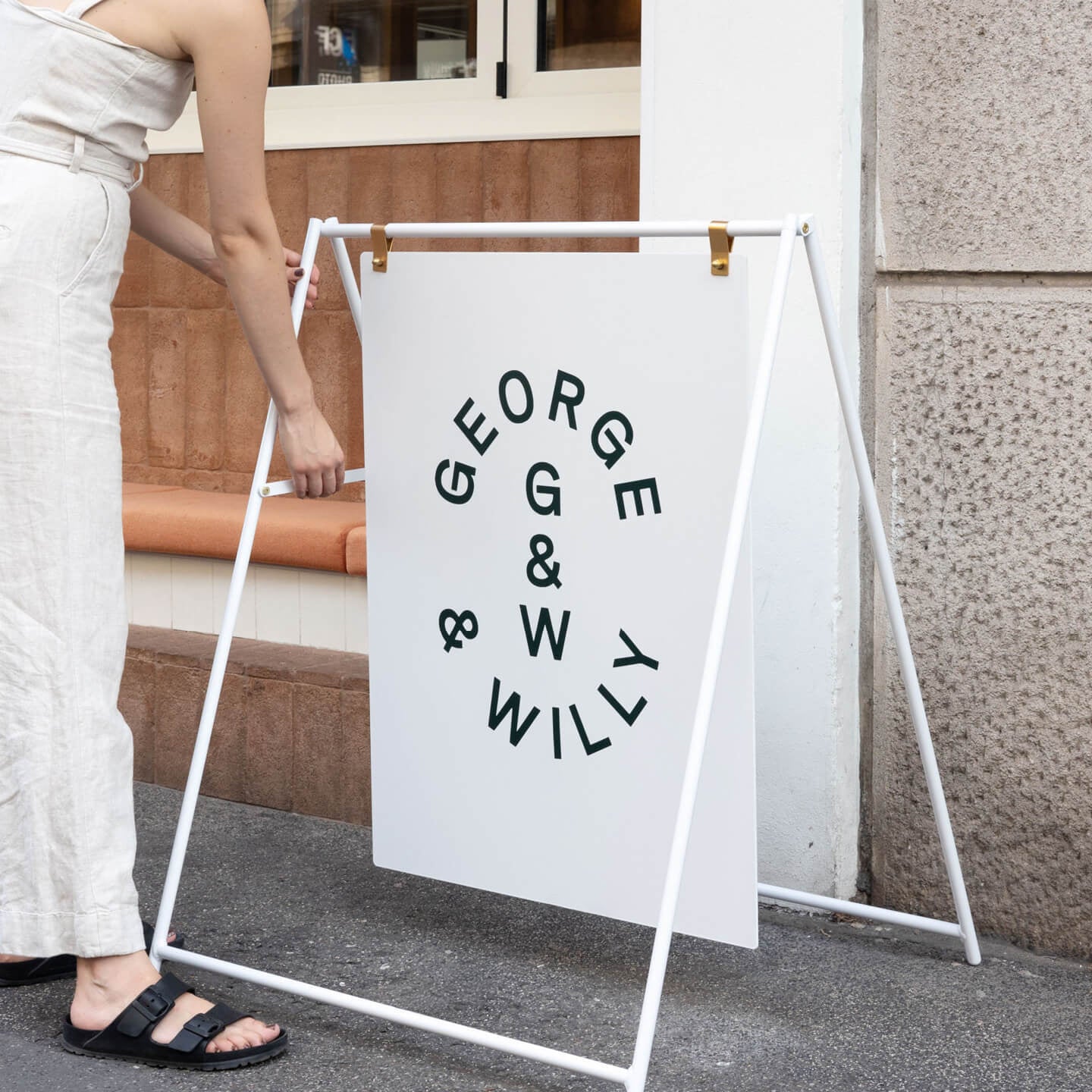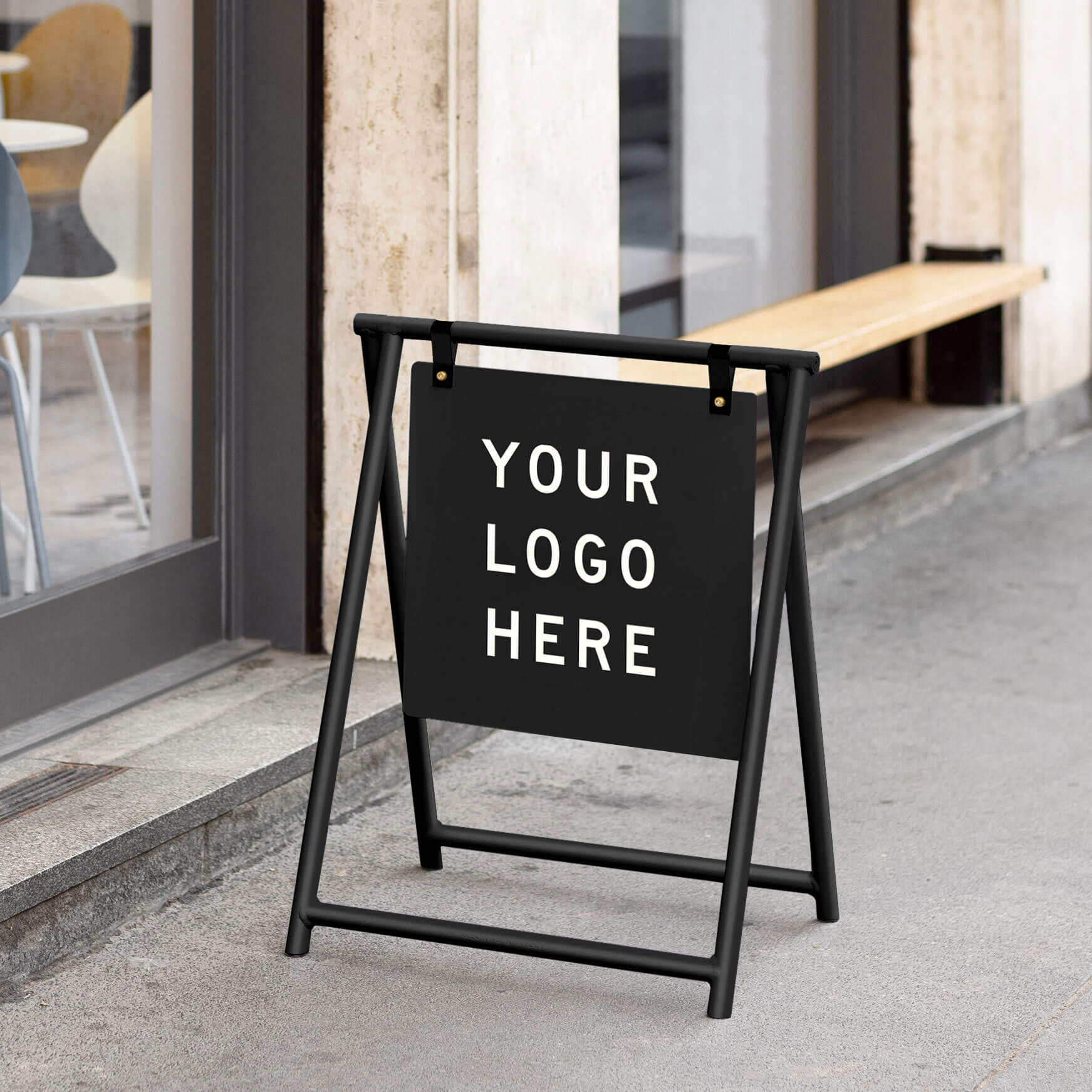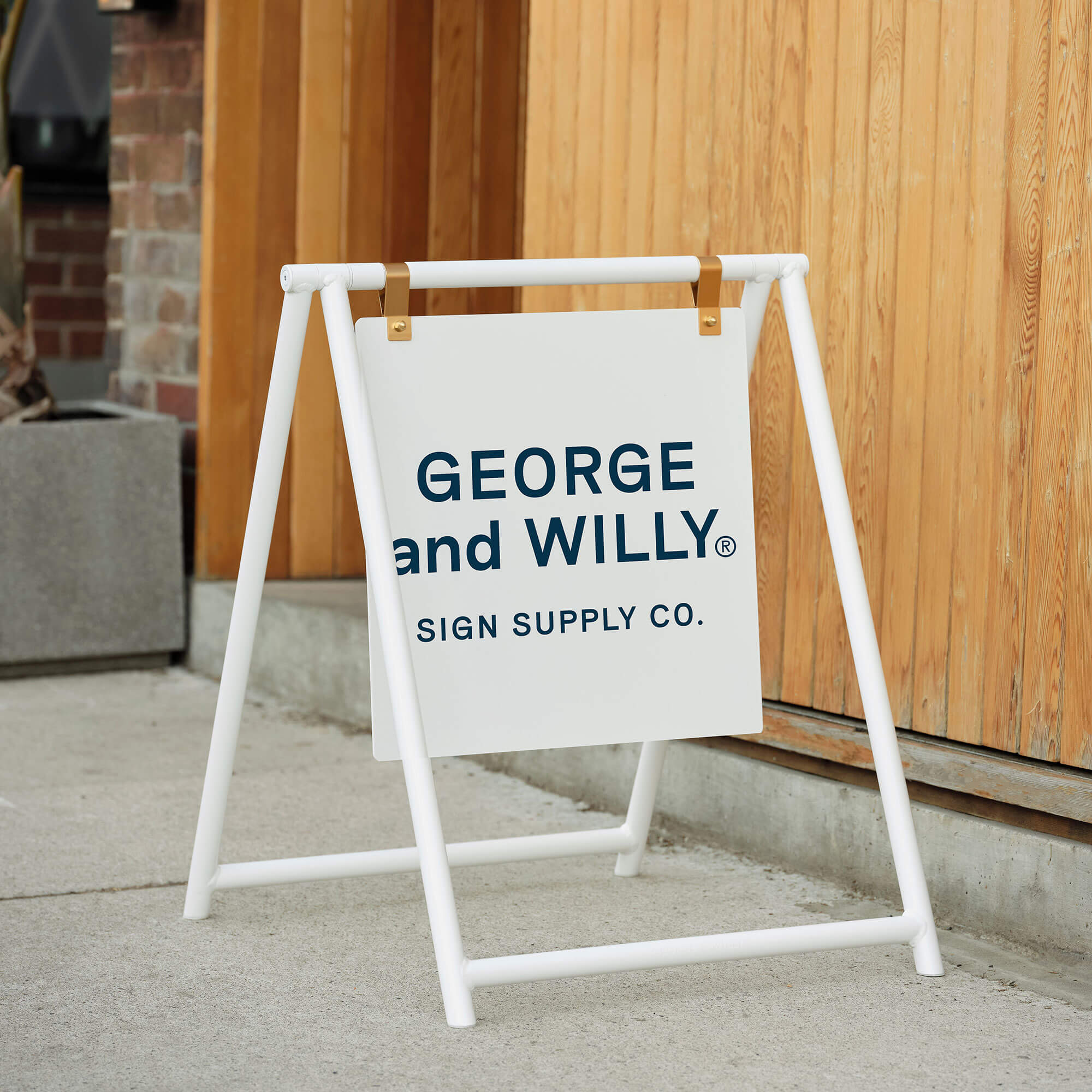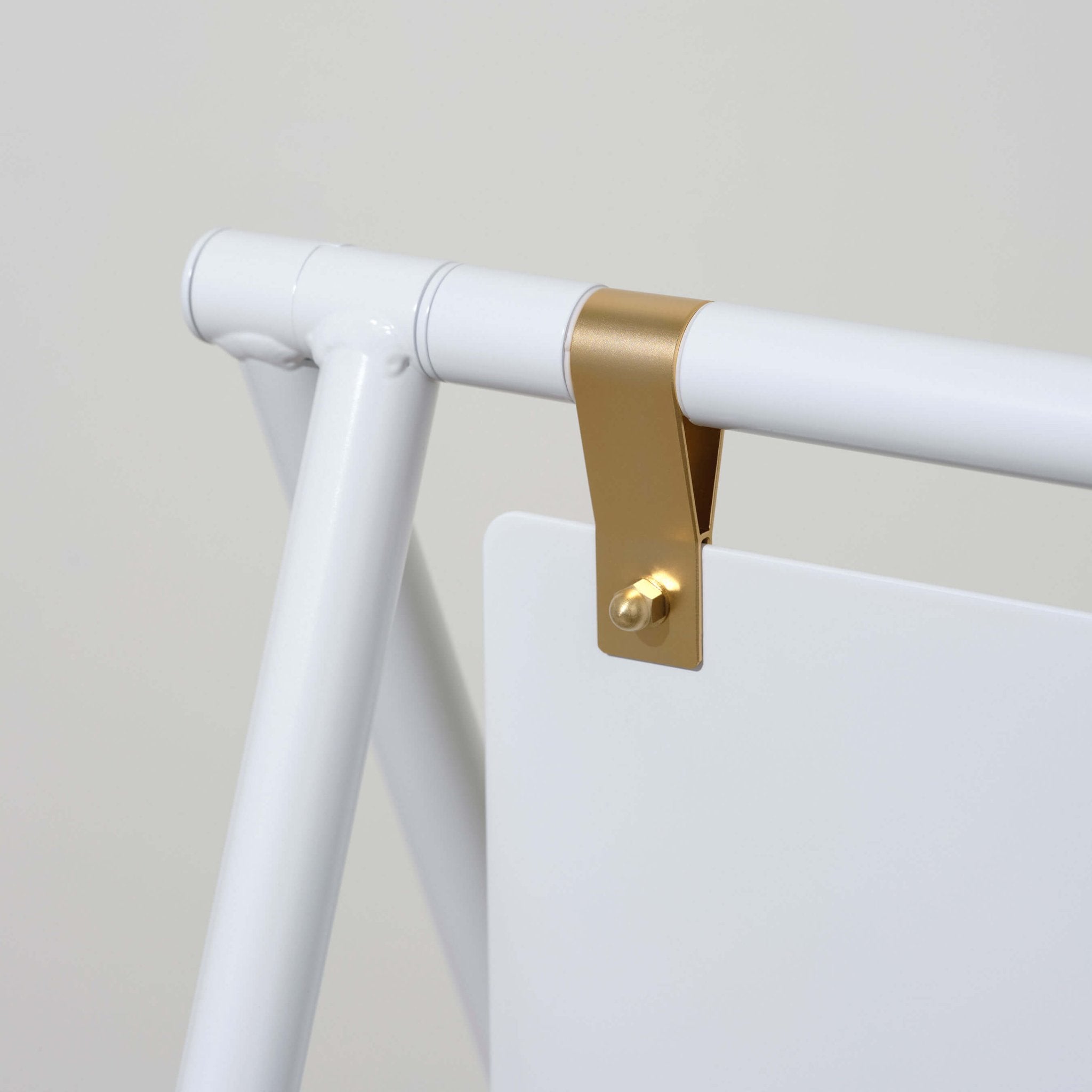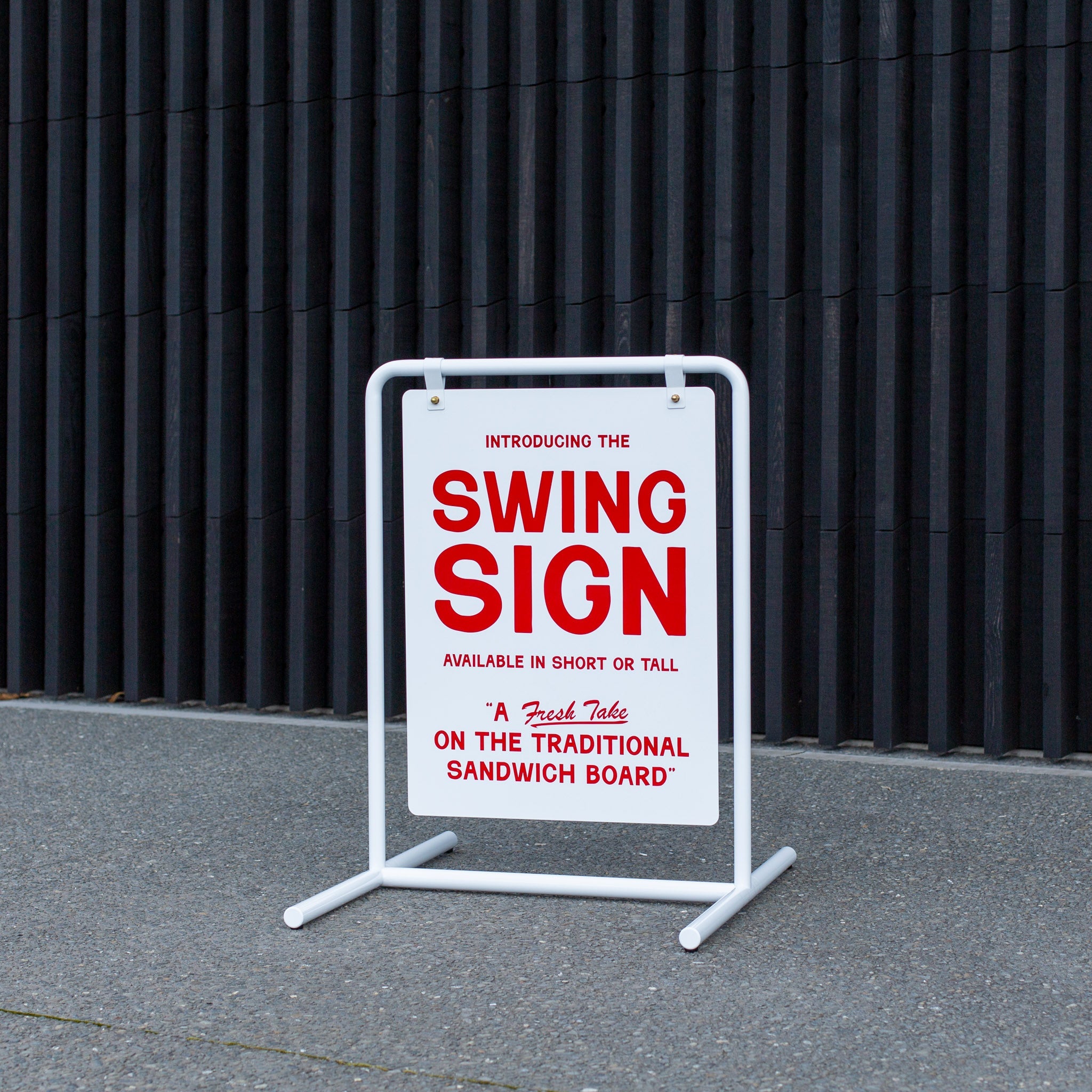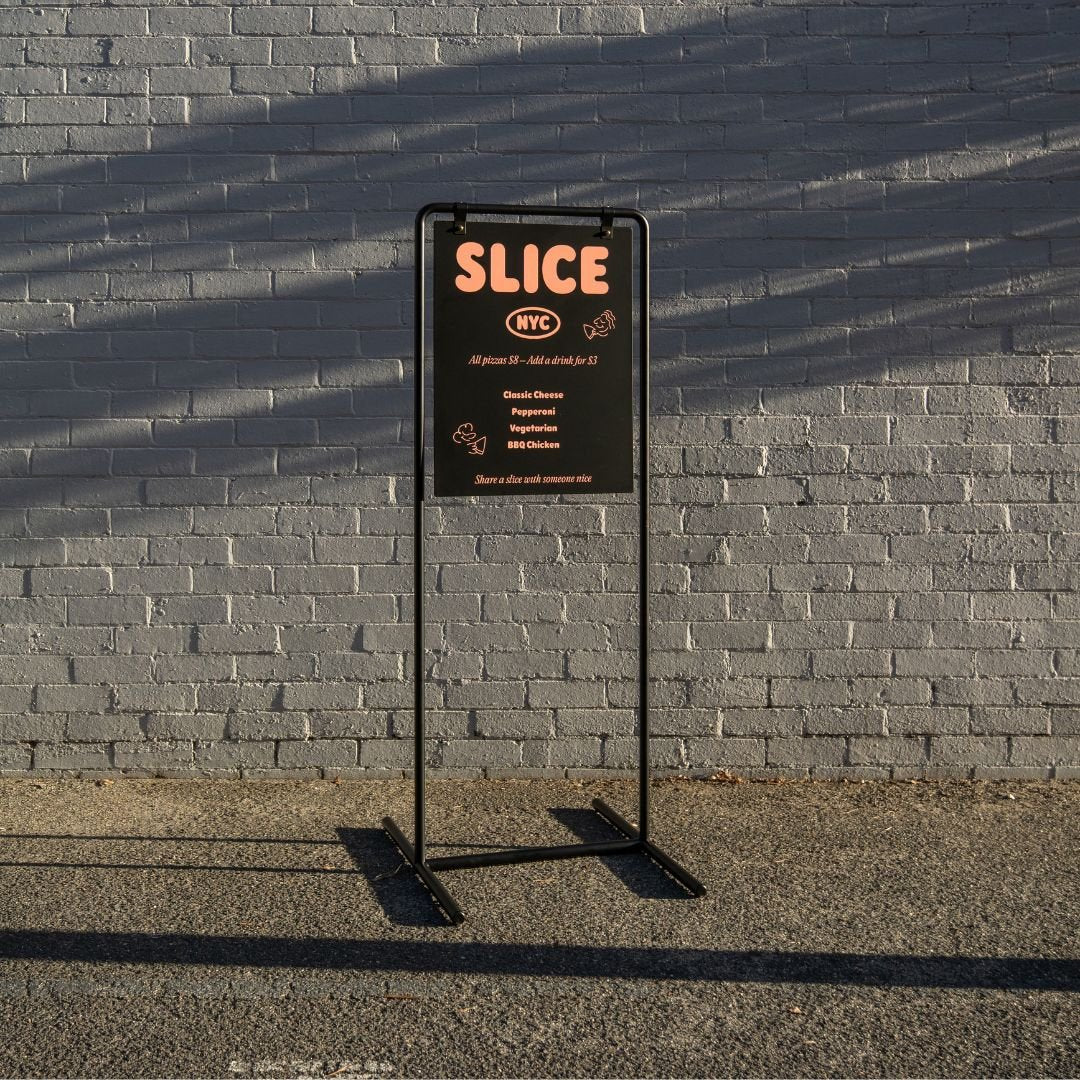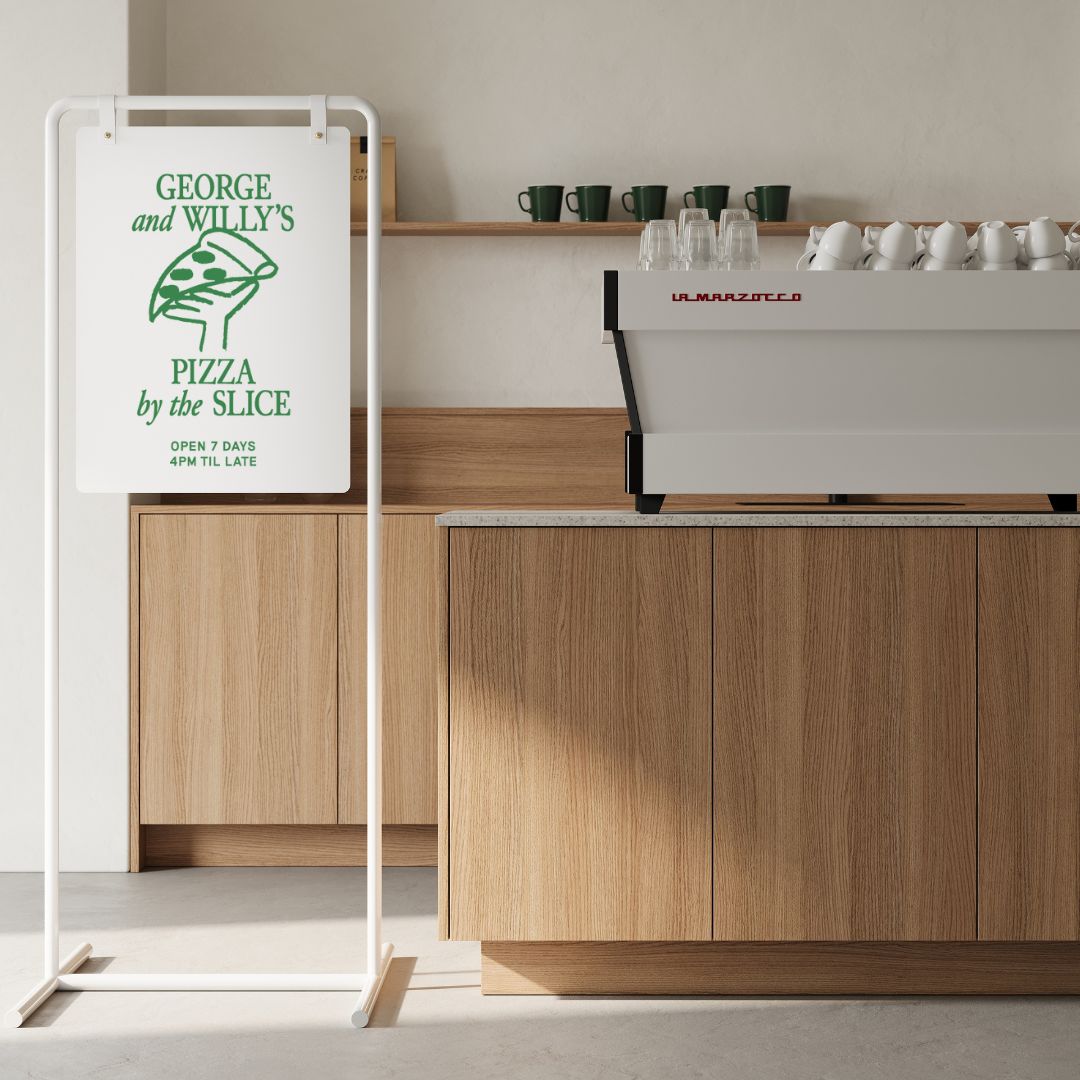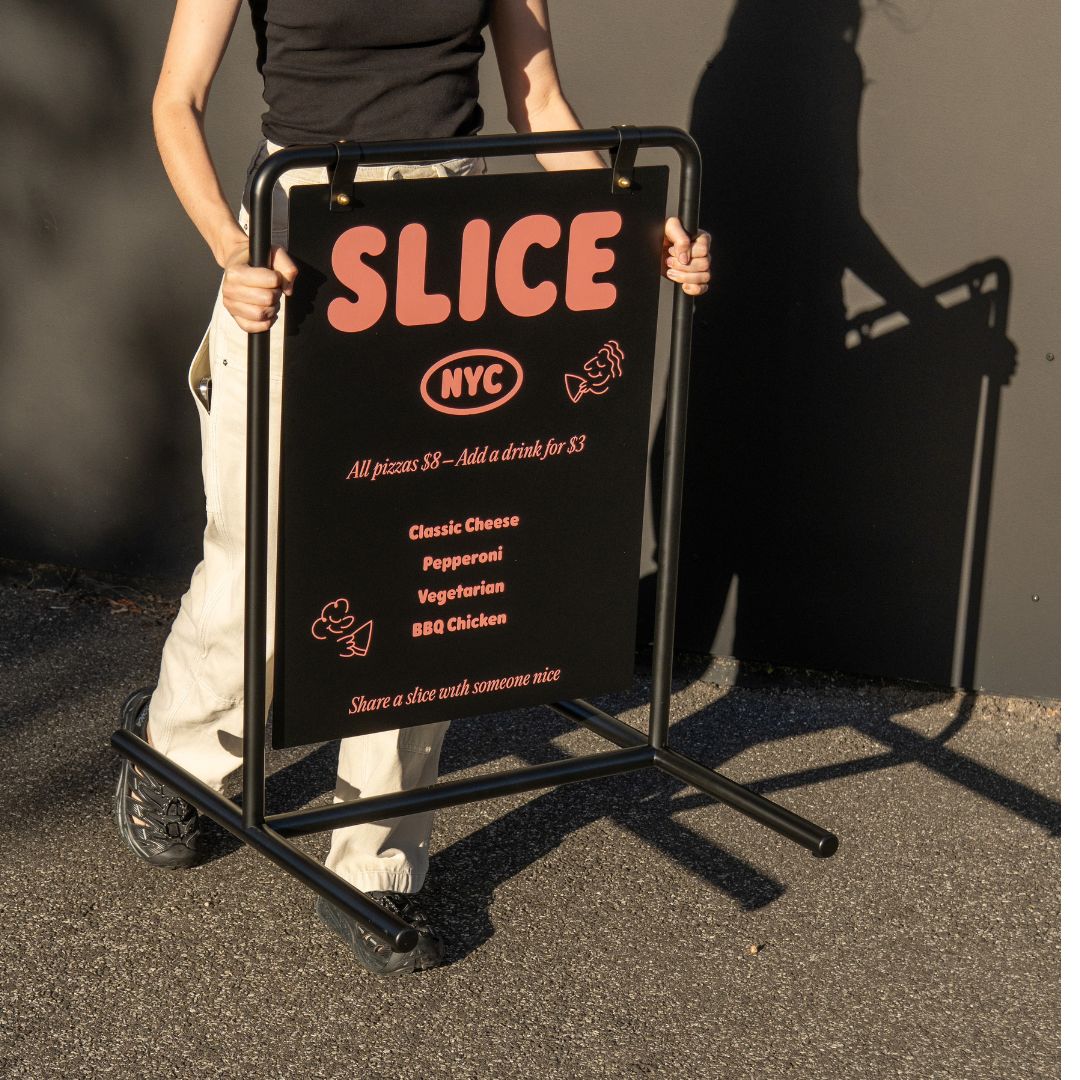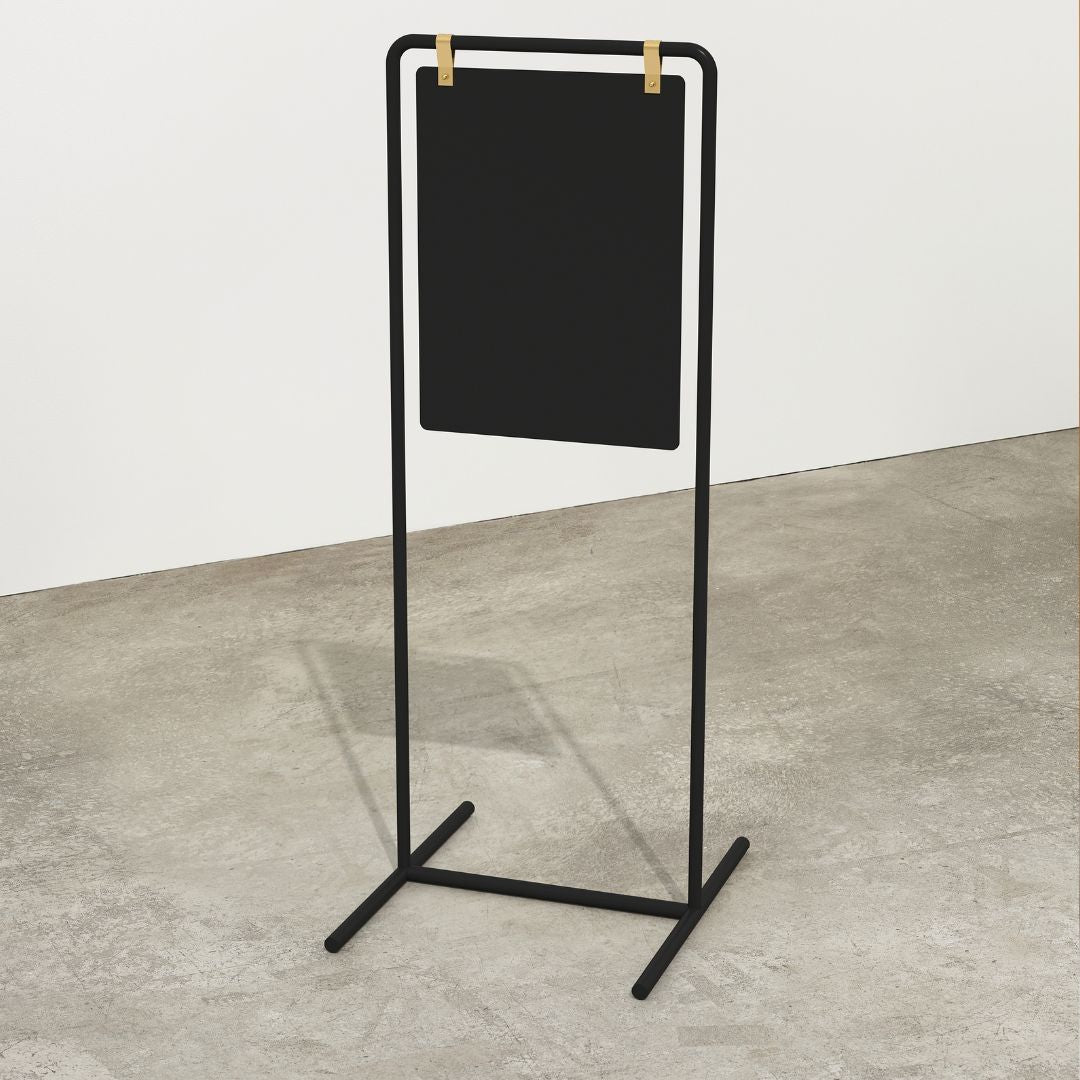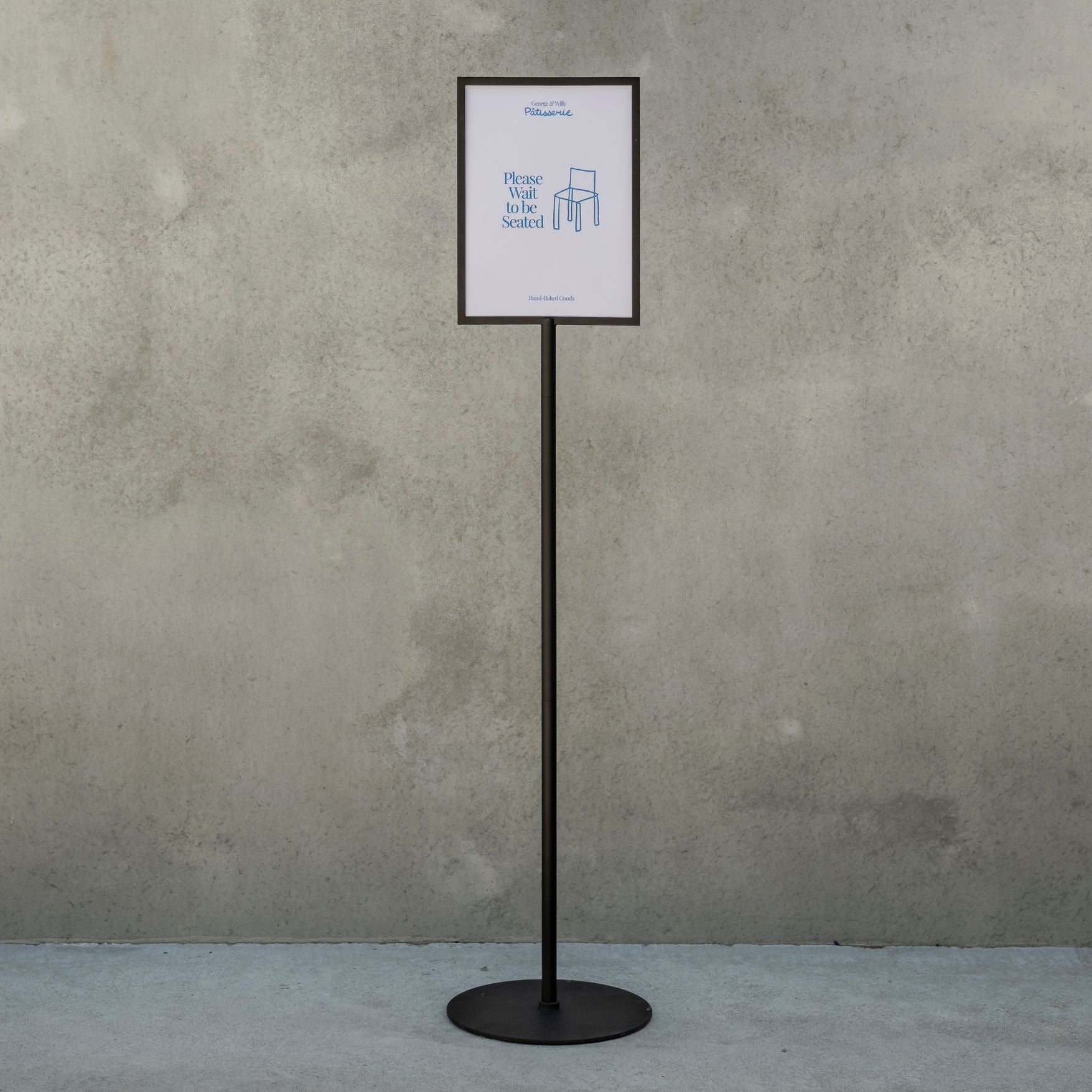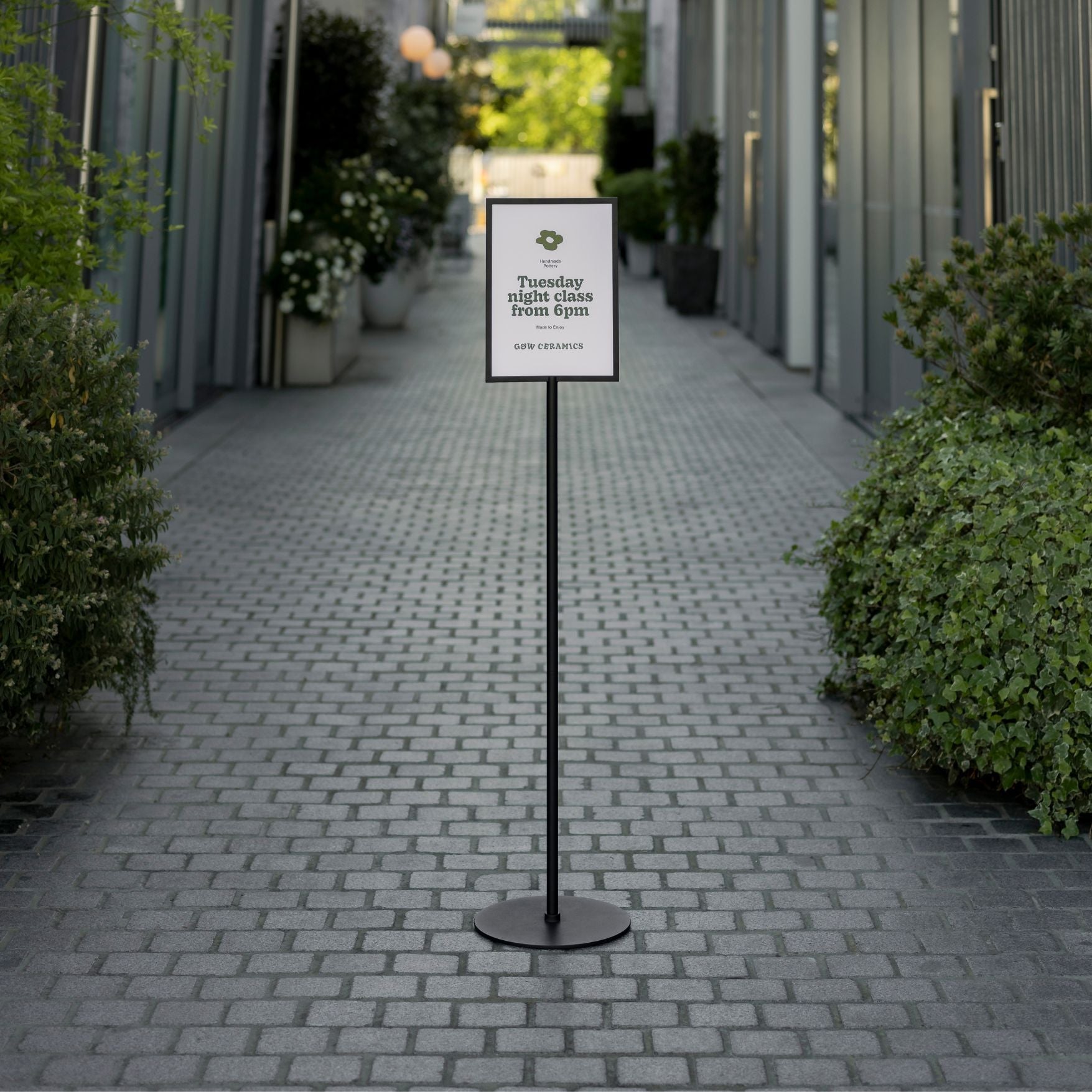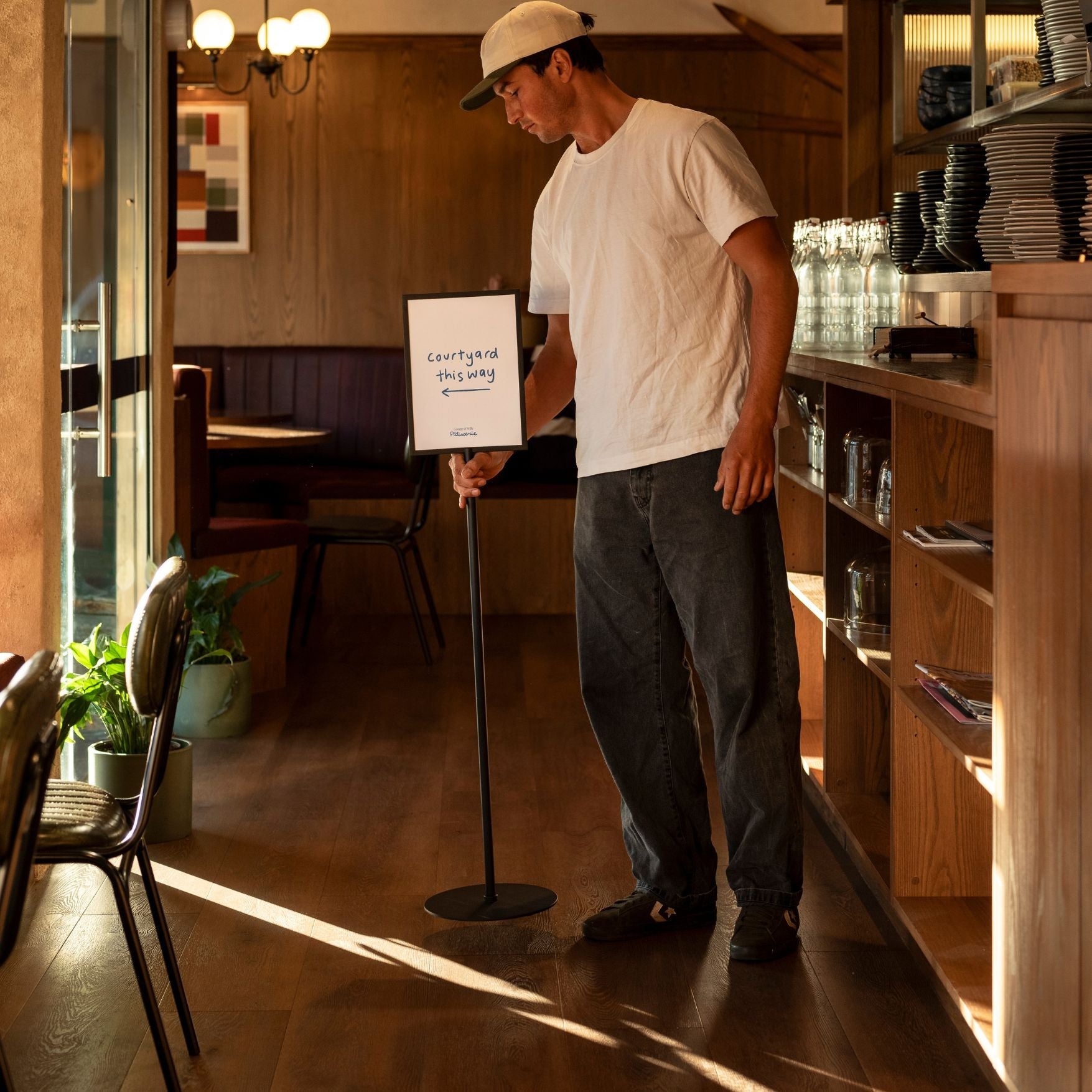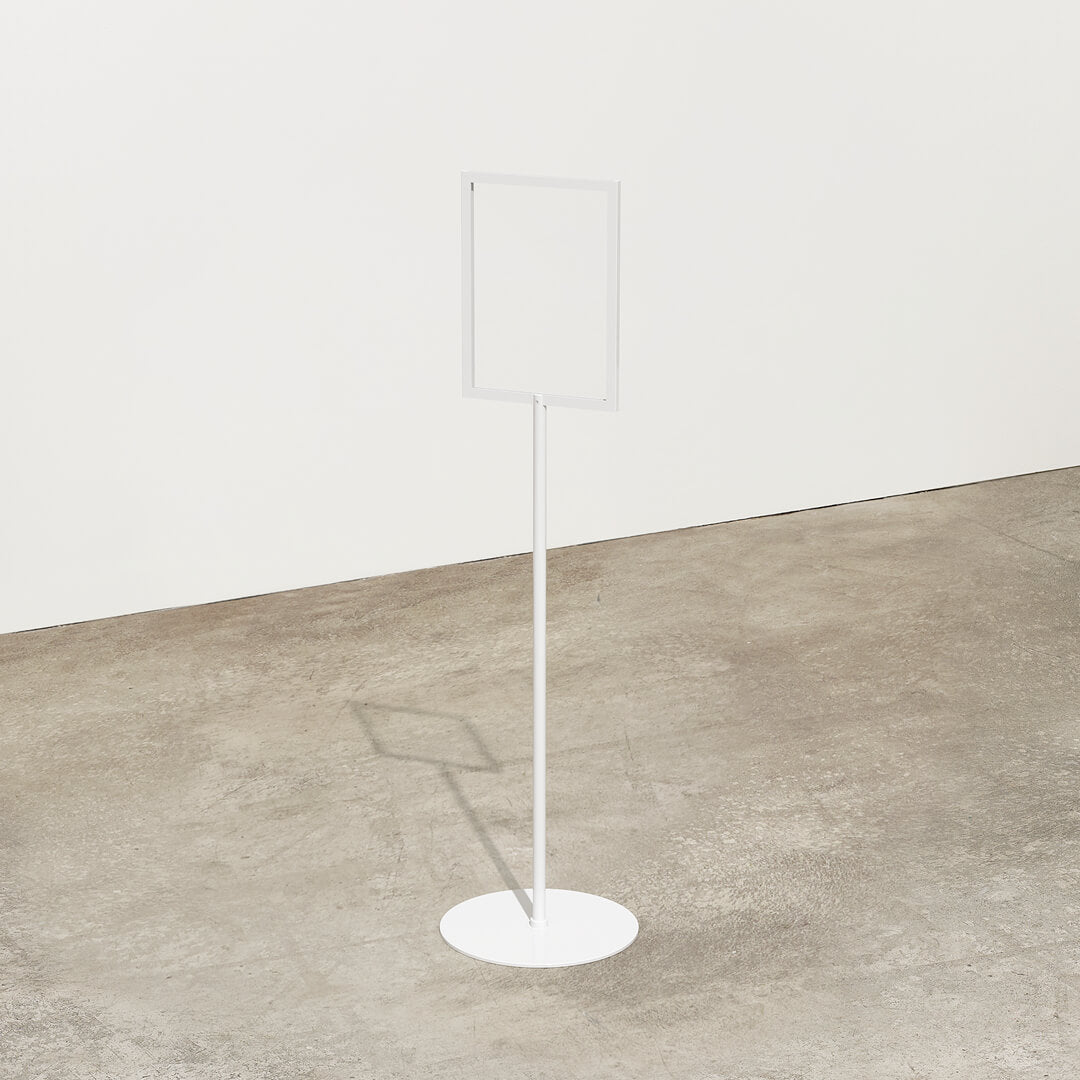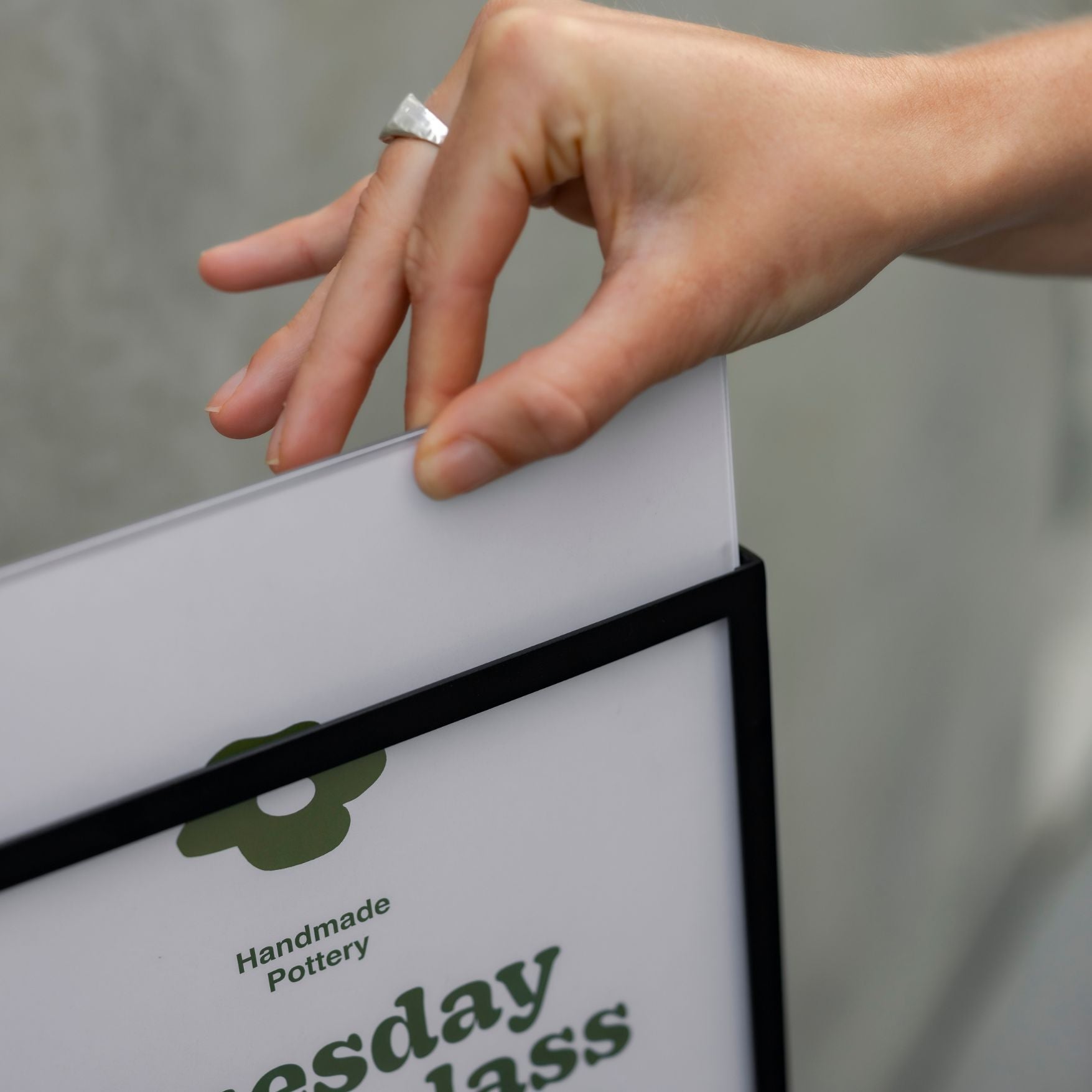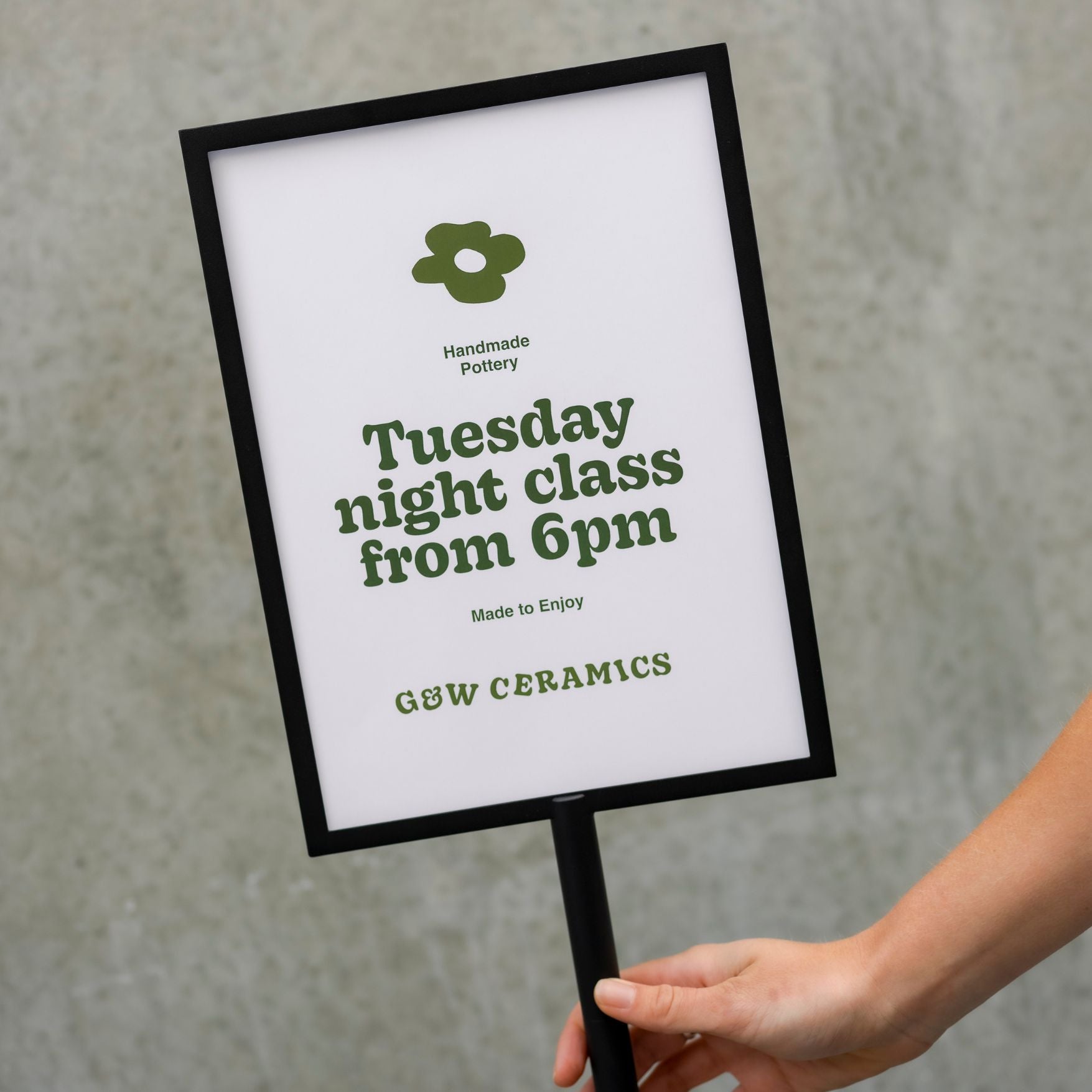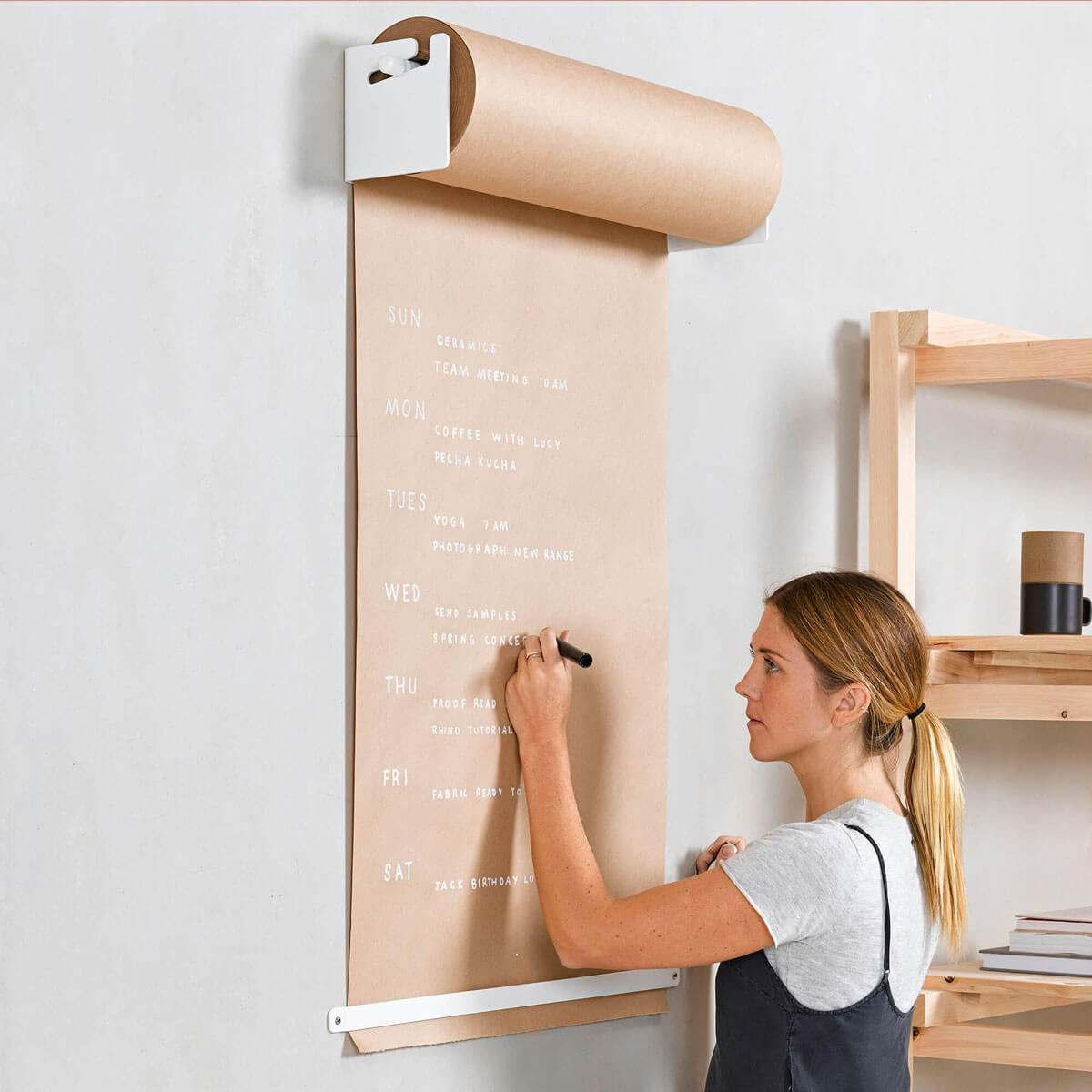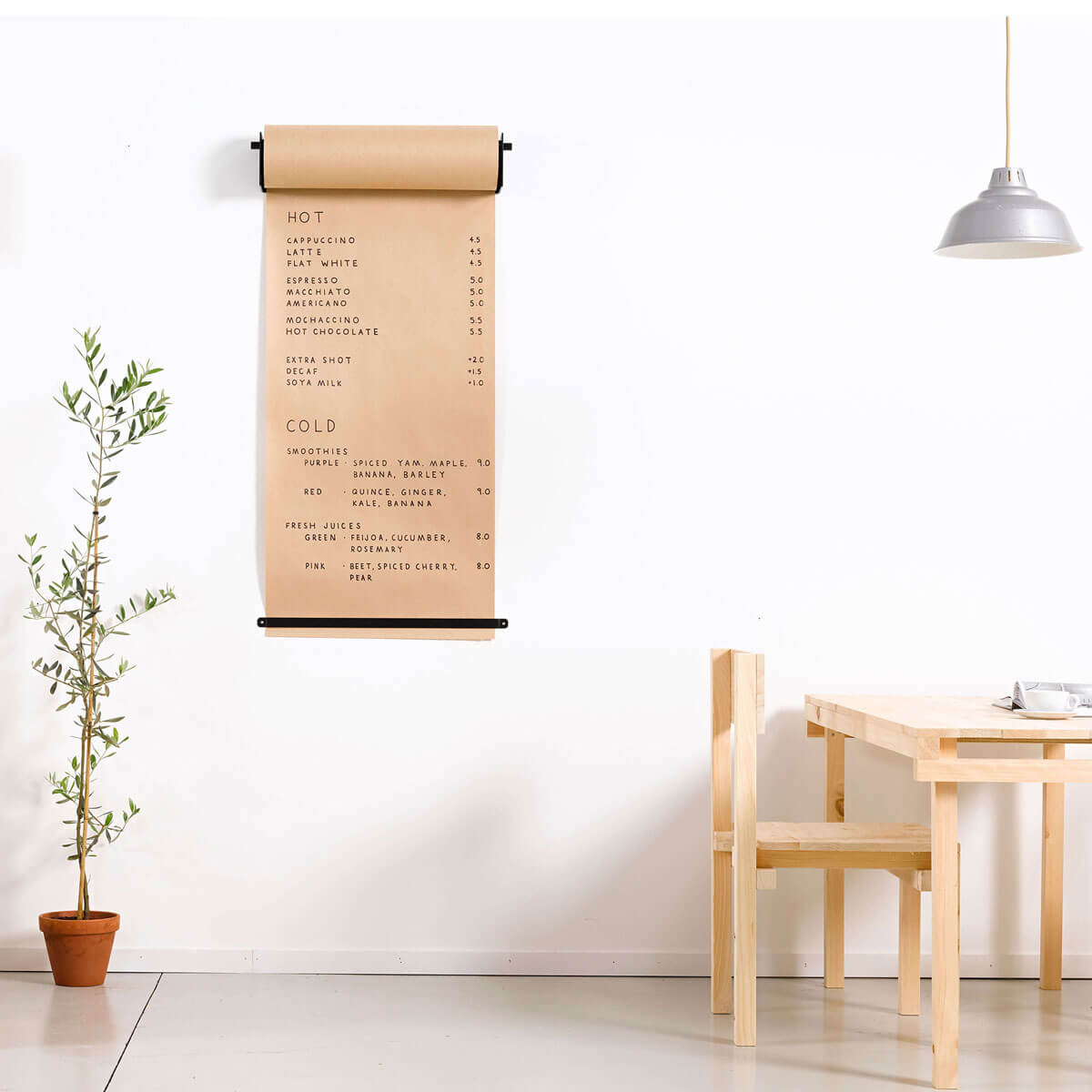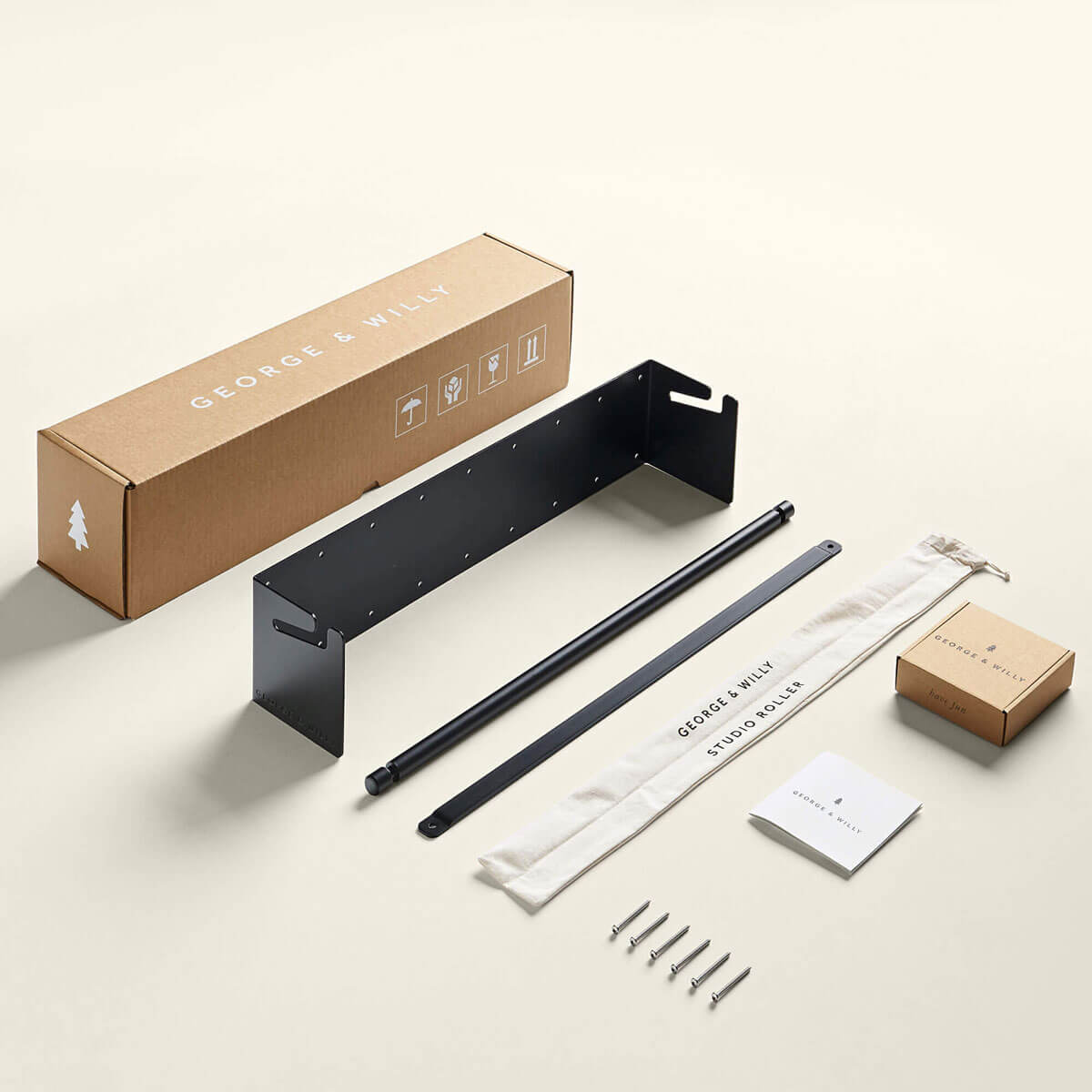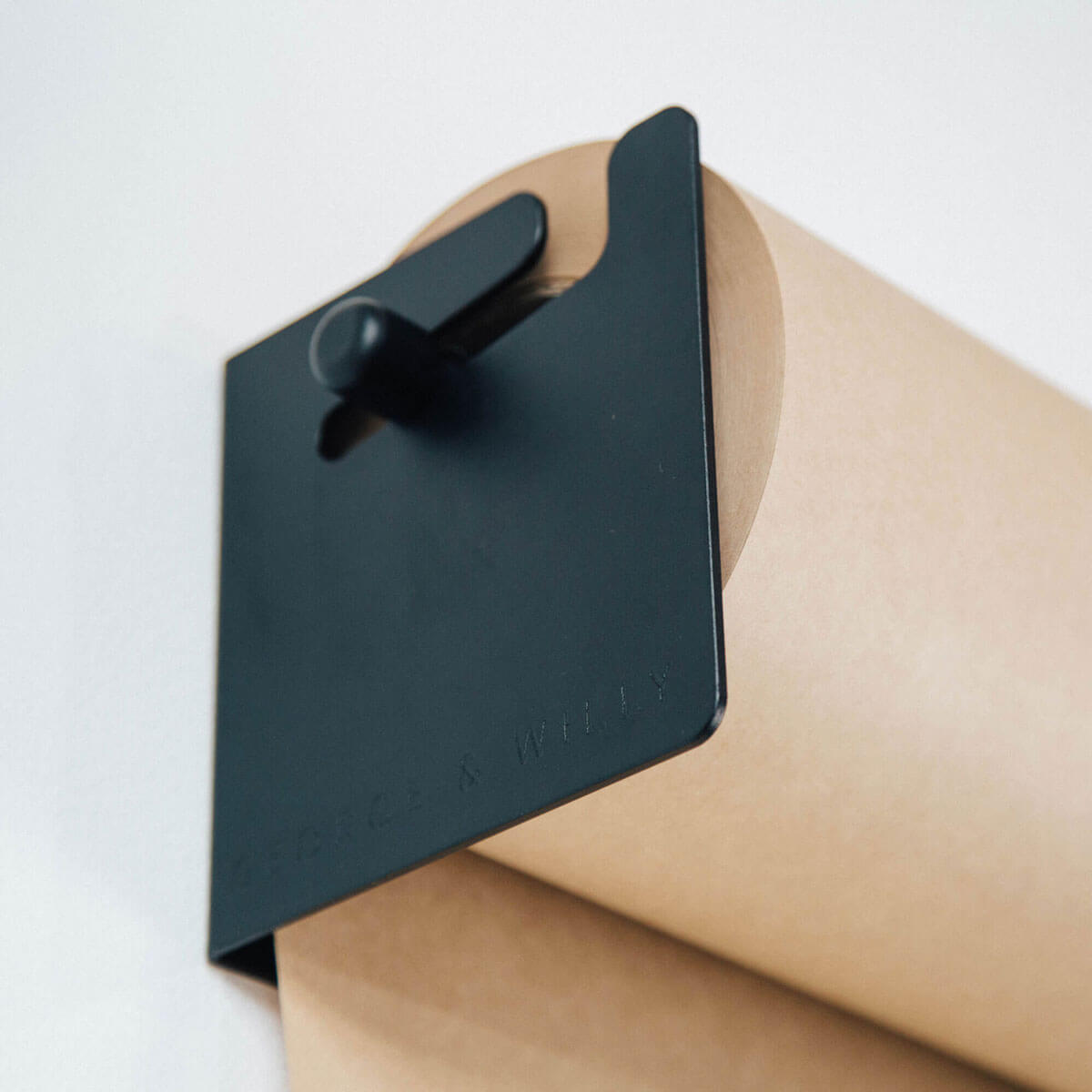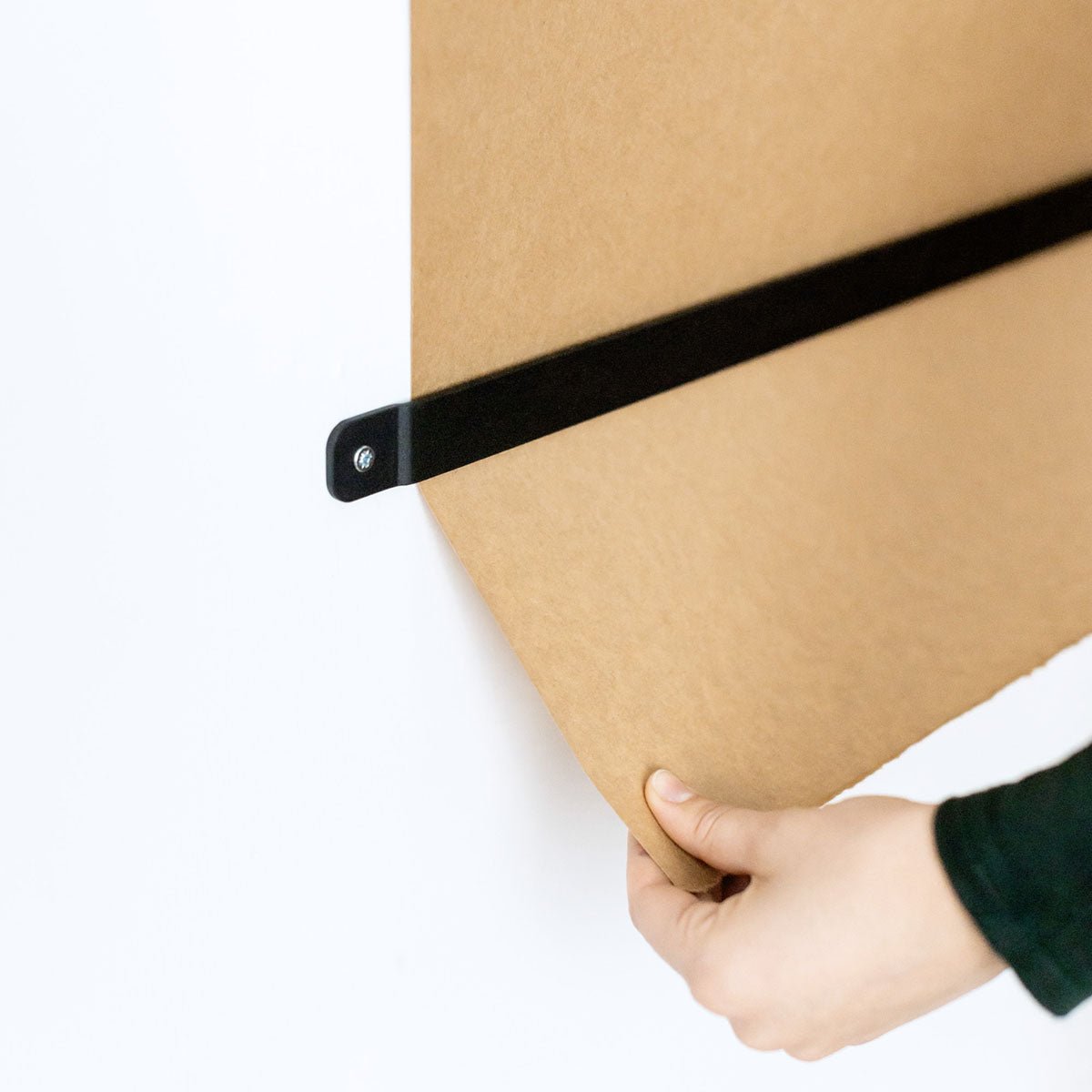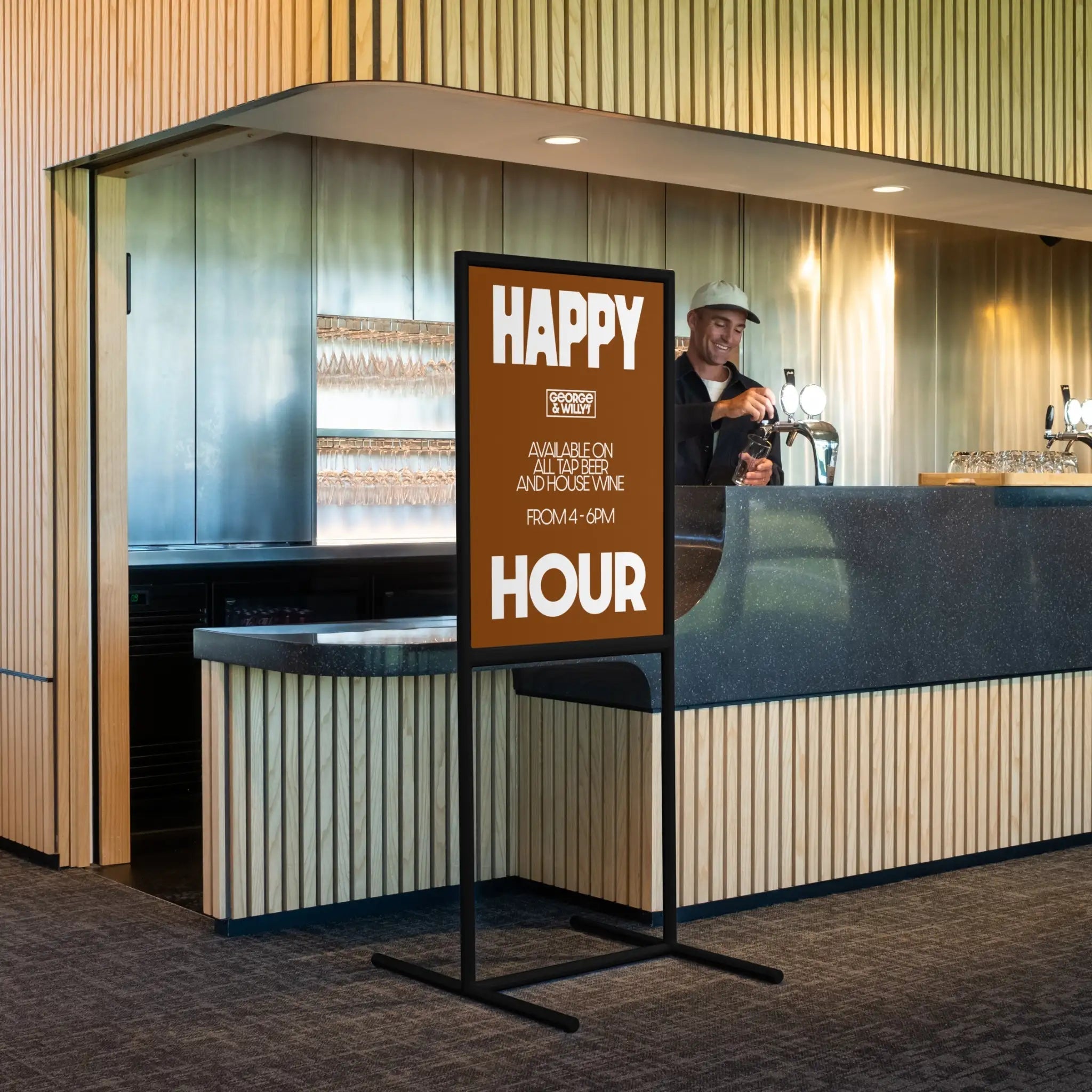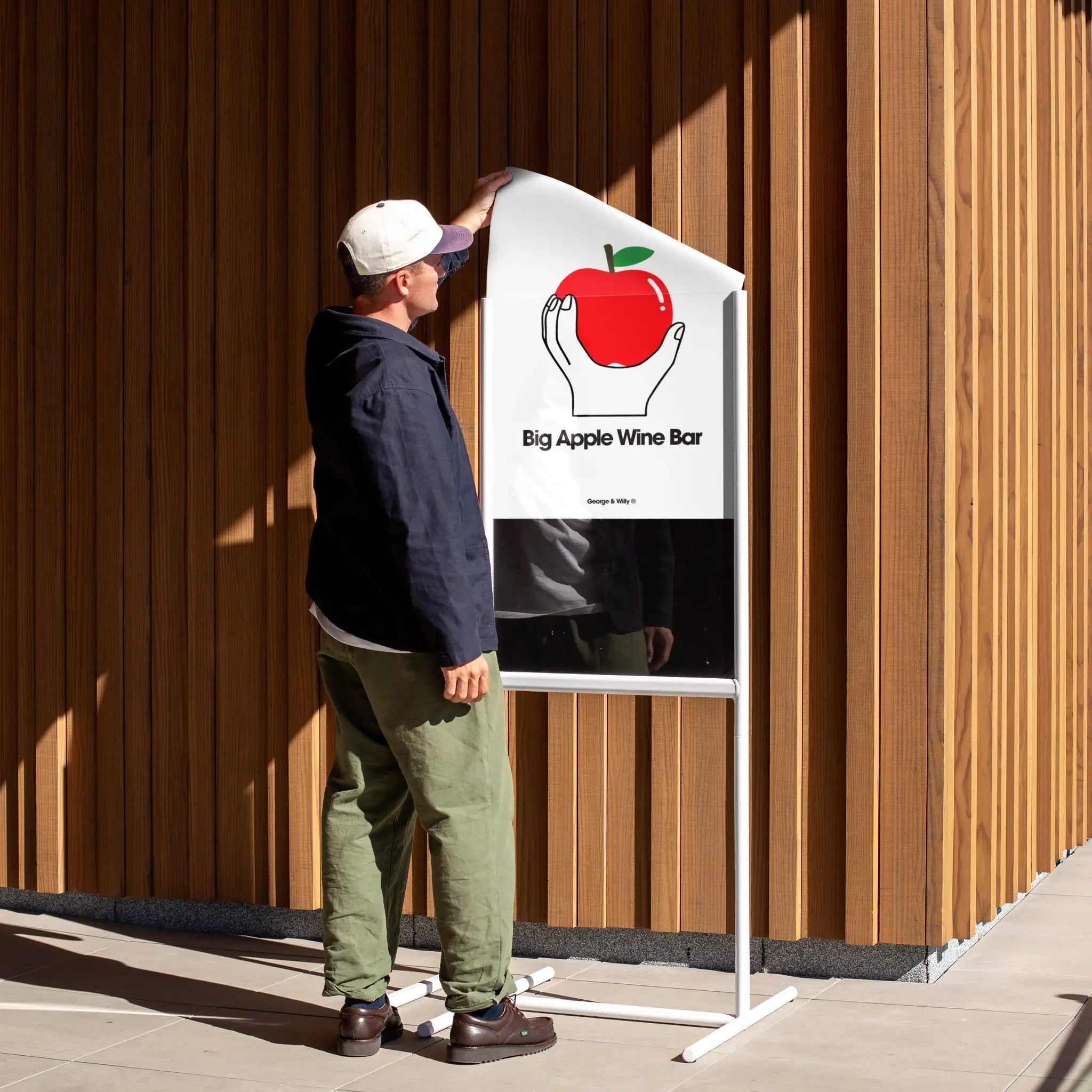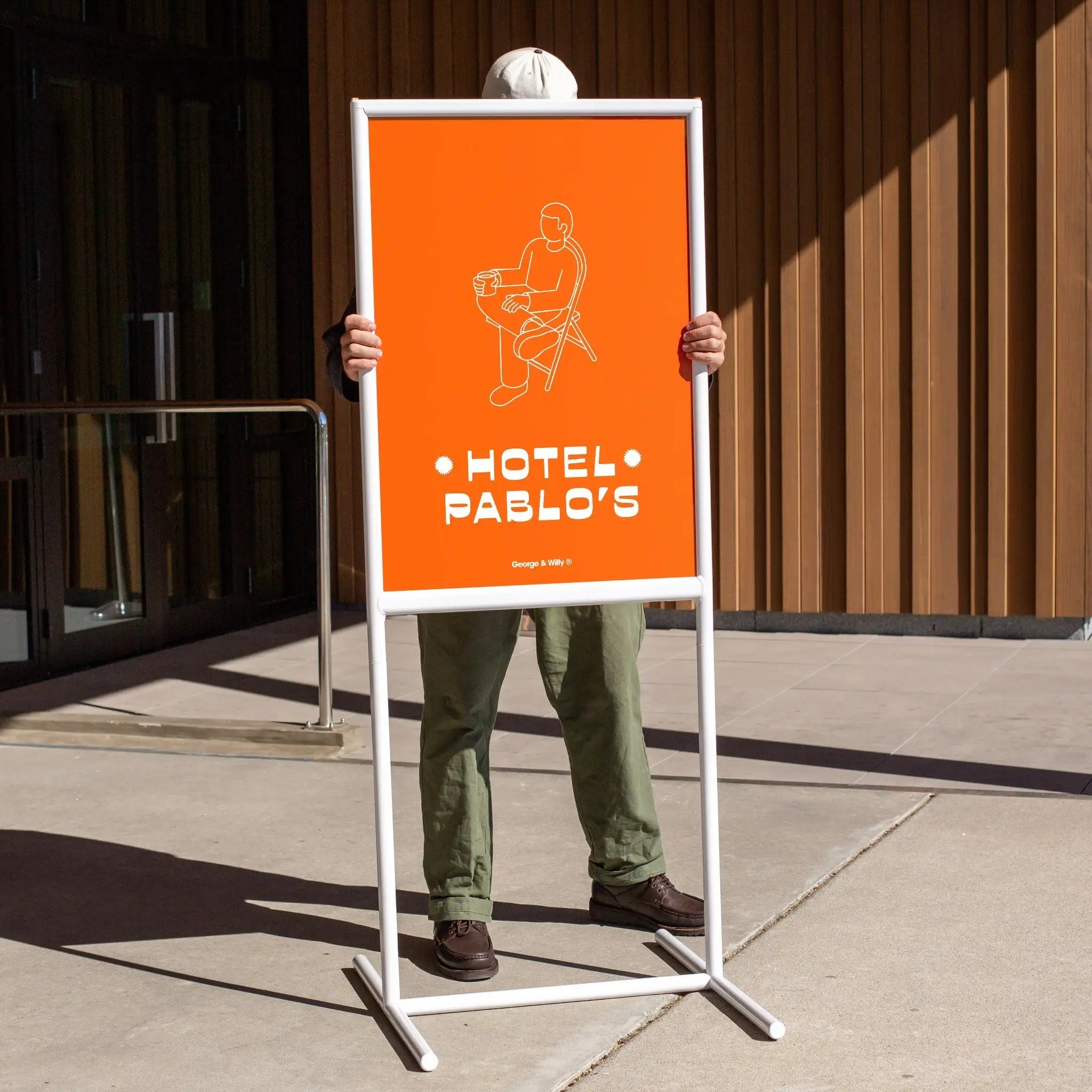In the world of cafe, restaurant, and retail design, some classics never fade. The menu letter board is one of them. Far from being just a nostalgic throwback, these changeable displays are a smart, stylish, and incredibly effective way to communicate with your customers. They combine timeless charm with practical flexibility, allowing you to update prices, announce specials, or share a witty quote in minutes.
Whether you’re opening a new coffee shop or refreshing your boutique’s look, a well chosen menu letter board can transform your space and even boost your bottom line. Let’s dive into everything you need to know about choosing, using, and loving your menu letter board.
What Exactly Is a Menu Letter Board?
At its core, a menu letter board is a sign designed for displaying changeable information using individual letters, numbers, and symbols. Unlike a static printed sign, you can rearrange the characters whenever you need to. This makes it perfect for menus that change with the seasons, daily specials, or promotional pricing.
These boards are a crucial tool that blends branding with information. The style of the board itself, from minimalist aluminum rails to a classic felt letter board, says a lot about your brand’s personality before a customer even reads the menu.
Why a Menu Letter Board is a Smart Business Move
Beyond just looking good, a thoughtfully used menu board can have a real impact on customer behavior and your sales.
Boost Your Revenue: Clear and legible in store signage is a powerful tool. Research shows that easy to read signs, like a well organized menu, can increase overall sales by up to 15%.
Encourage Impulse Buys: The right message can turn a browser into a buyer. One study found that in store signage prompting additional items, like a board suggesting a pastry with coffee, can stimulate up to 60% more impulse purchases.
Simple and Cost Effective: Forget the recurring cost and hassle of reprinting paper menus for every small change. A menu letter board is a one time investment that offers endless updates.
Authentic and Engaging: In a digital world, the tactile, analog nature of a letter board feels authentic and personal. Involving your team in creatively arranging the board can also add a unique personality to your space.
Exploring the Different Types of Menu Letter Boards
The term menu letter board covers a few different styles, each with its own unique look and feel. Finding the right one depends on your aesthetic and how often you plan to make changes.
Magnetic Menu Boards
These systems use tiny, powerful magnets embedded in the letters that stick to metal rails. This design allows for quick, precise alignment and is incredibly easy to update. A magnetic menu letter board offers a clean, modern look perfect for contemporary spaces. For example, the Magnetic Menu Board from George & Willy comes with over 1,000 characters, providing plenty of options for even the most extensive coffee or cocktail lists.
Tile Menu Boards
Tile boards feature letters printed on small tiles that slide into horizontal rails. This creates a satisfyingly organized and uniform appearance. Many businesses love the neat, grid like look of a tile menu letter board. Some clever designs, like George & Willy’s Menu Board, feature reversible tiles with black and white sides, giving you double the creative options with a single set.
Peg Letter Boards
The peg letter board is a true classic. It uses characters with small pegs on the back that poke into a perforated board. This style offers a distinctively retro or workshop vibe and is perfect for short, punchy messages or featured items. They are wonderfully tactile and bring a sense of handcrafted charm to any wall. For a refined take on the peg style, consider the Wooden Letter Board for a warm, tactile look that still feels premium.
Built to Last: Materials and Durability
A great menu letter board needs to stand up to the daily hustle of a busy commercial space. That’s why materials matter so much. Many high quality signs are built from powder coated aluminum or steel, and for good reason.
Aluminum is a fantastic choice because it’s lightweight and naturally resistant to rust. In fact, it’s about one third the weight of steel, which makes installation much easier. The powder coating is a dry powder finish that is baked onto the metal, creating a protective layer that is far more durable than traditional liquid paint. This finish is highly resistant to chipping, scratching, and fading. A quality powder coat can last 15 to 20 years, ensuring your menu letter board looks sharp for a very long time.
This focus on durable, premium materials is key to creating products that last. It’s why you’ll often find a multi year warranty on well crafted signage, offering peace of mind that your investment is protected.
Designing an Effective Menu Display
Once you’ve chosen your board, how you use it makes all the difference. An effective menu letter board is clear, scannable, and easy for customers to understand at a glance. For flexible positioning near the entrance or host stand, a Menu Stand lets you bring the menu to your customers.
Readability is Everything: Use a simple layout with clear headings. Create a visual hierarchy by using spacing or a different rail to highlight bestsellers or specials.
Location, Location, Location: Place your menu board where it is easily seen, ideally at eye level for someone standing at the counter. Make sure the area is well lit. In tighter spaces, a Hanging Menu Board keeps sightlines clear above the counter.
Keep It Fresh: The beauty of a changeable menu letter board is its flexibility. Use it to test new items, promote seasonal specials, and keep your offerings exciting. Keep a spare set of Magnet Letters on hand so you can update prices and specials in seconds.
Ready to create a display that’s both beautiful and functional? Explore a curated collection of menu displays and letter boards to find the perfect fit for your space.
Frequently Asked Questions
What’s the difference between a menu letter board and a chalkboard?
A menu letter board uses uniform, pre made characters for a clean and consistent look that is very easy to read. Chalkboards offer a more rustic, freehand style but can be messy and harder to keep neat, especially in a busy environment. If you prefer hand-drawn flexibility, consider a Market Chalk Board Menu as a complementary option.
Can I use a menu letter board outside?
It depends on the materials. Boards made from powder coated aluminum and steel are designed to be weather resistant and can be used in covered outdoor areas. Always check the manufacturer’s recommendations.
How do I install a wall mounted menu letter board?
Most wall mounted boards come with all the necessary hardware and clear instructions. Installation typically involves screwing rails or a backer board directly into the wall. Because many are made with lightweight aluminum, they are often a straightforward DIY project.
Are menu letter boards easy to clean?
Yes. The boards and plastic or metal letters can be easily wiped down with a damp cloth. This makes them a more hygienic and professional option than chalk, which can create dust.
Can I buy extra letters if I run out?
Many reputable suppliers offer extra character sets for purchase (see Extra Menu Board Letters). This is great for businesses with large menus or for when you want to have extra letters on hand.
How do I add my logo to a menu letter board?
Most design led boards are sold blank to allow for customization. The easiest way to add your branding is with a vinyl decal. You can have a local sign shop create a decal of your logo to apply to the board, giving you a professional, custom look.

